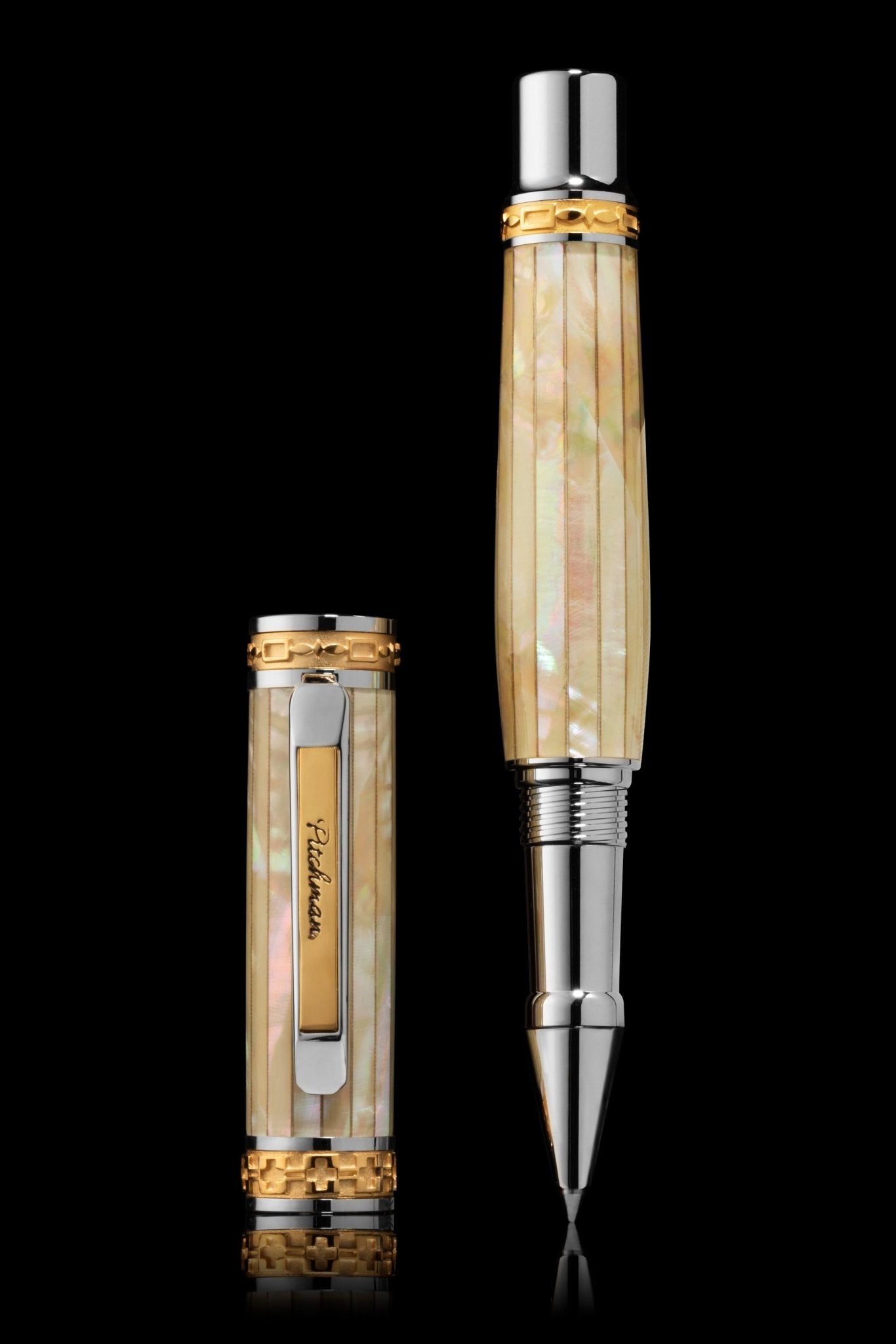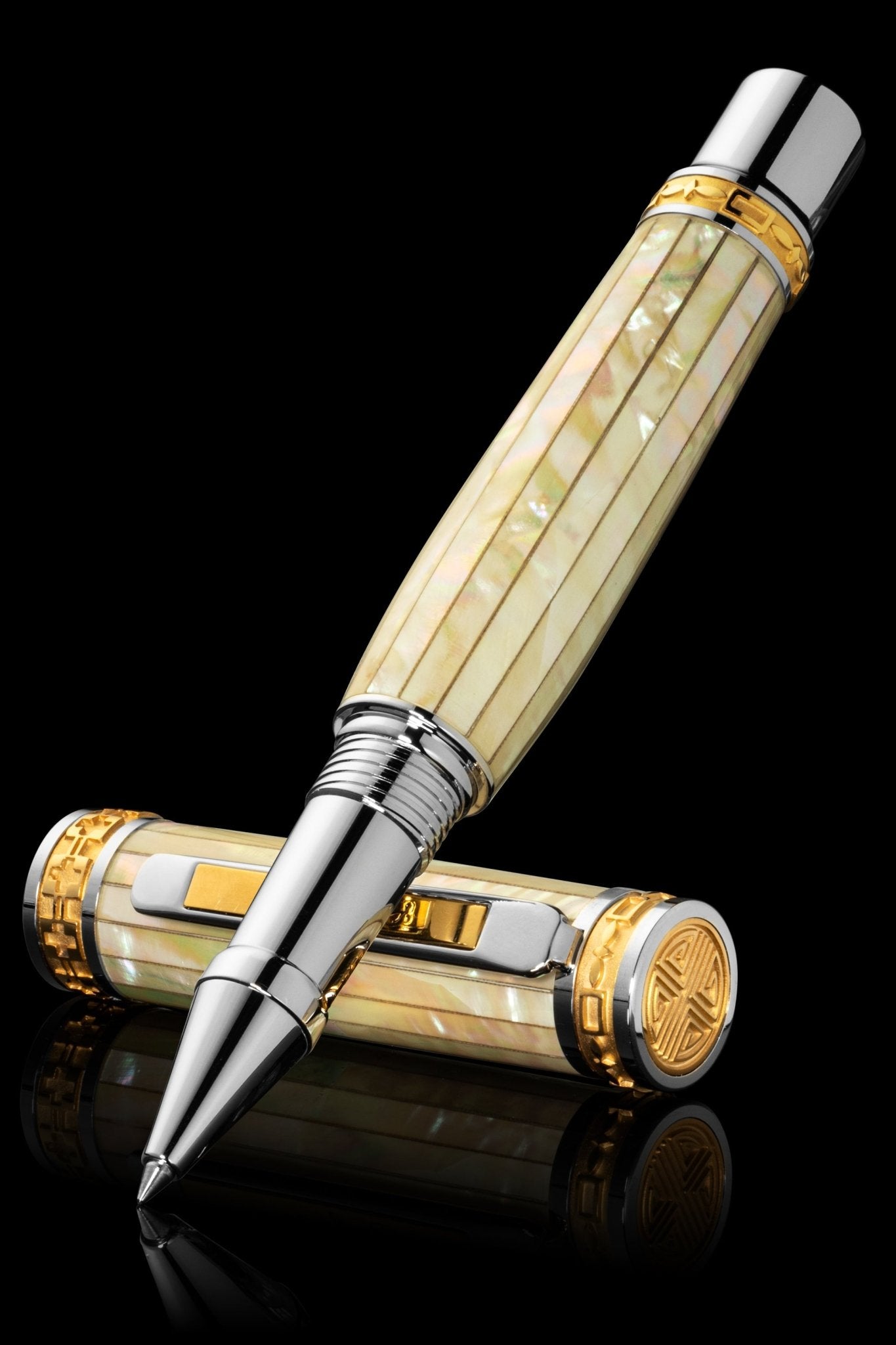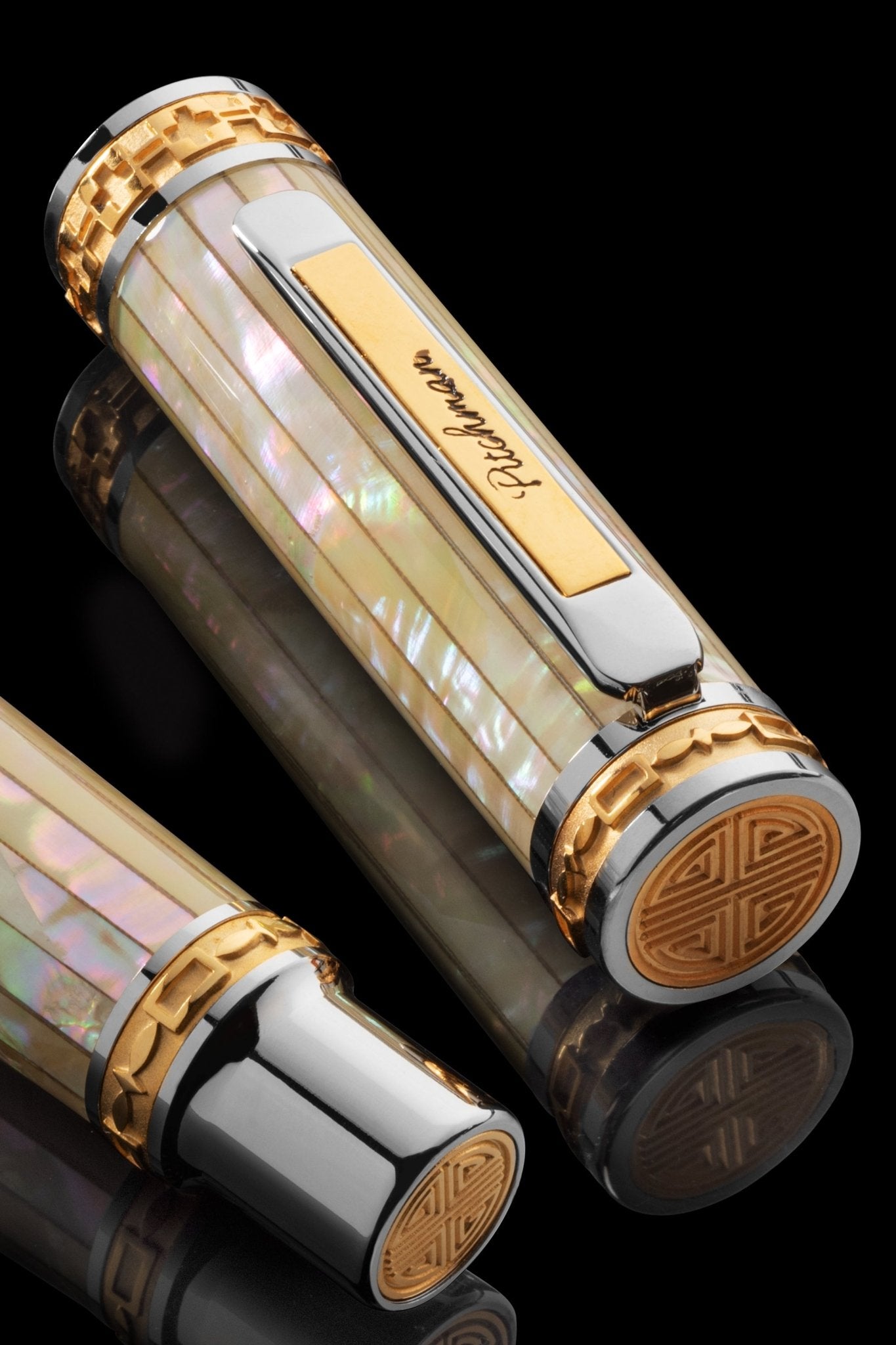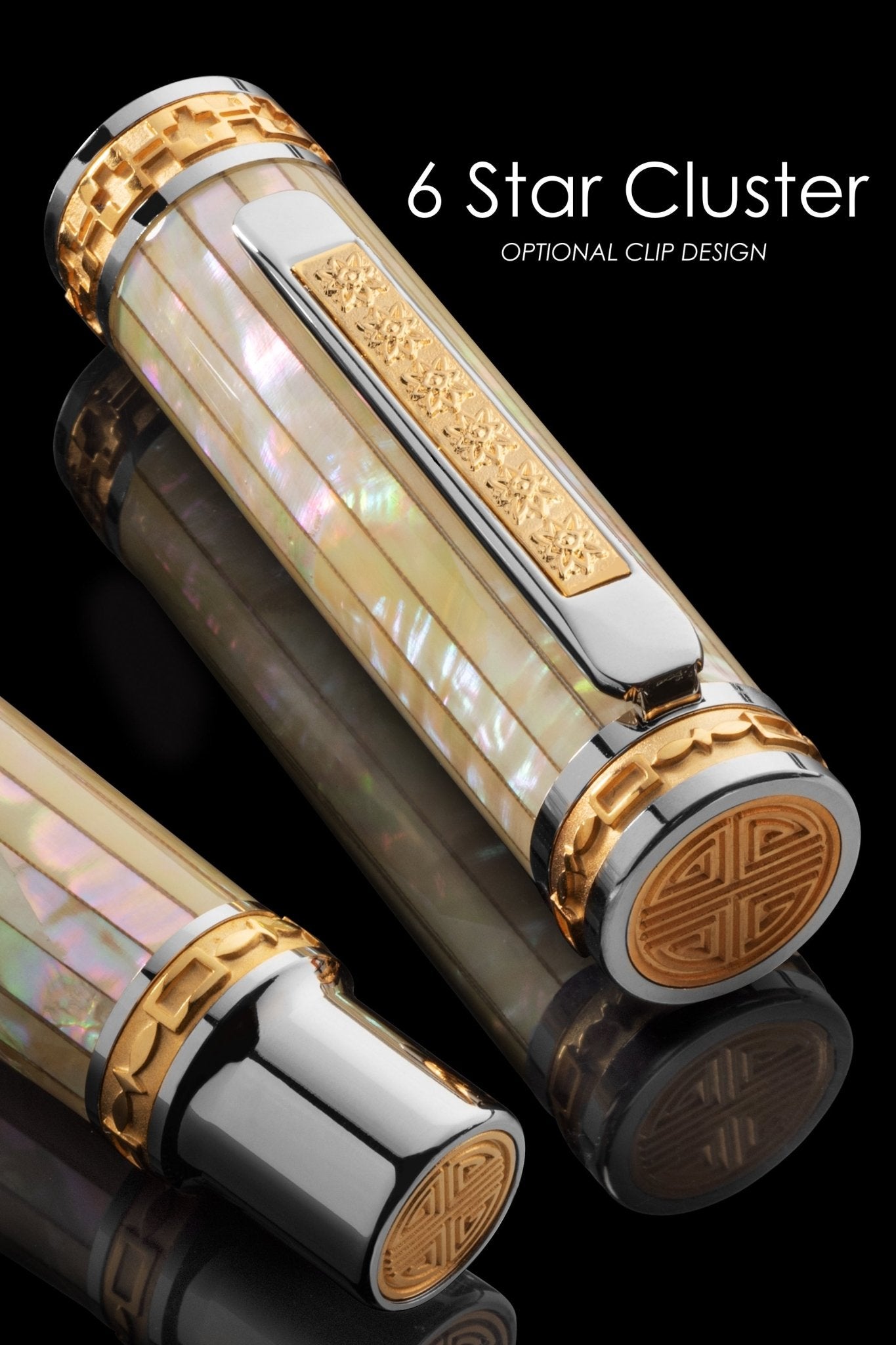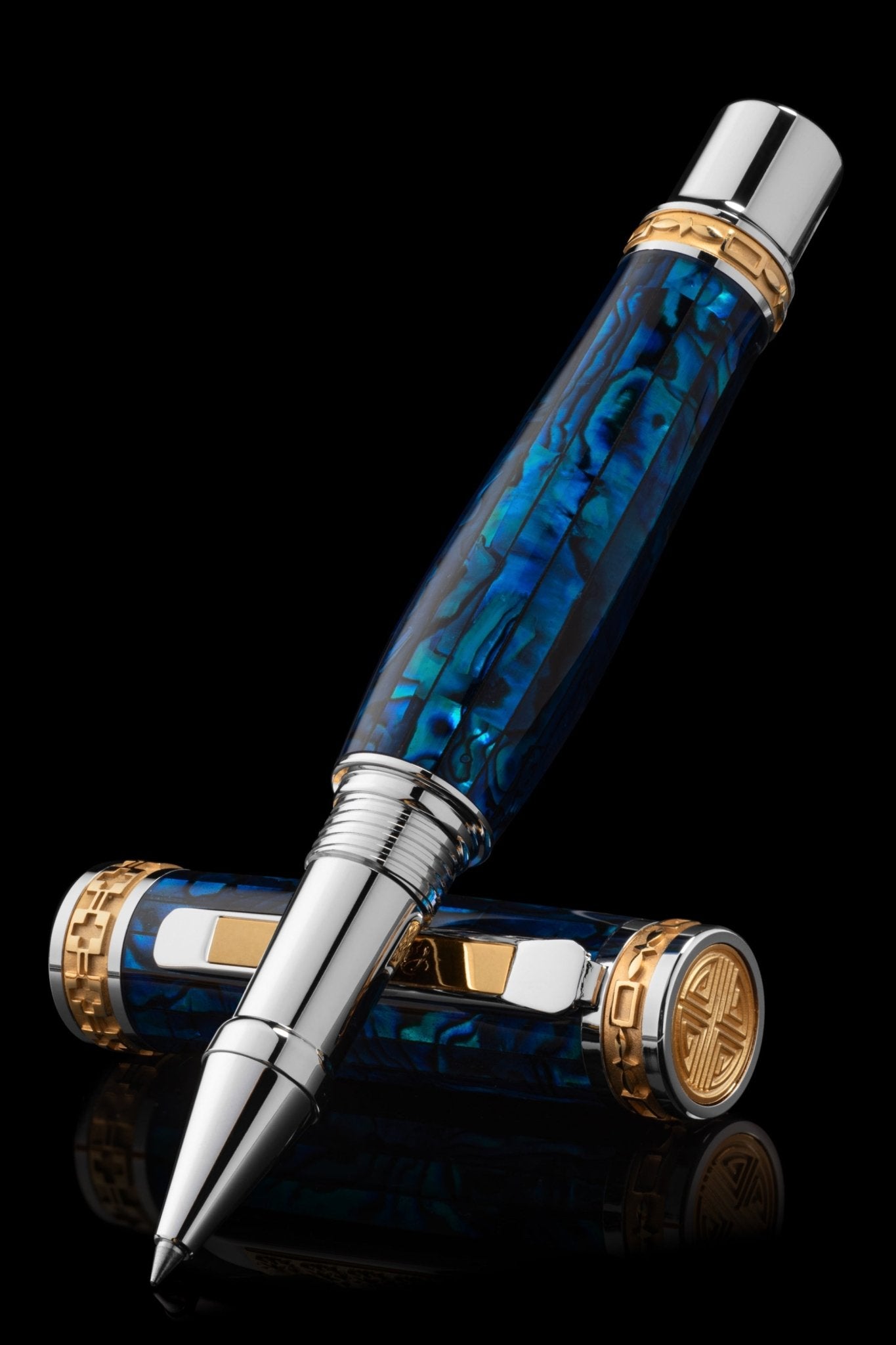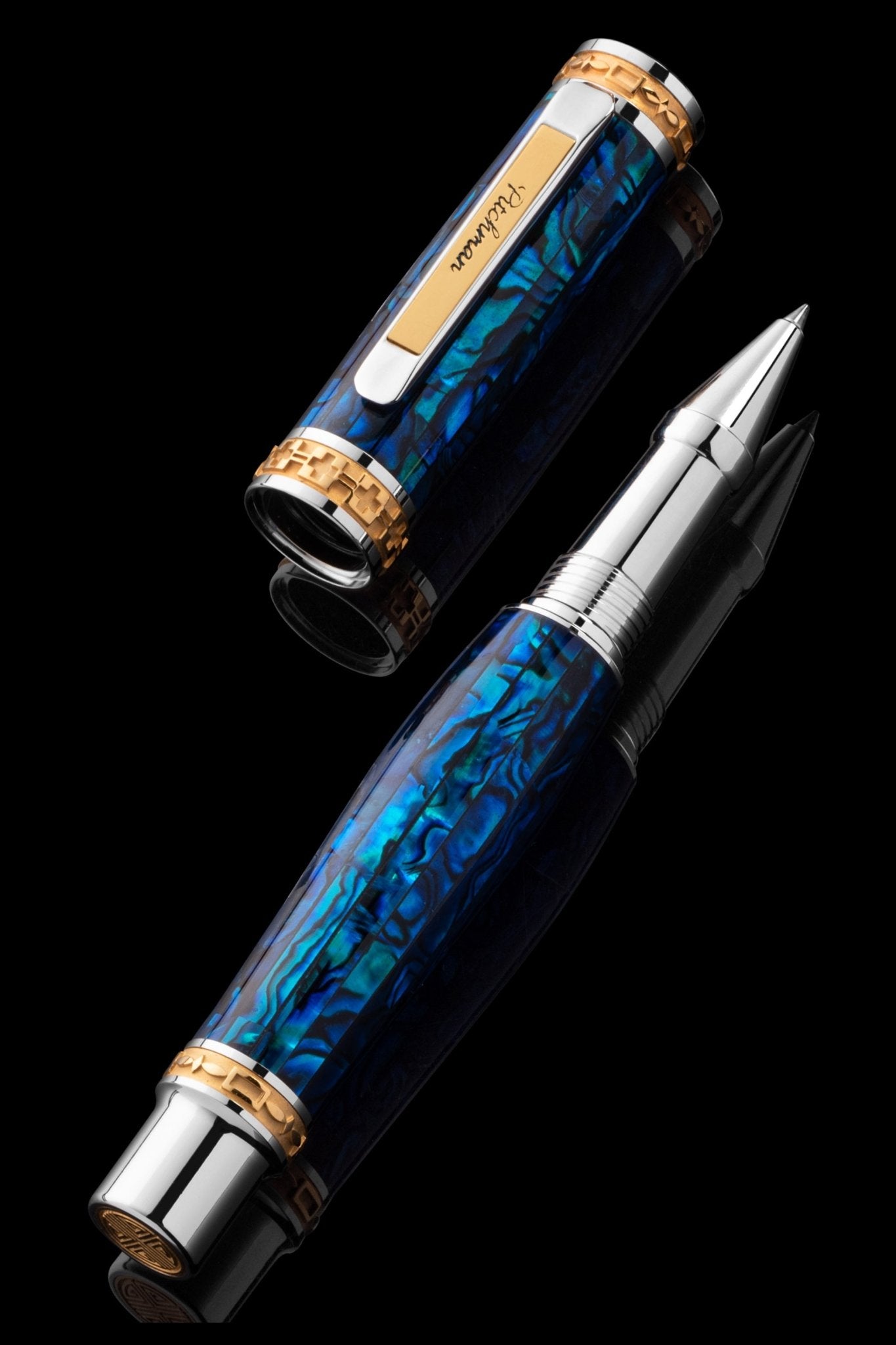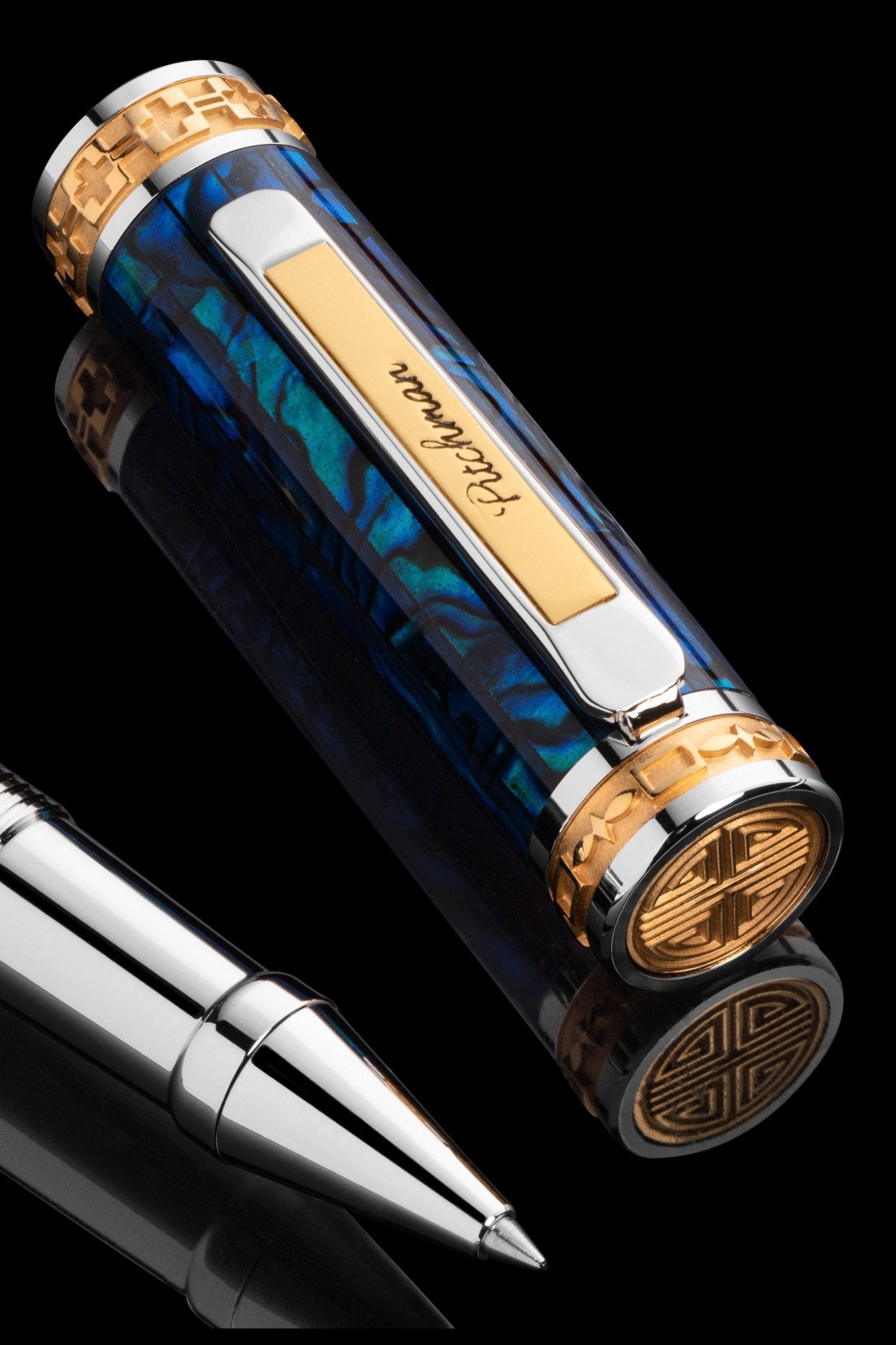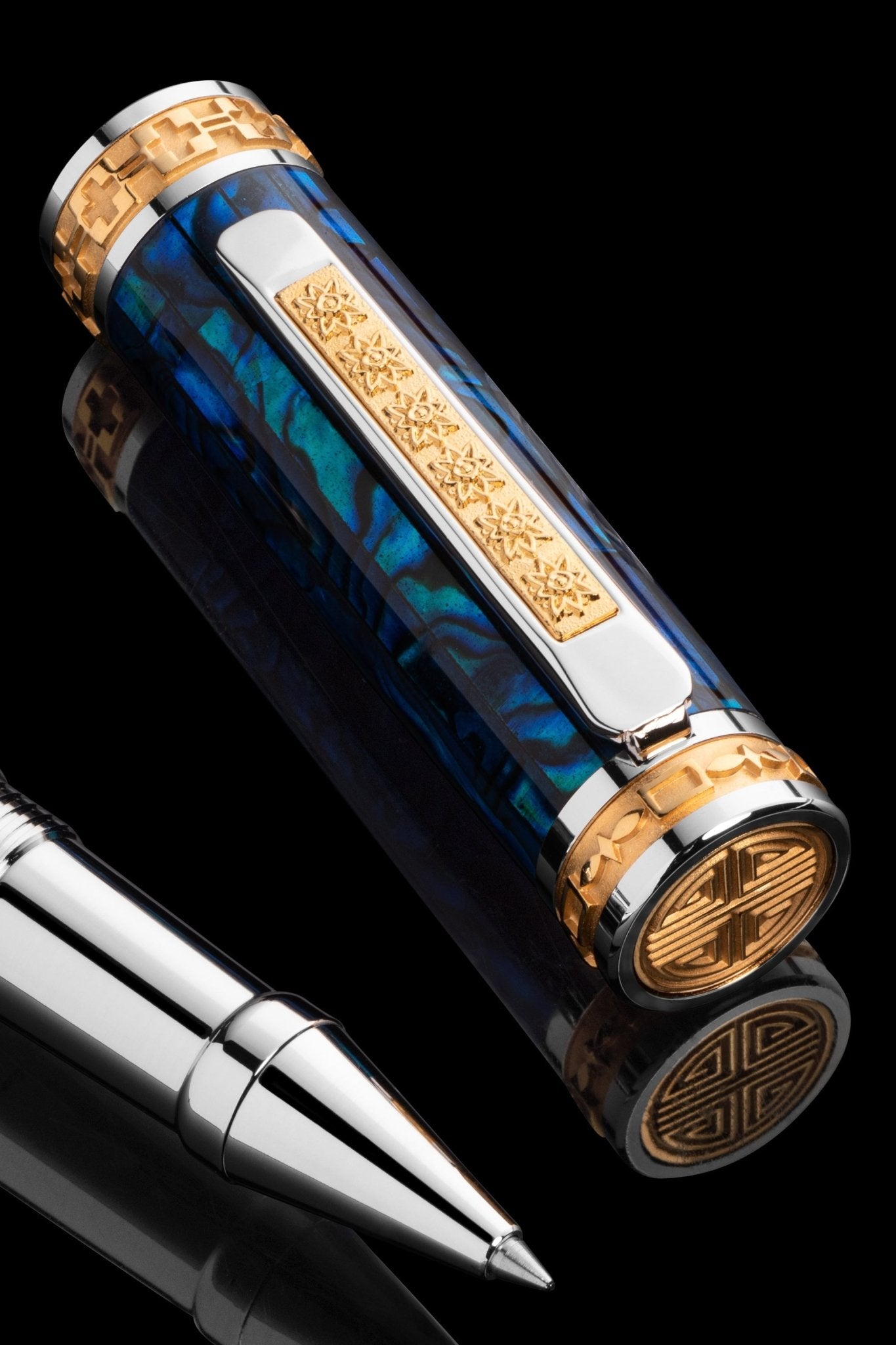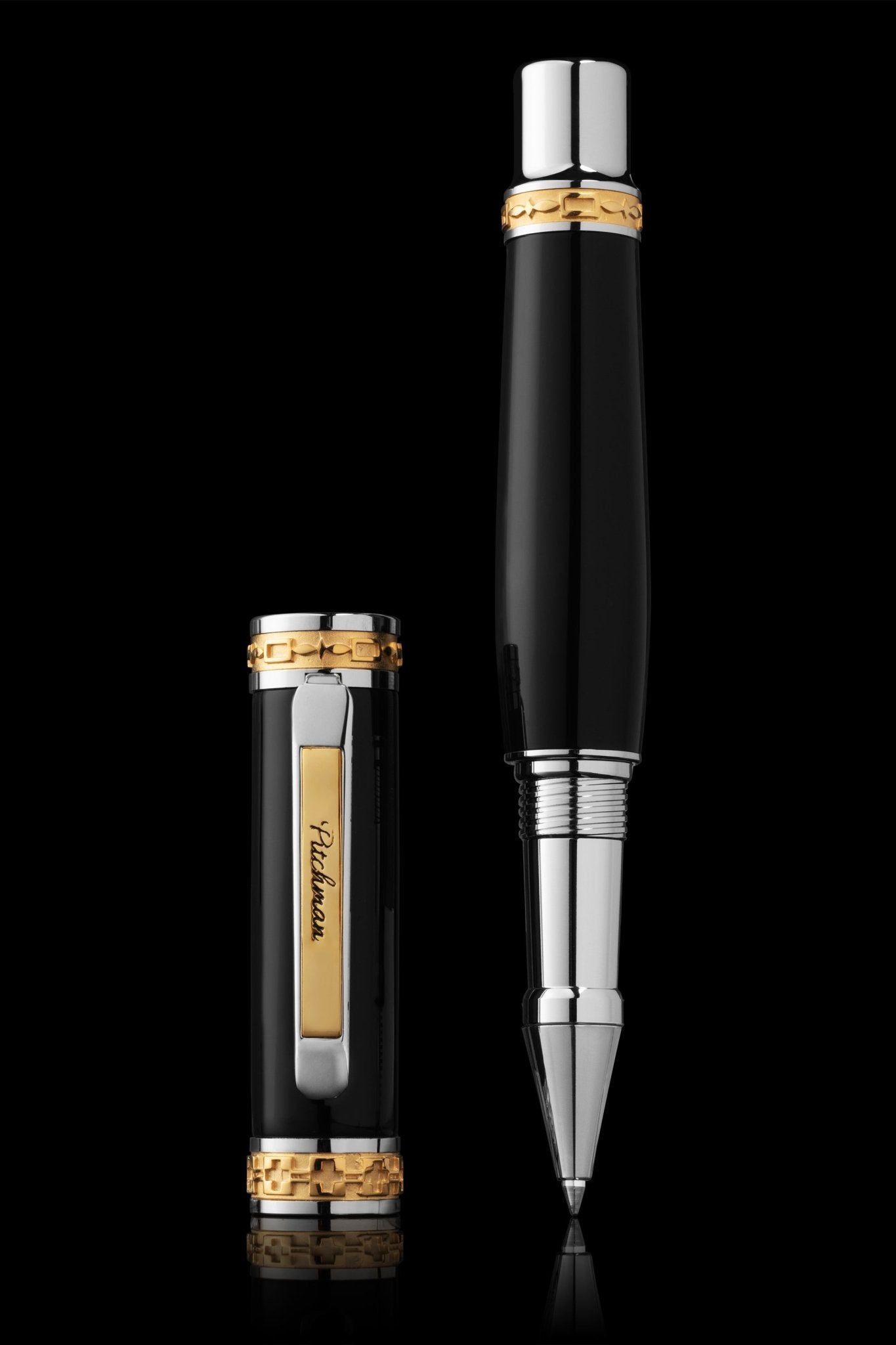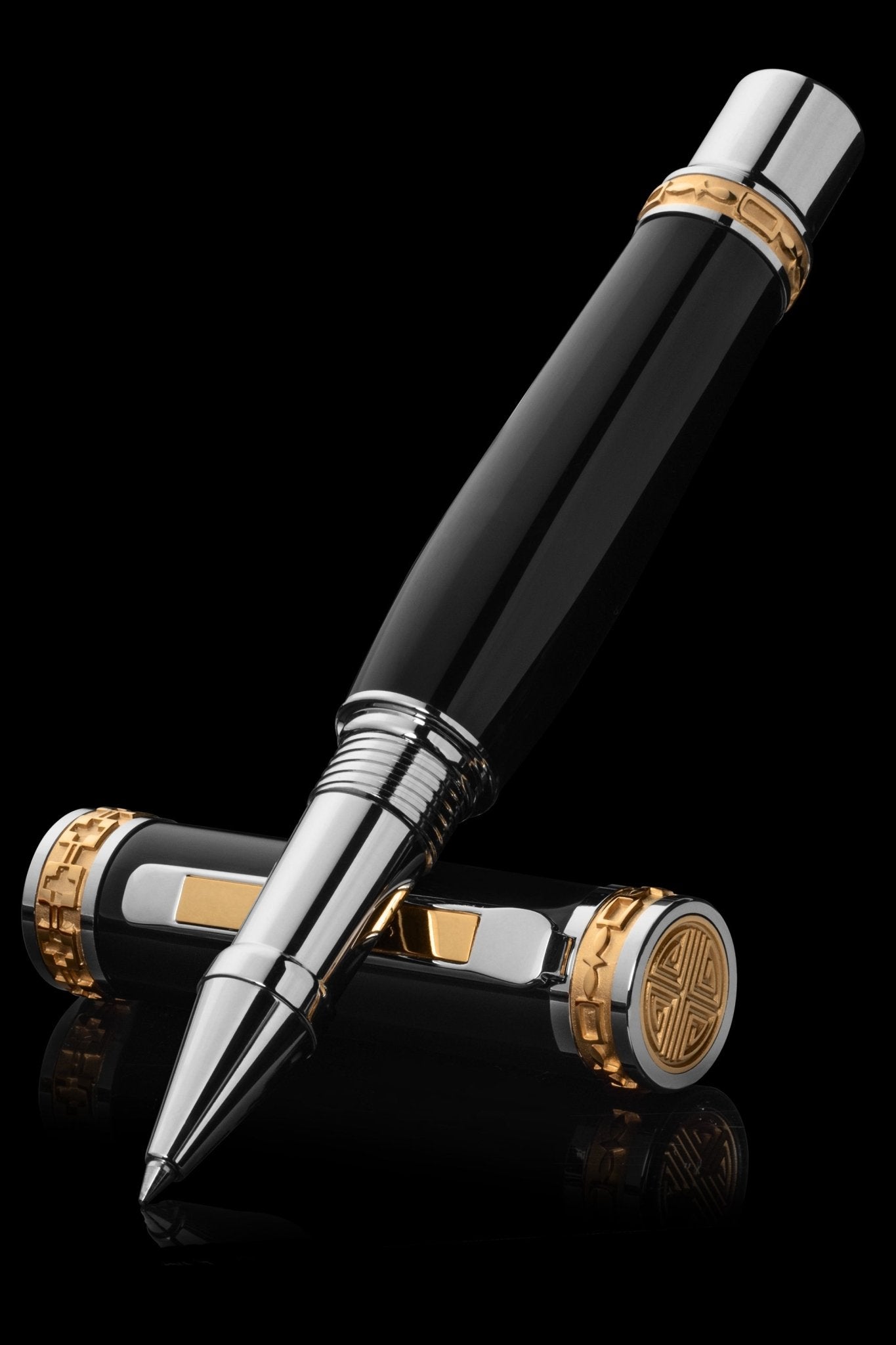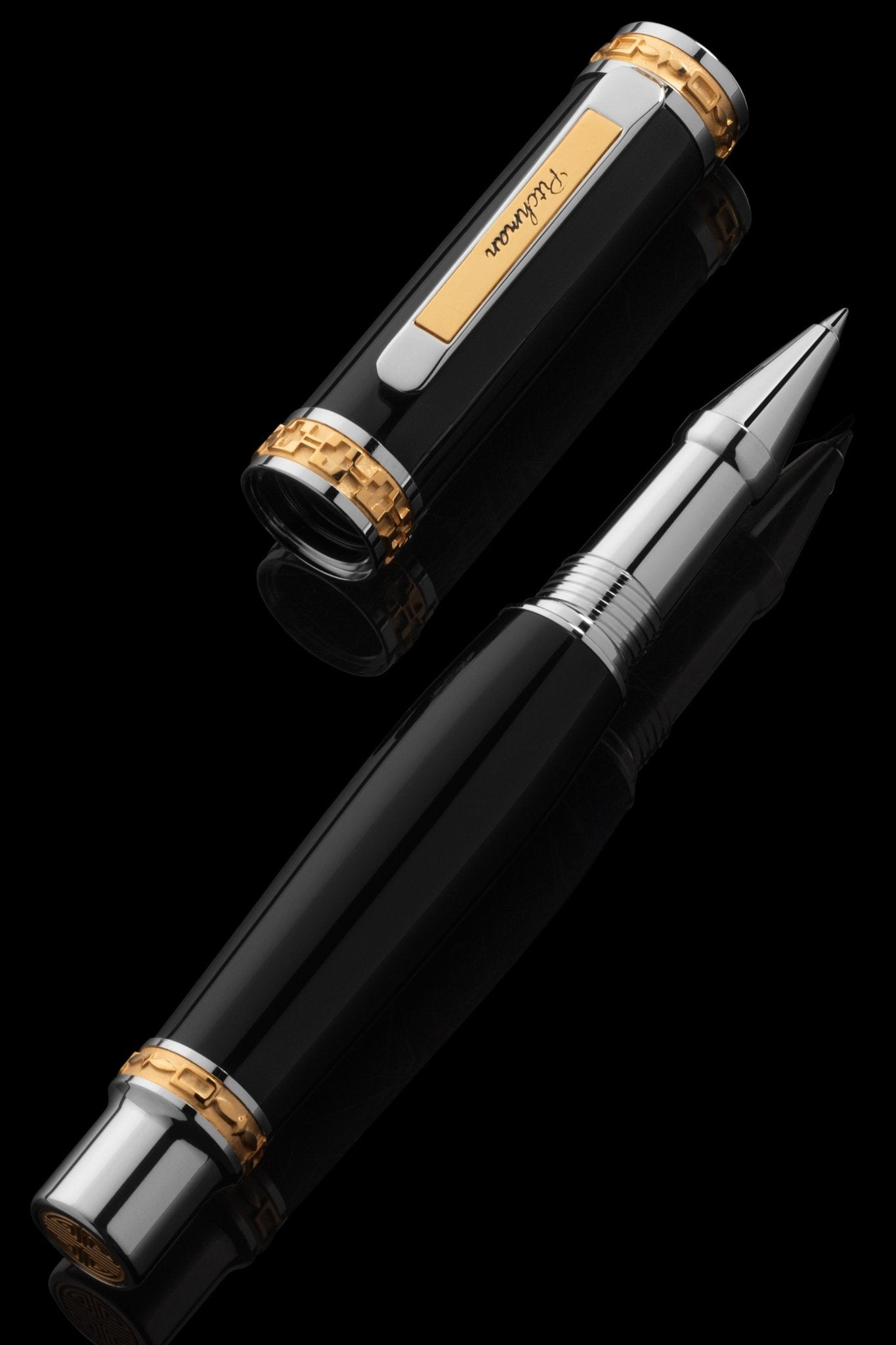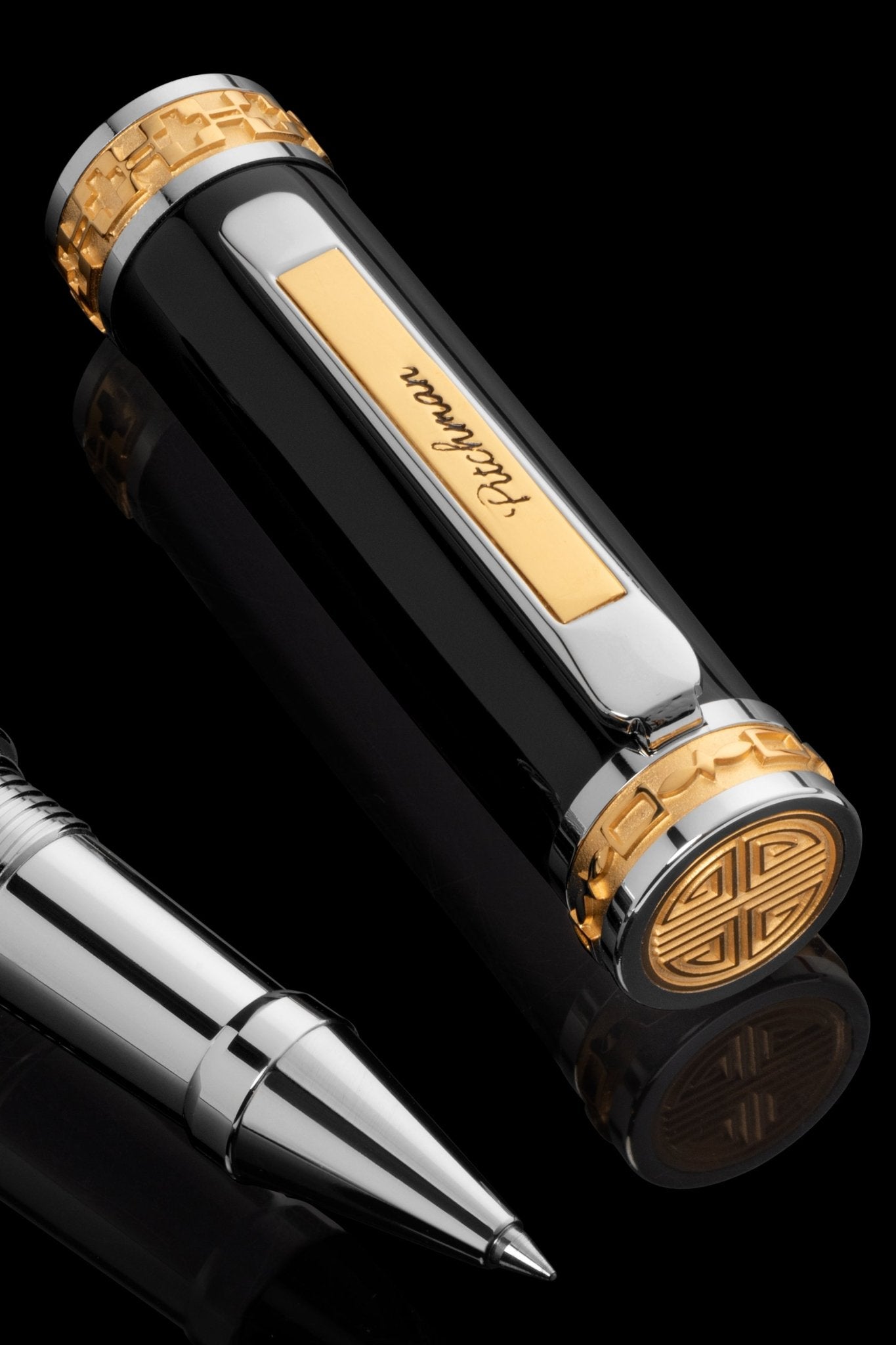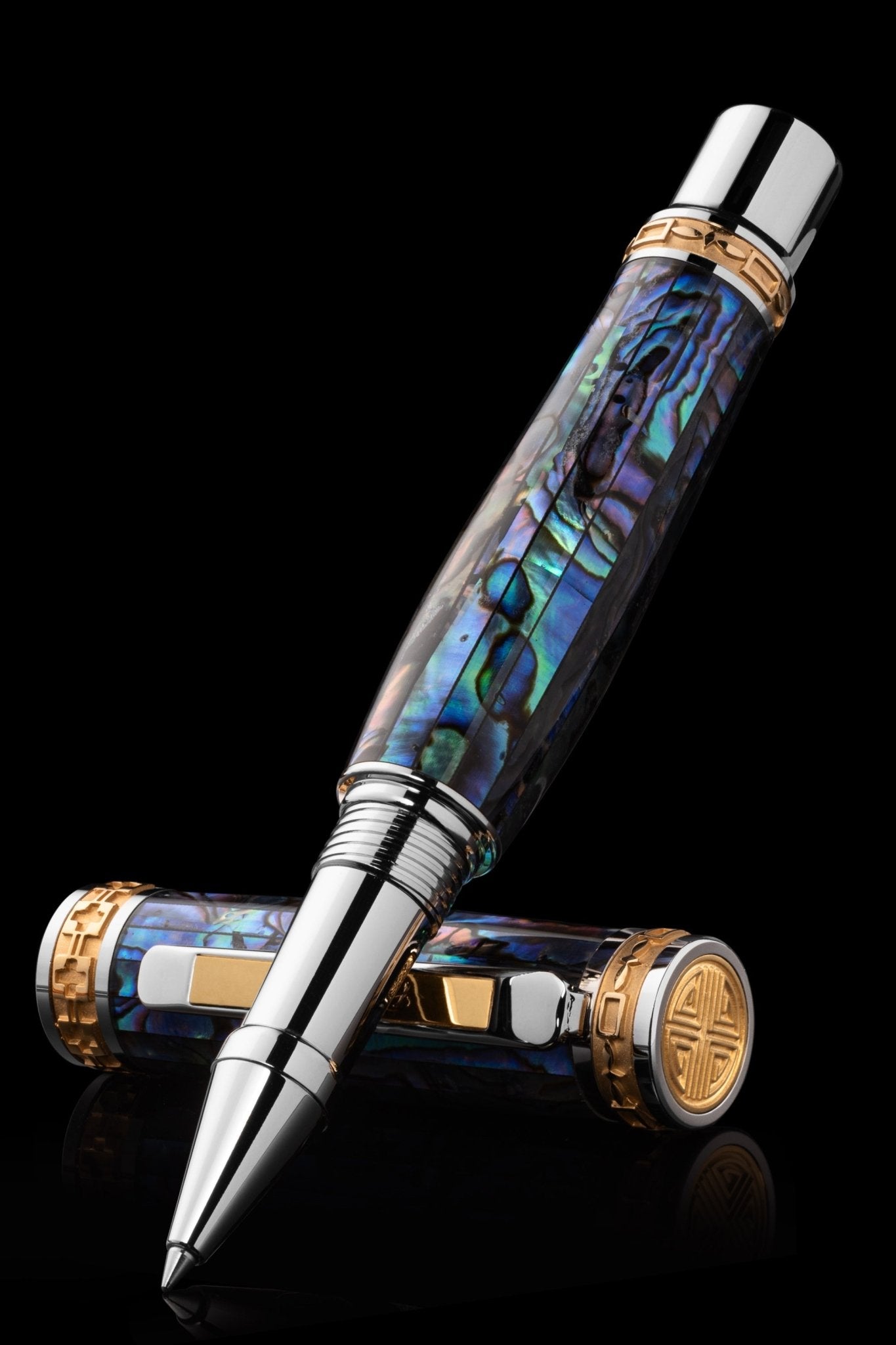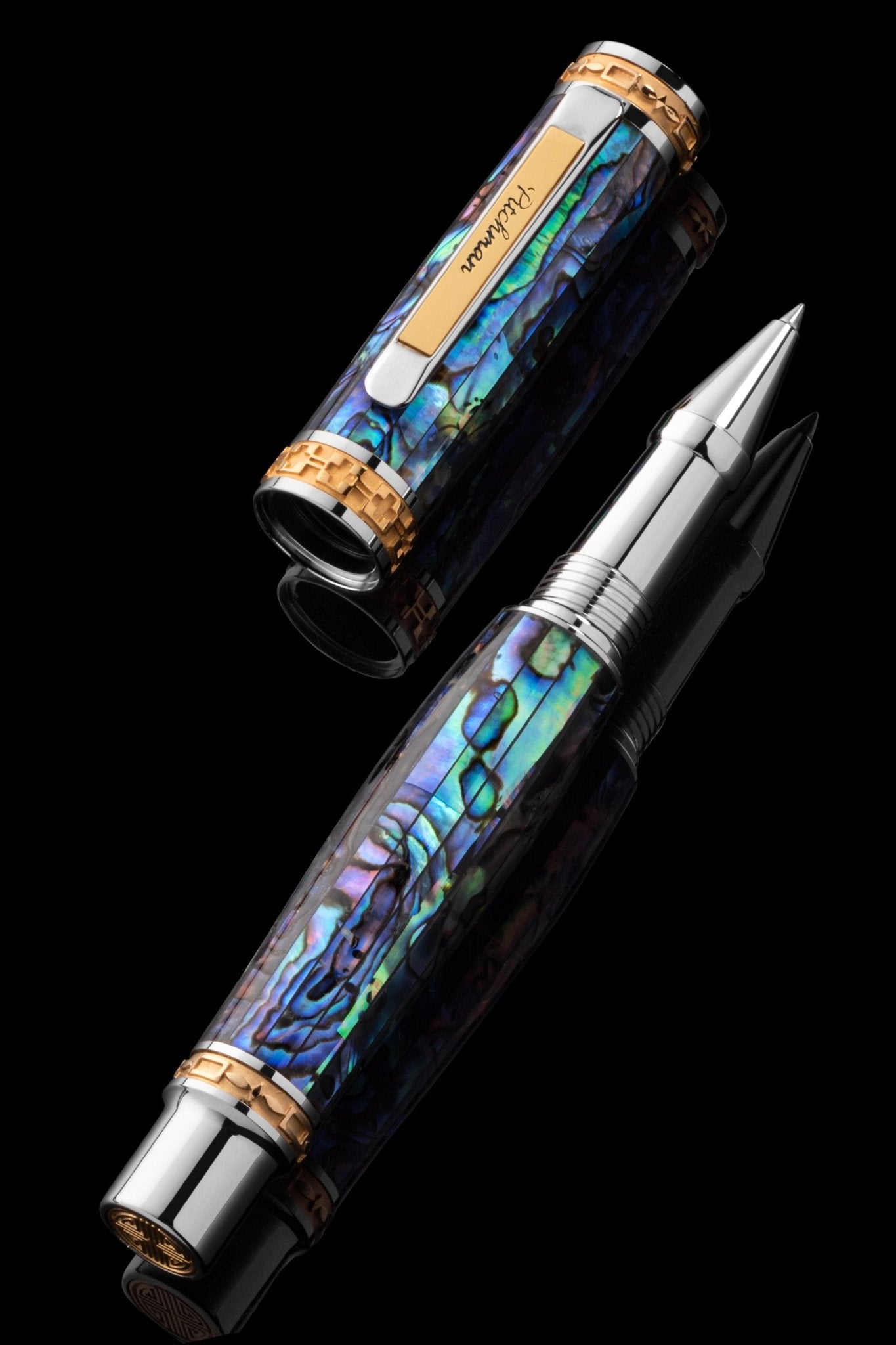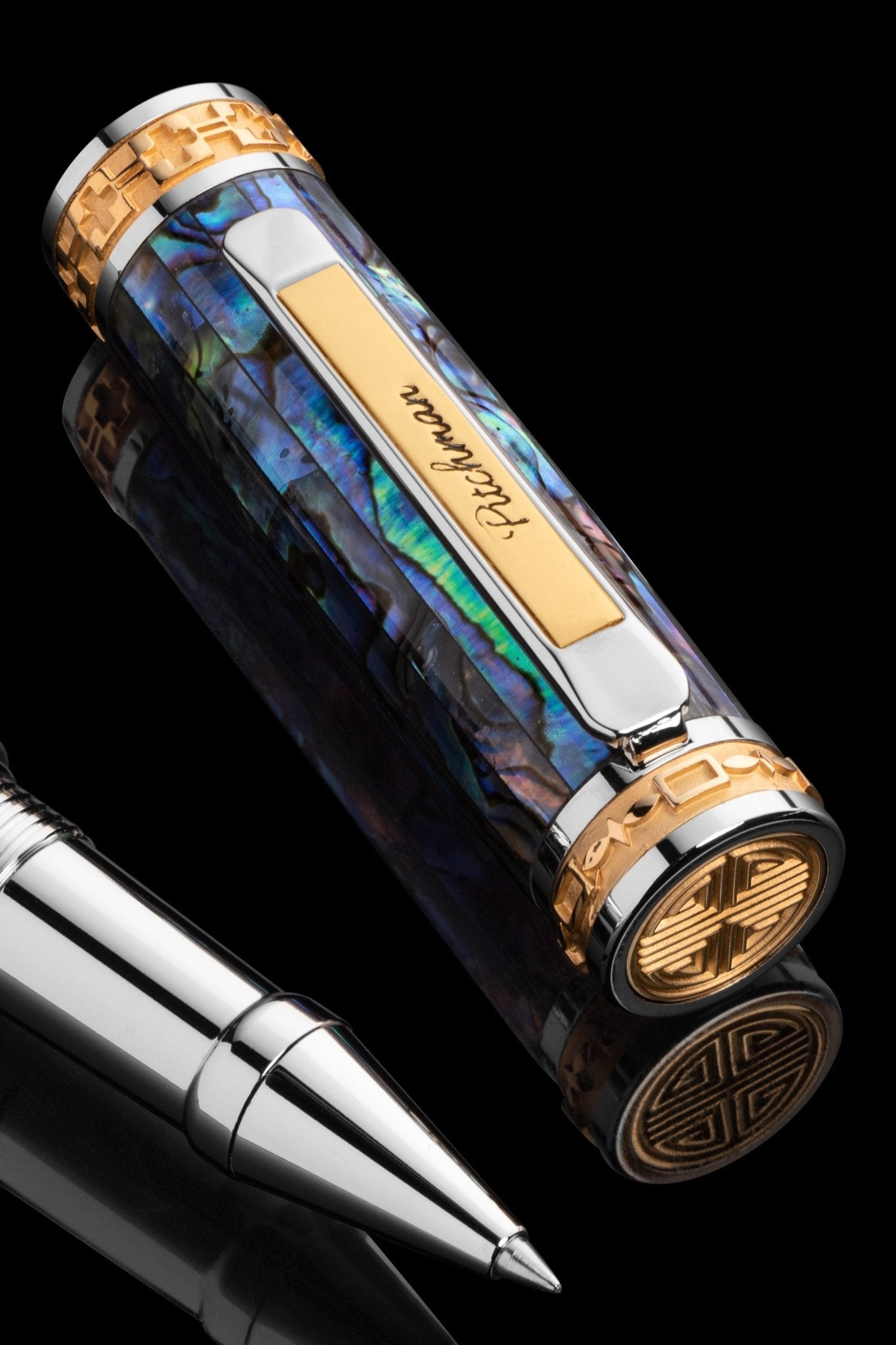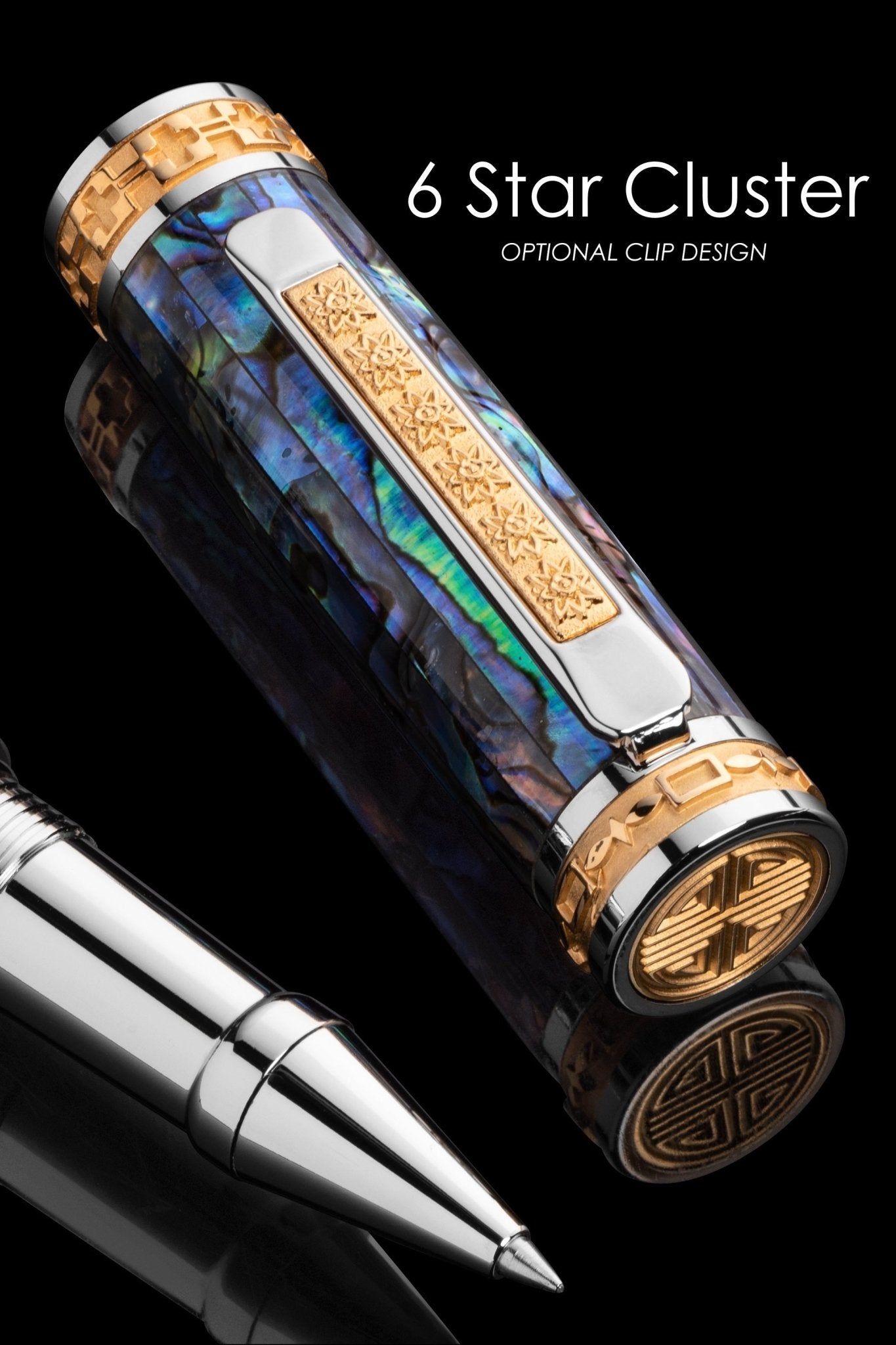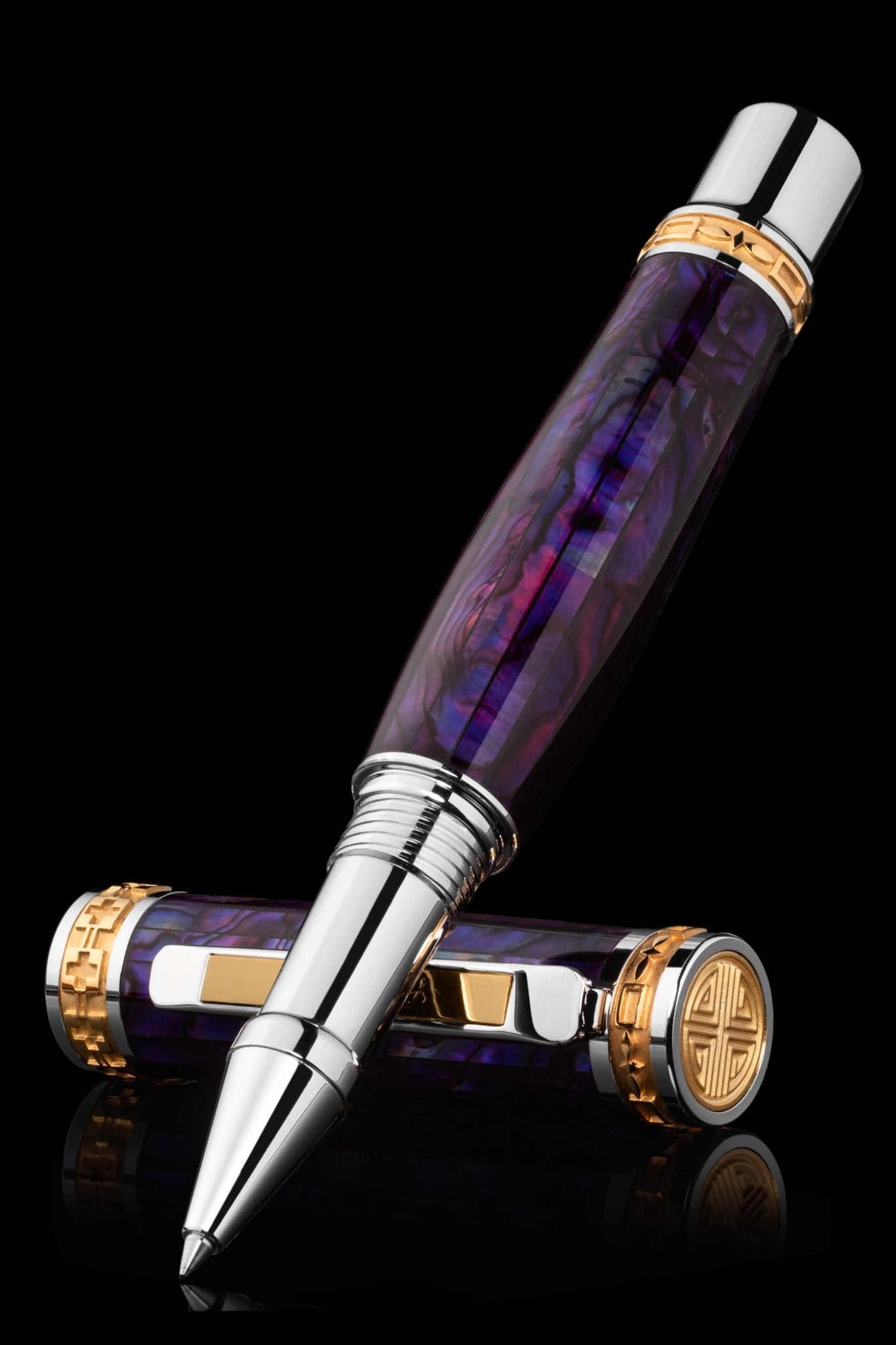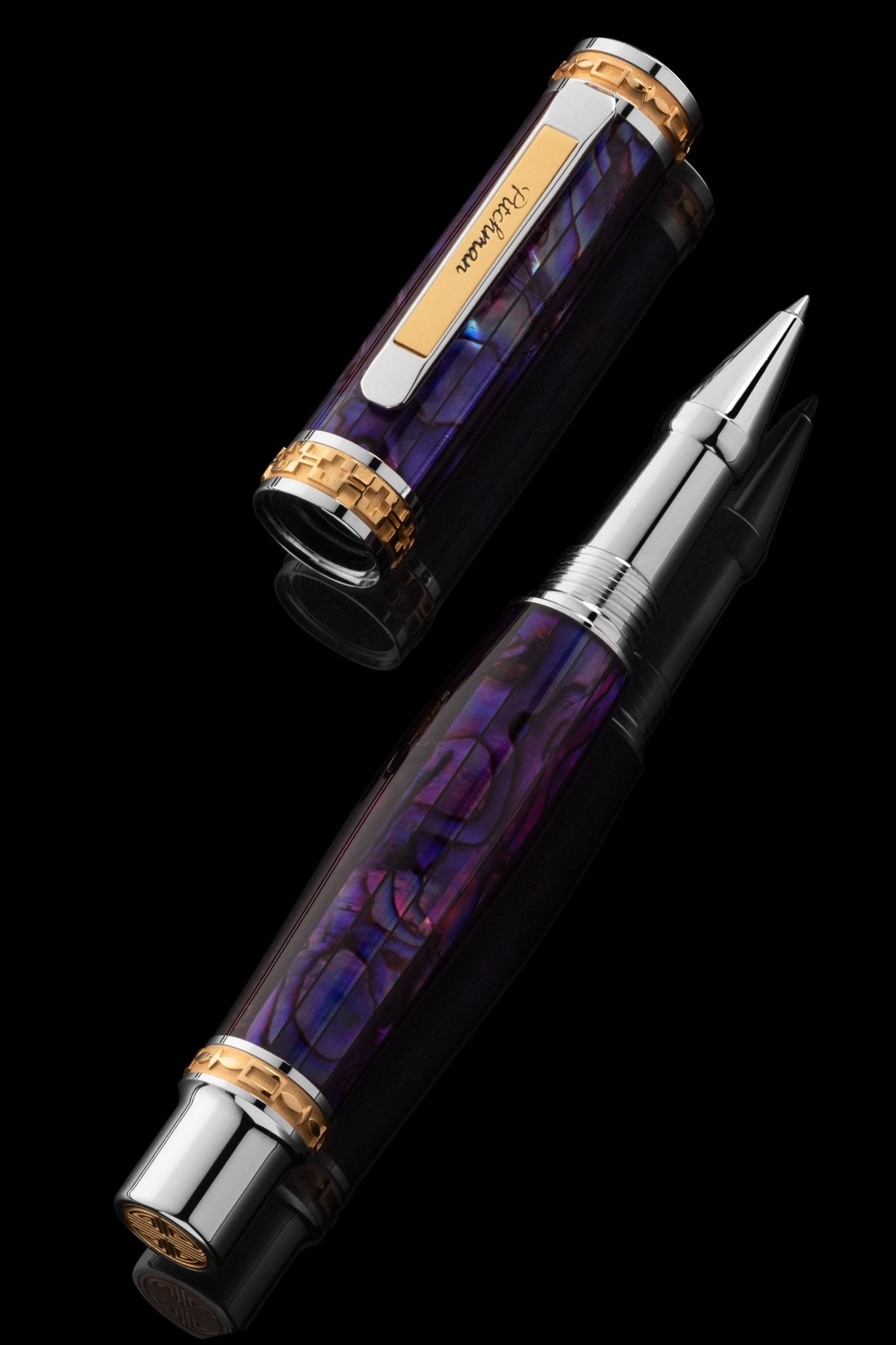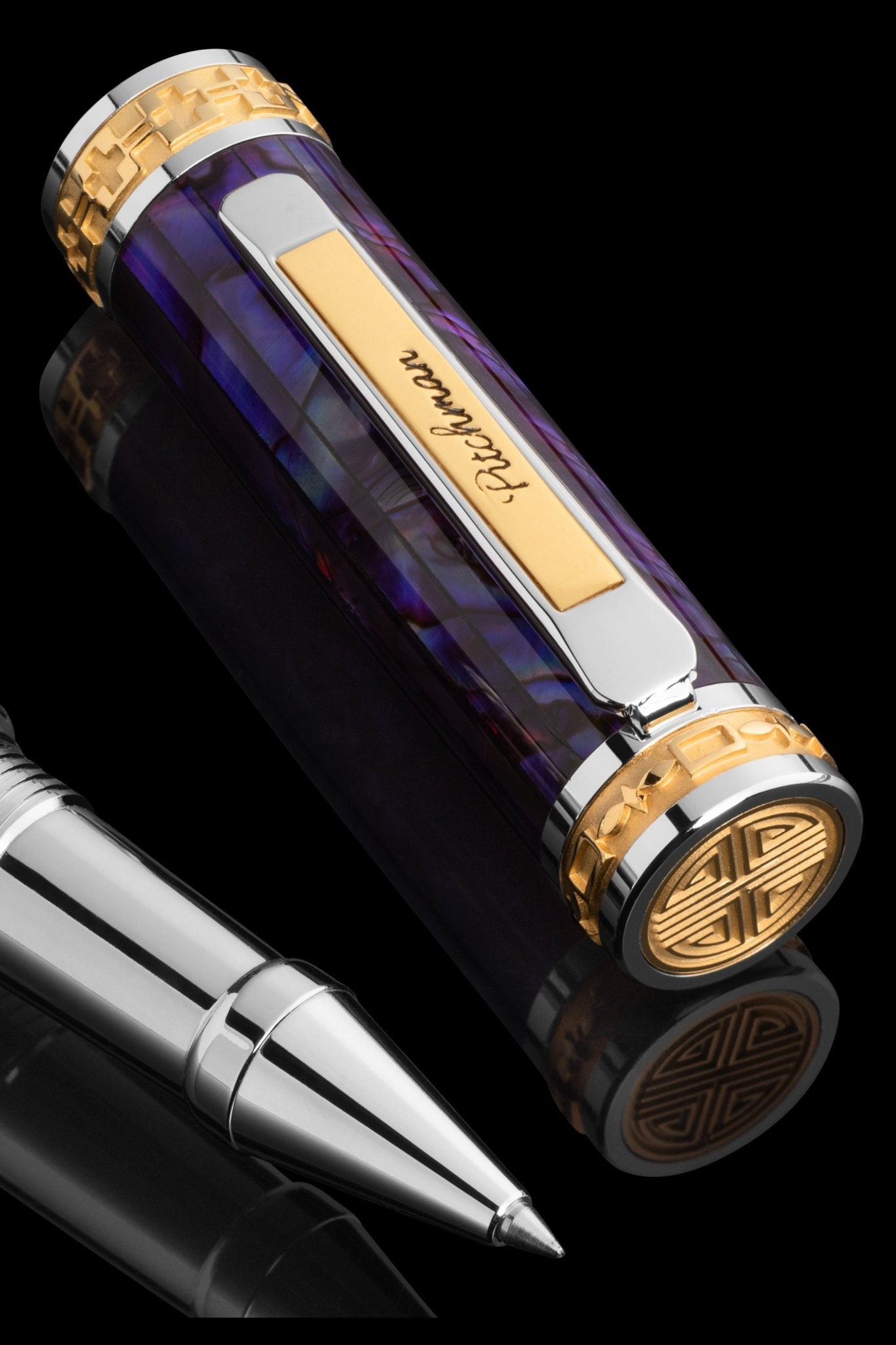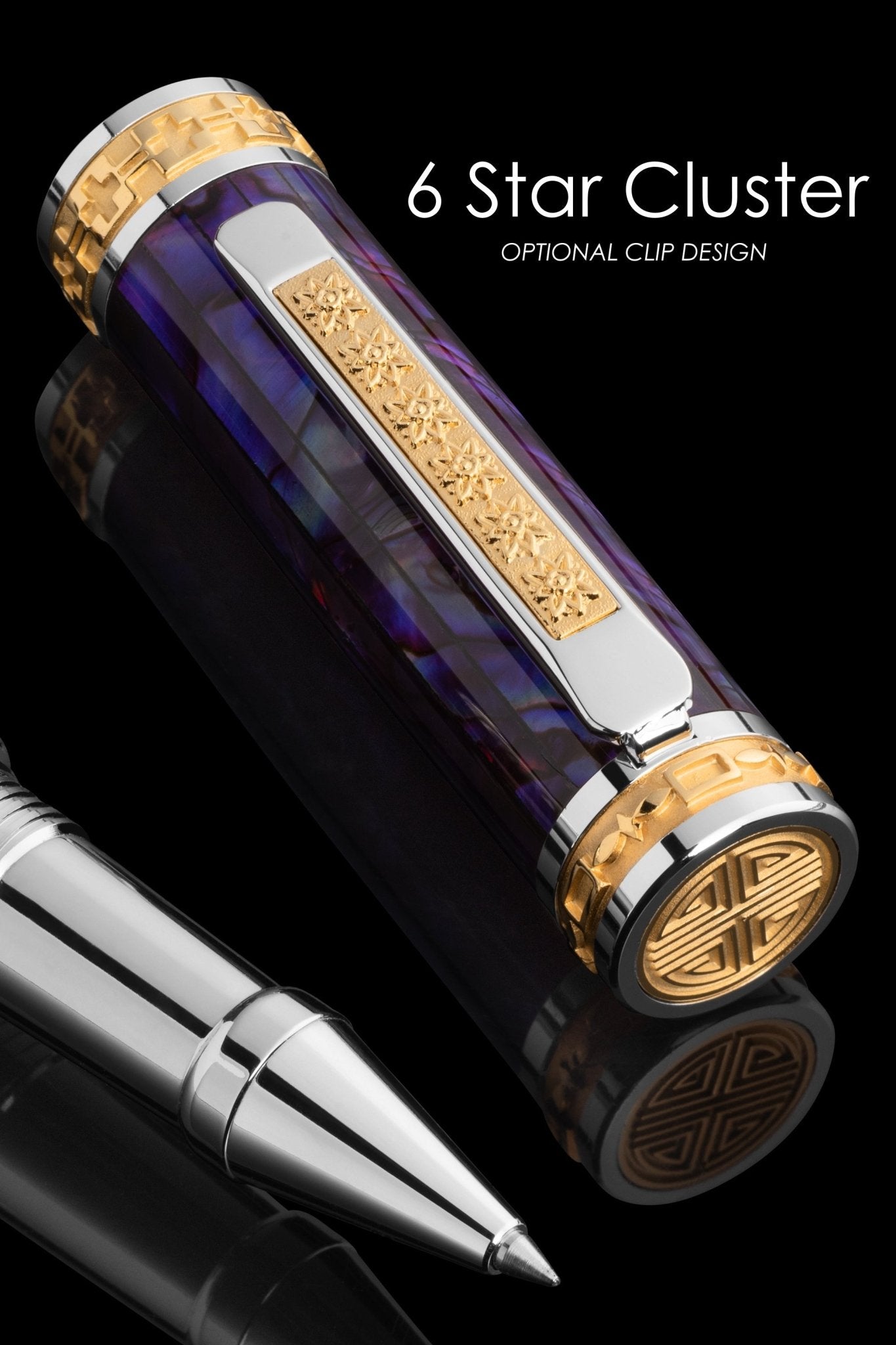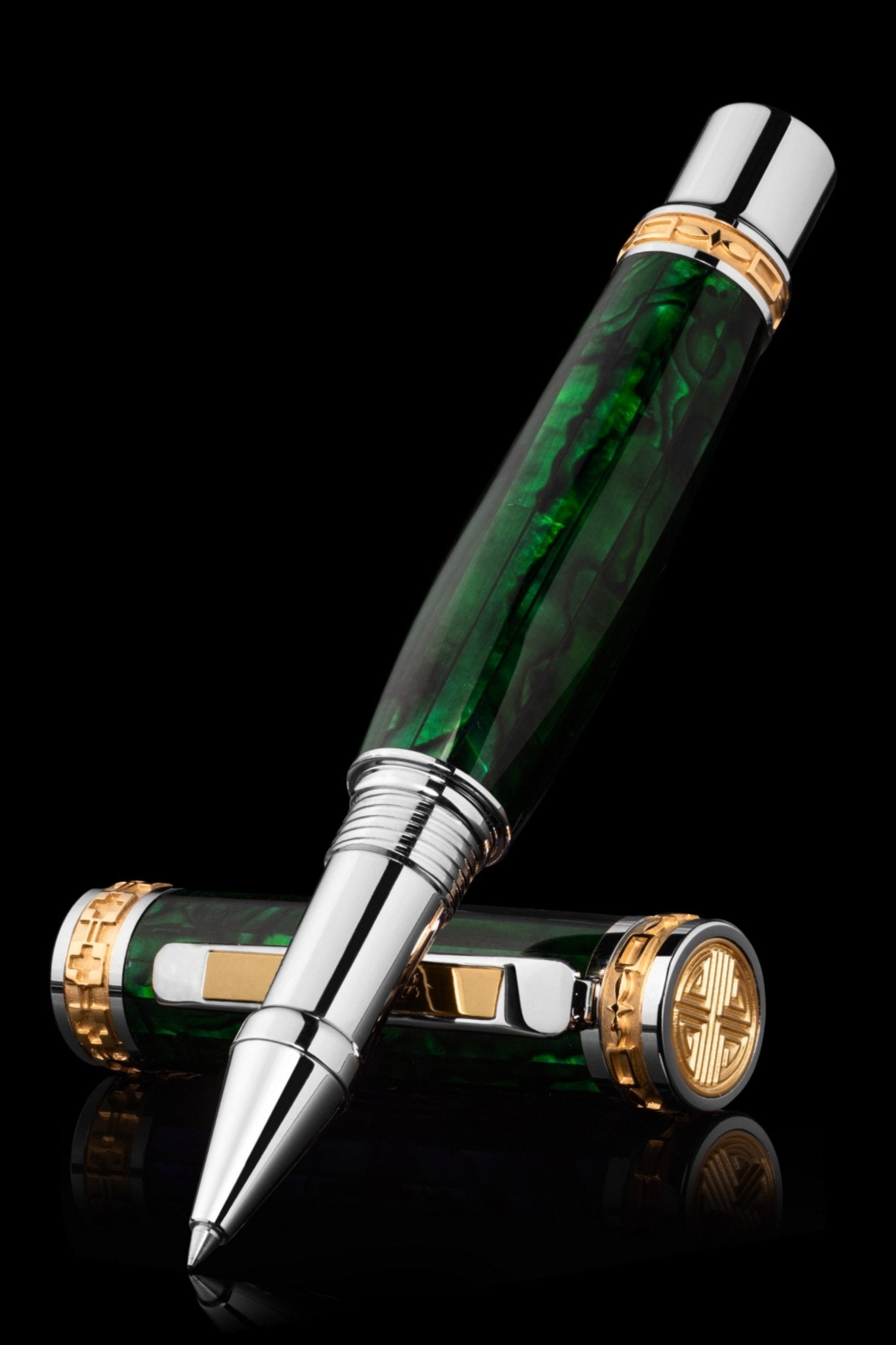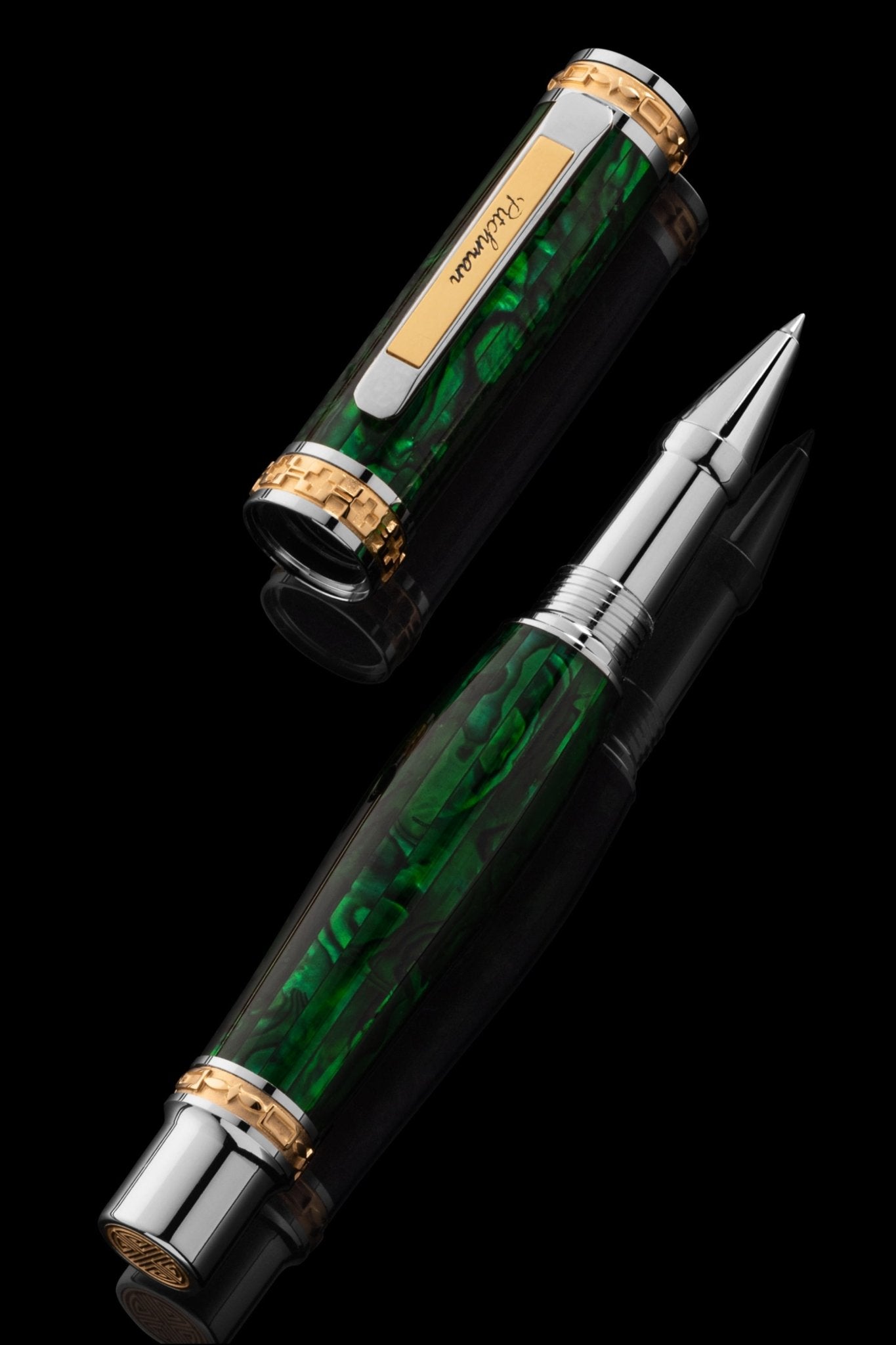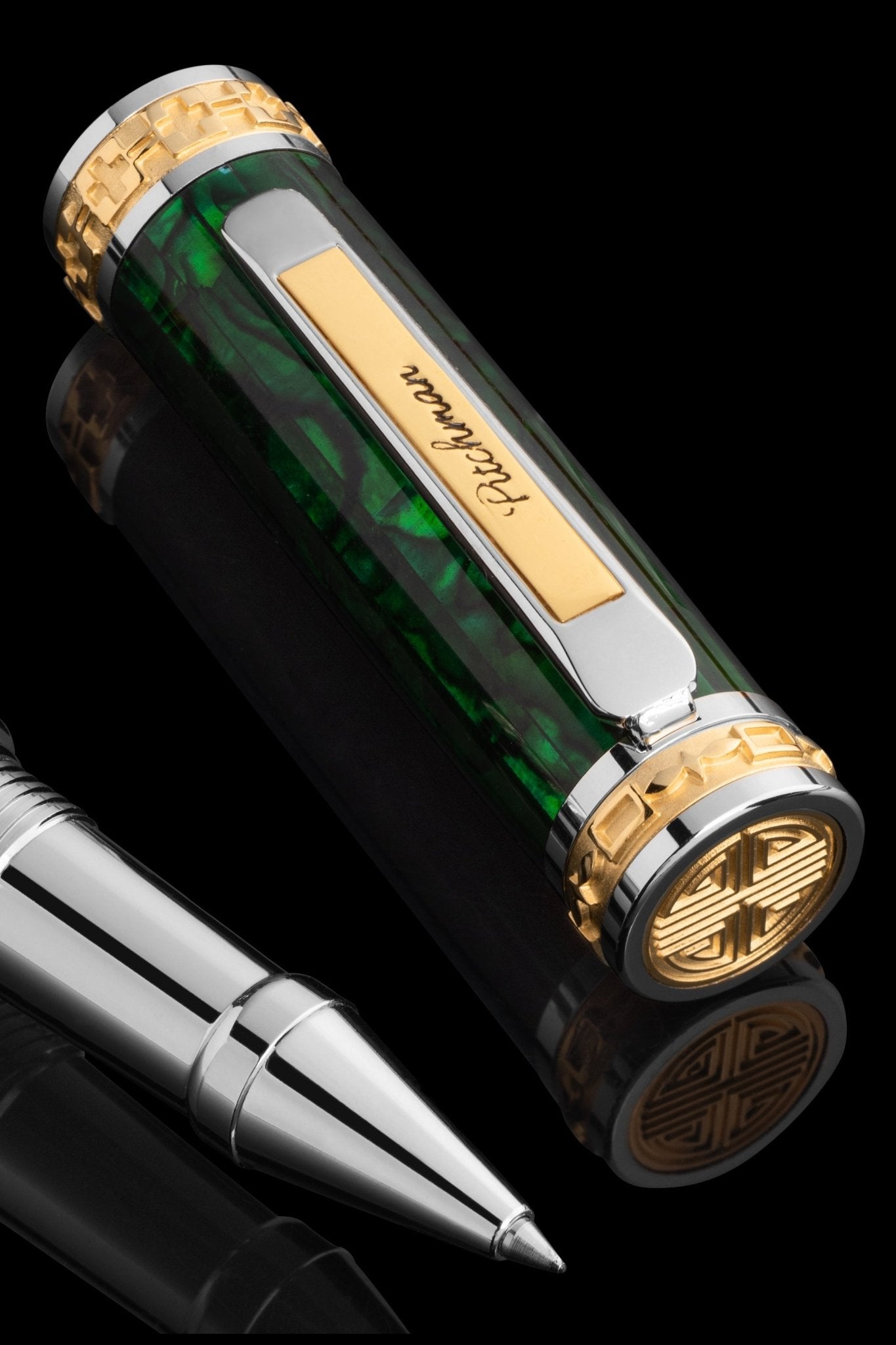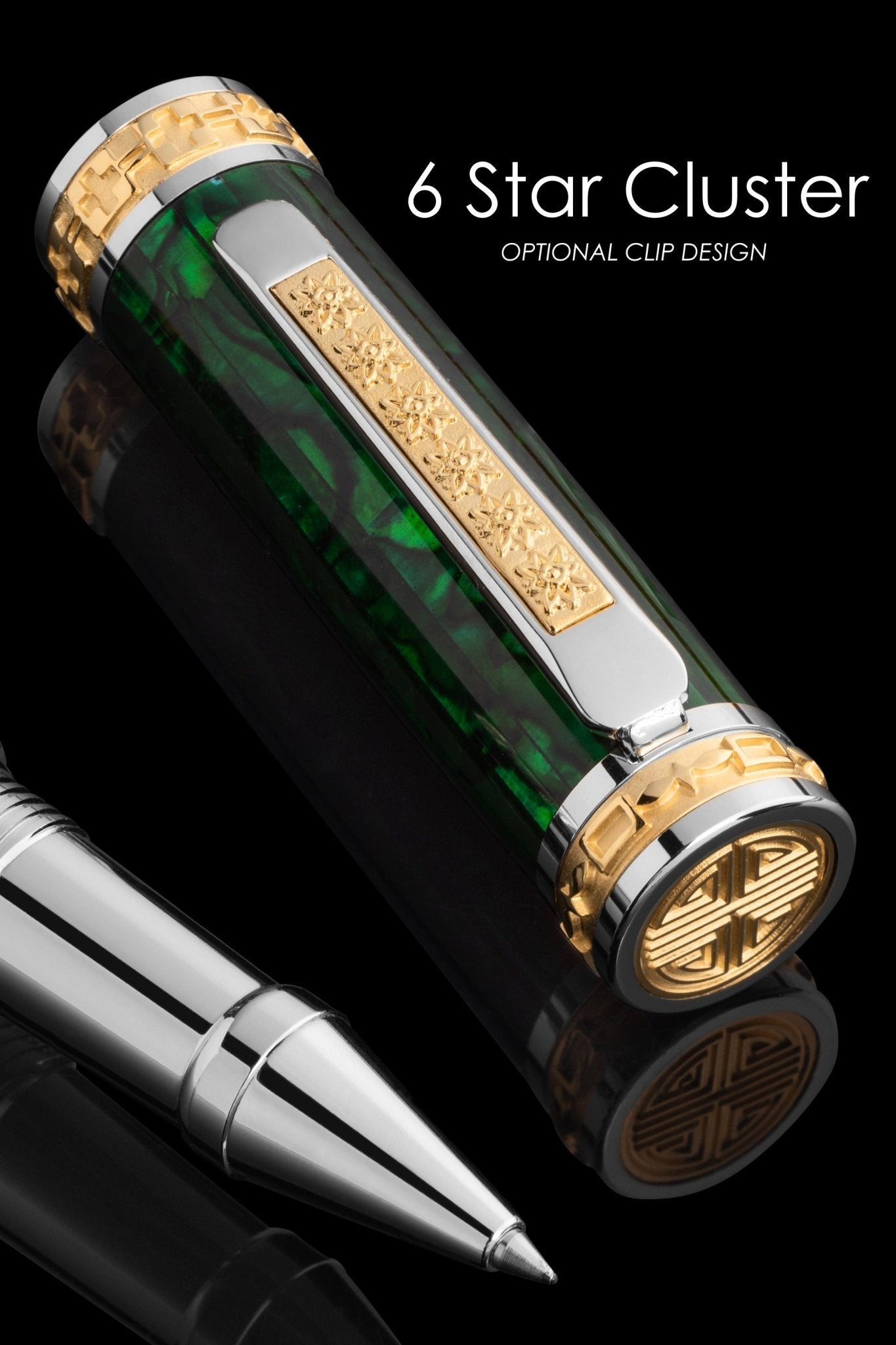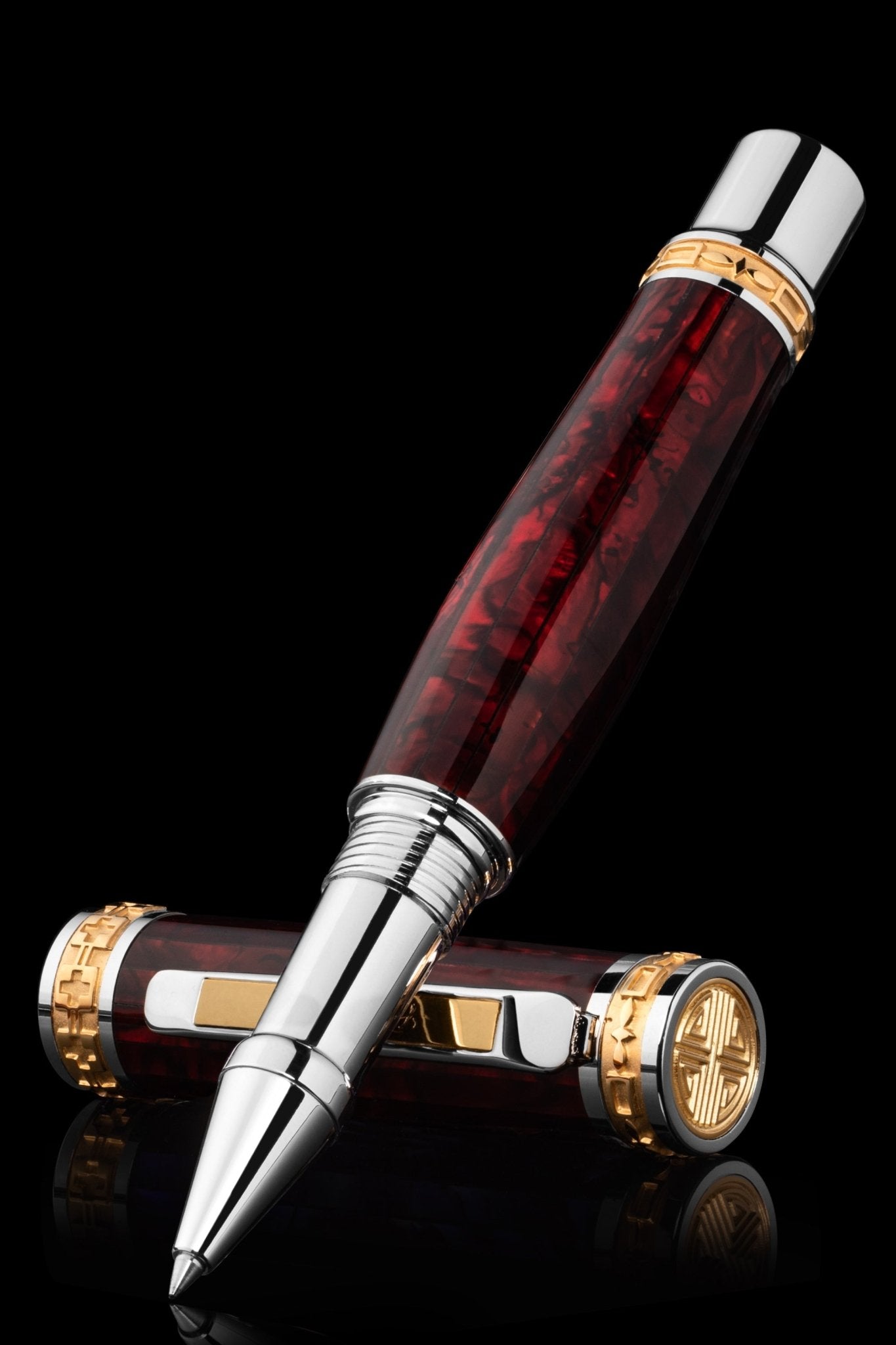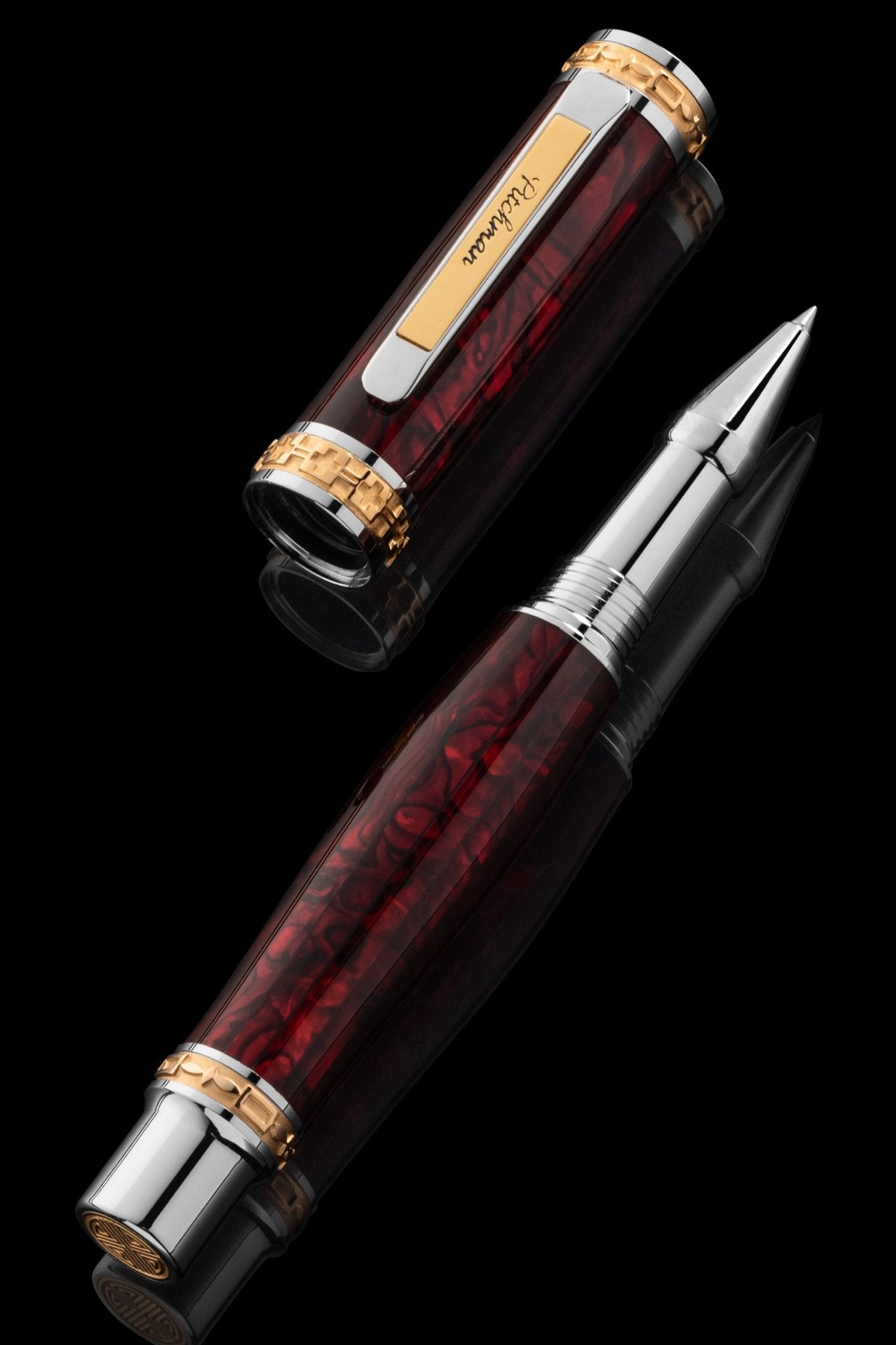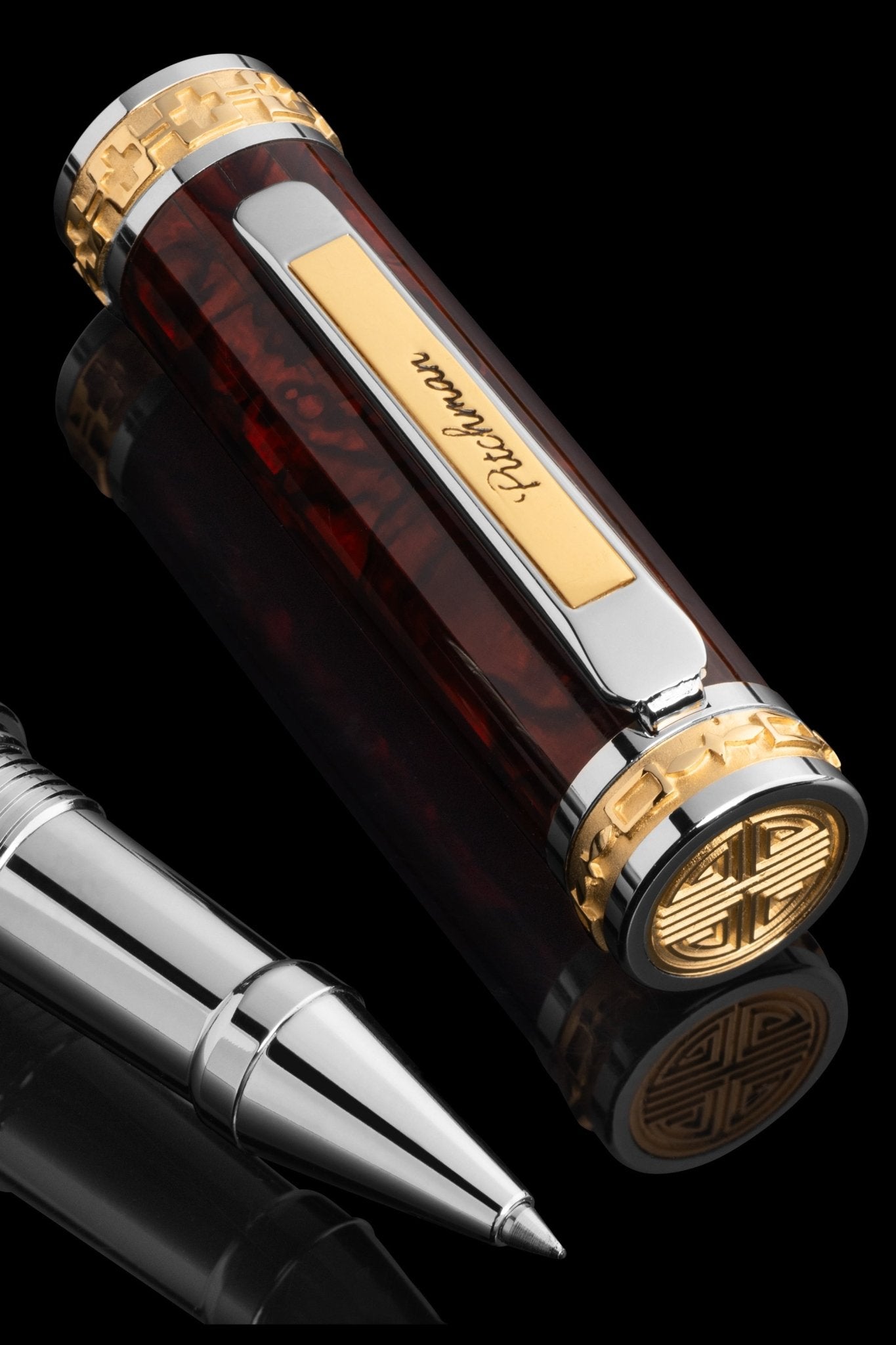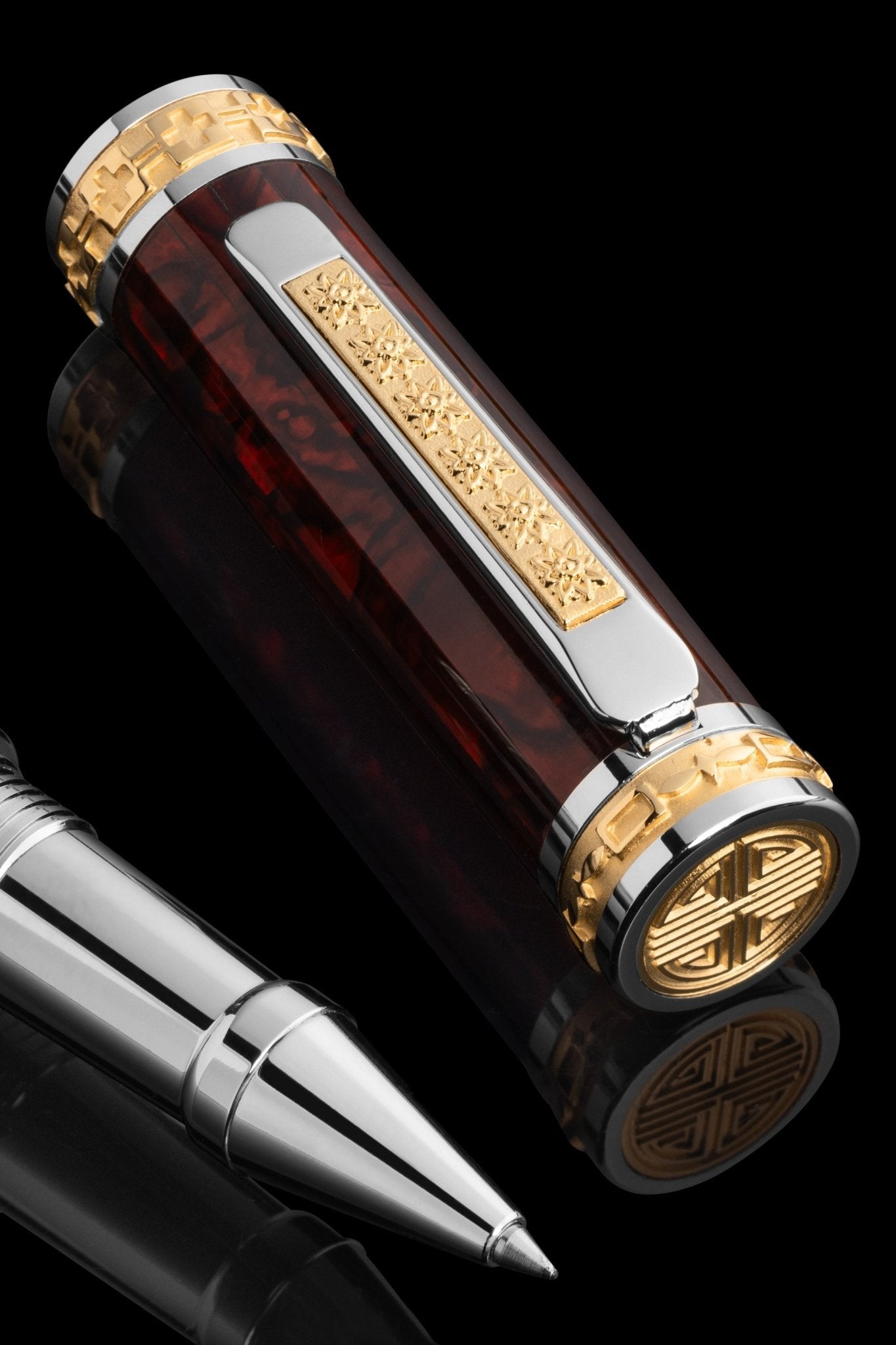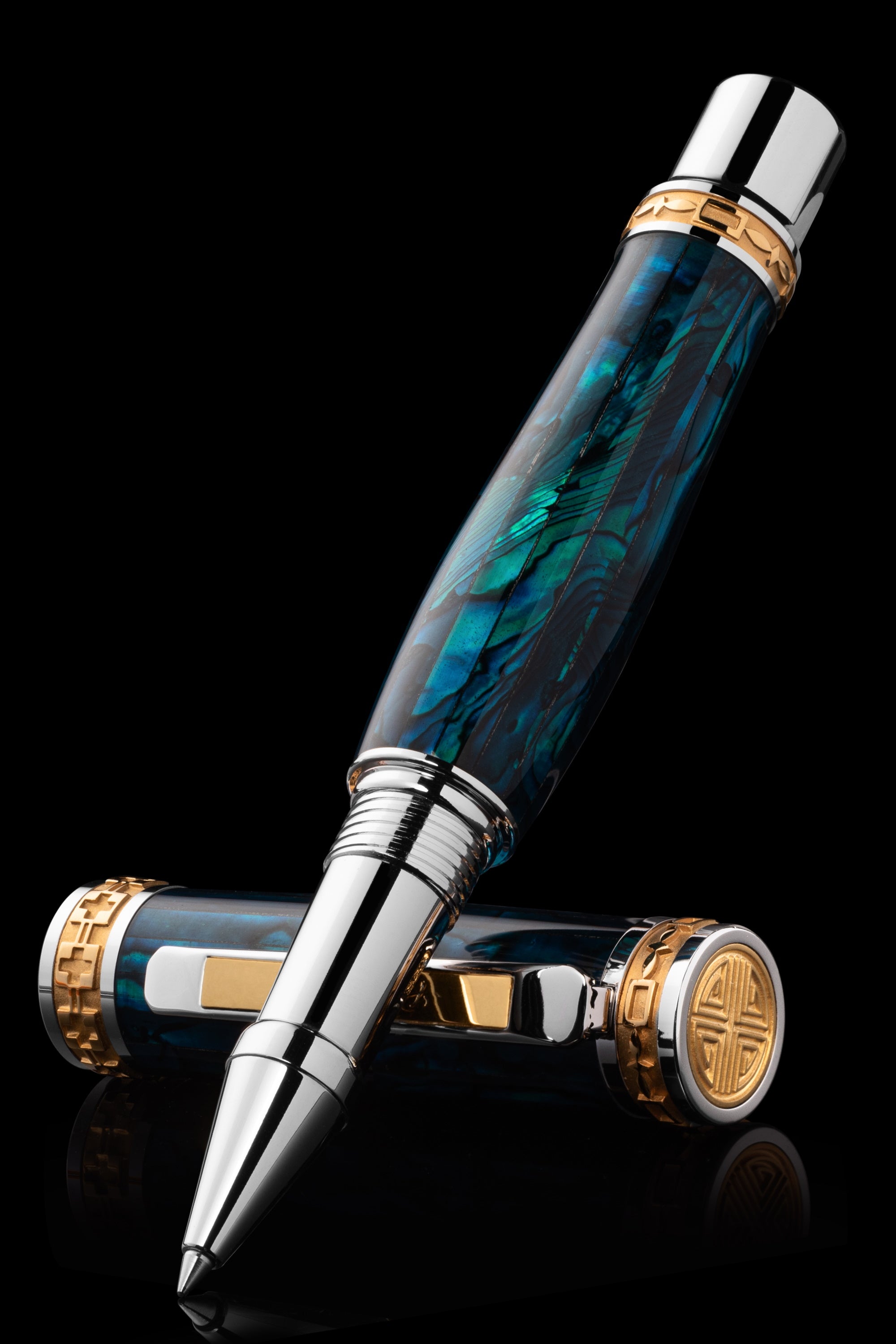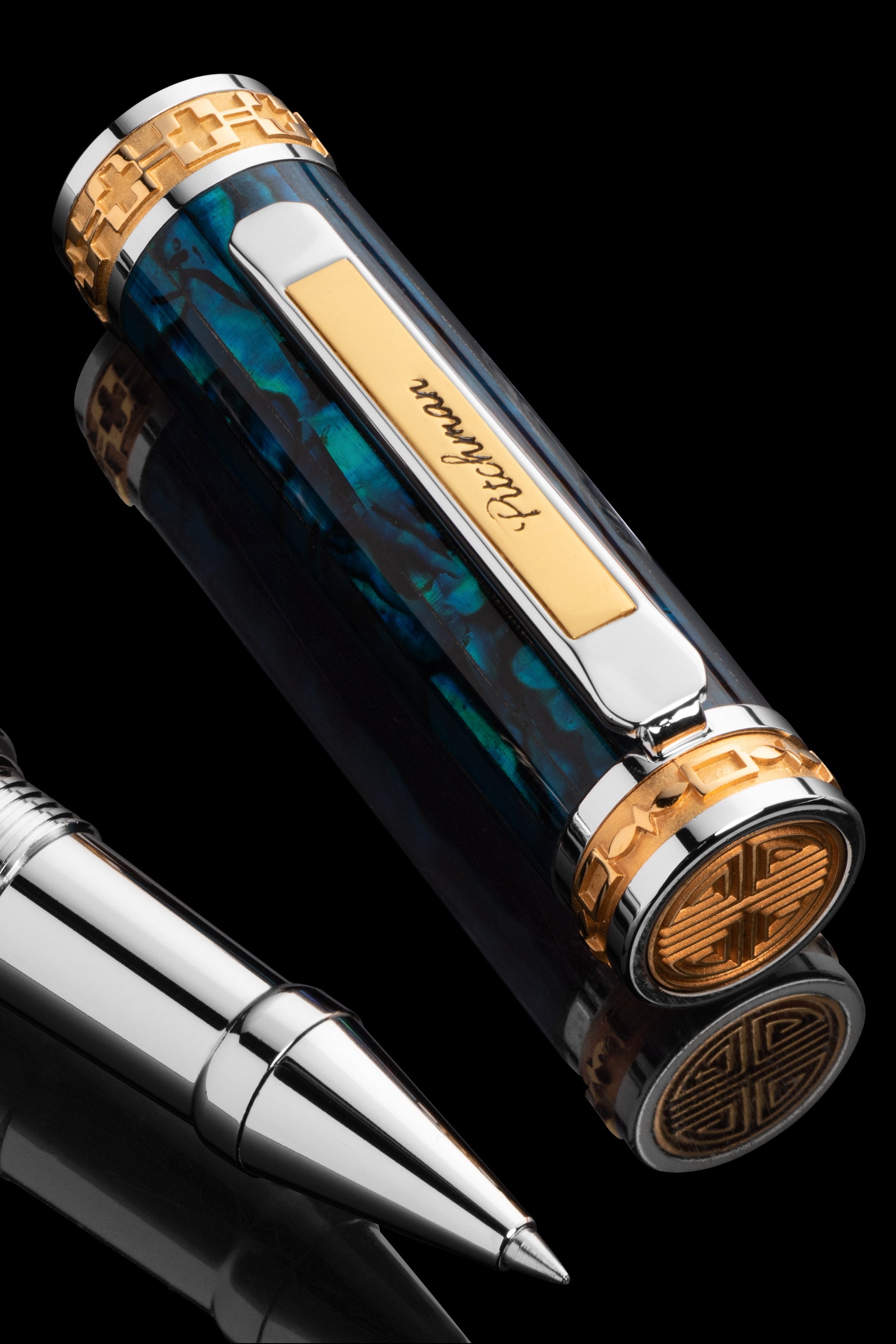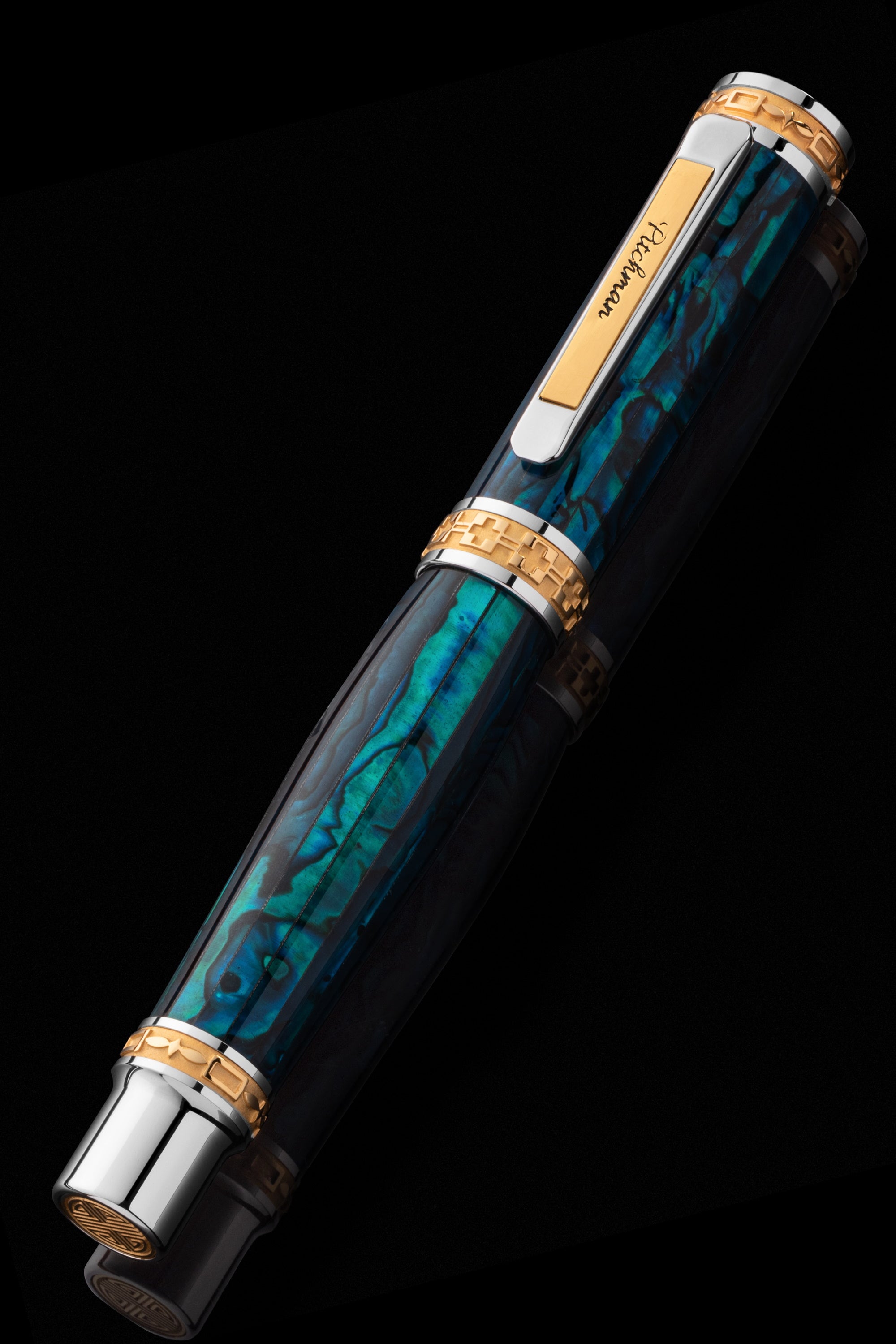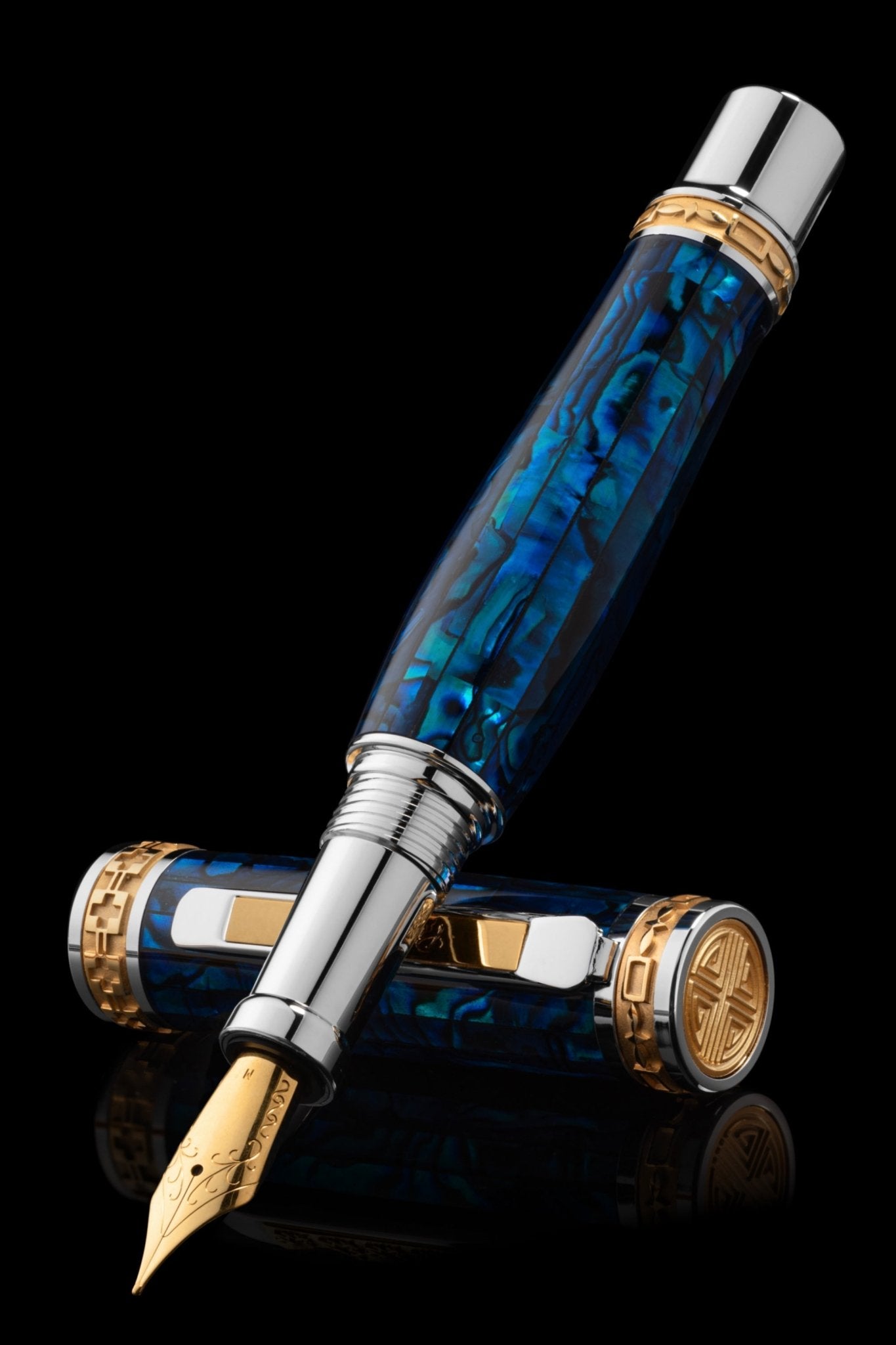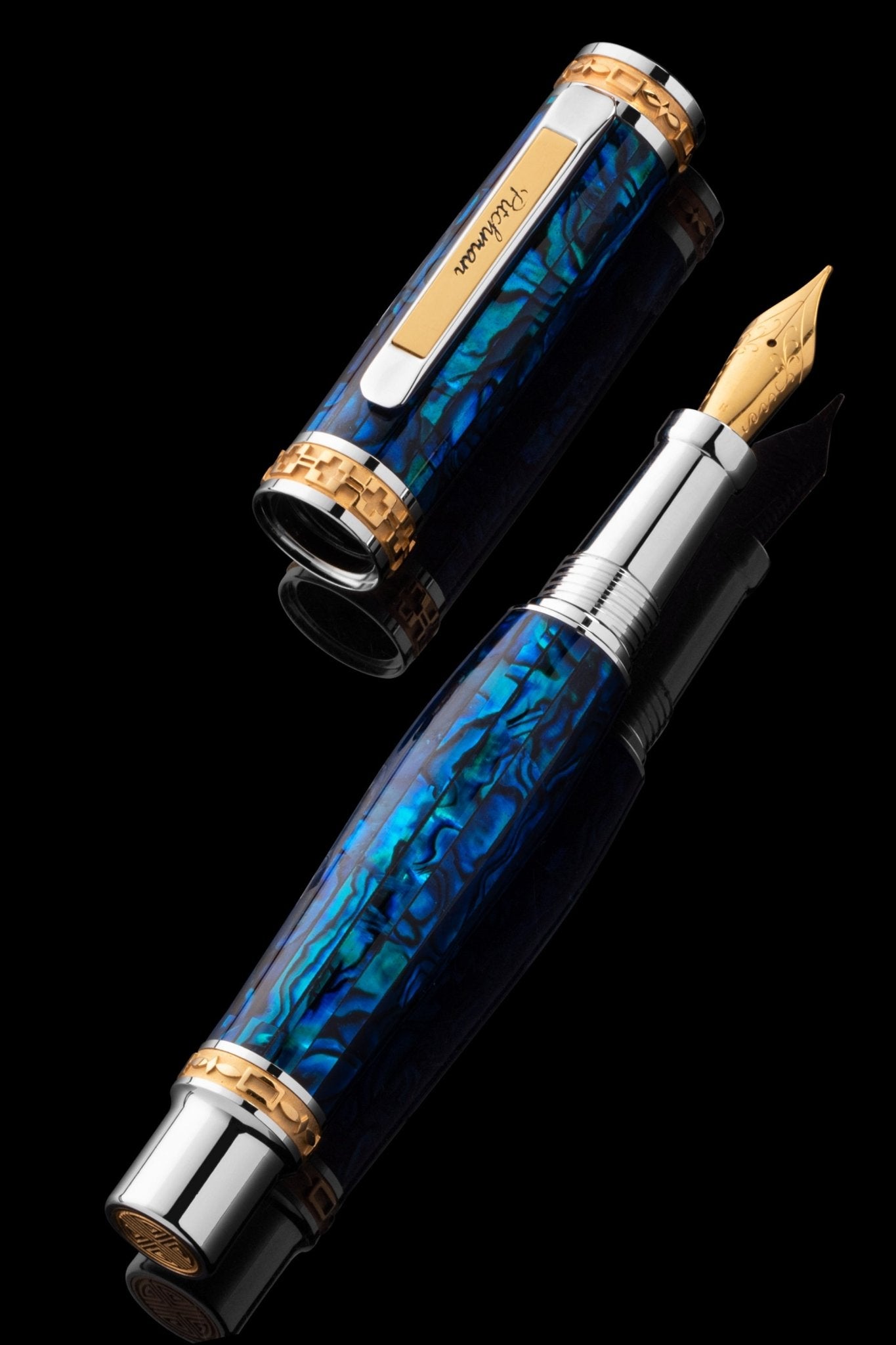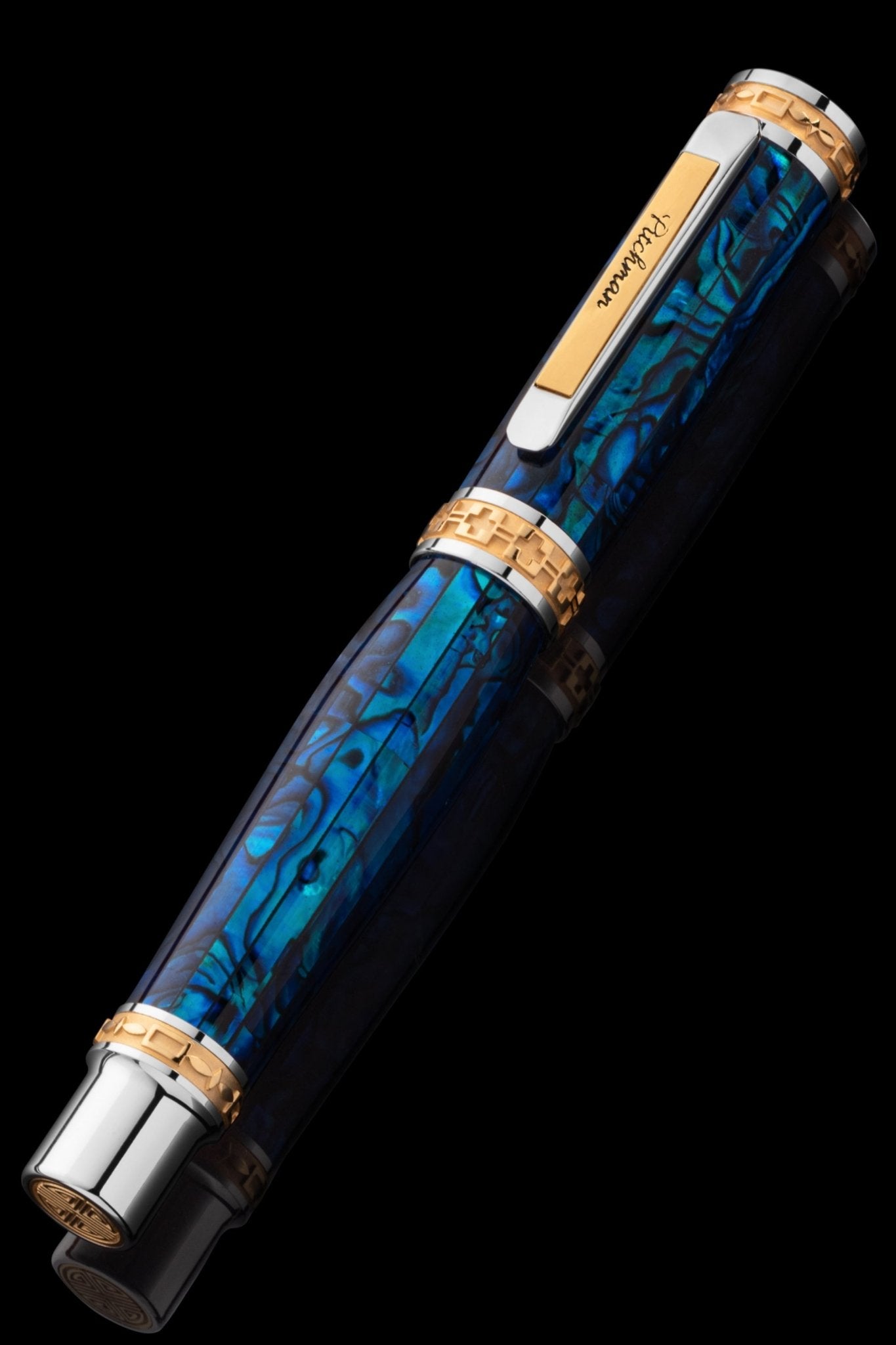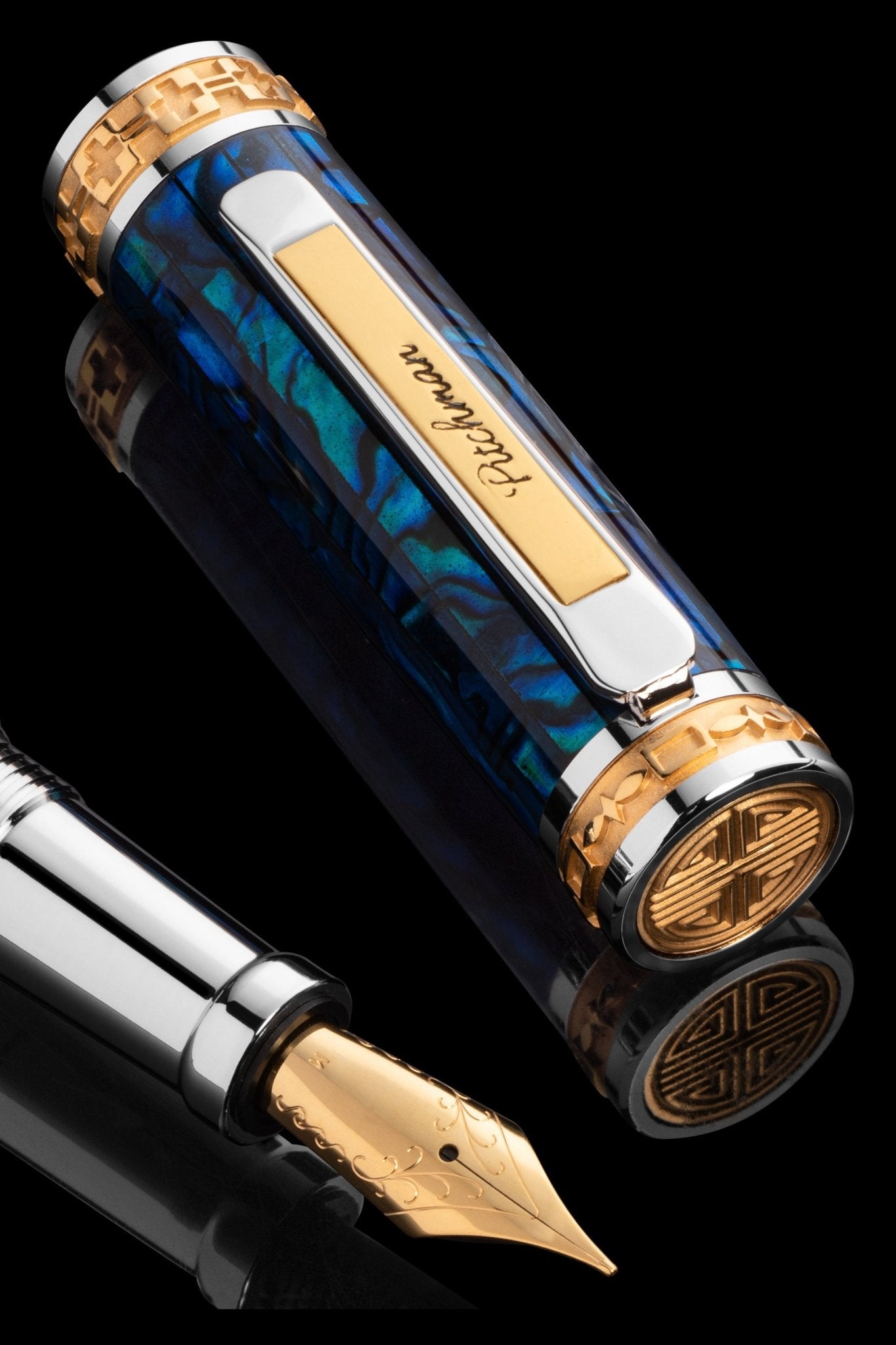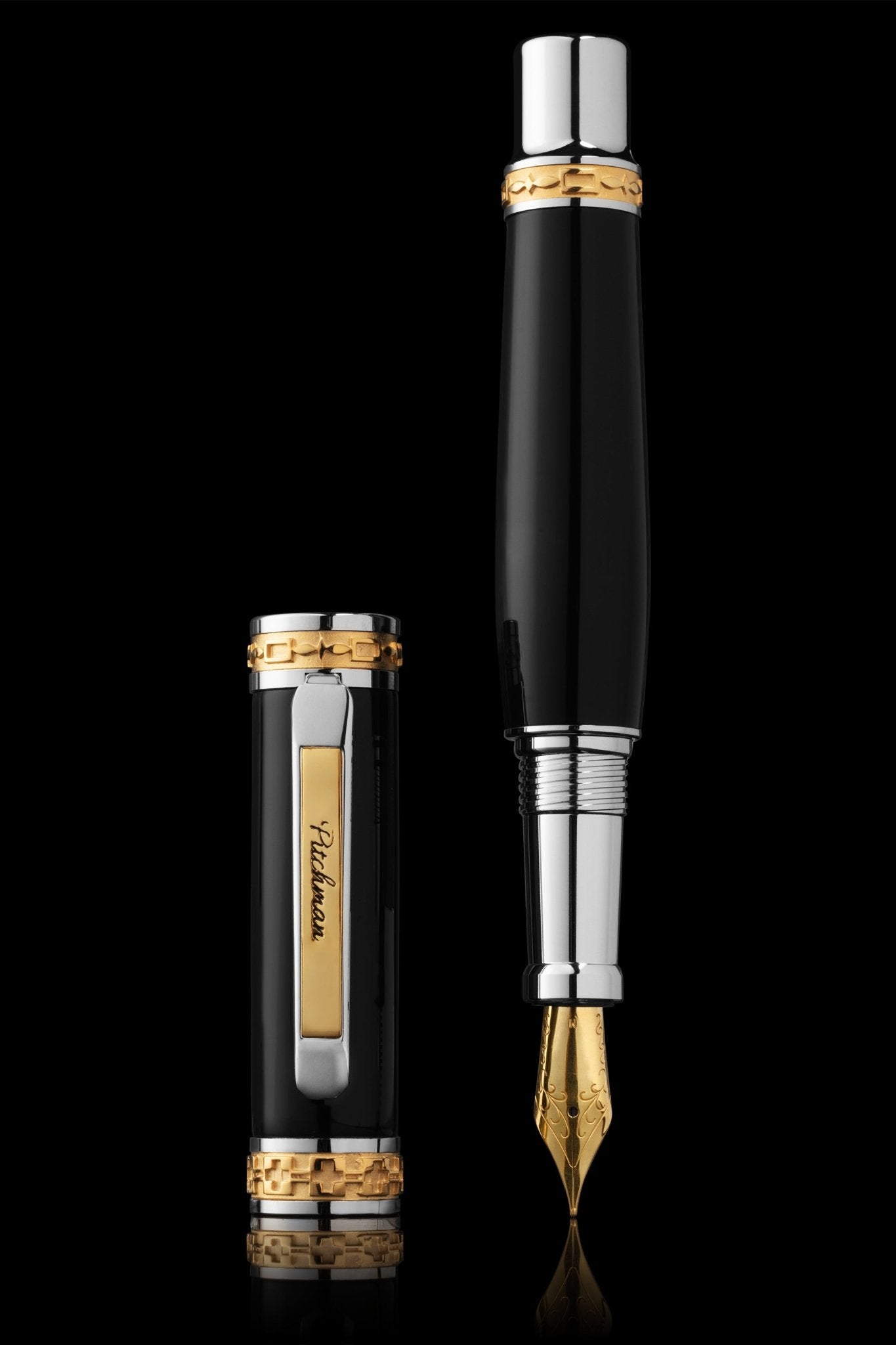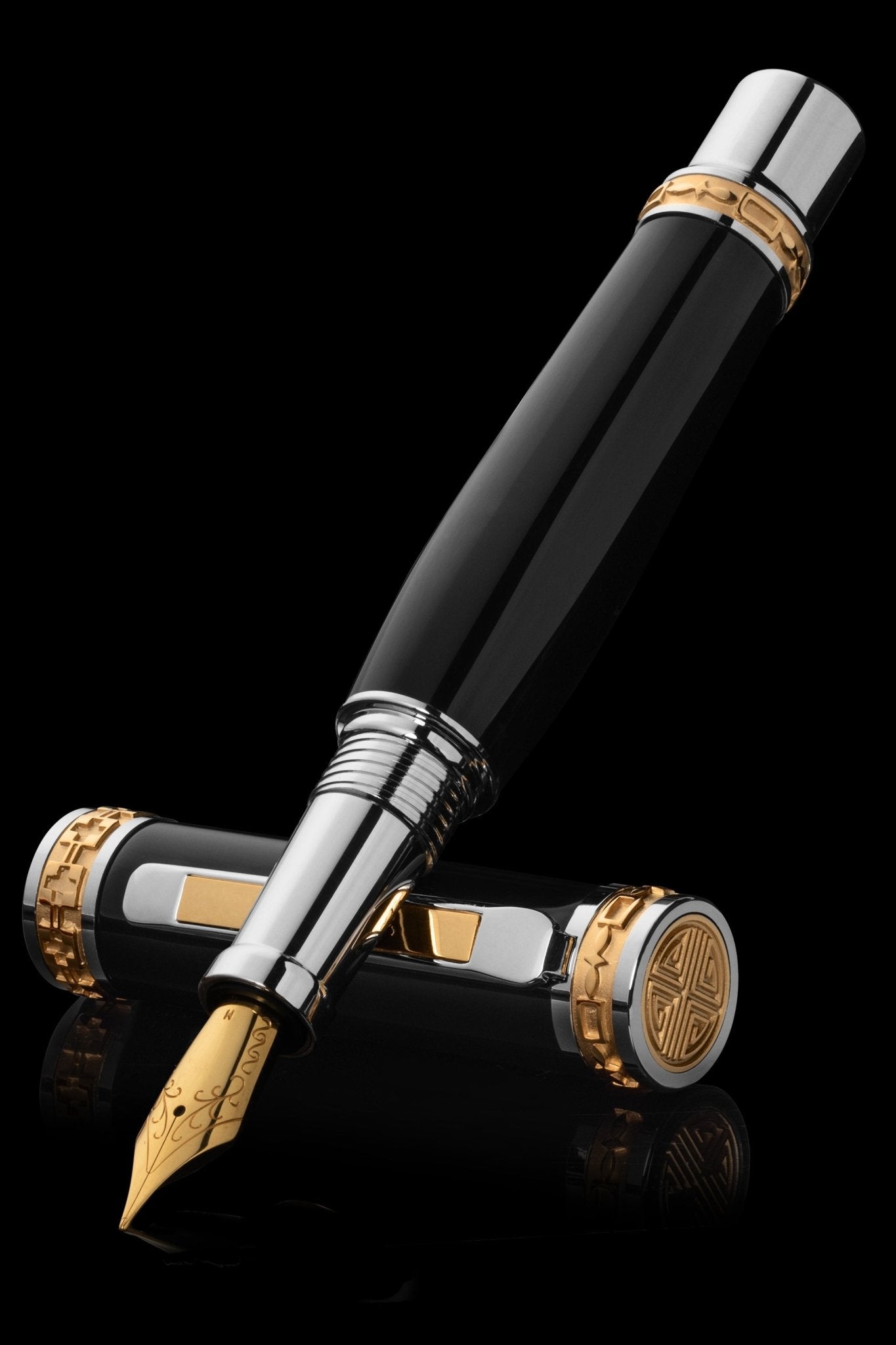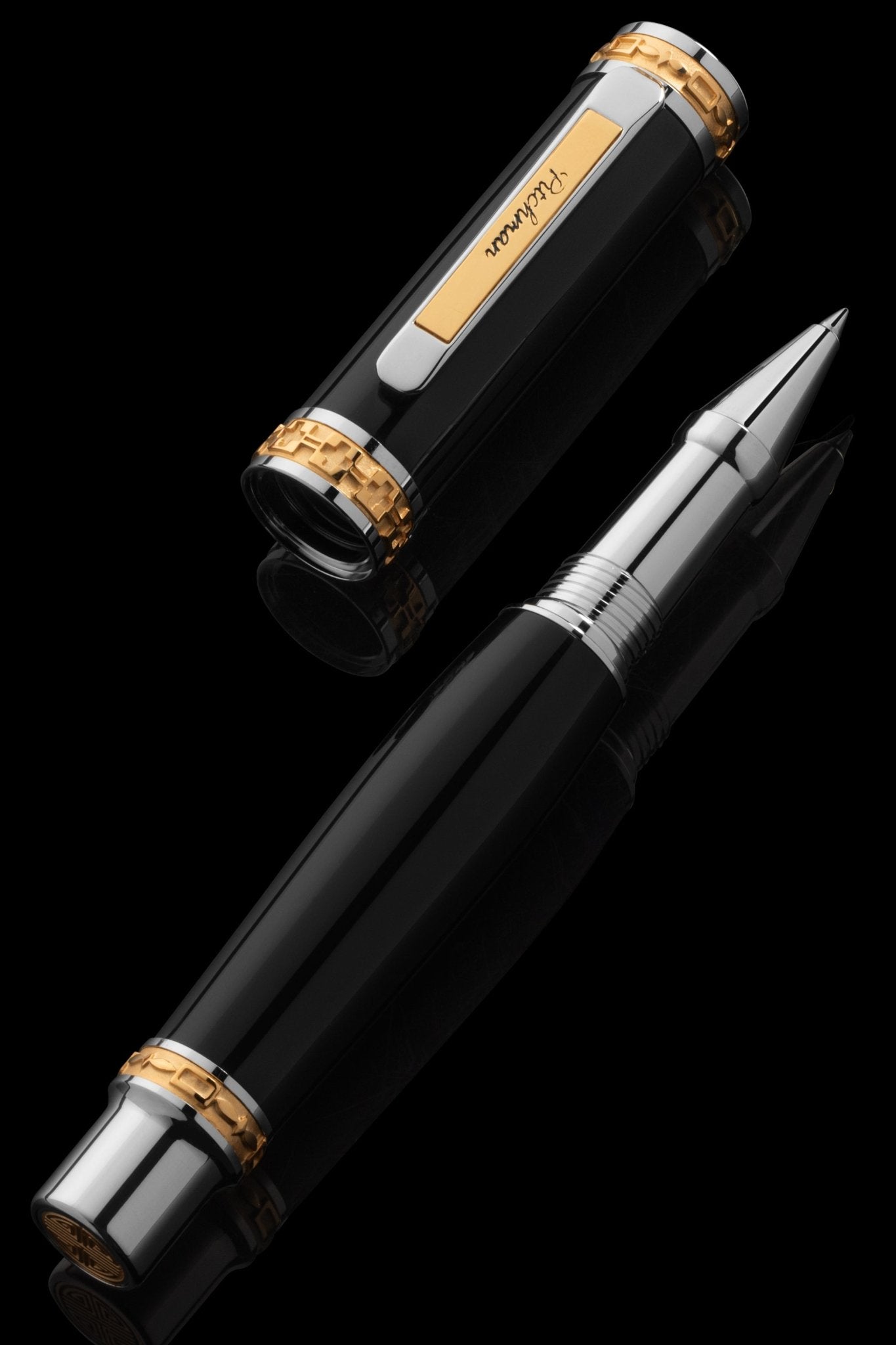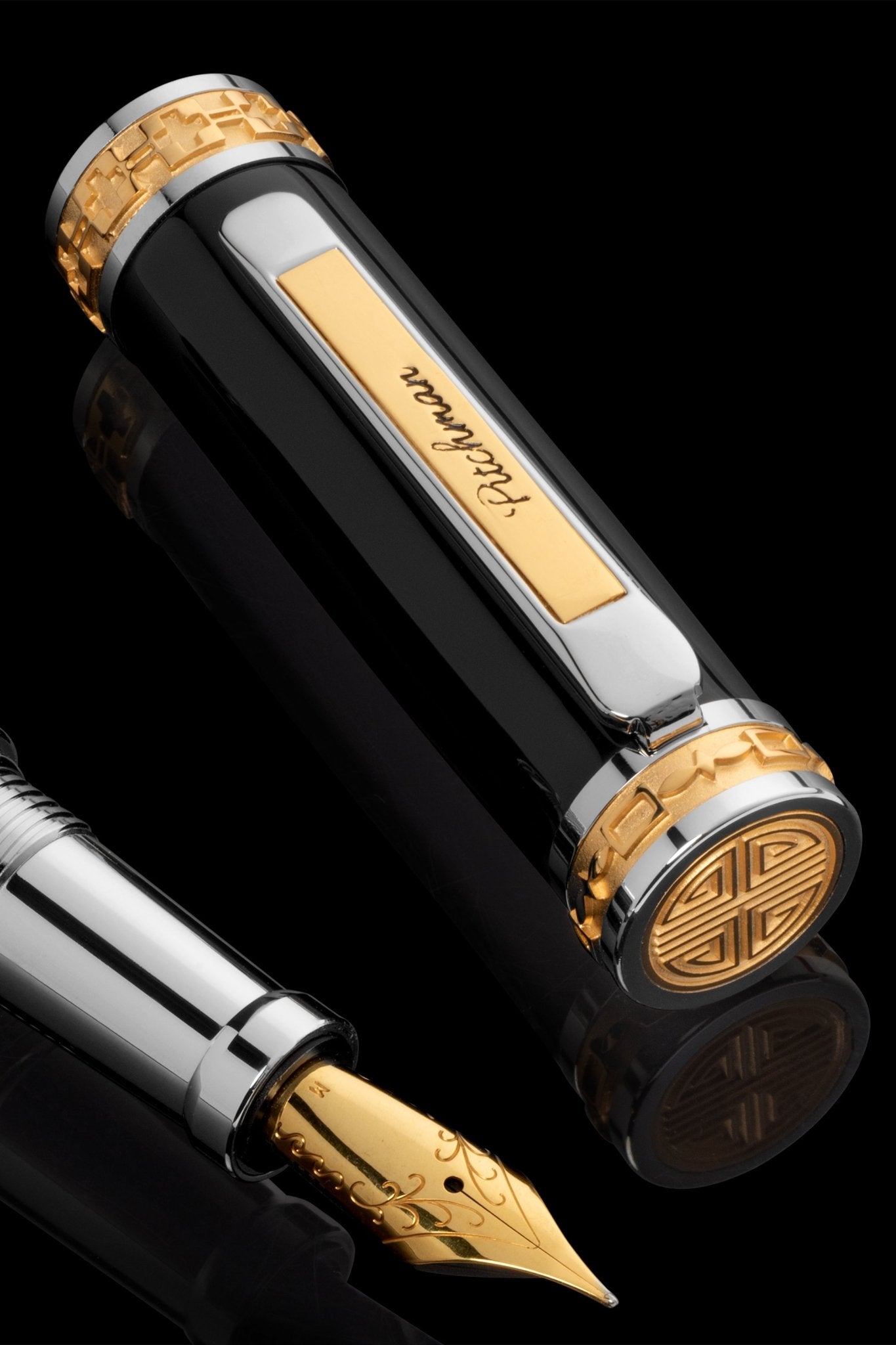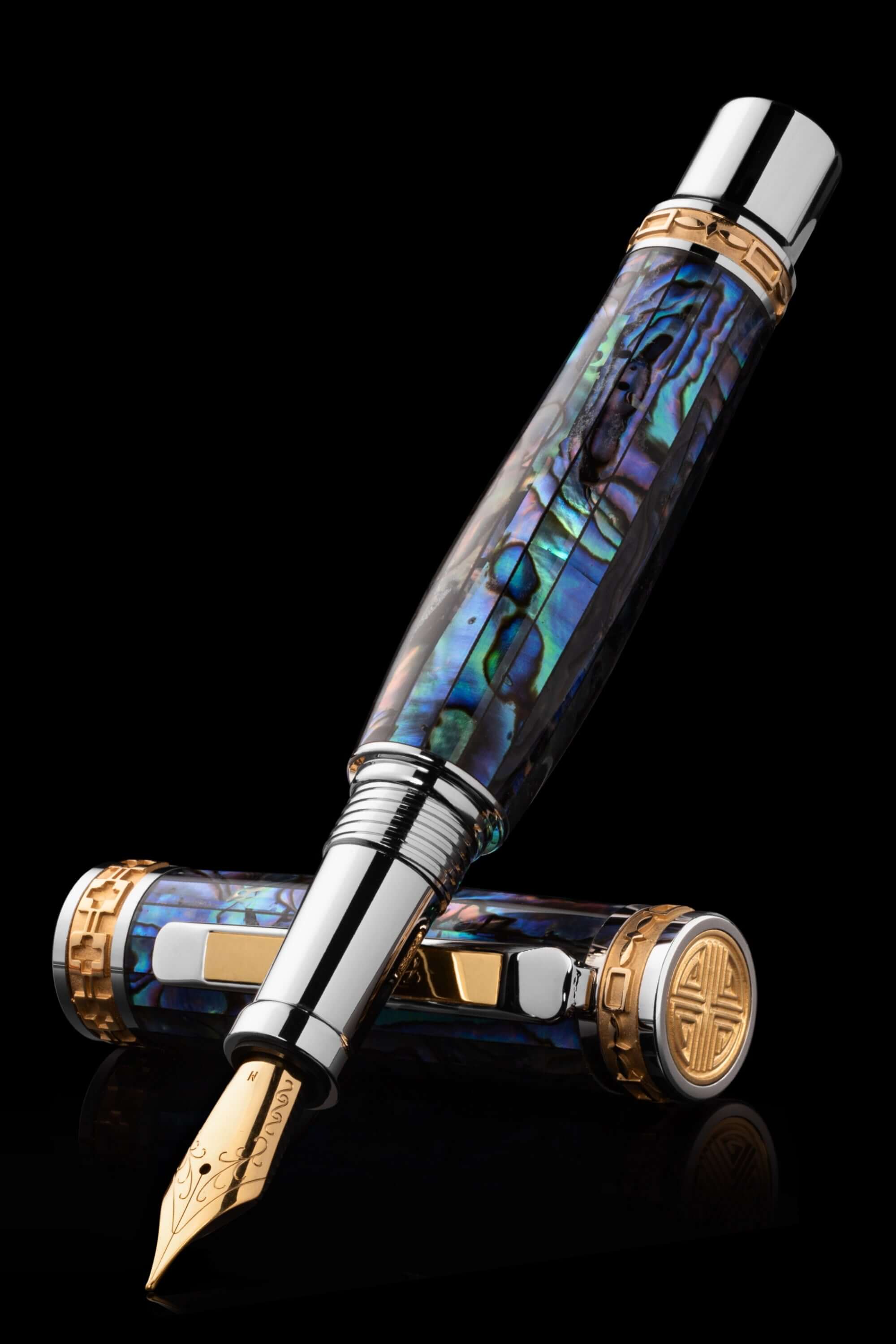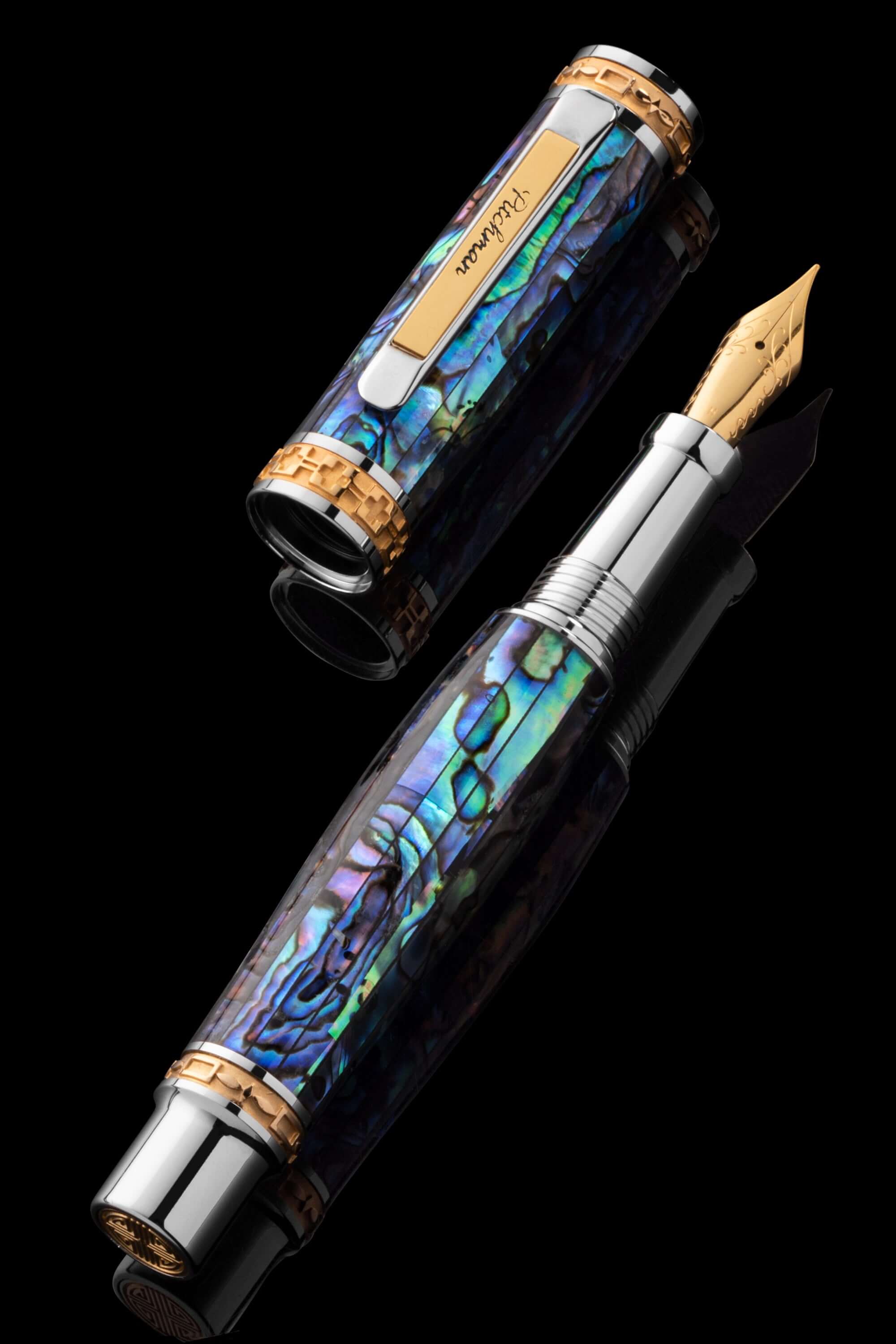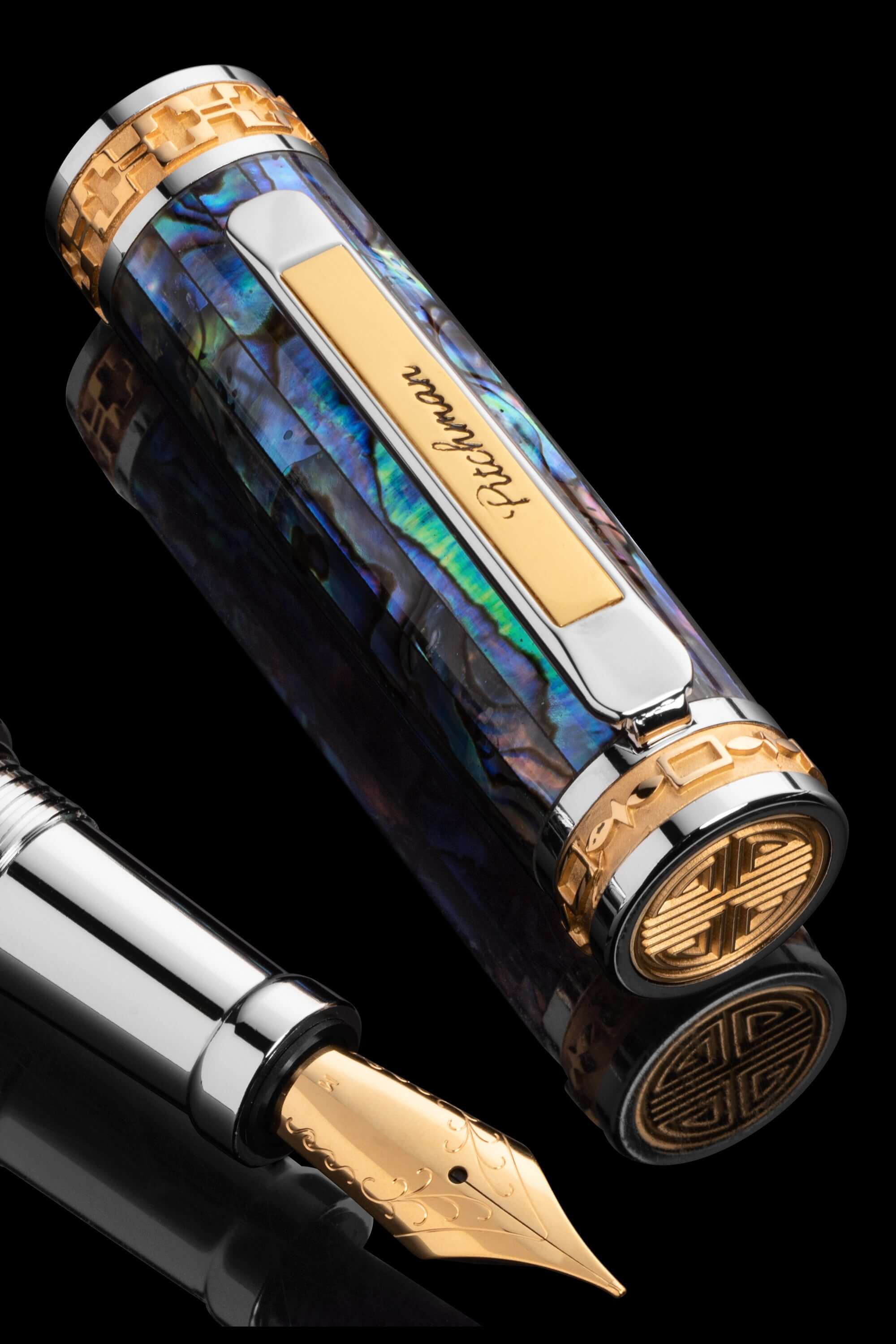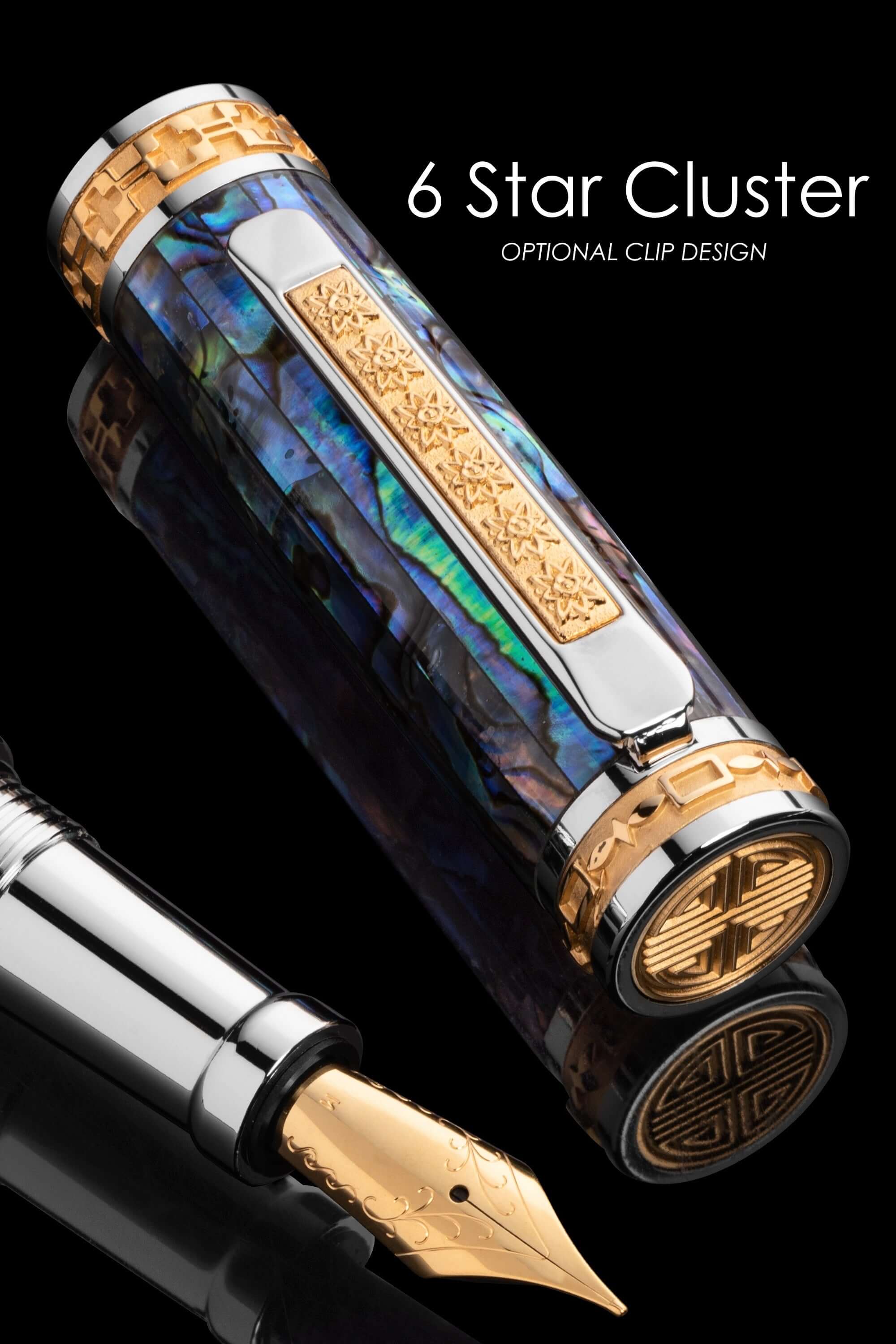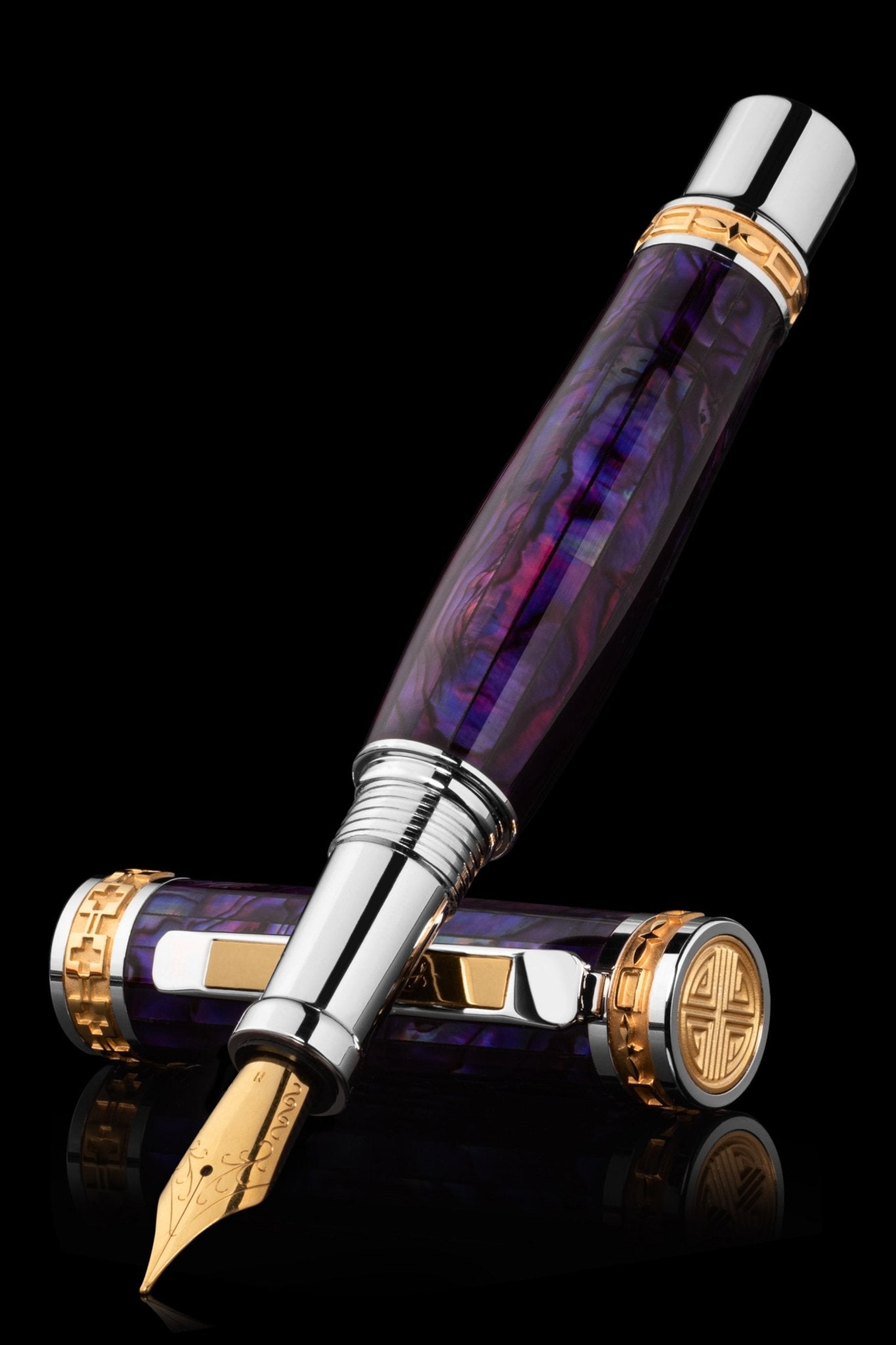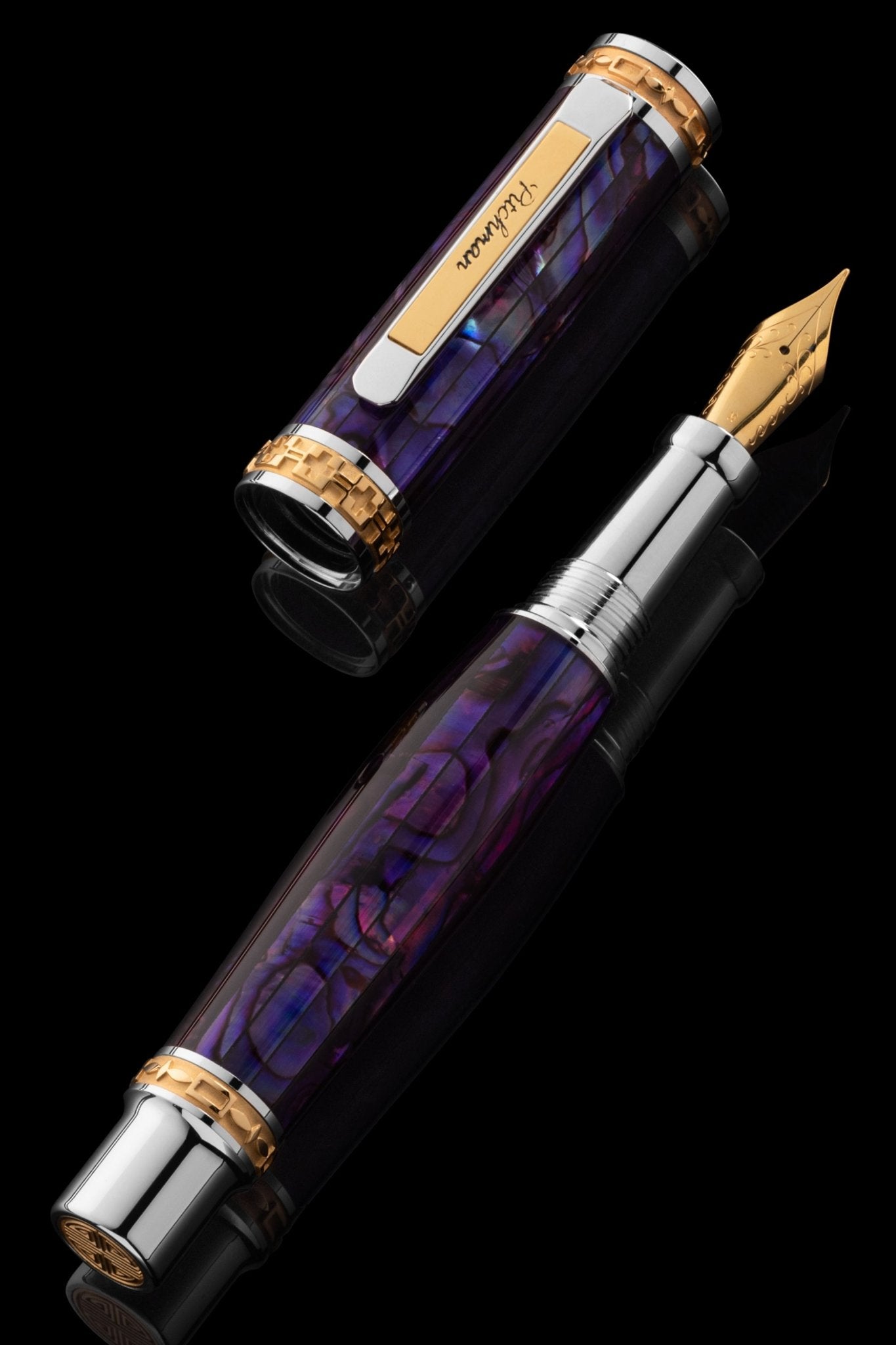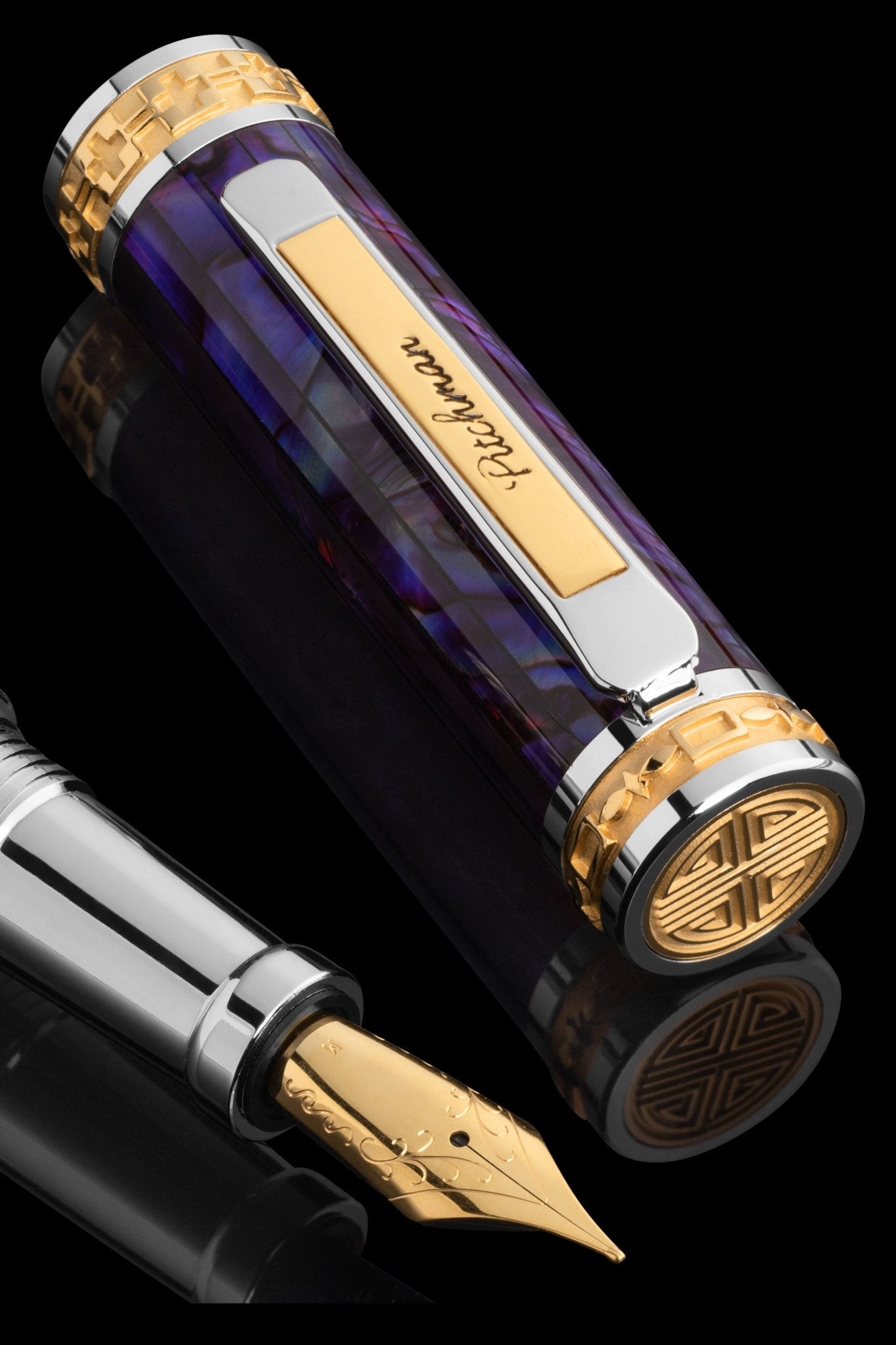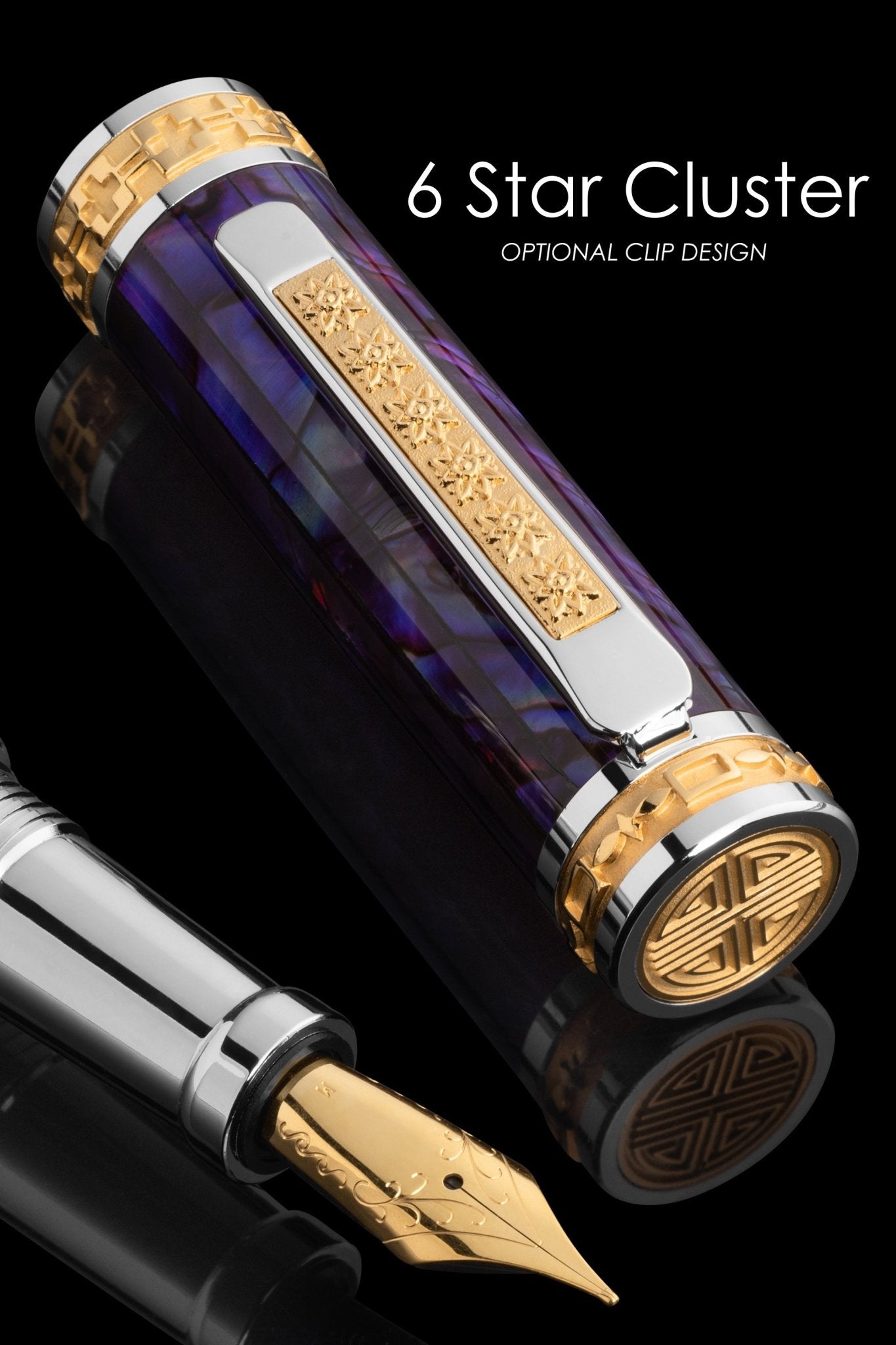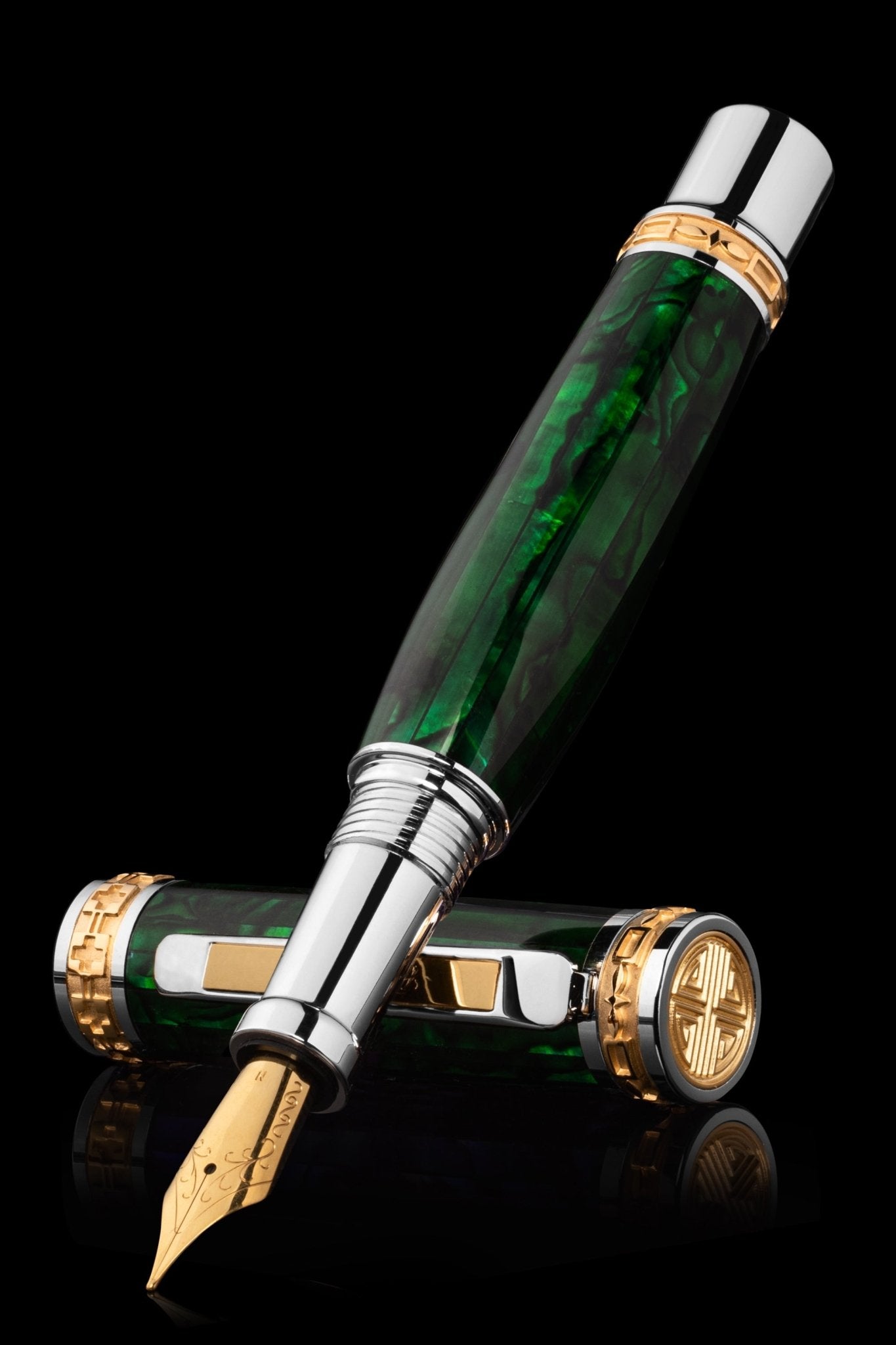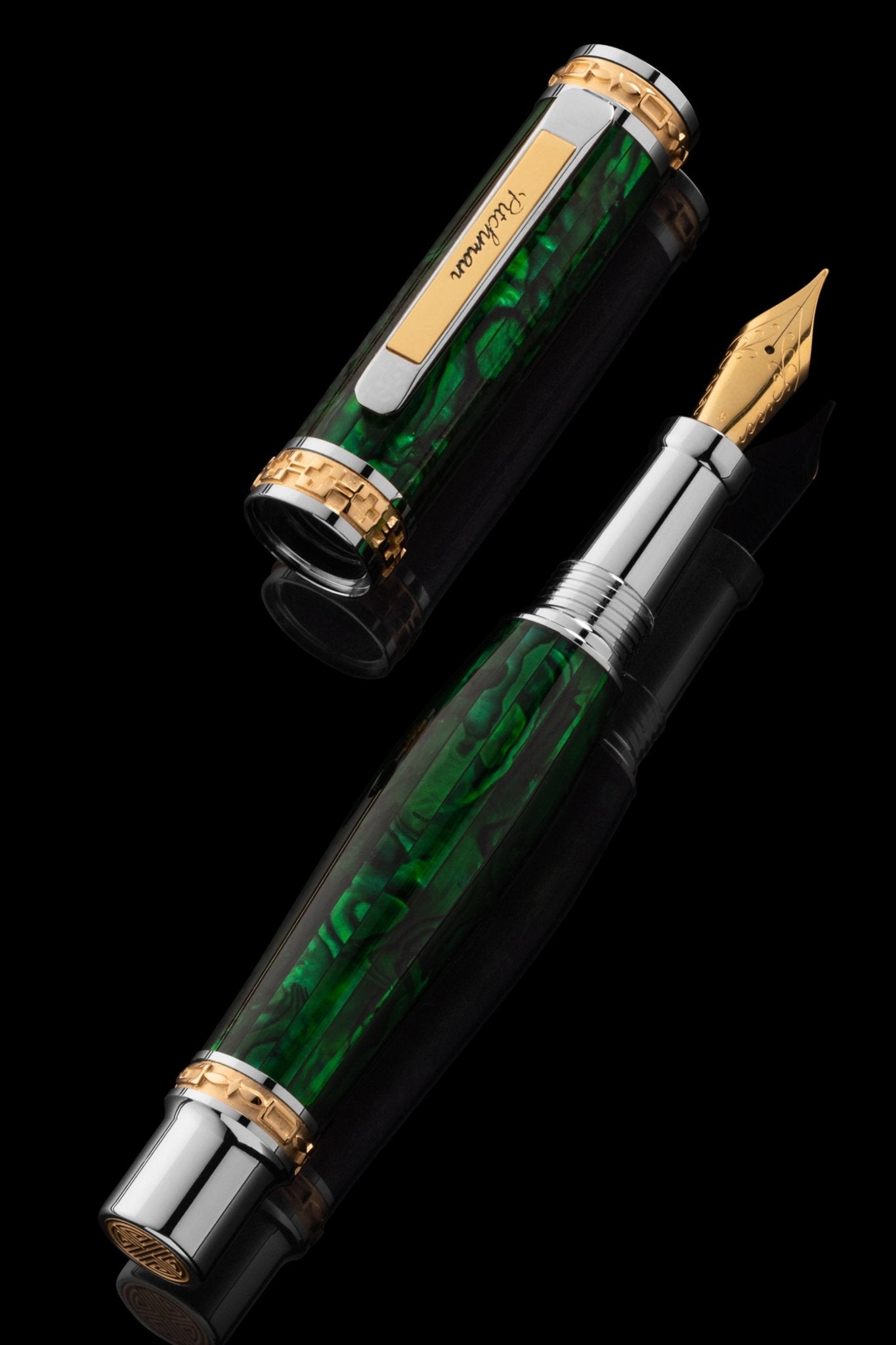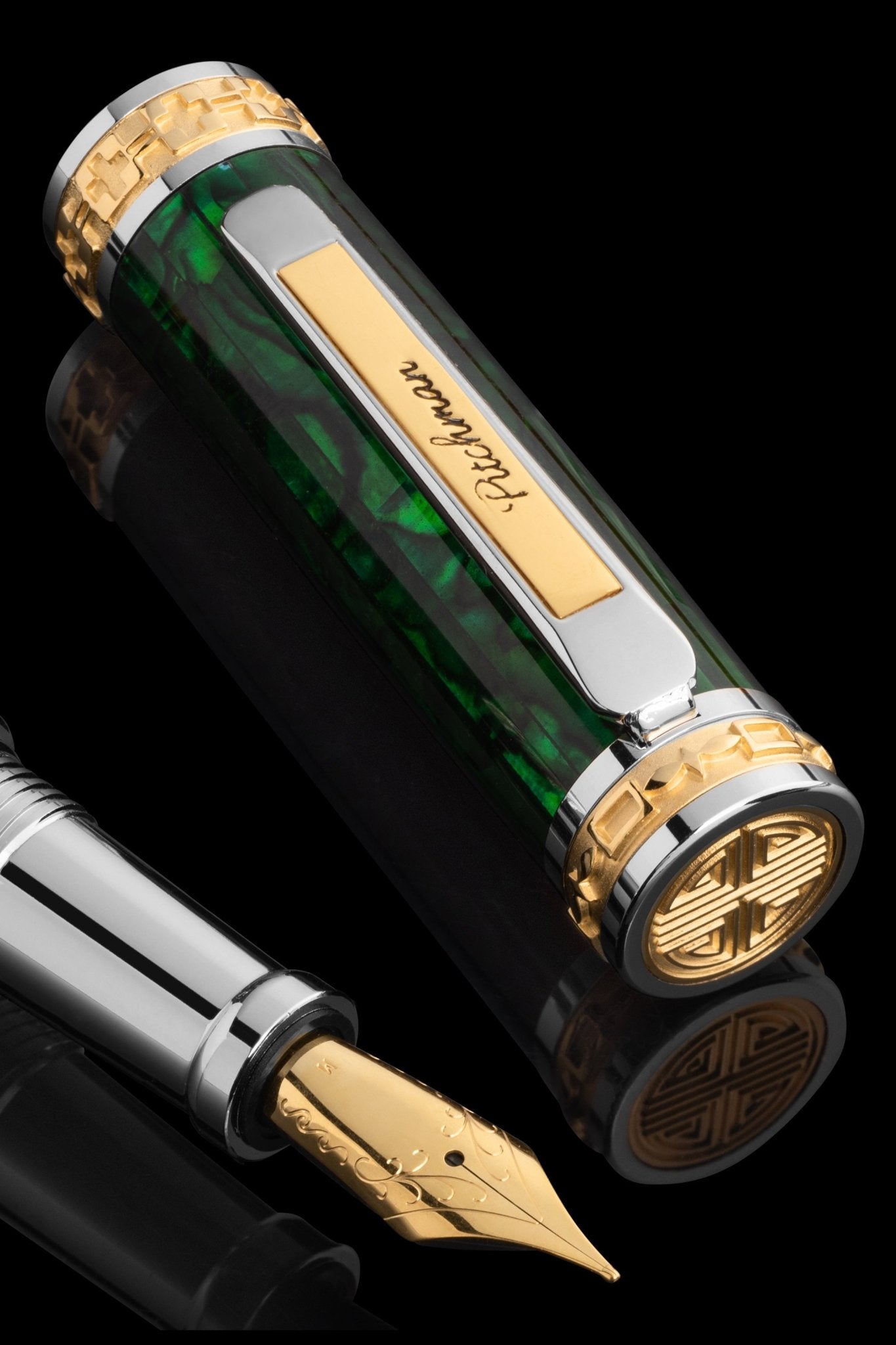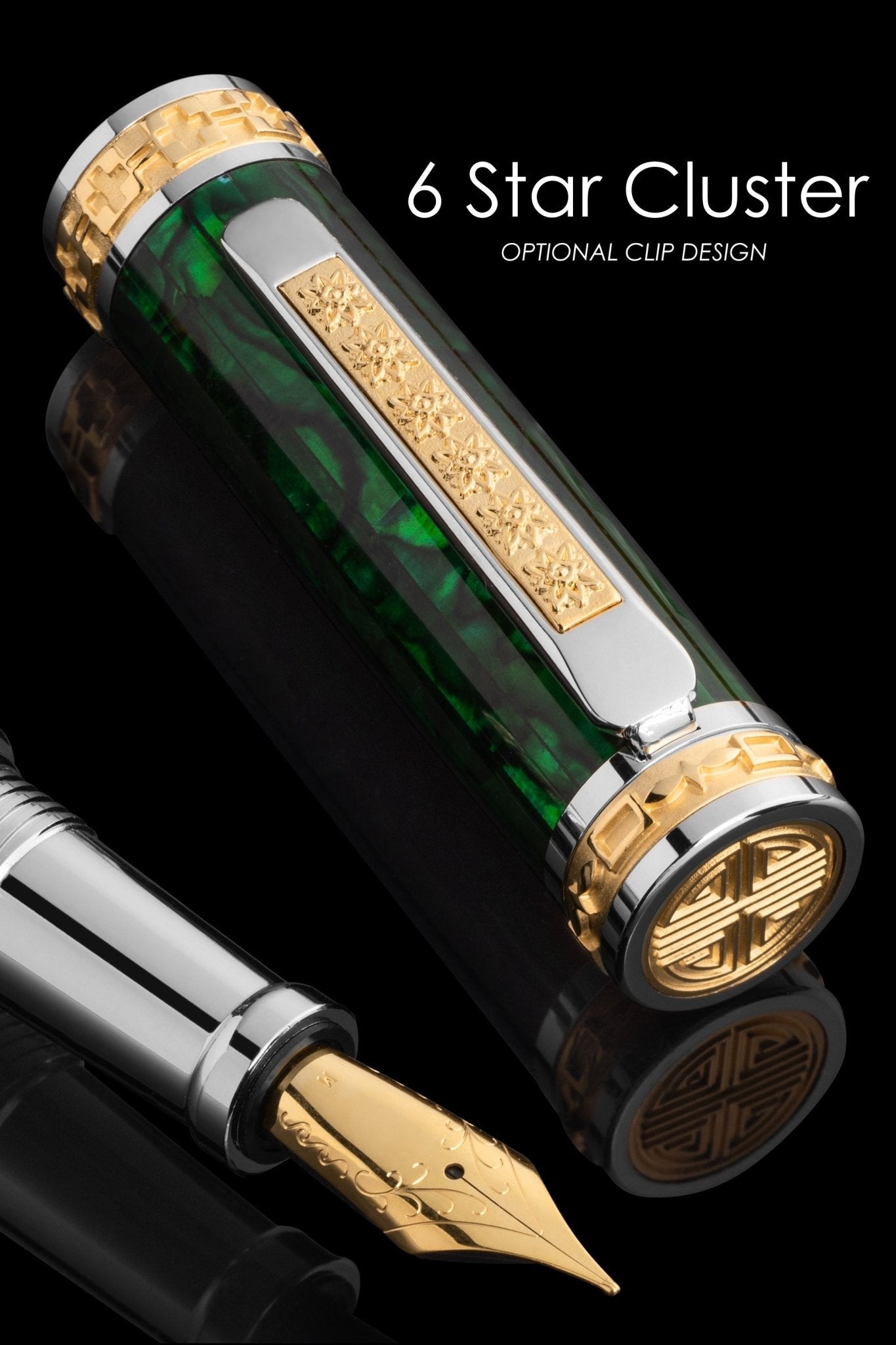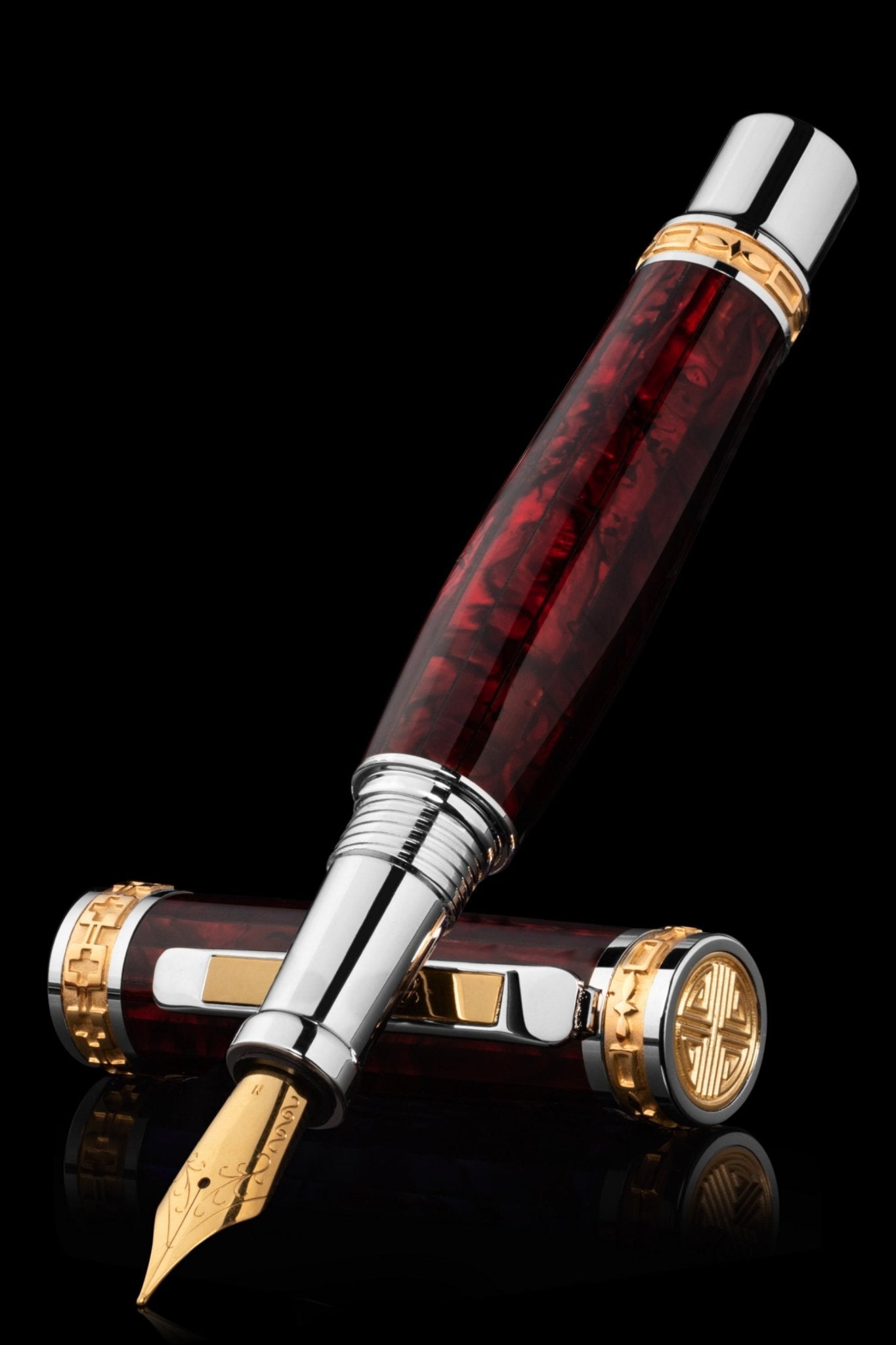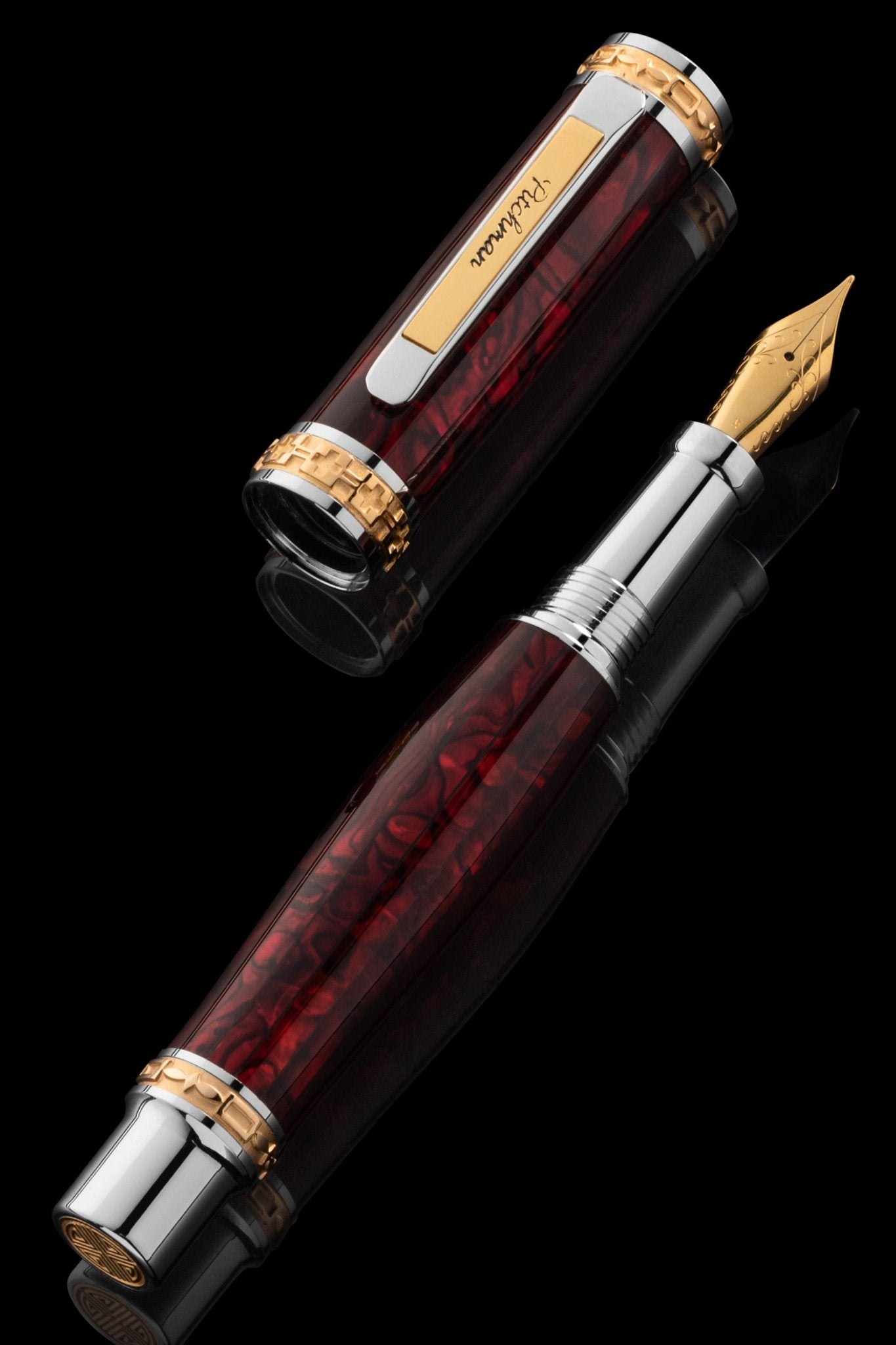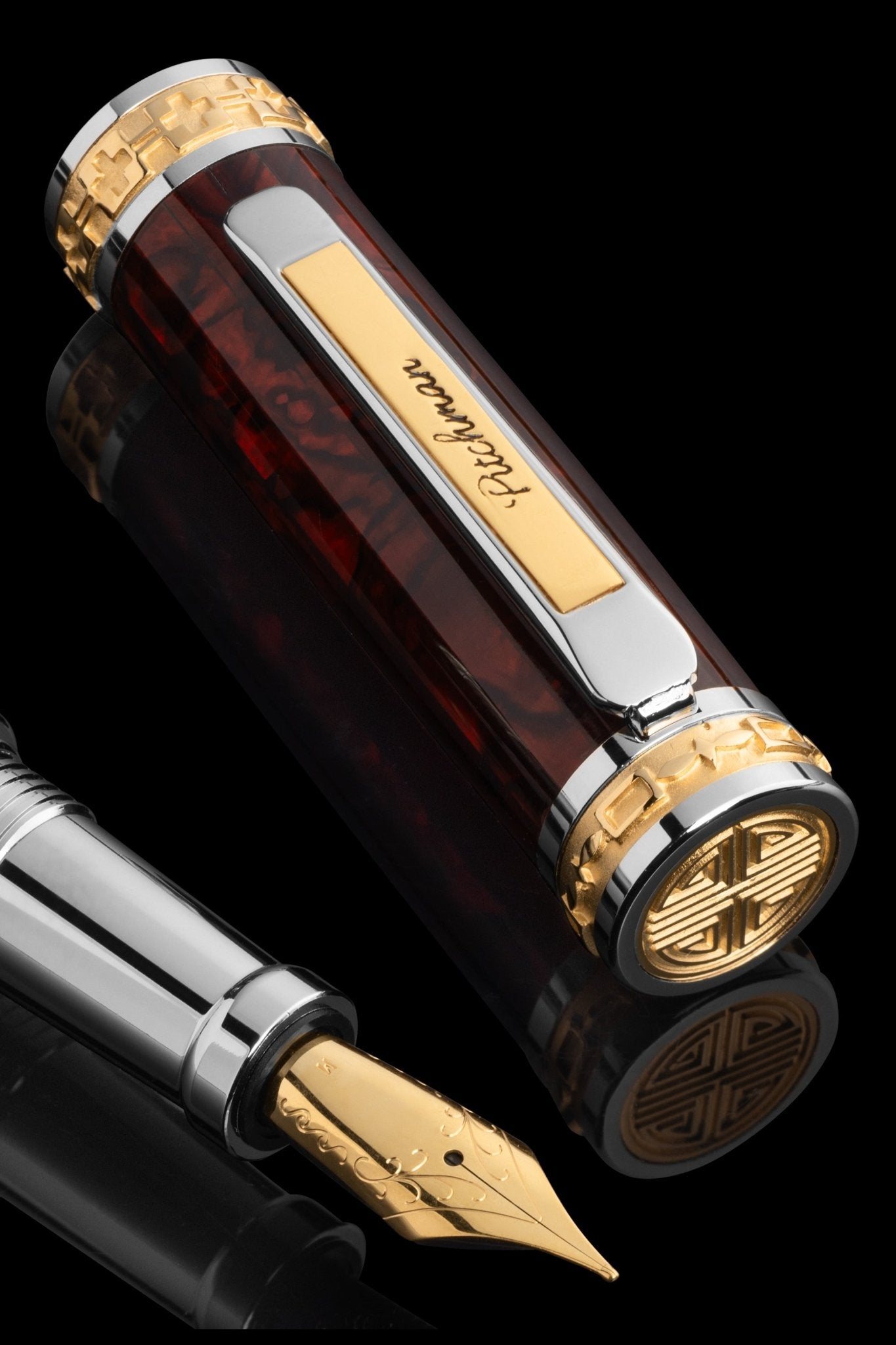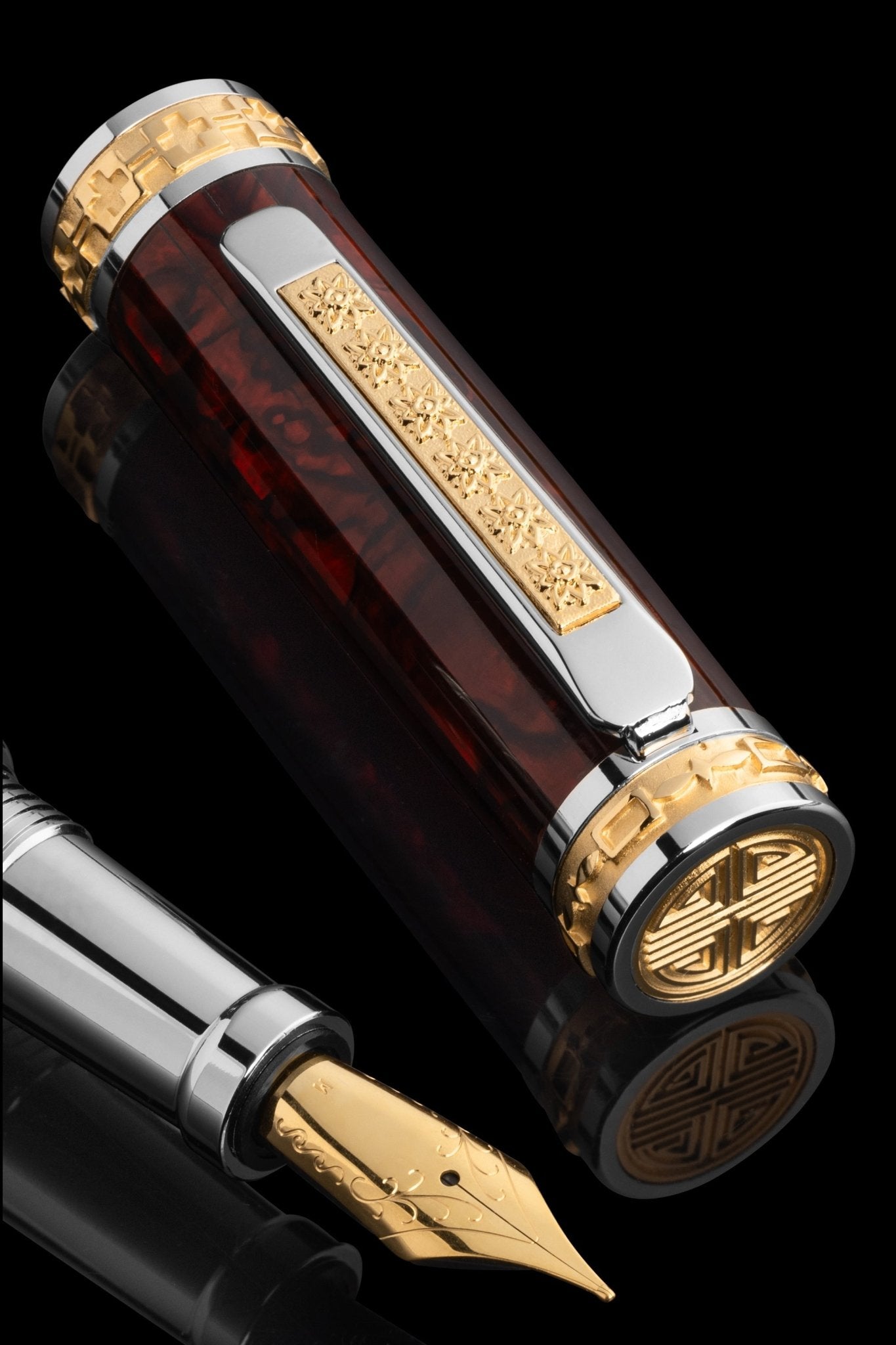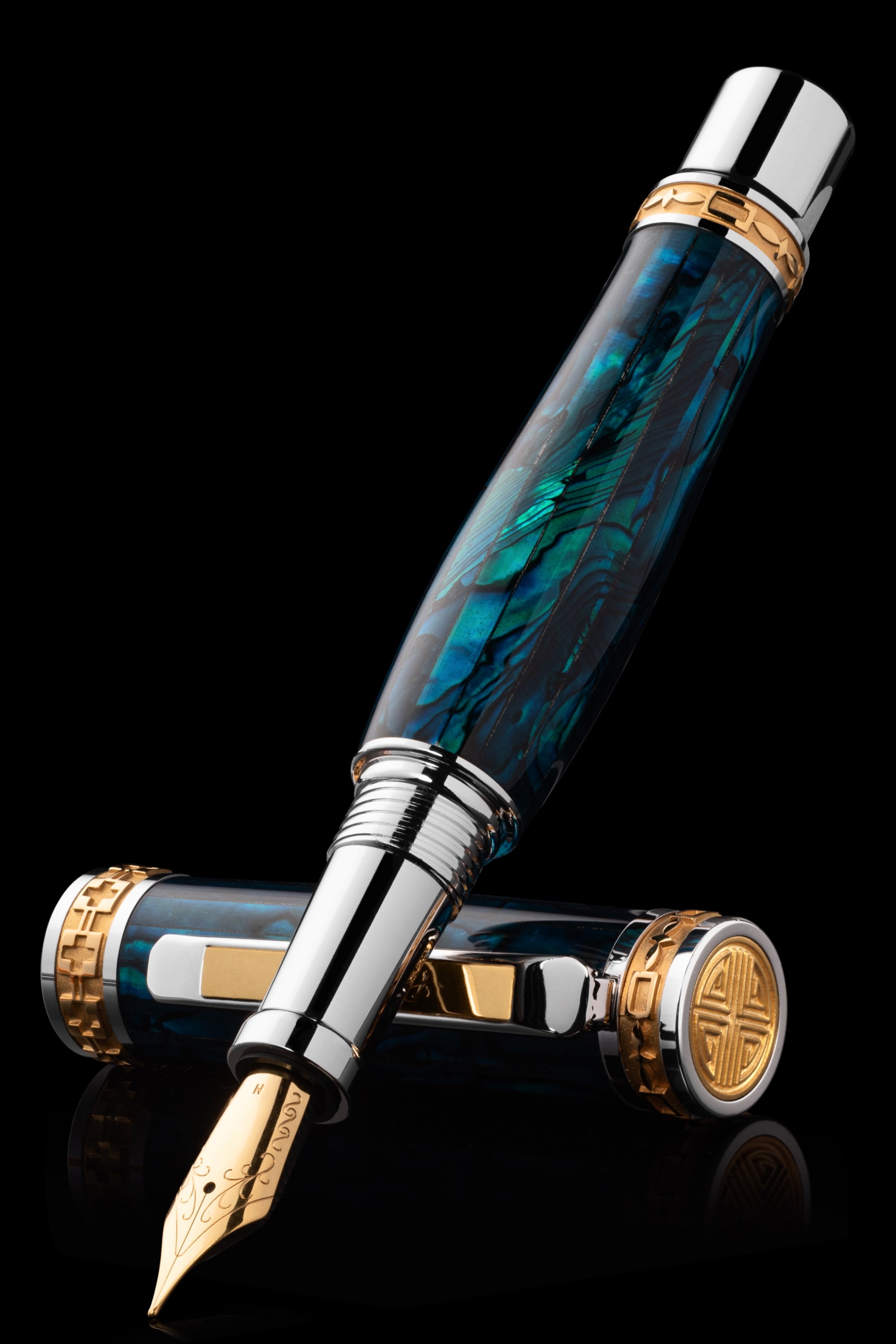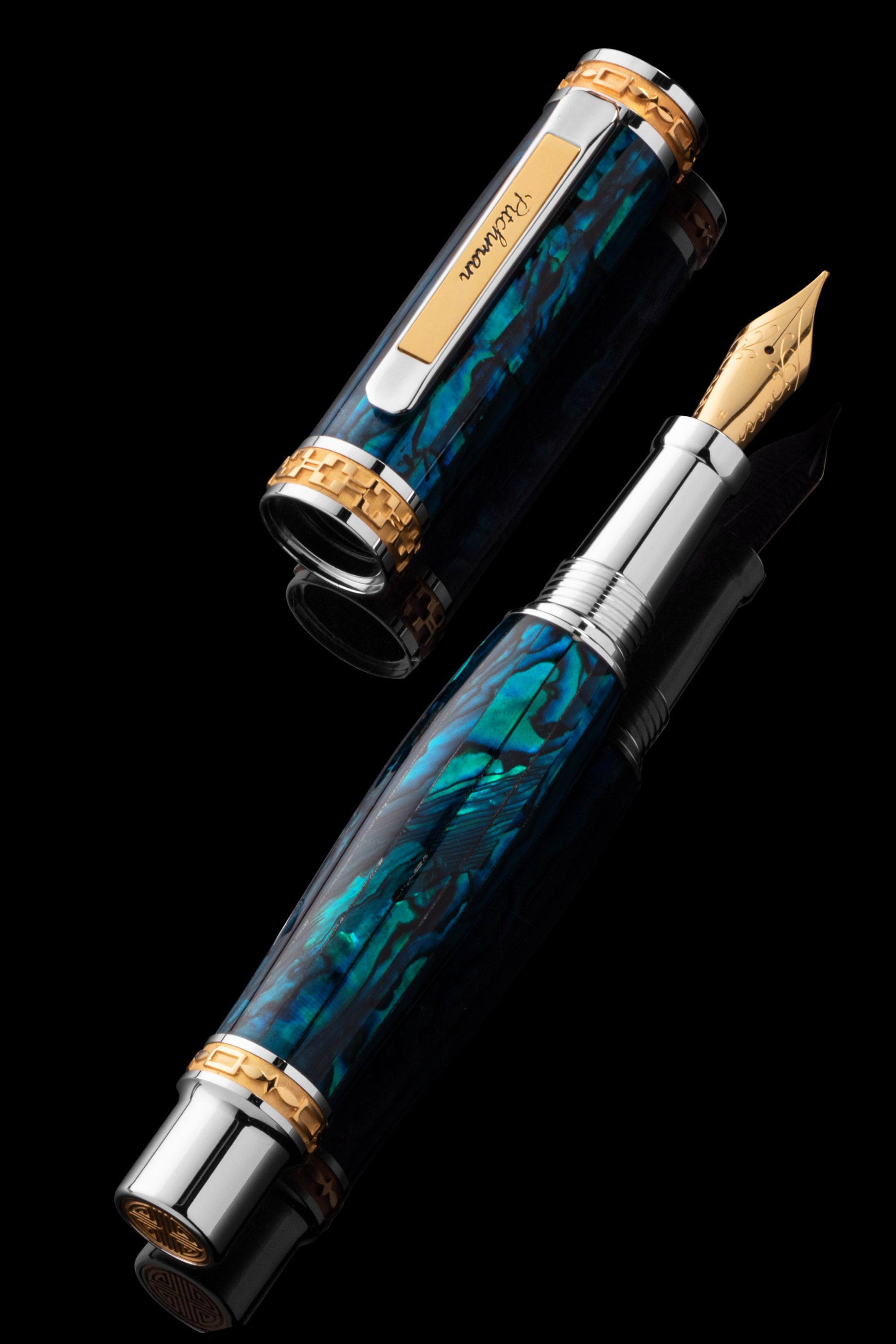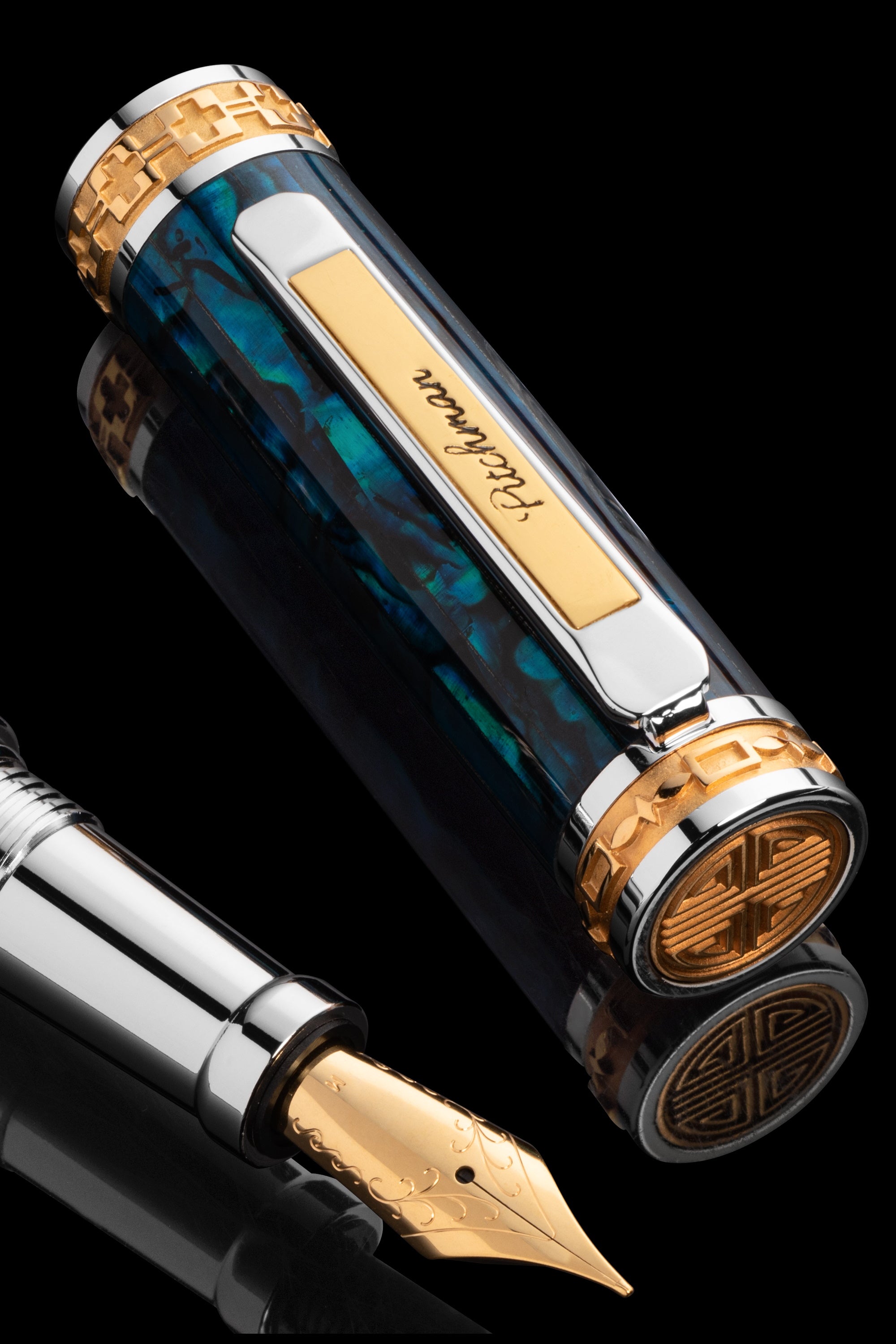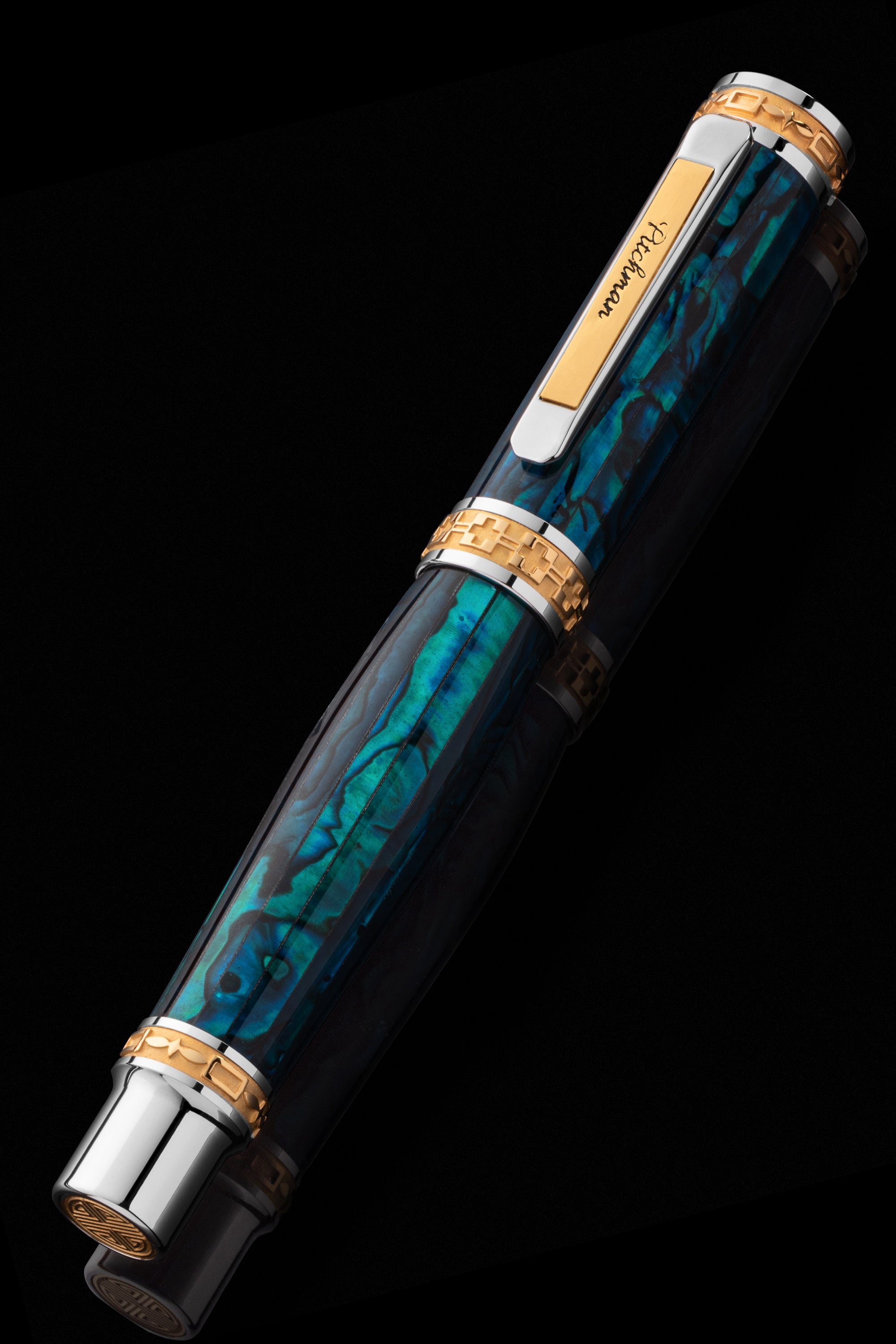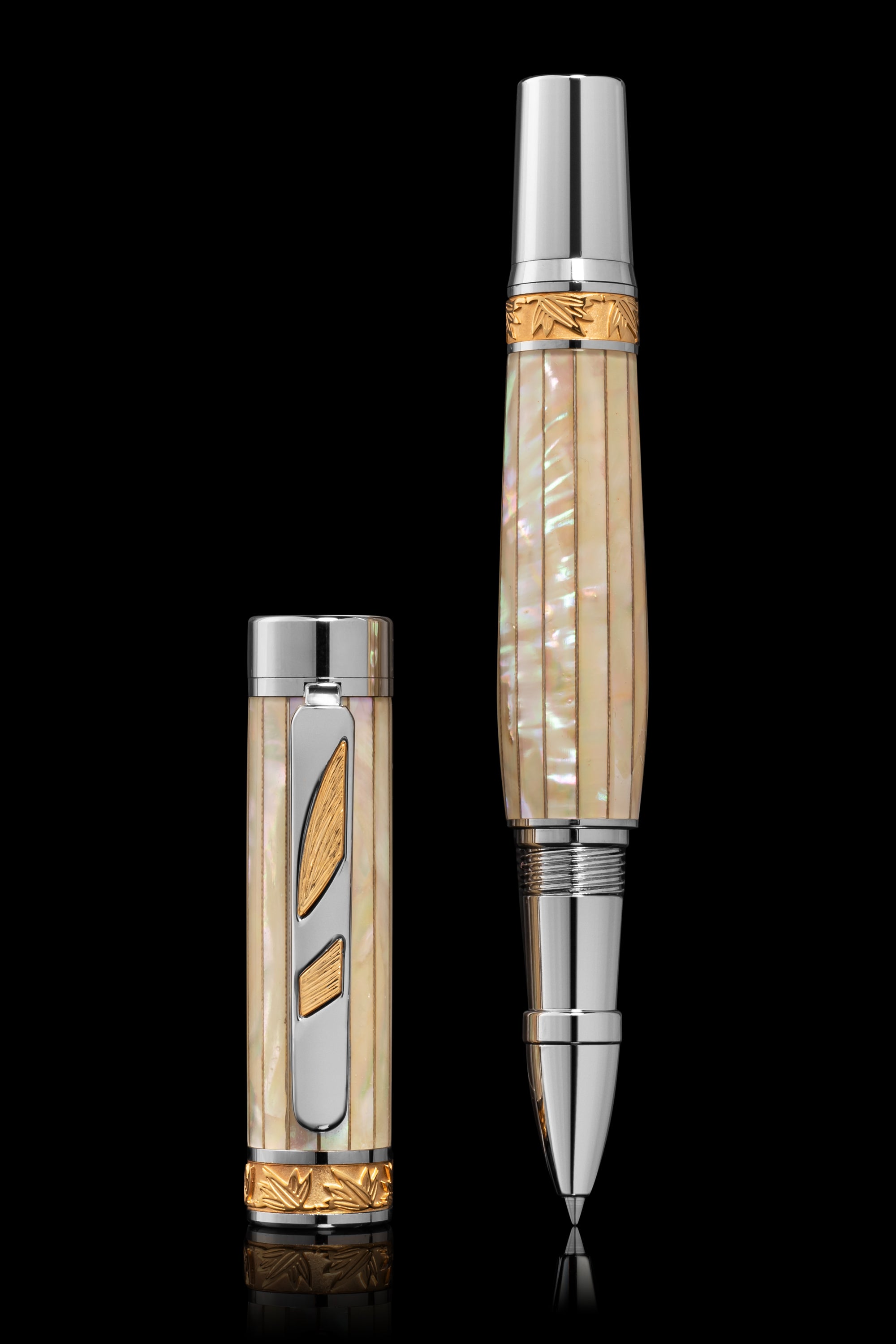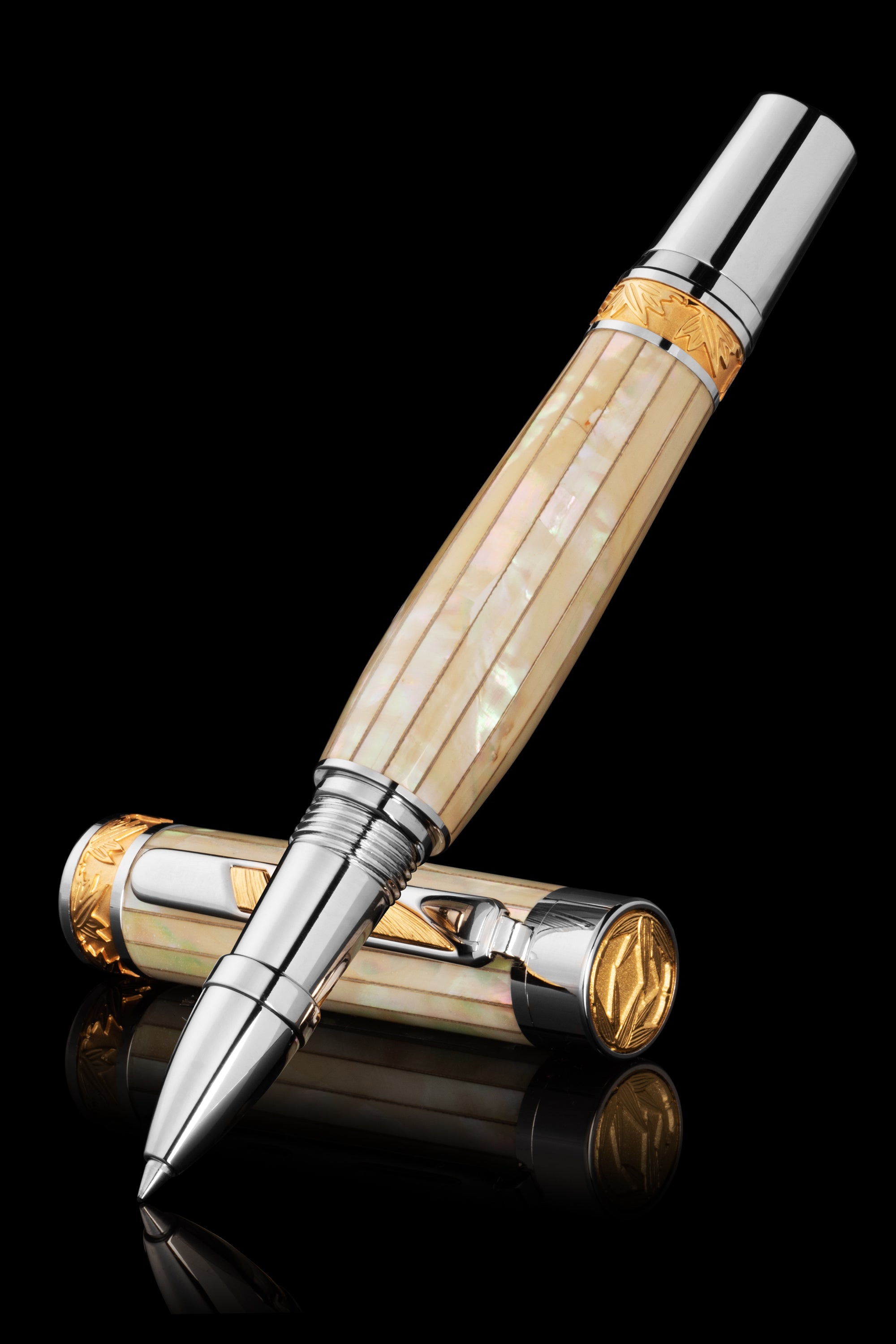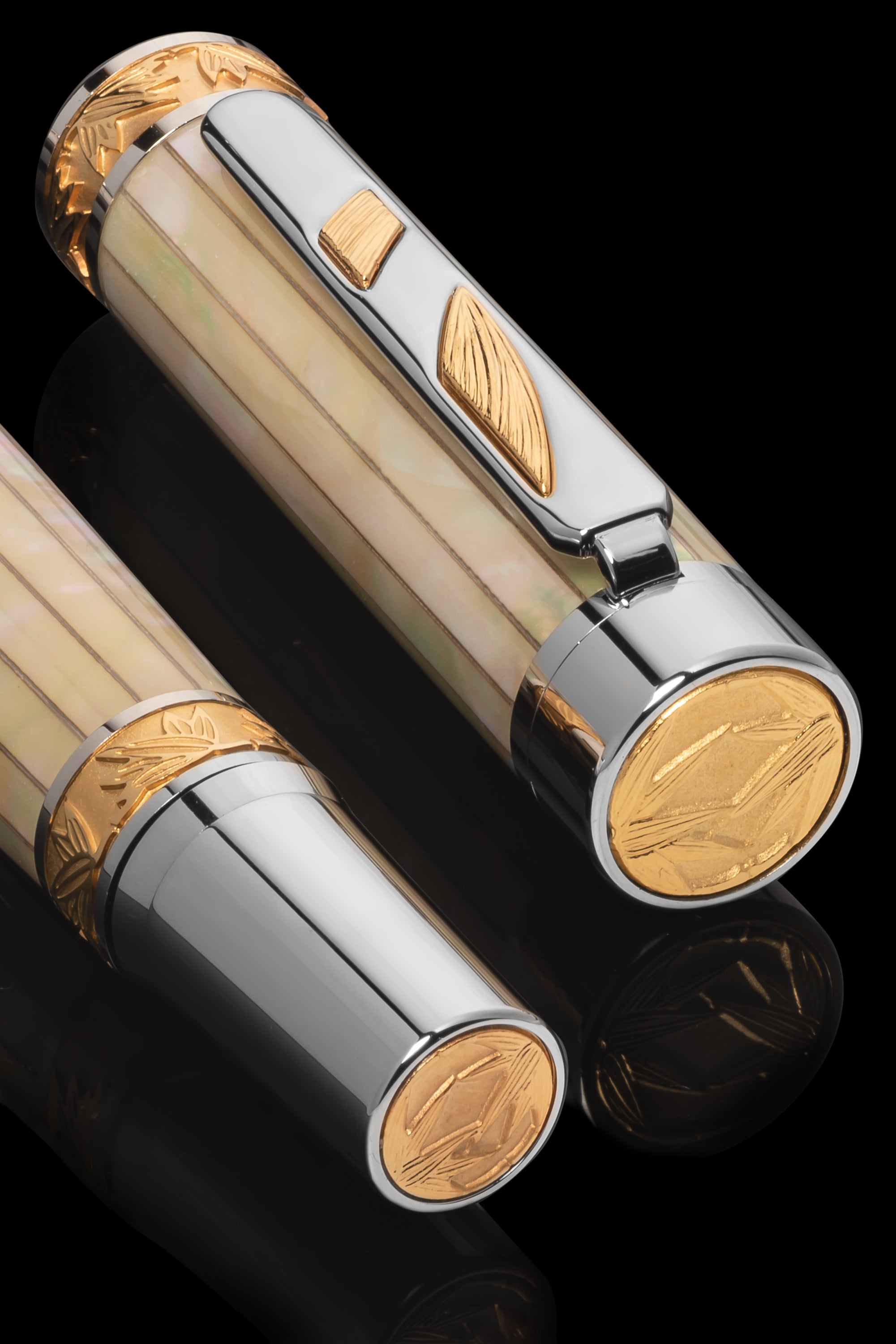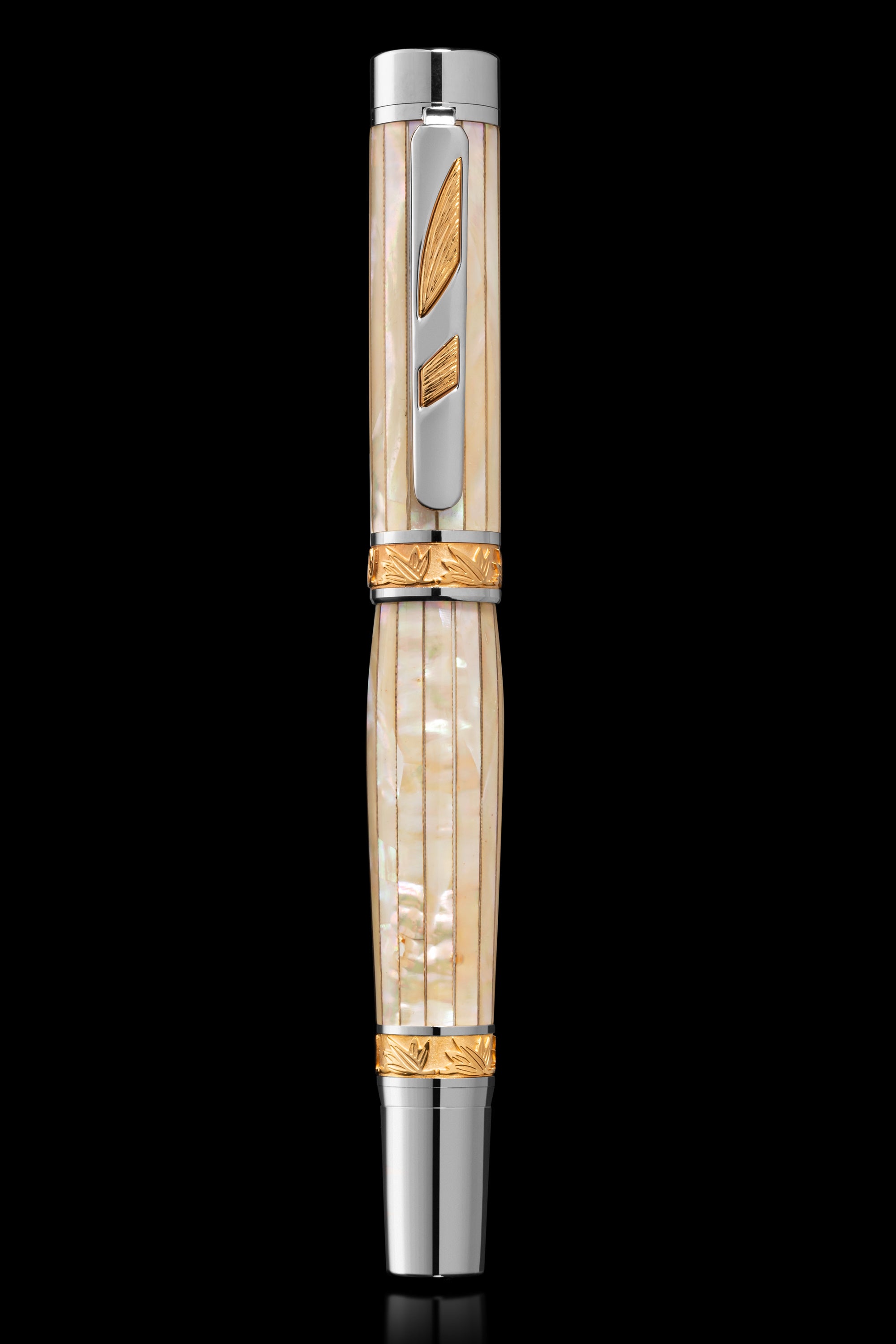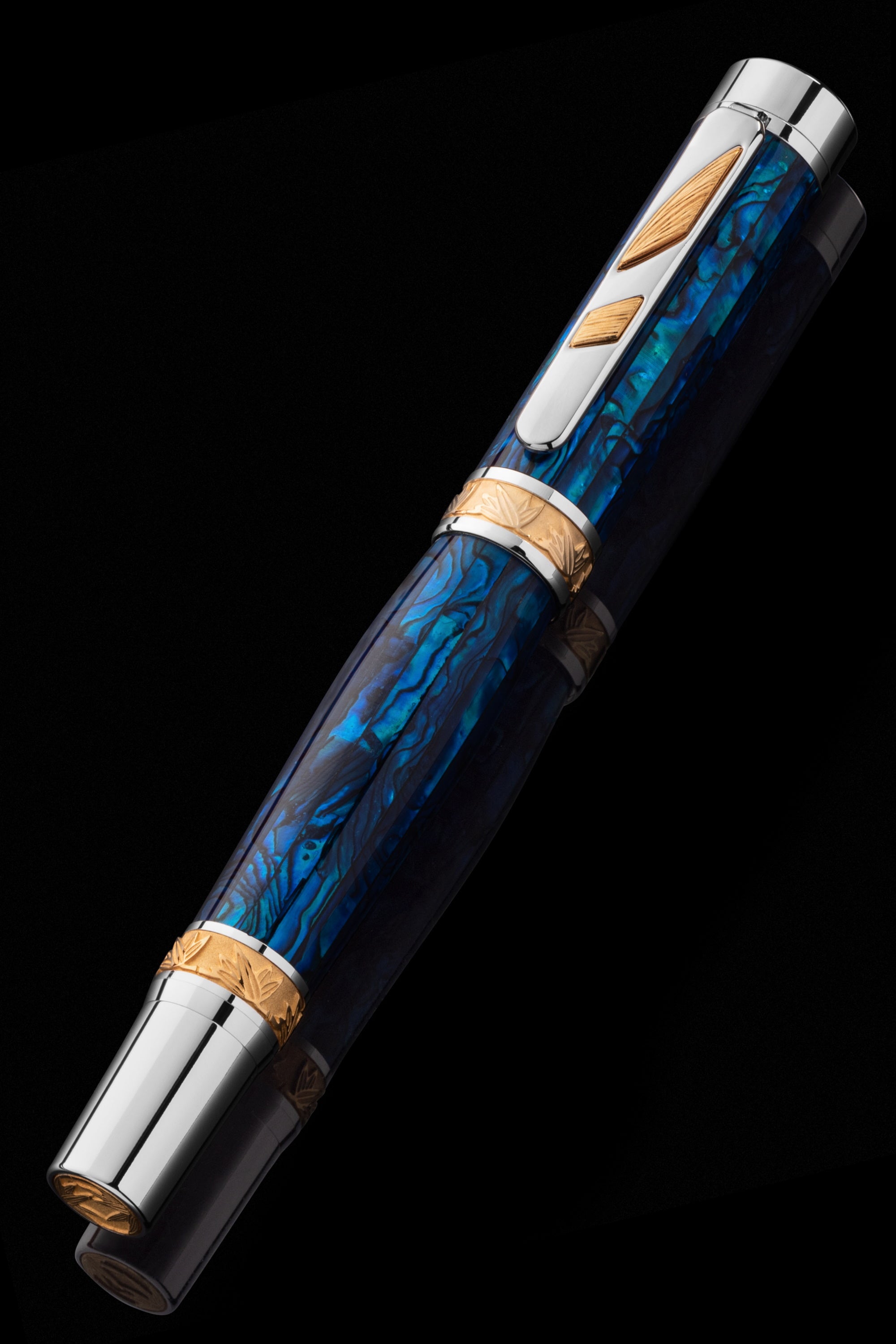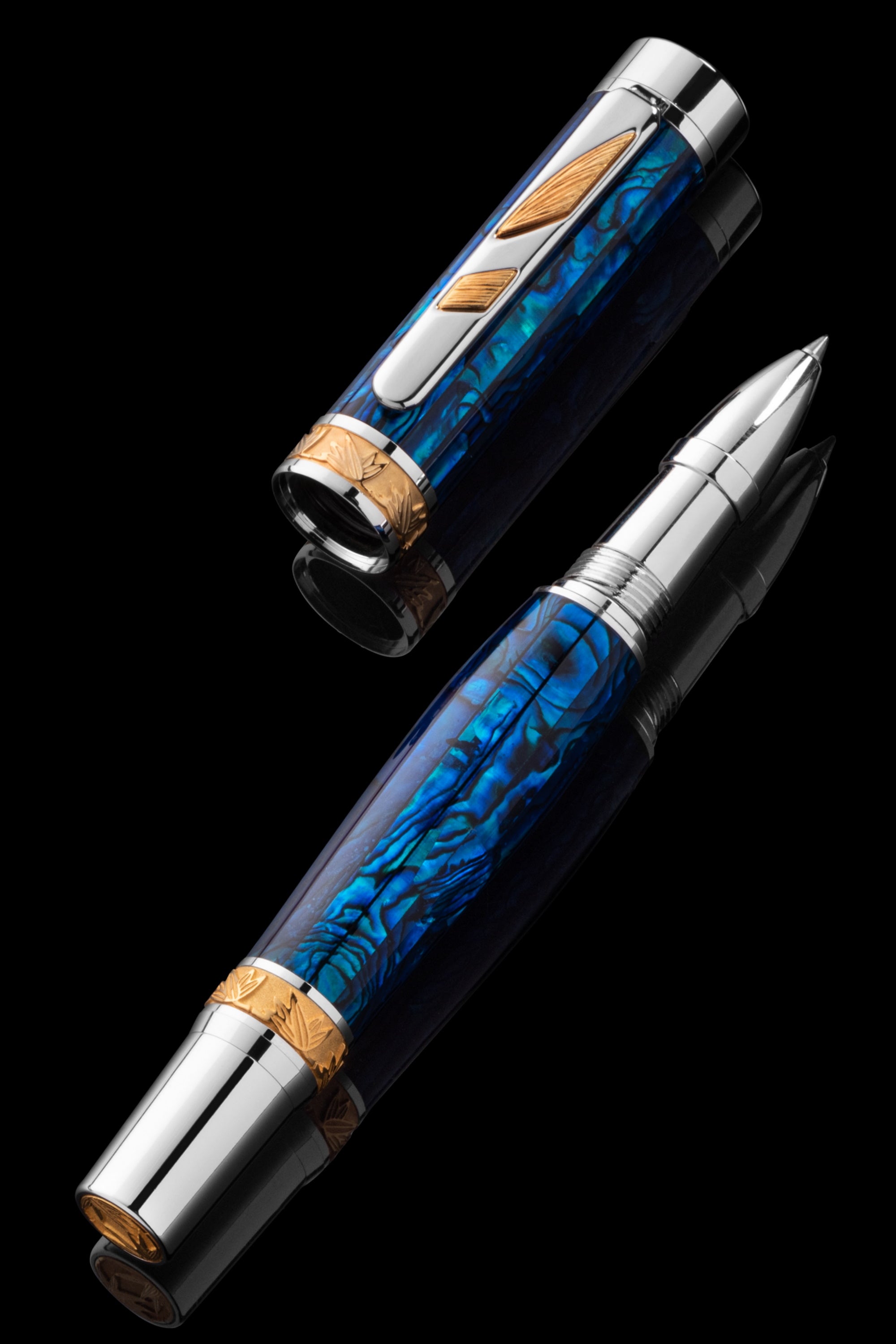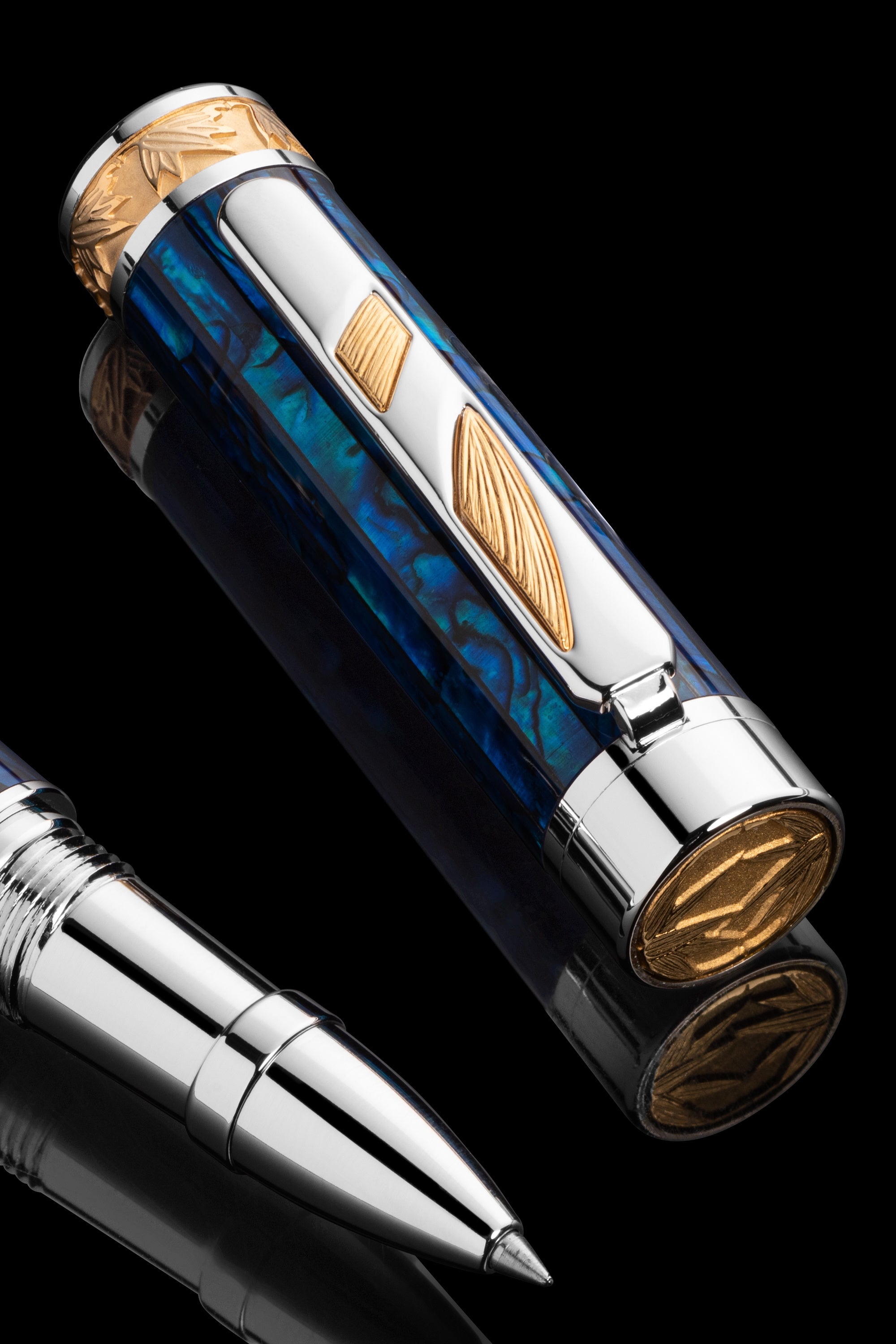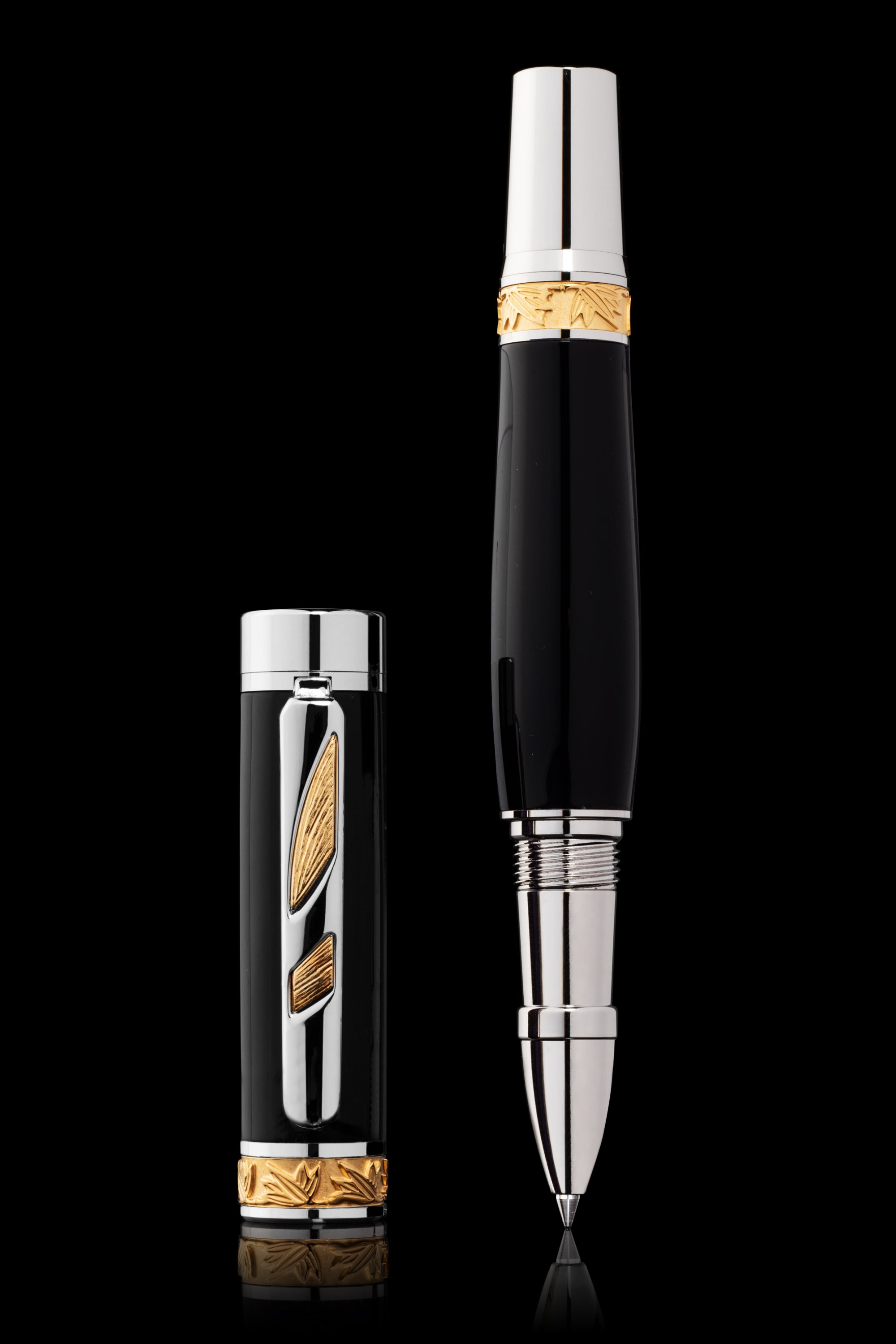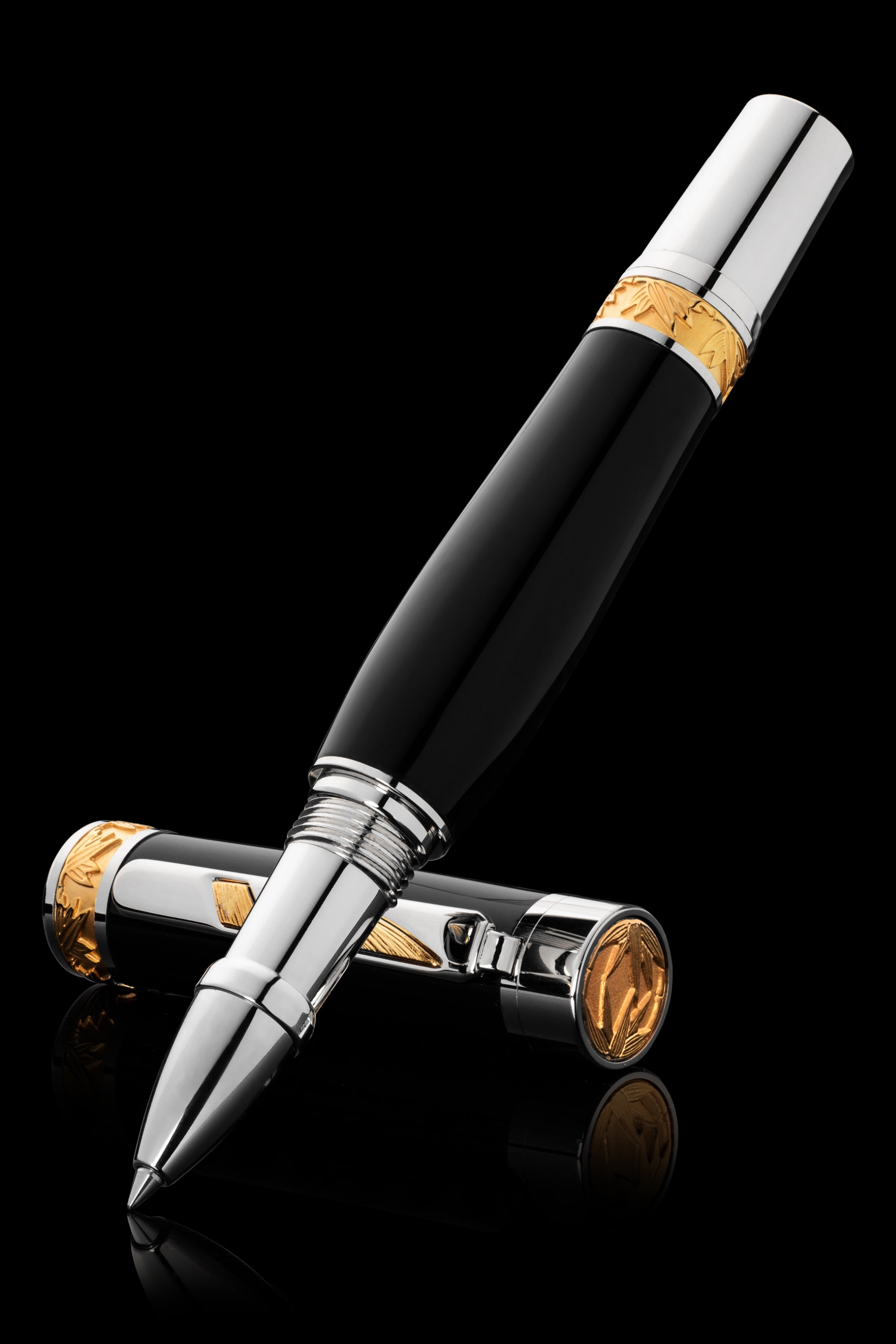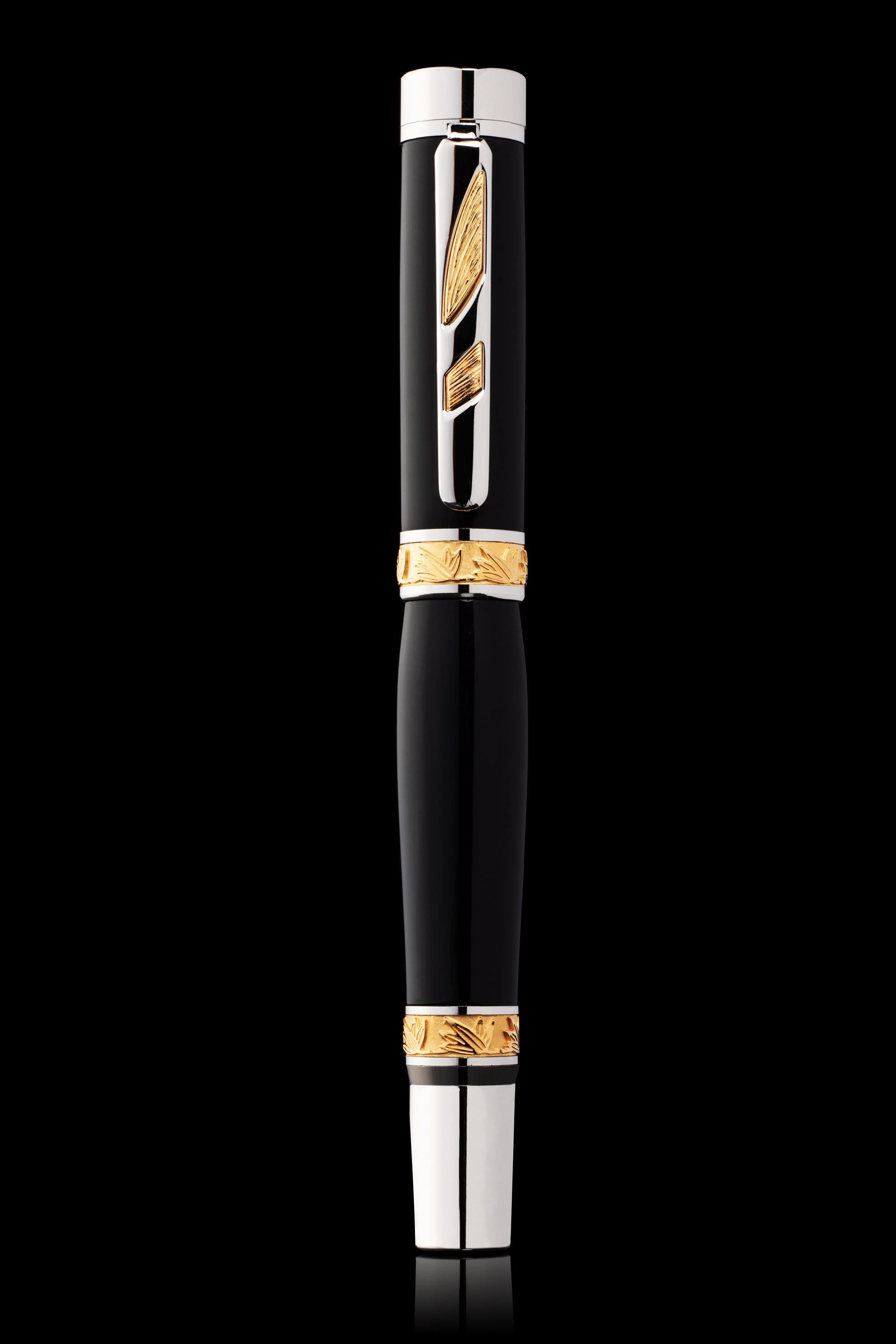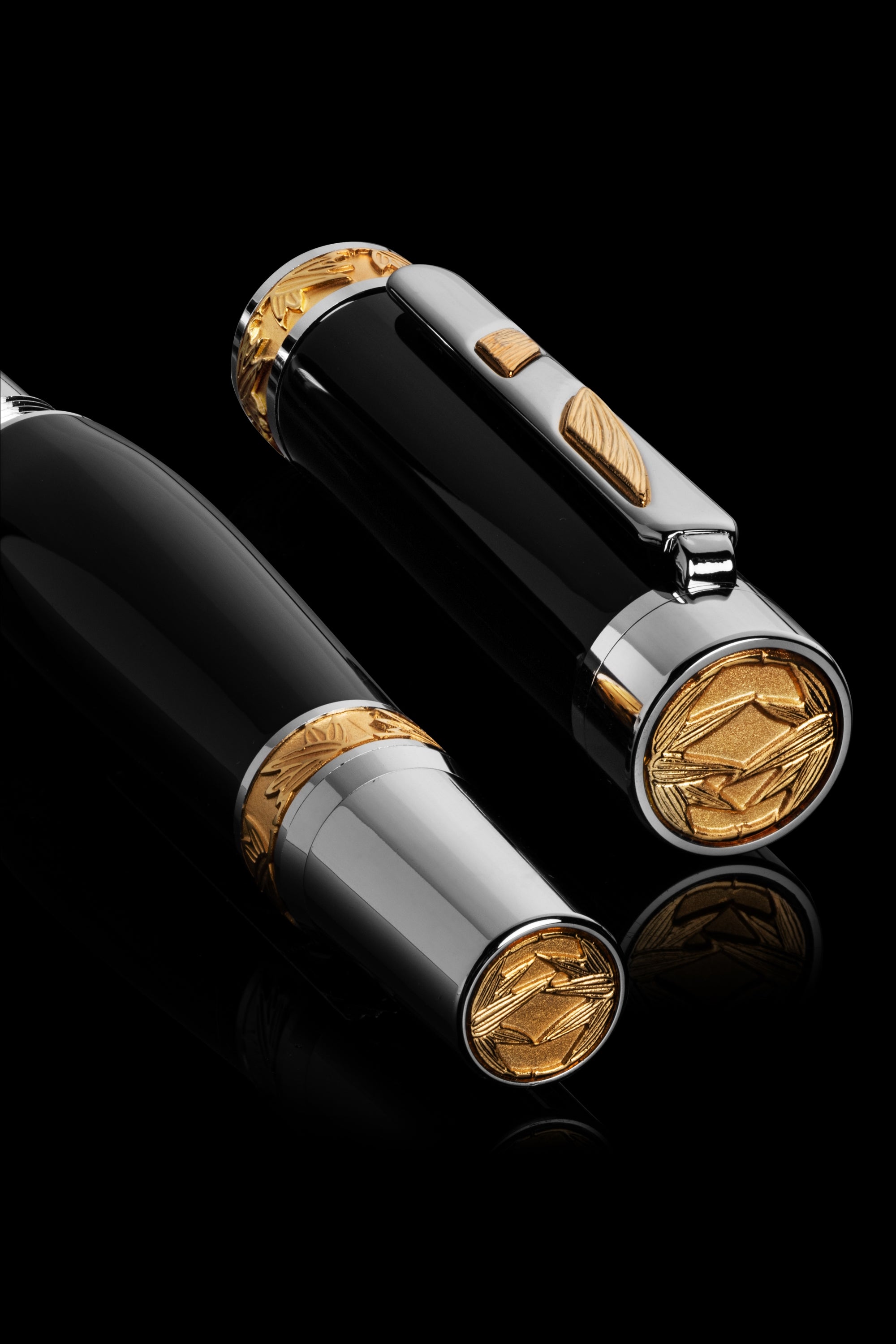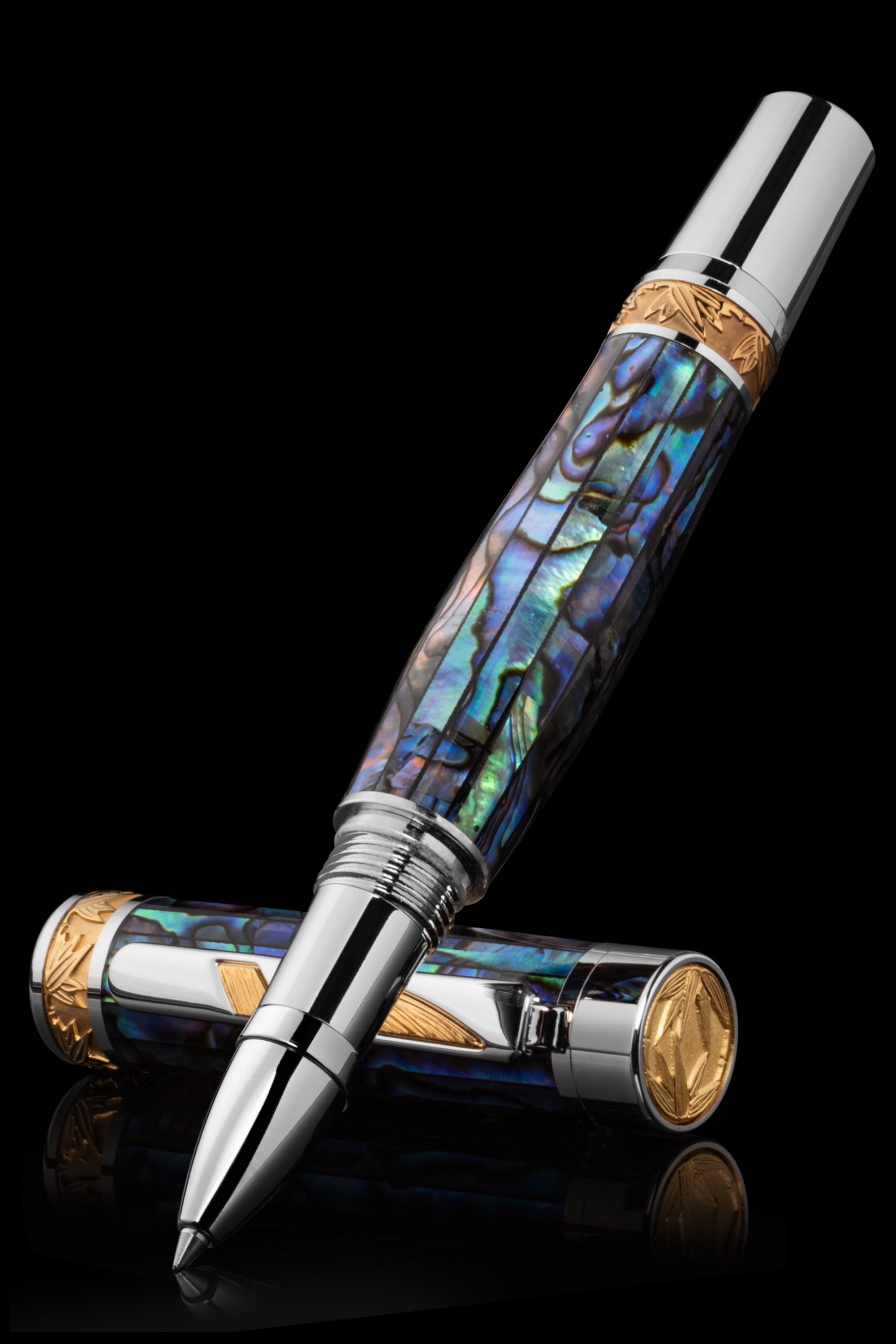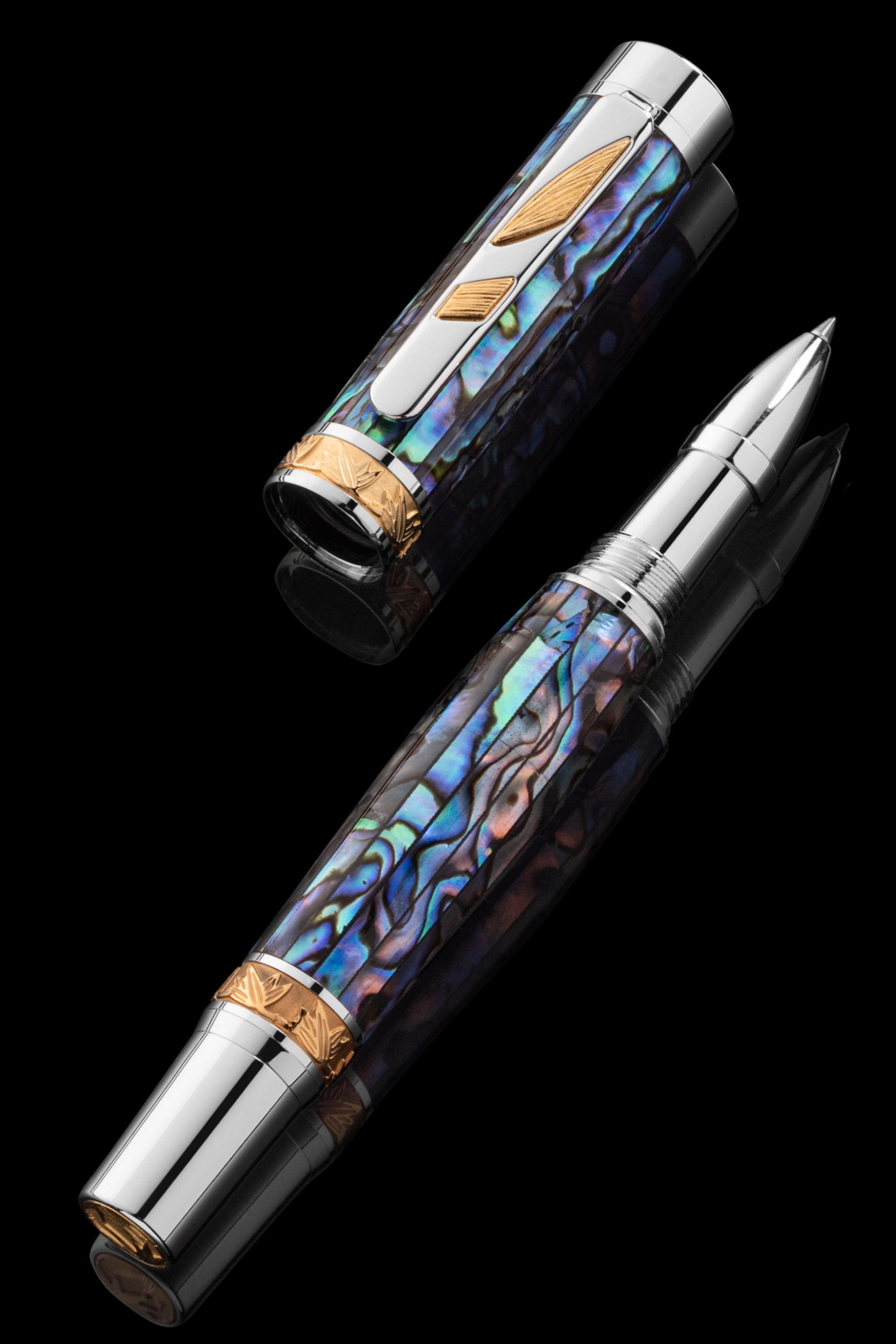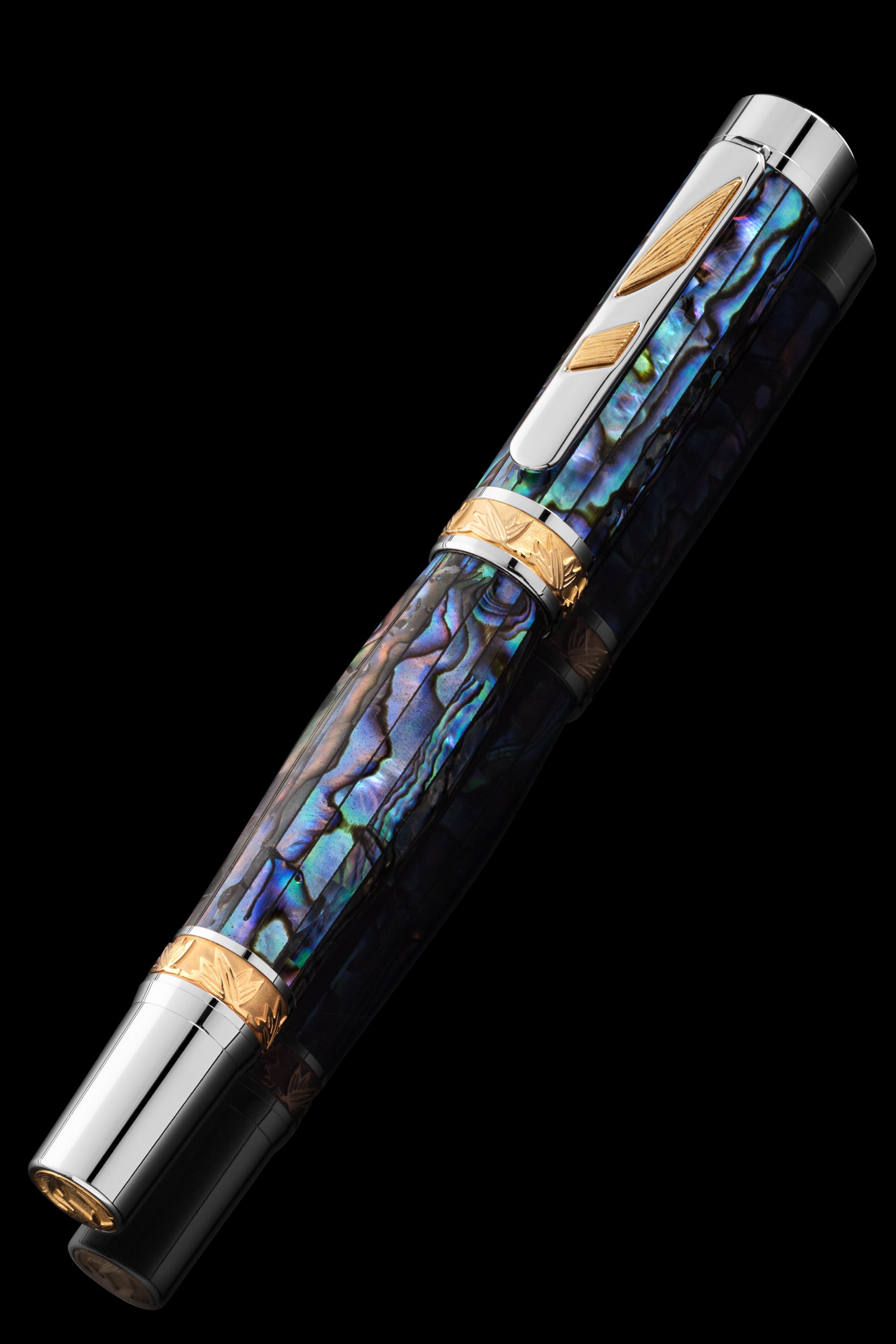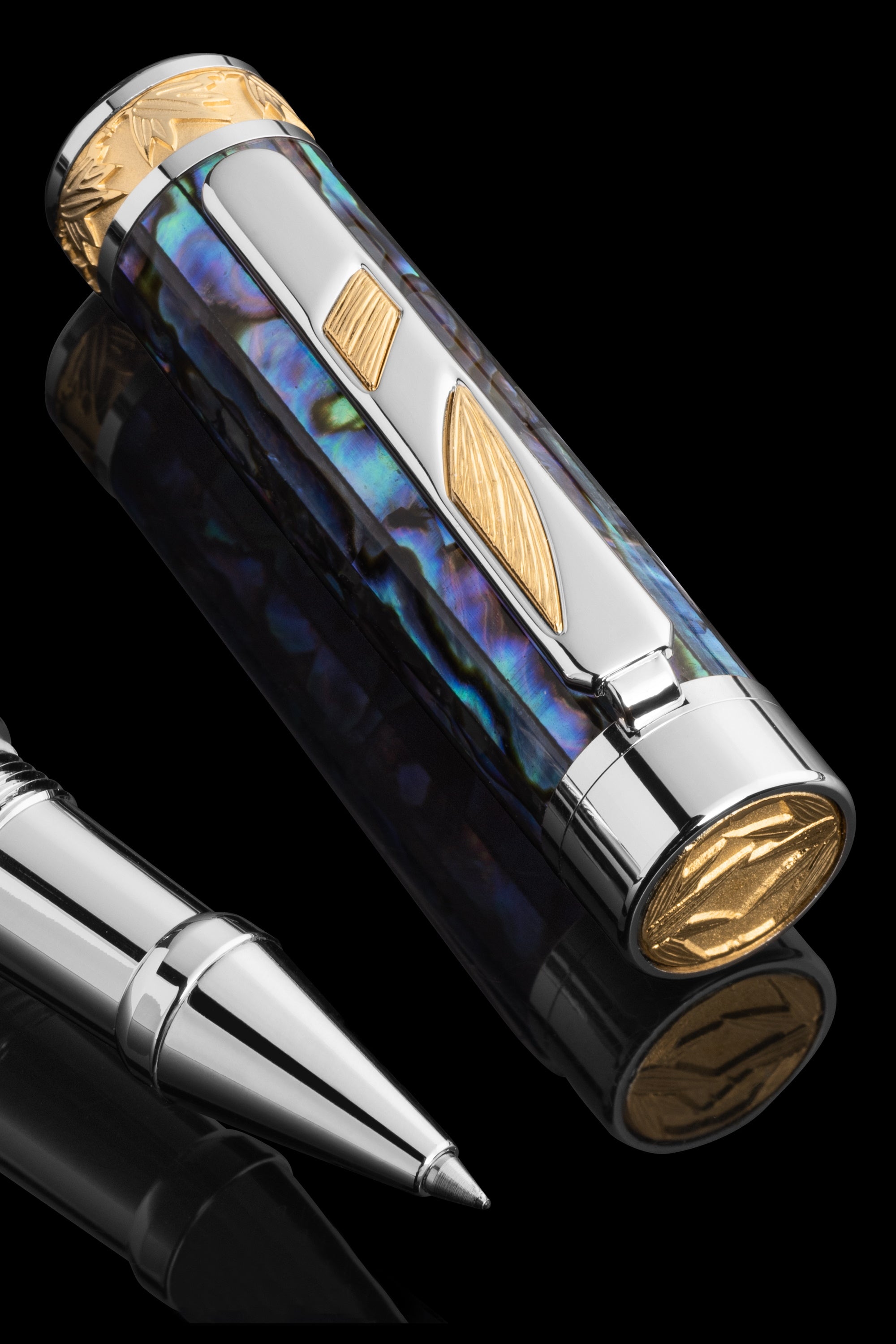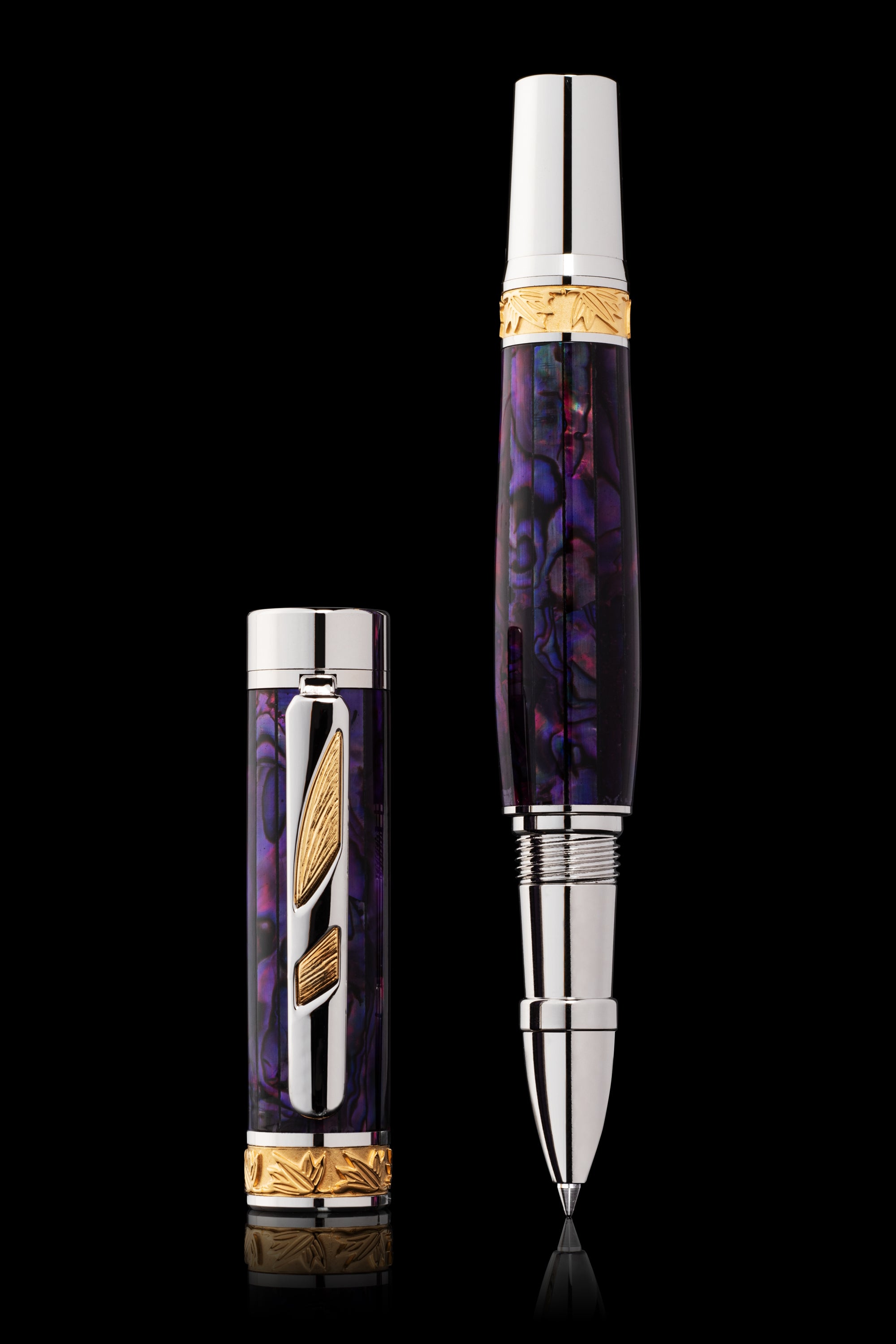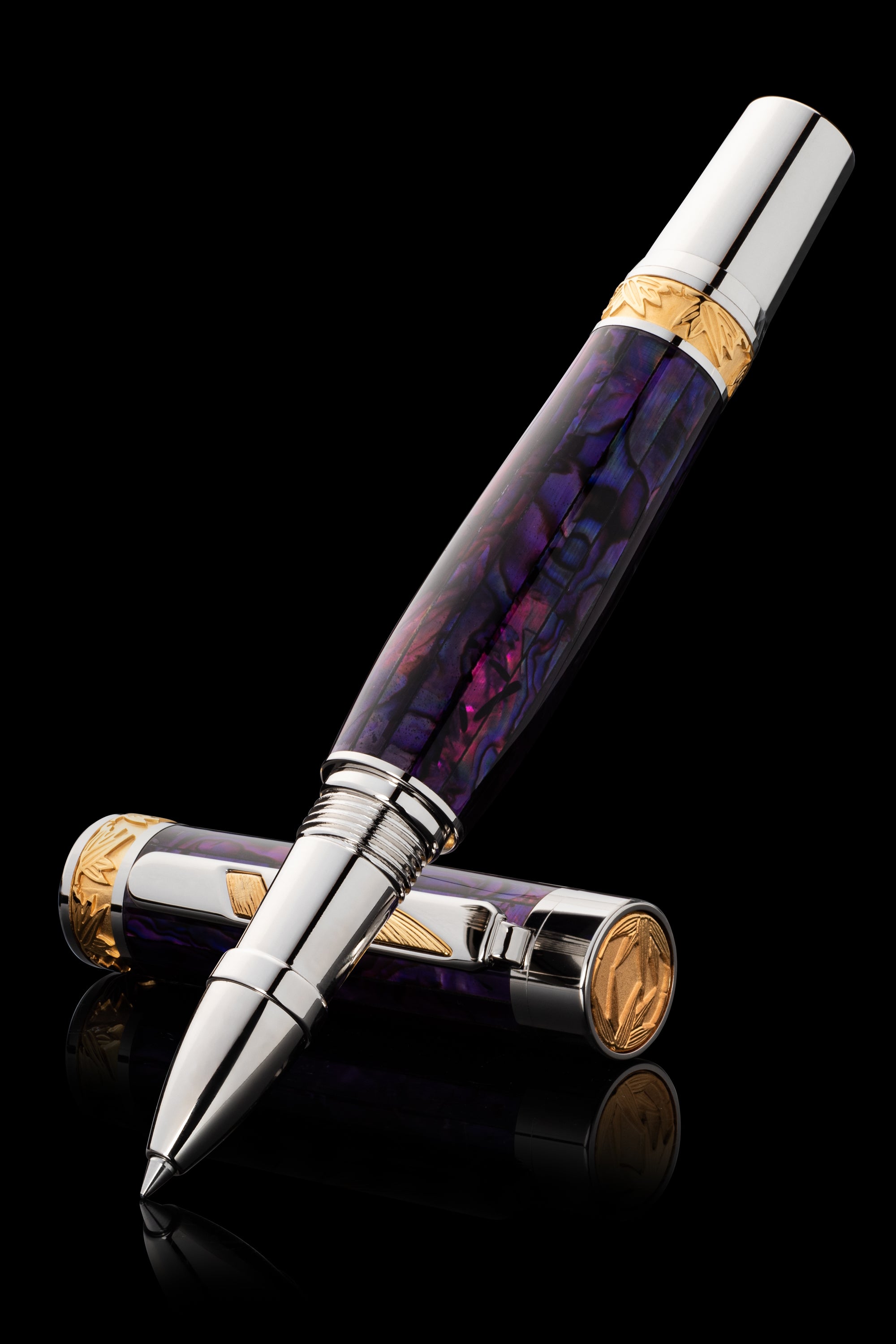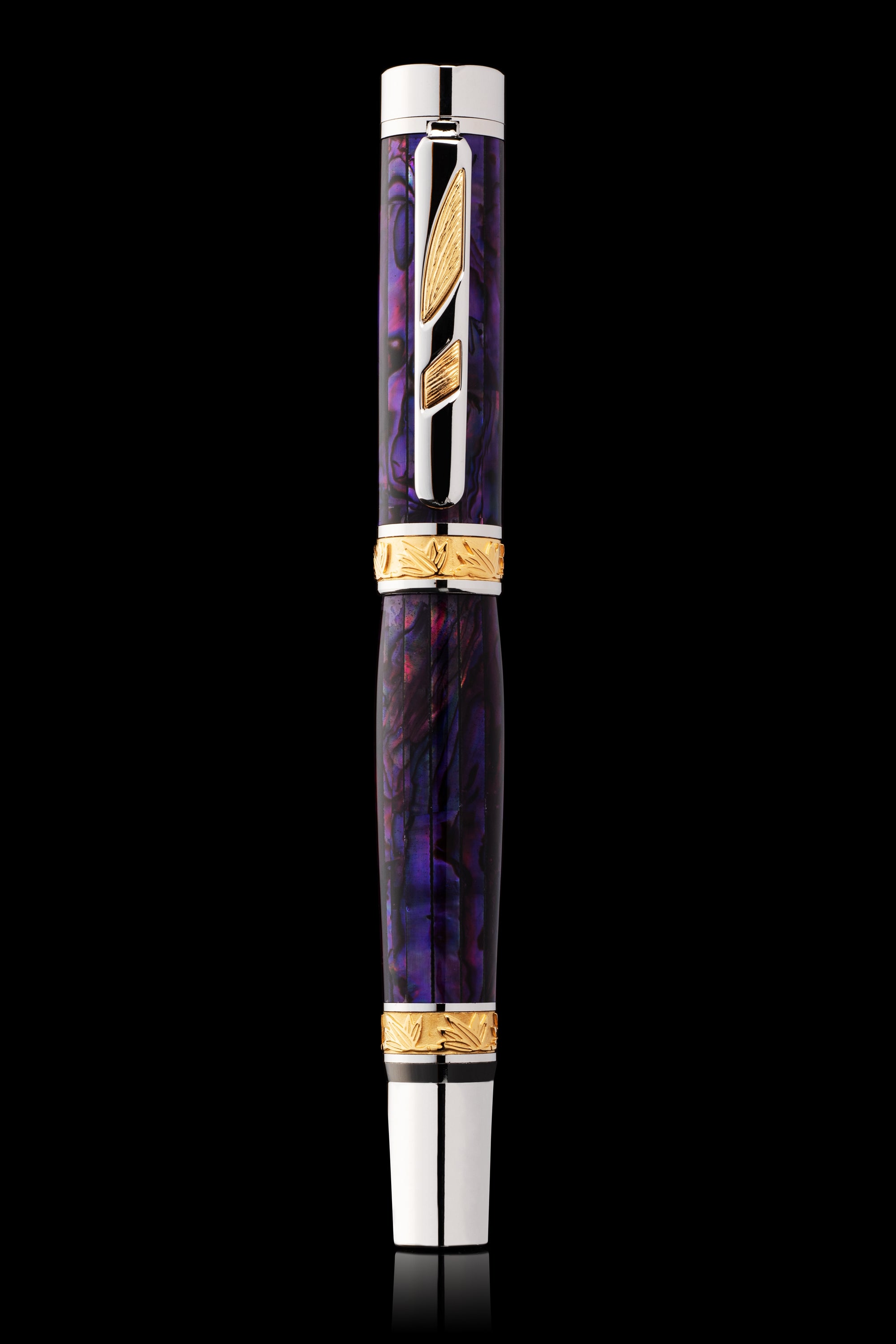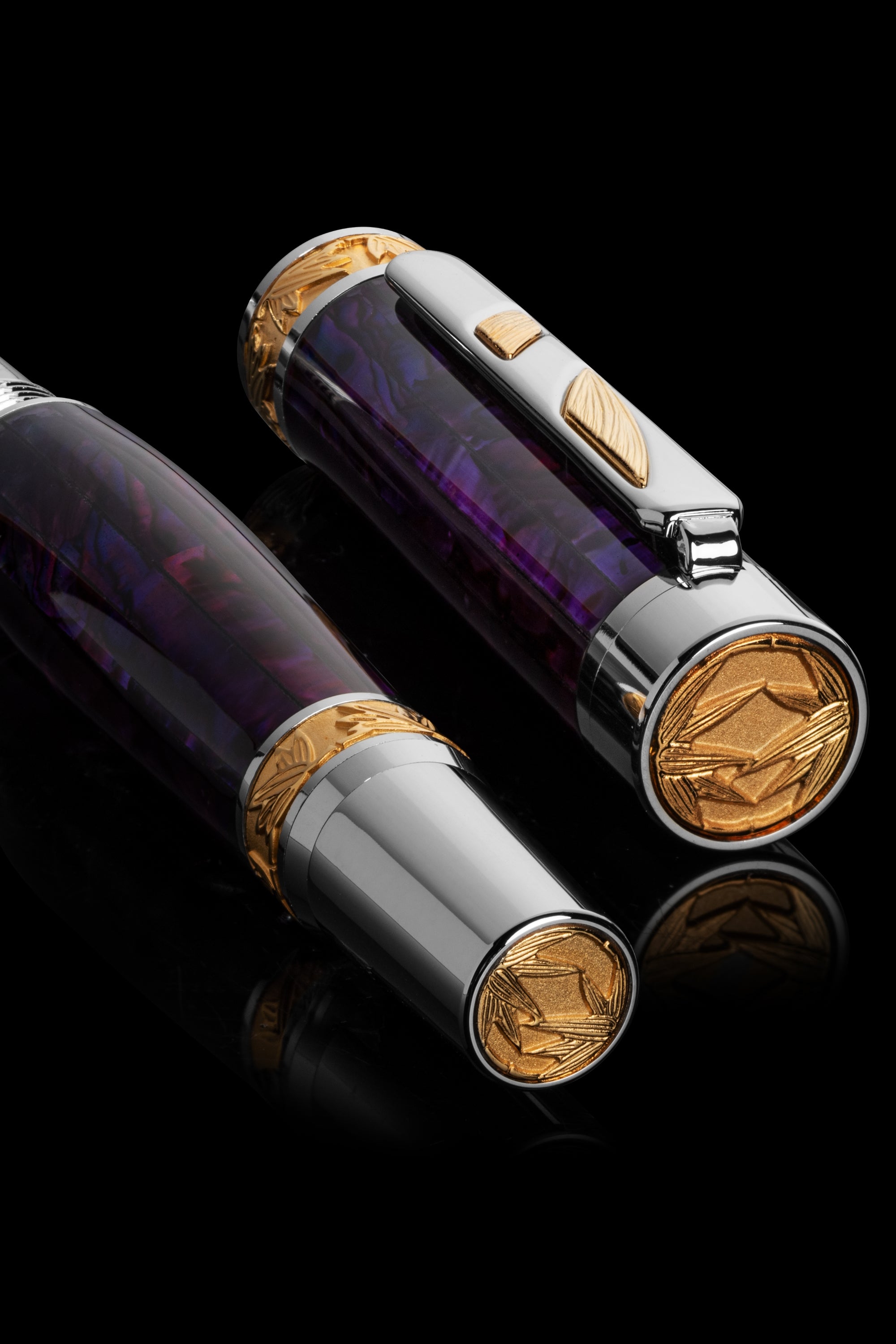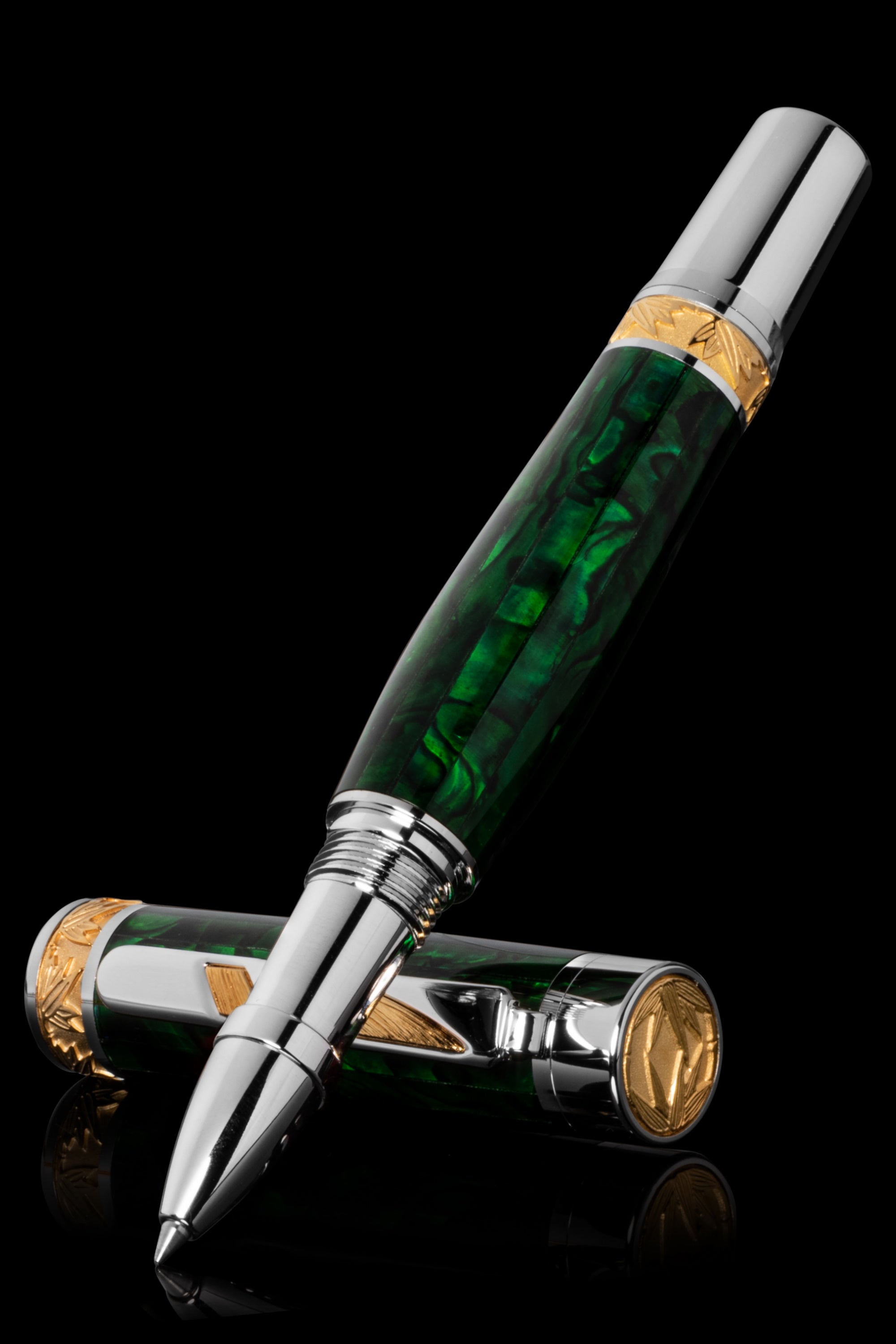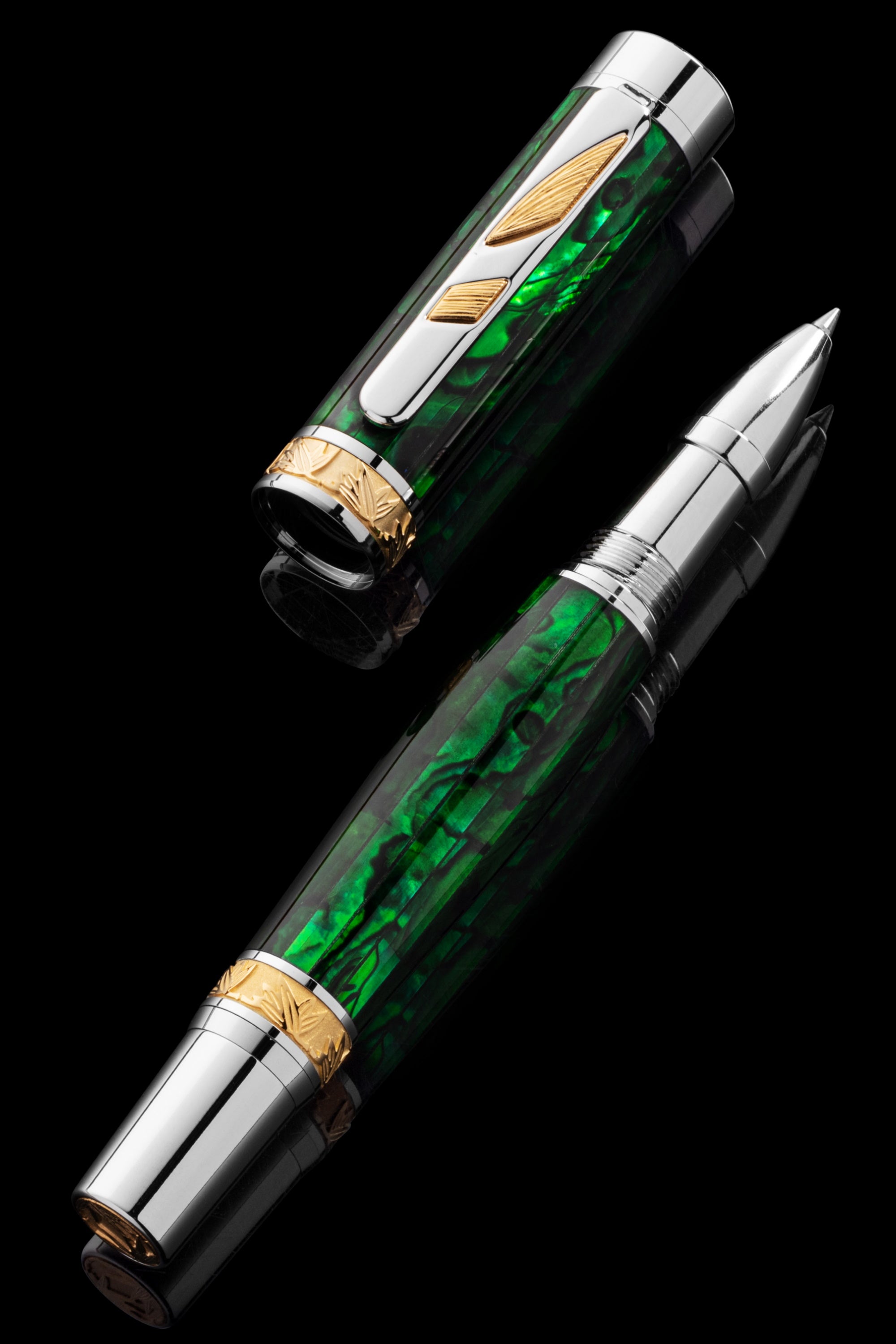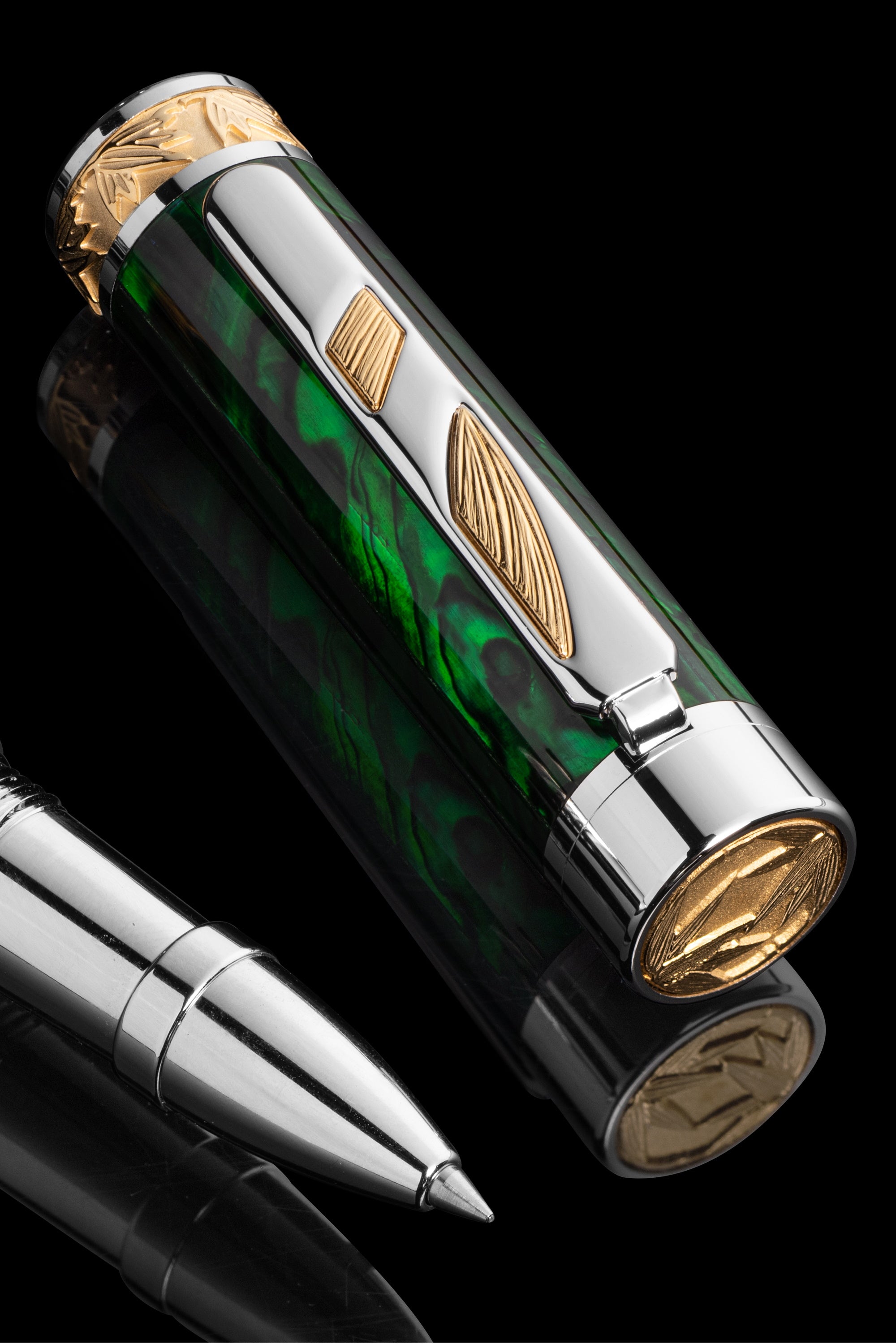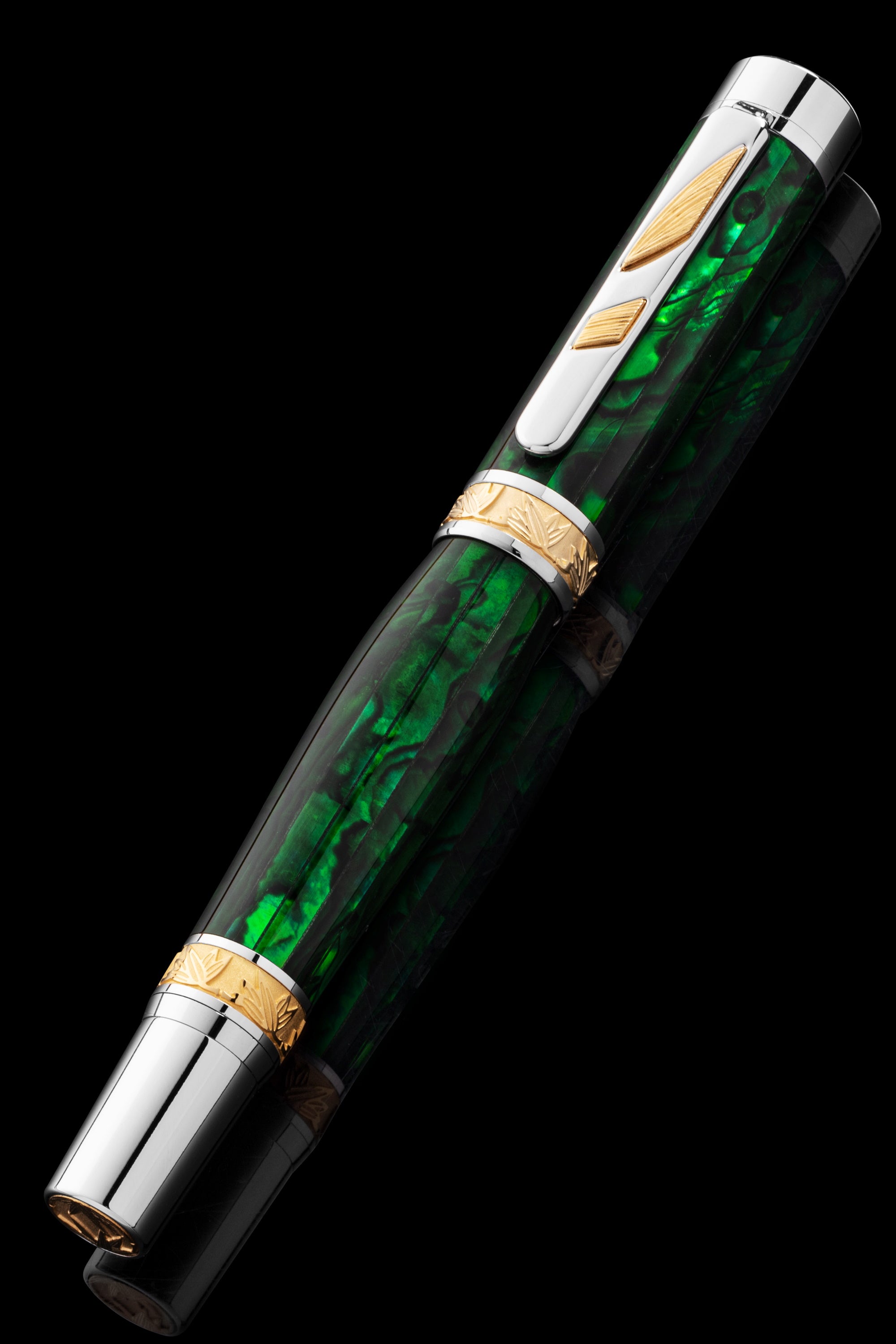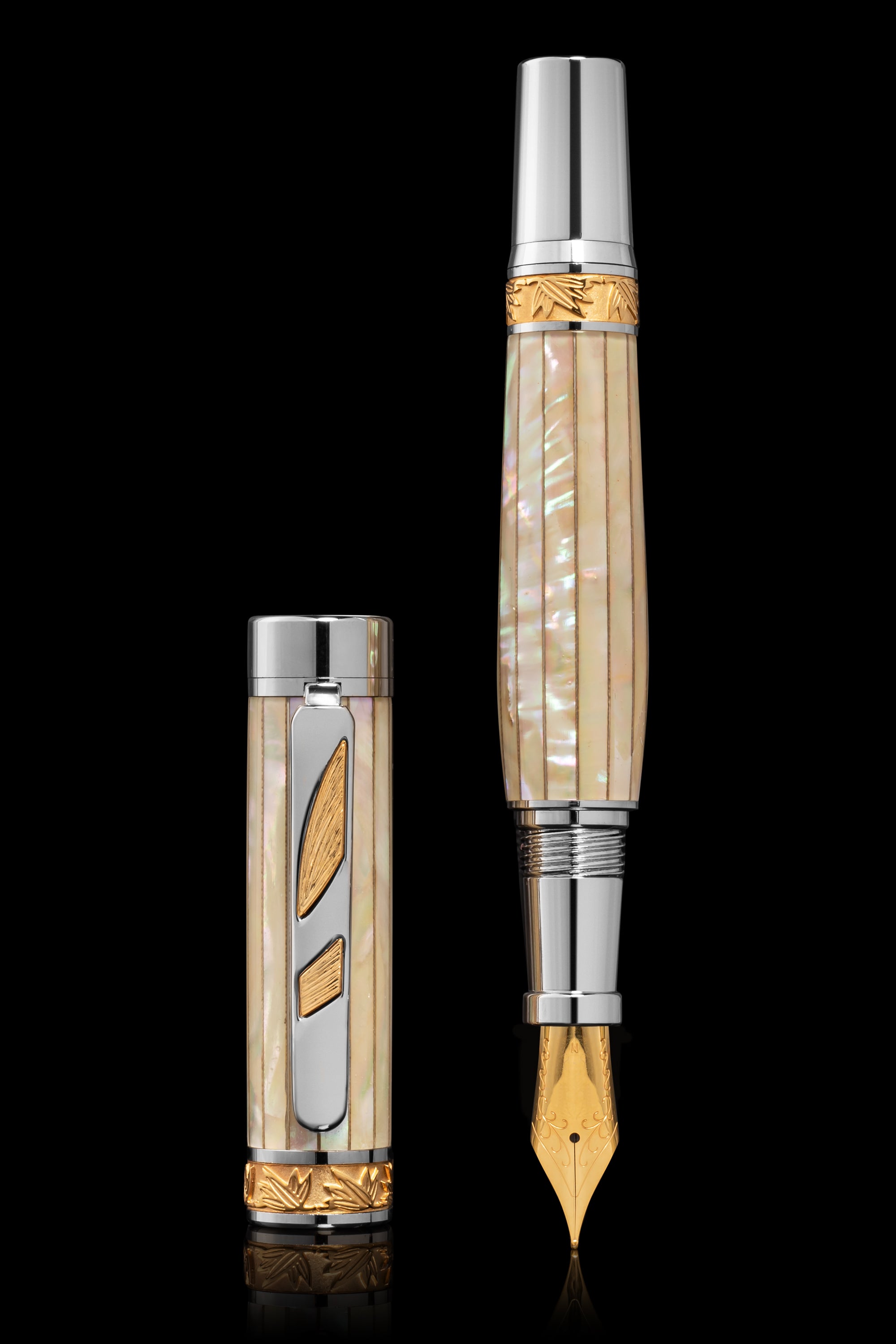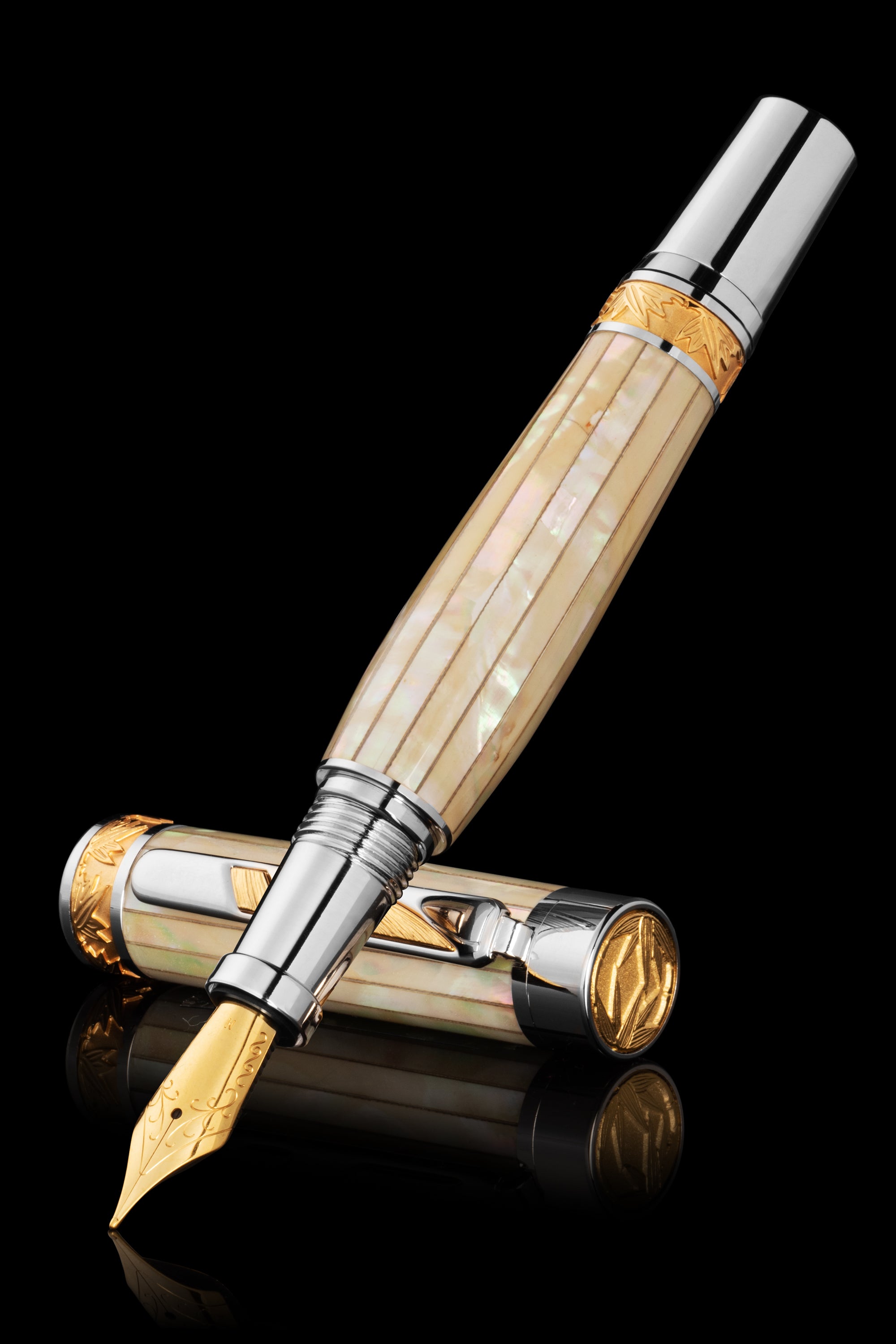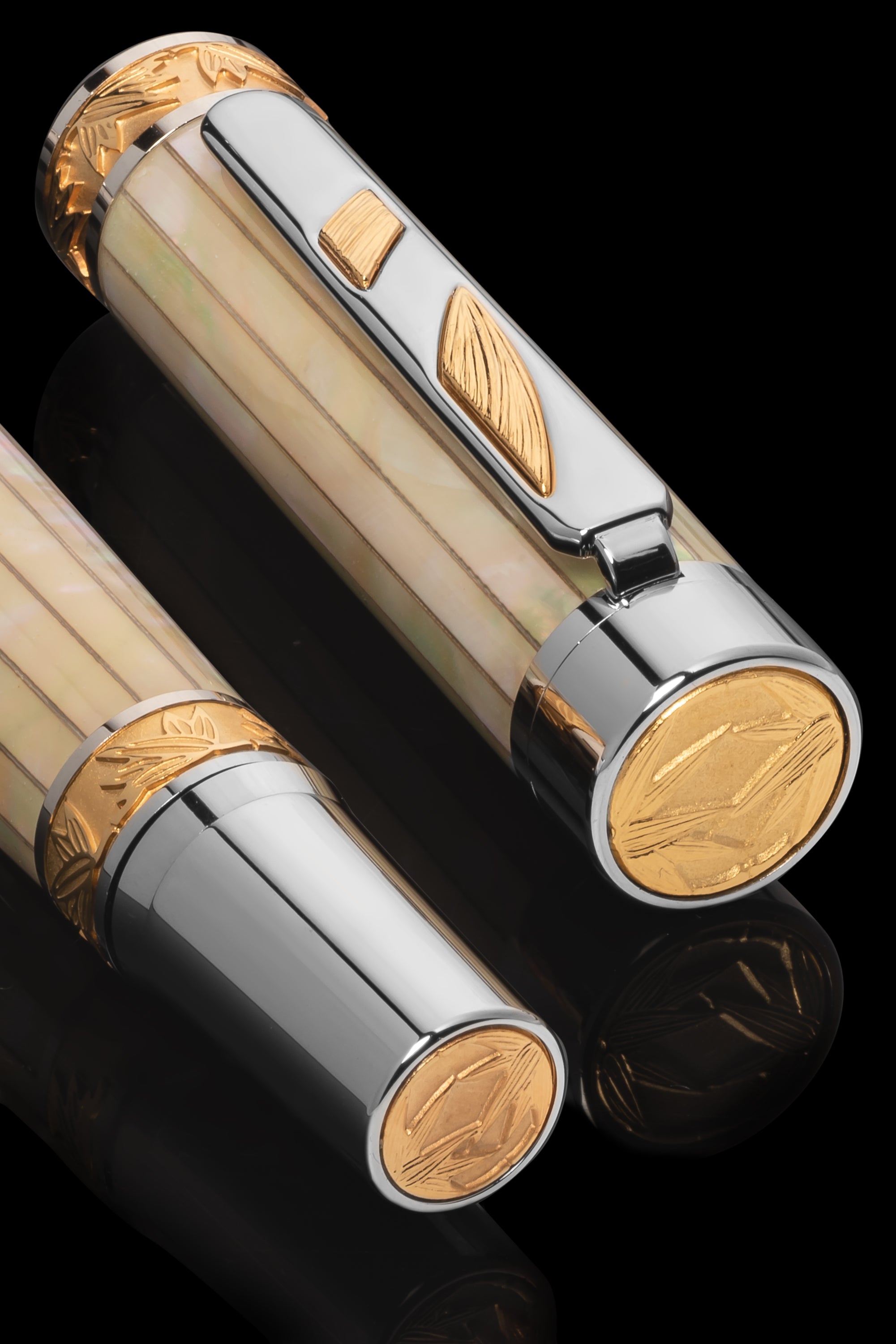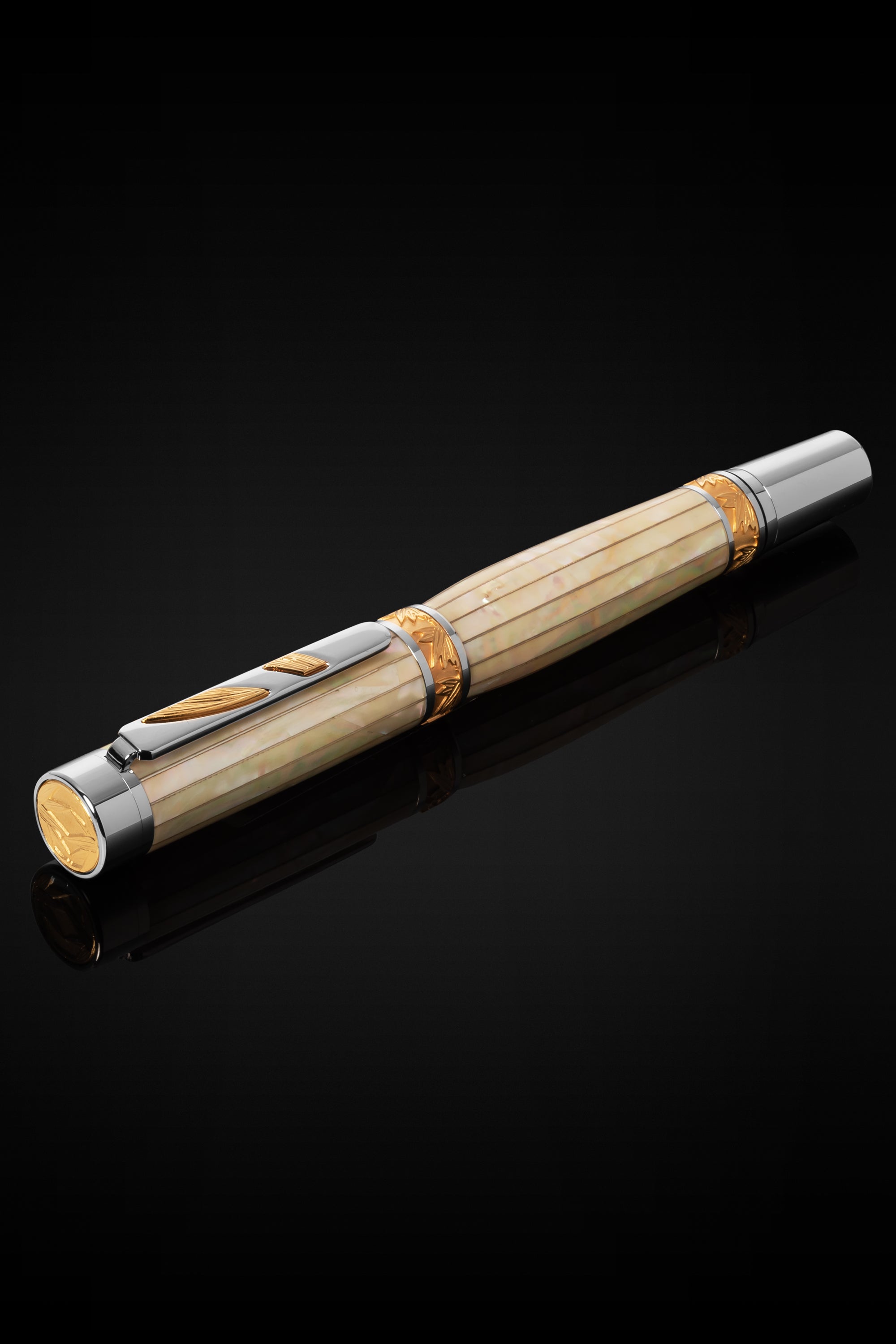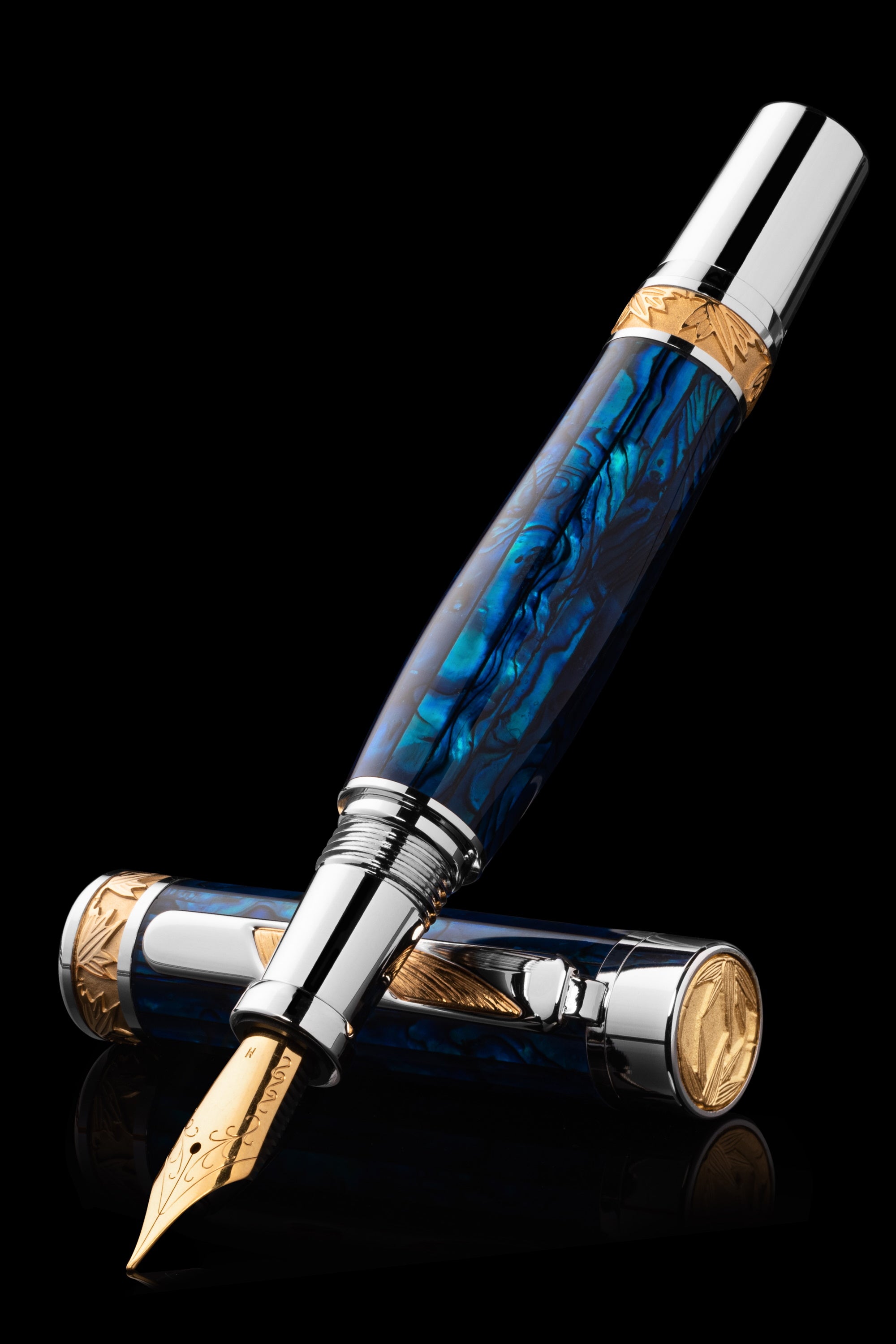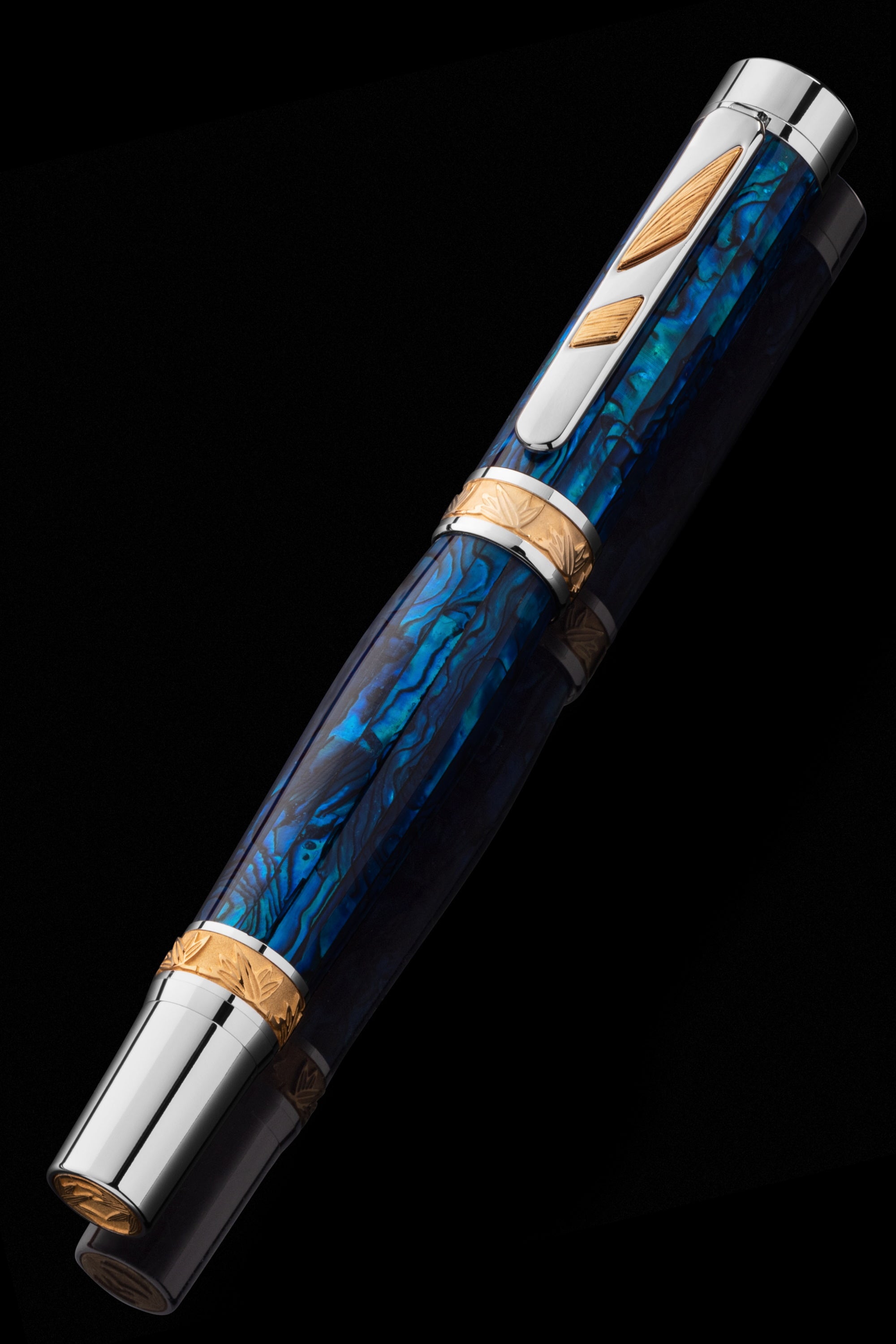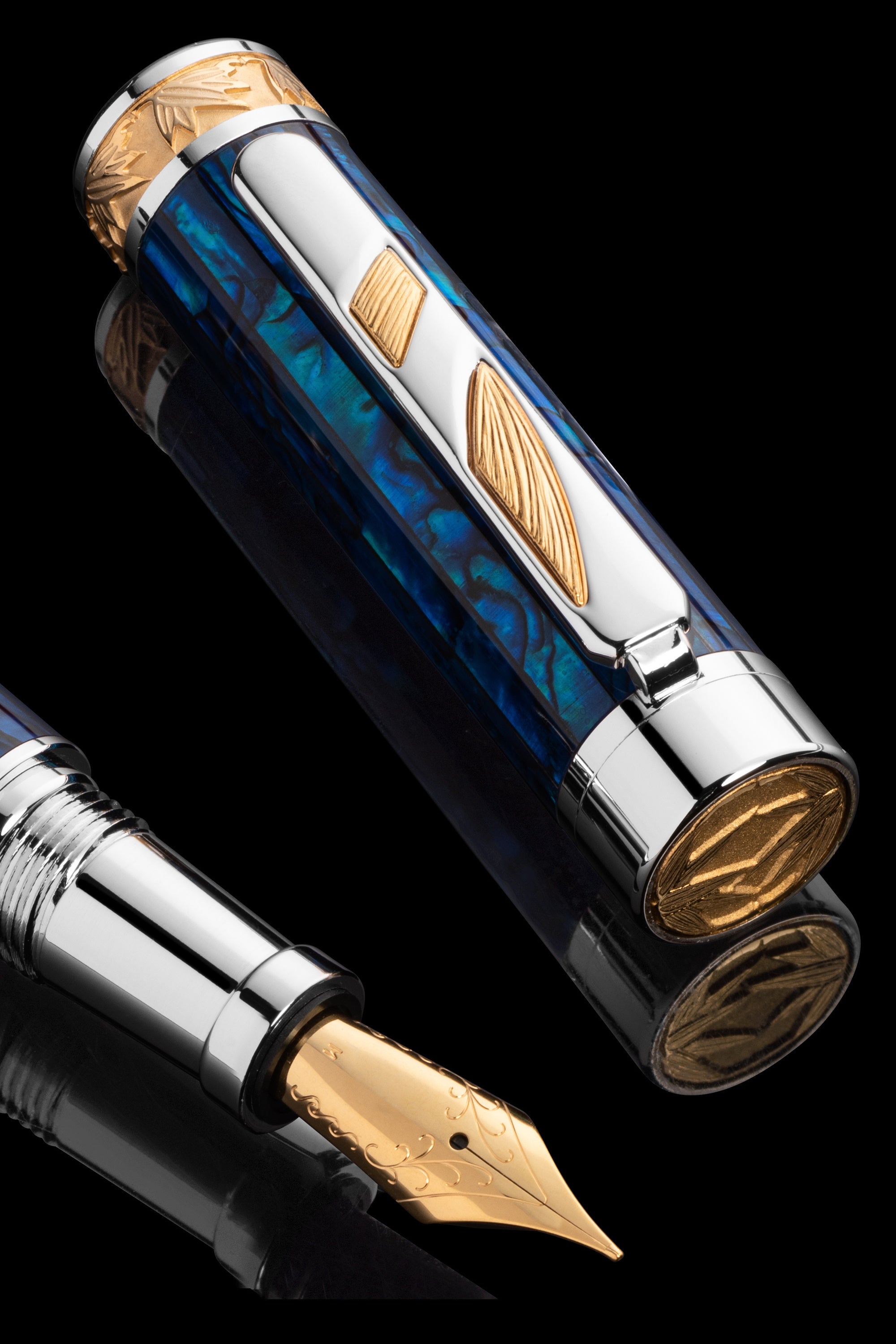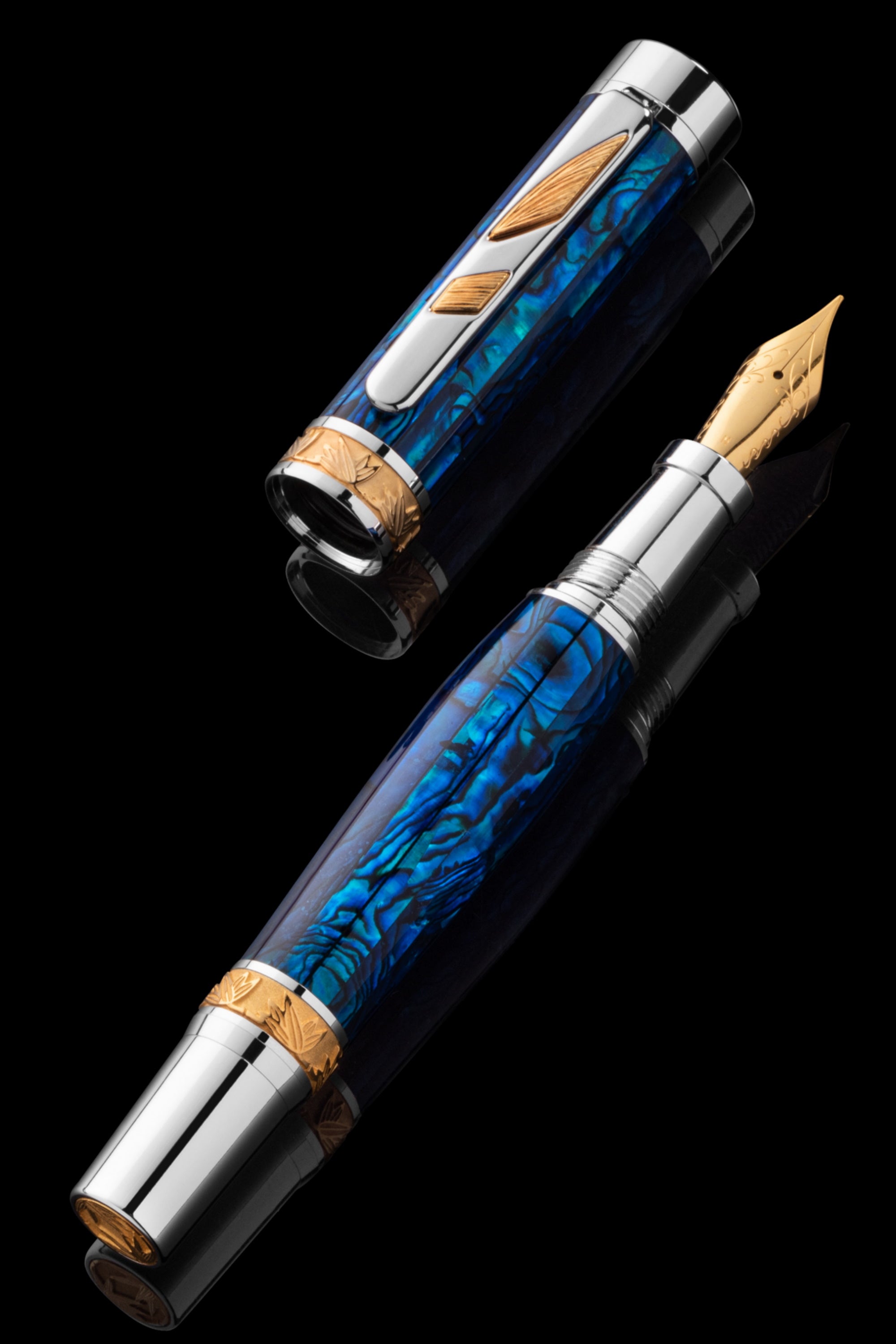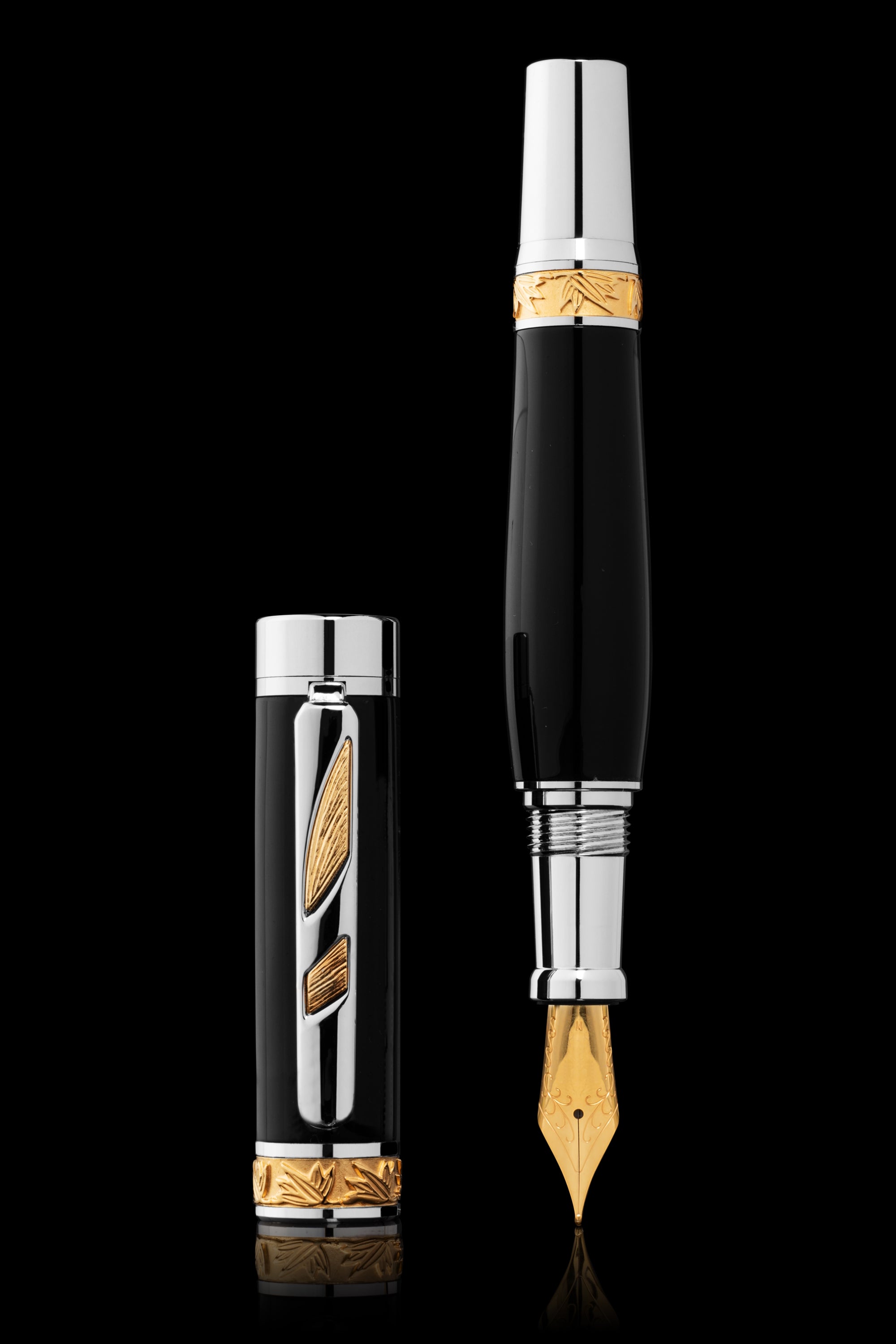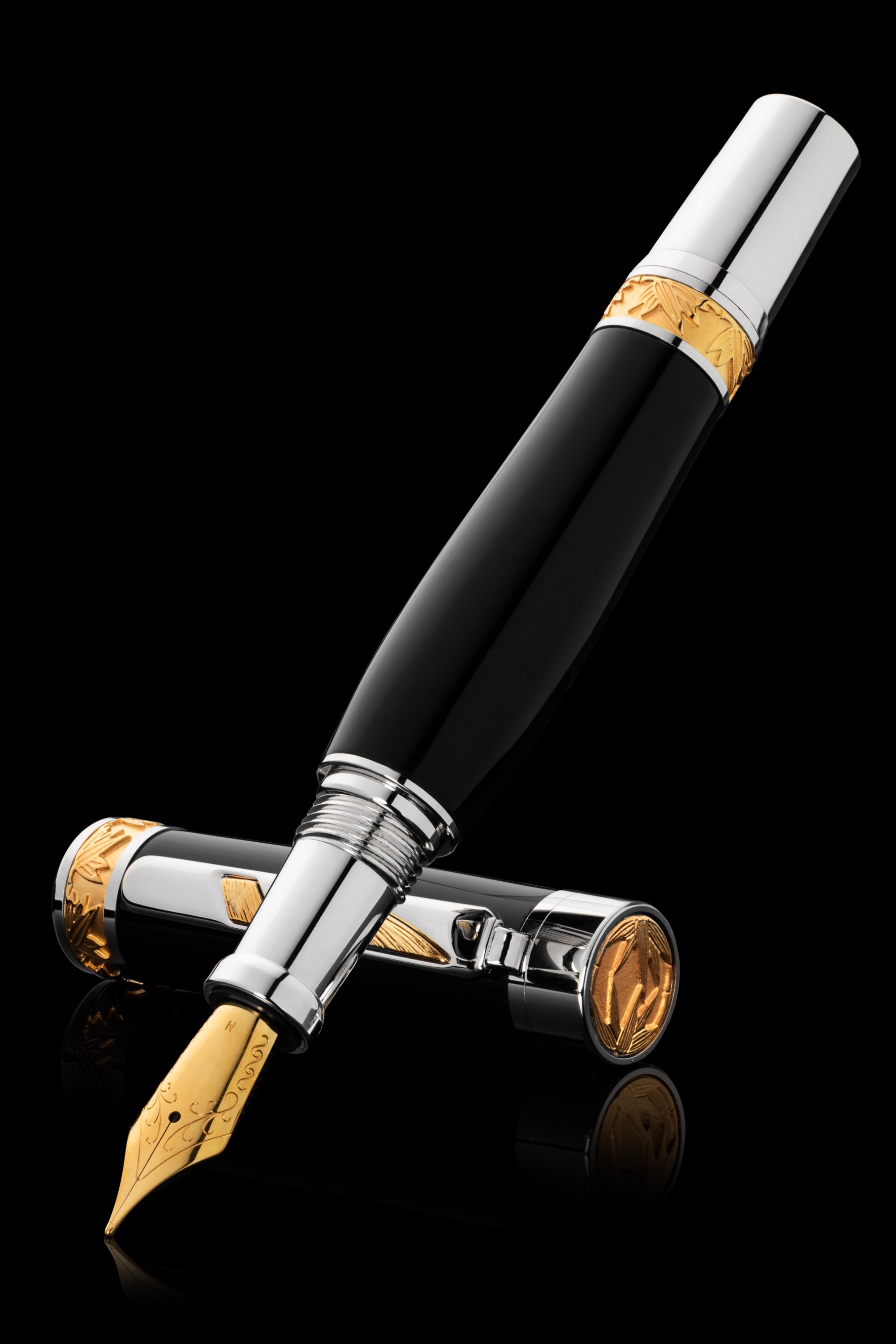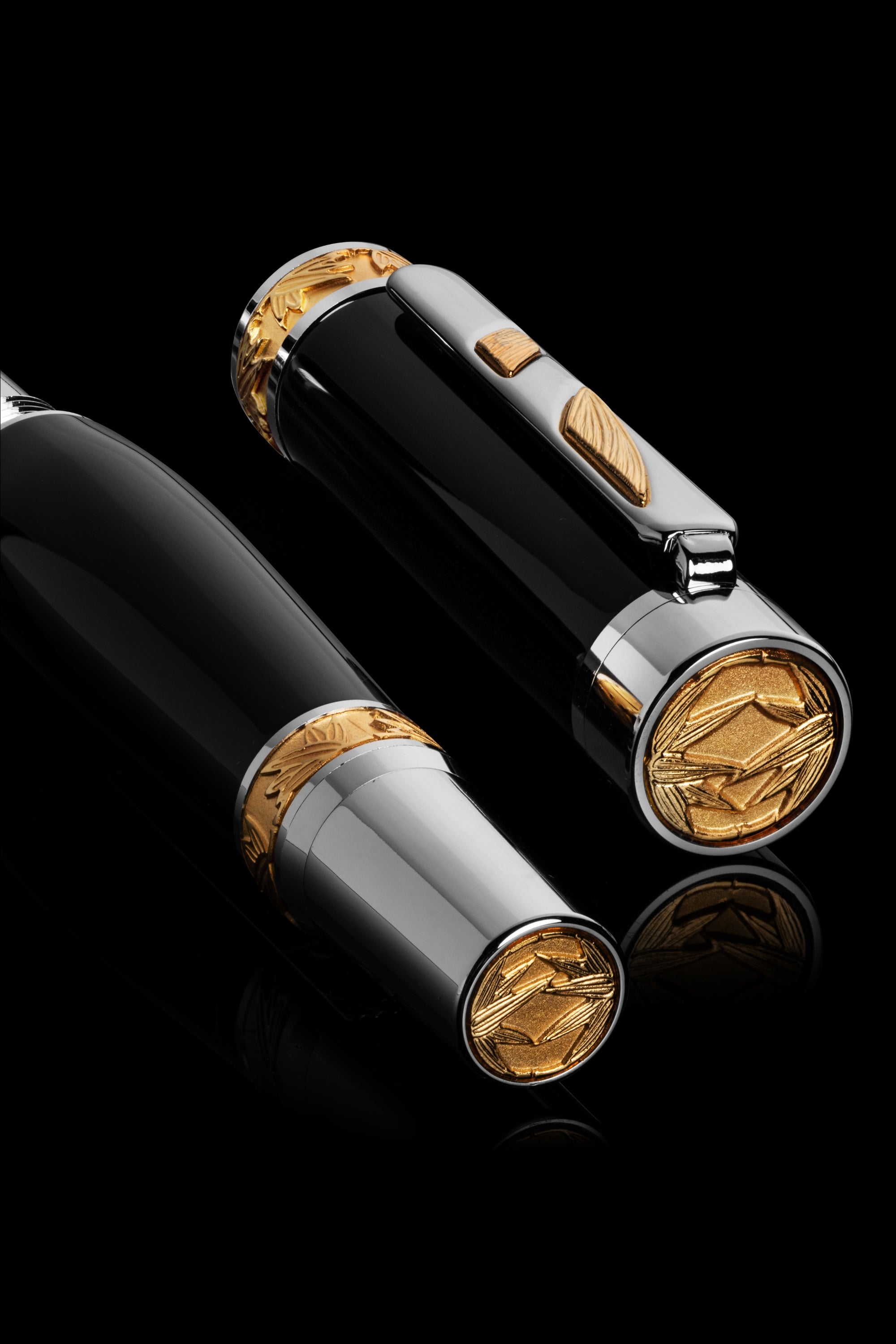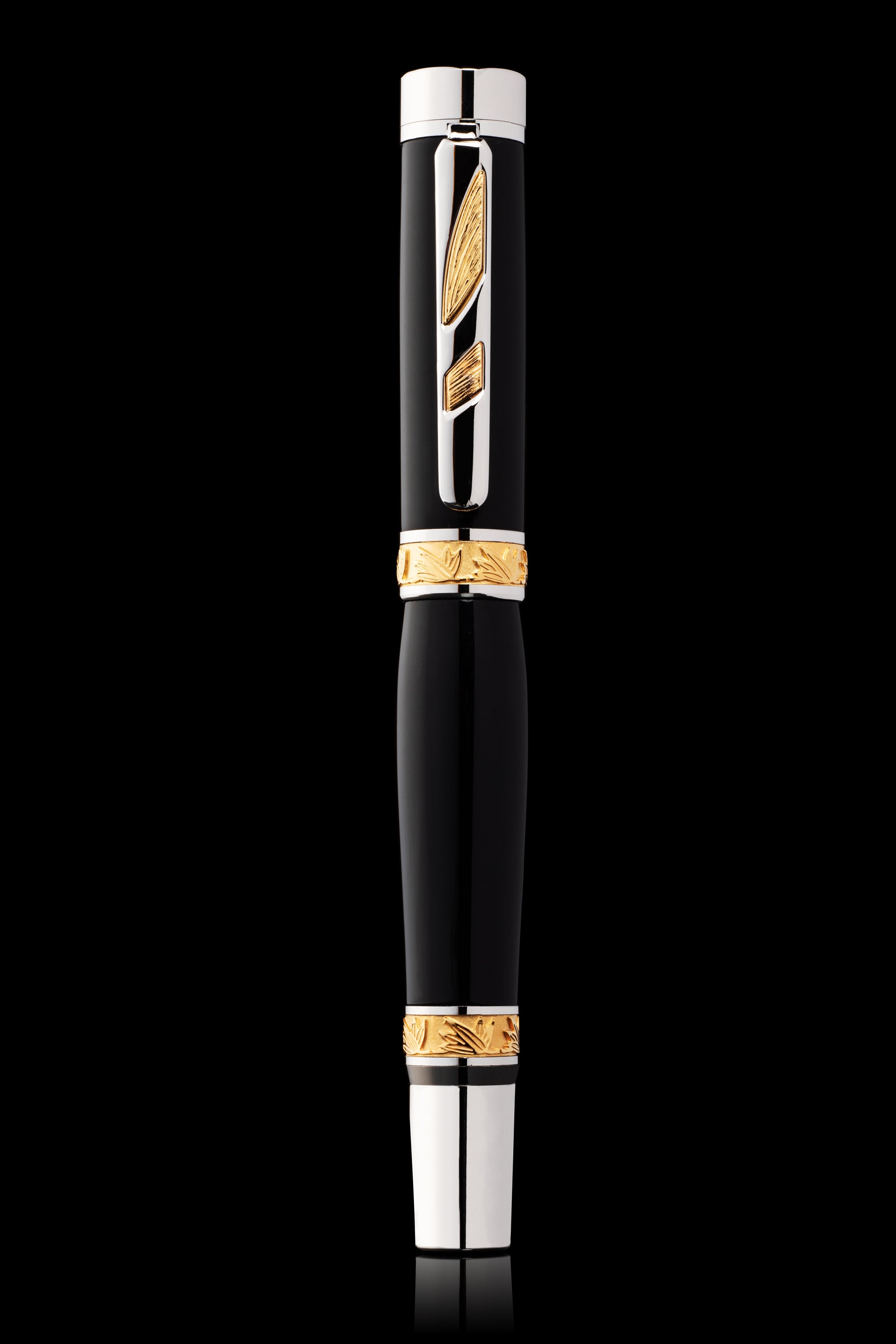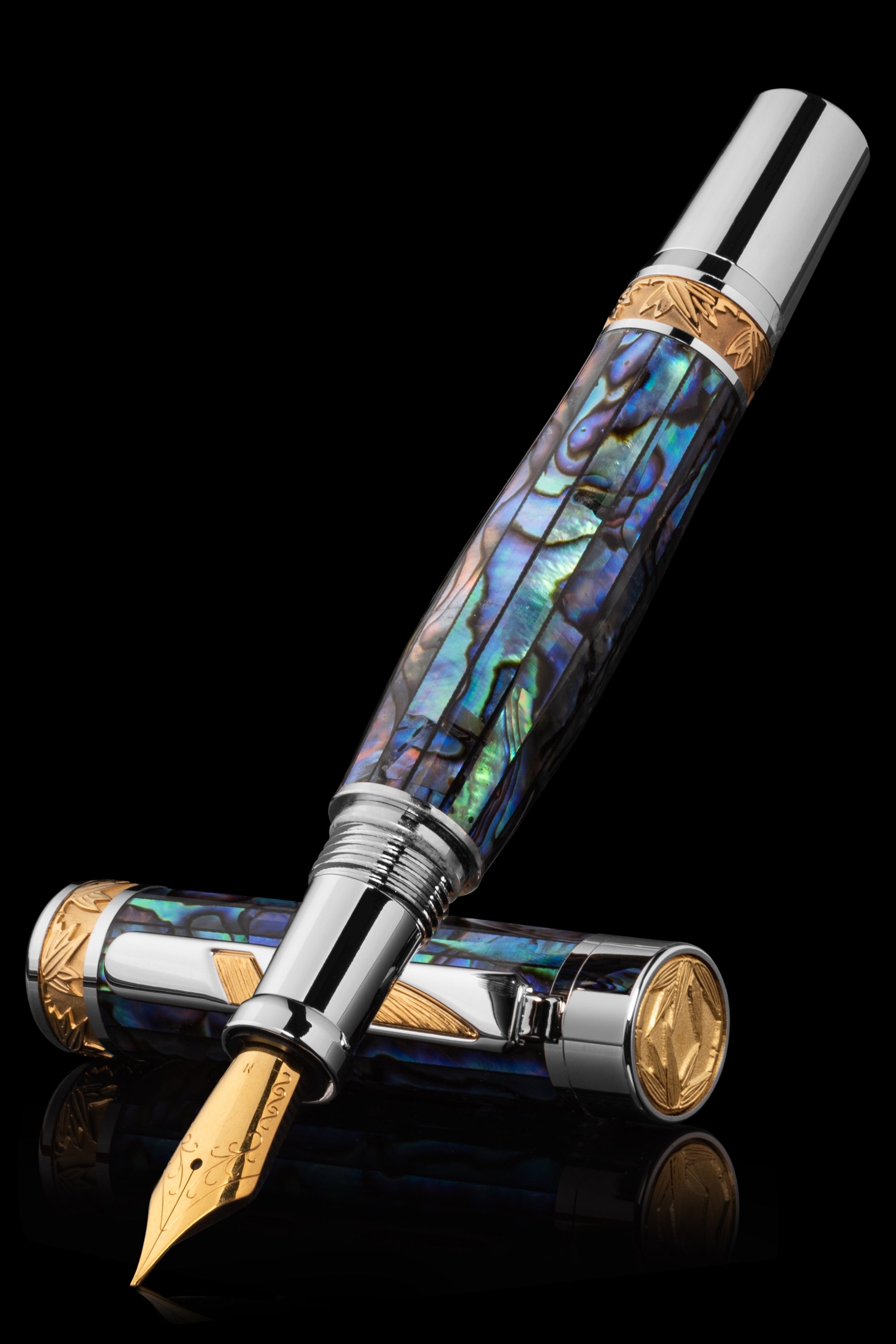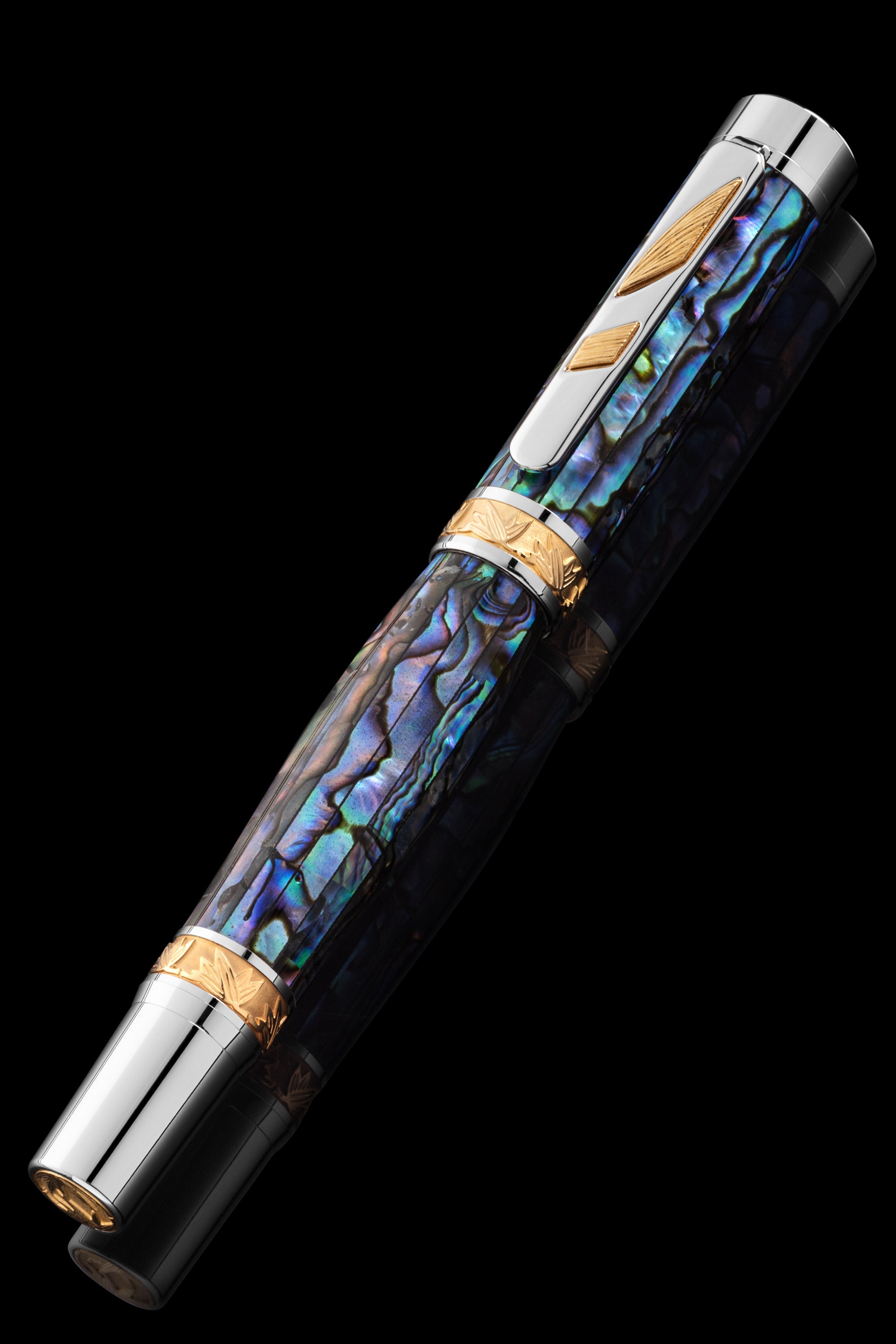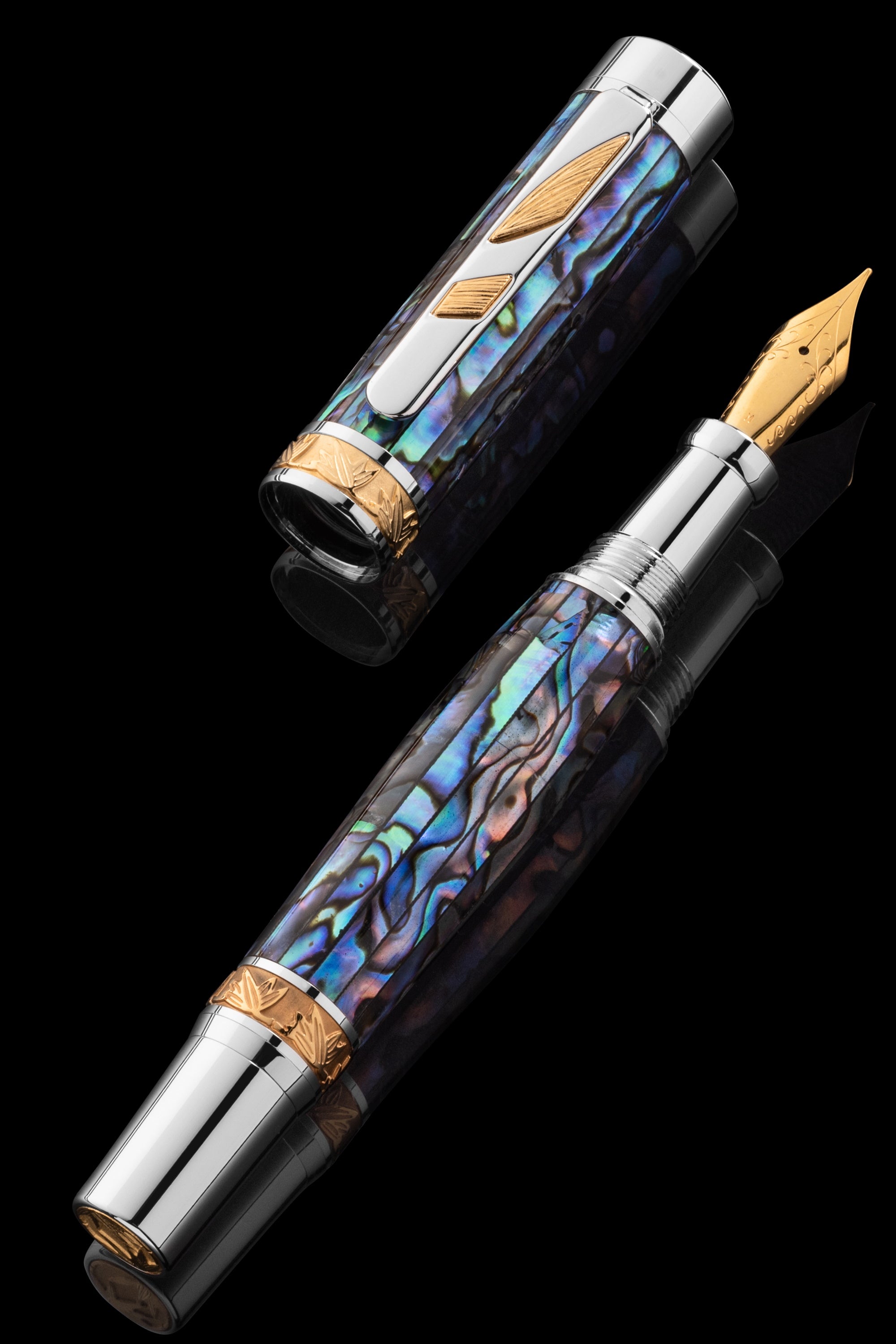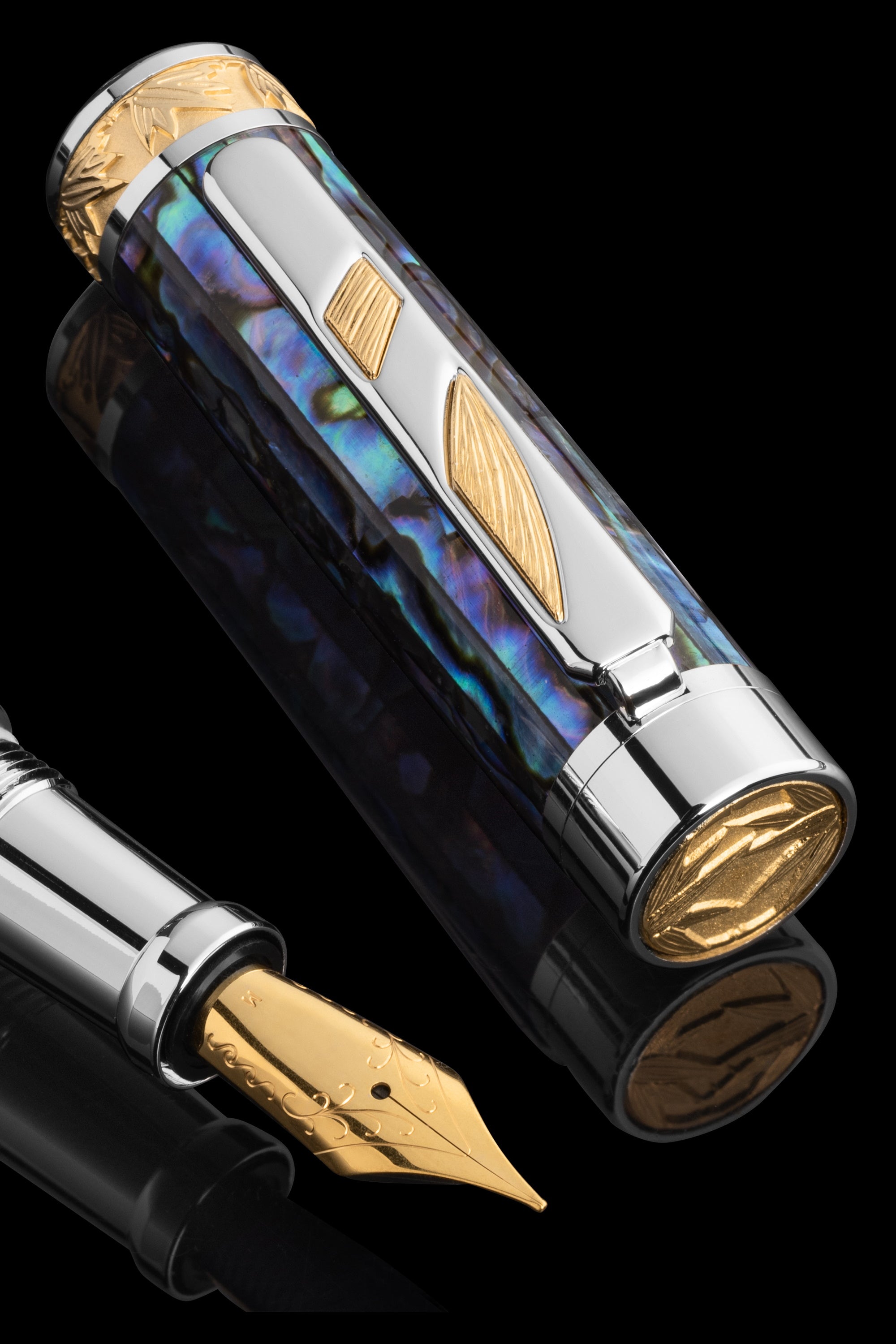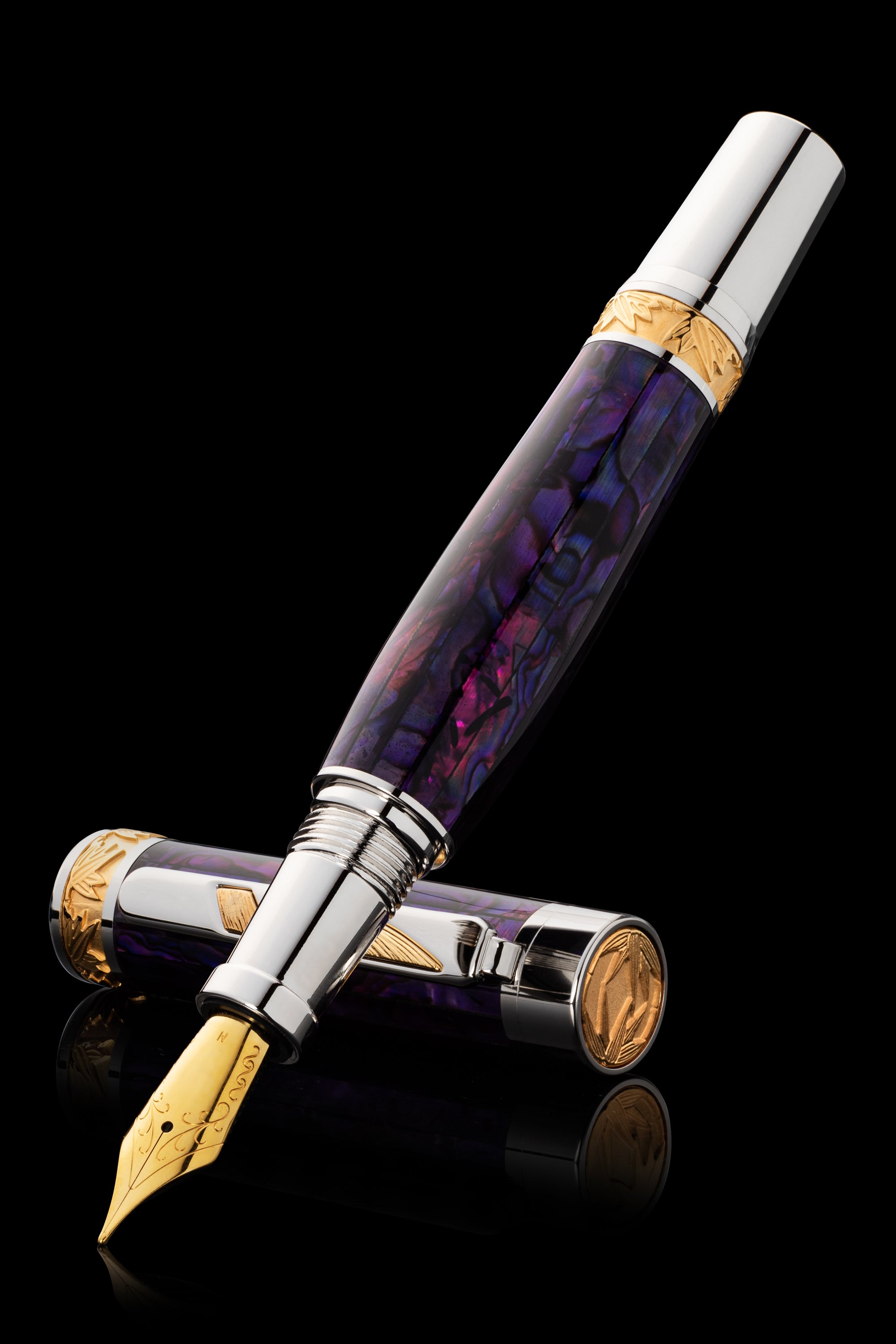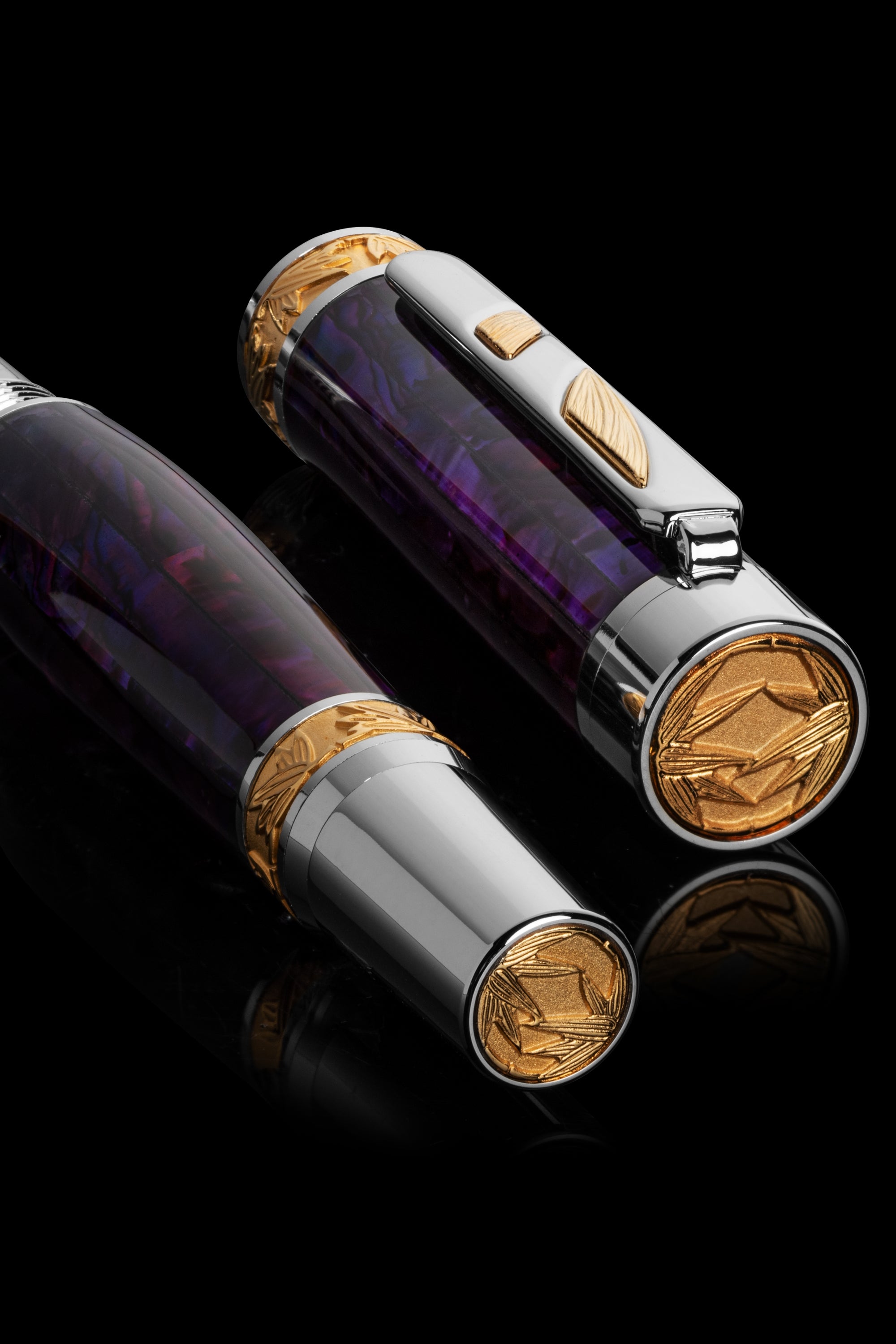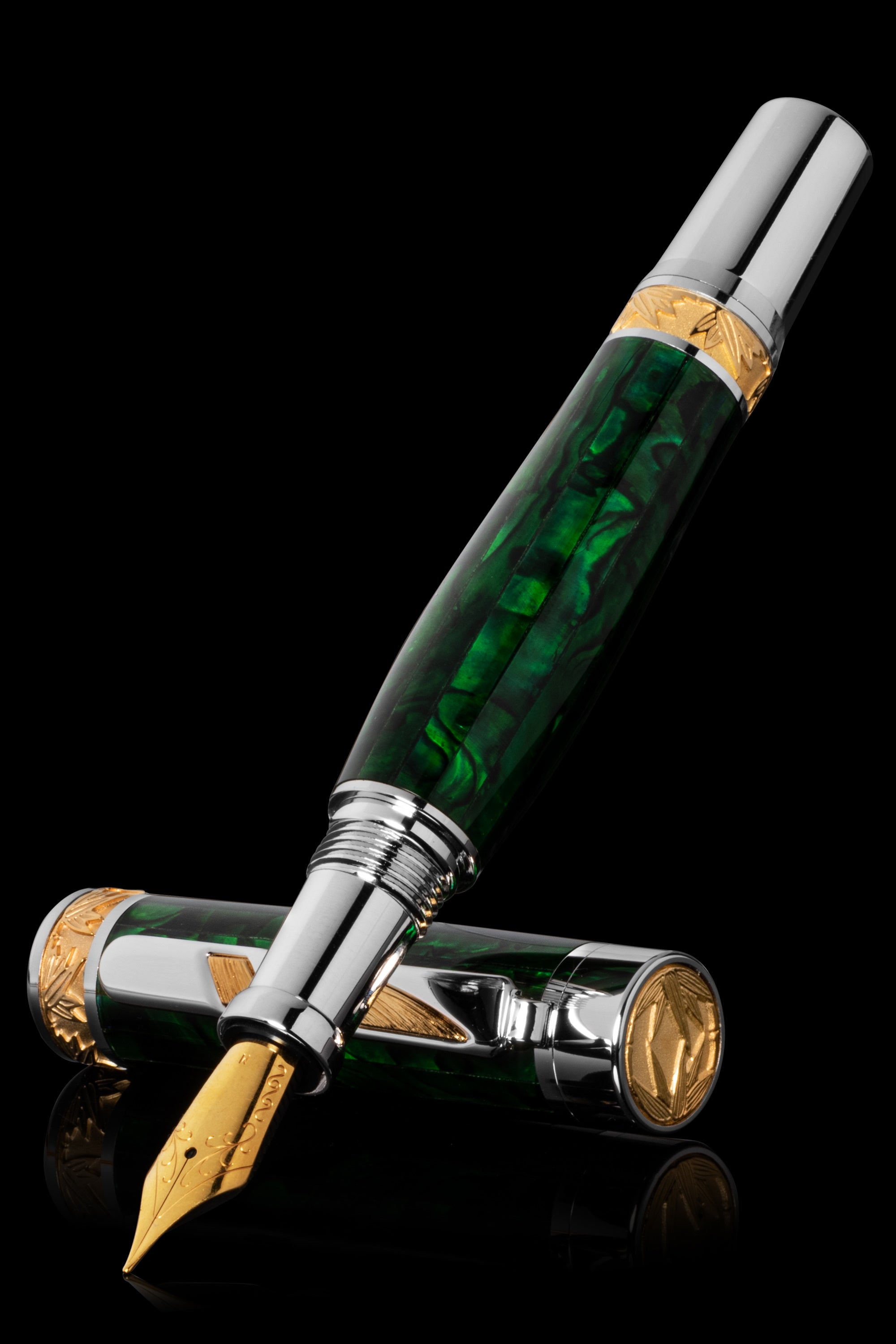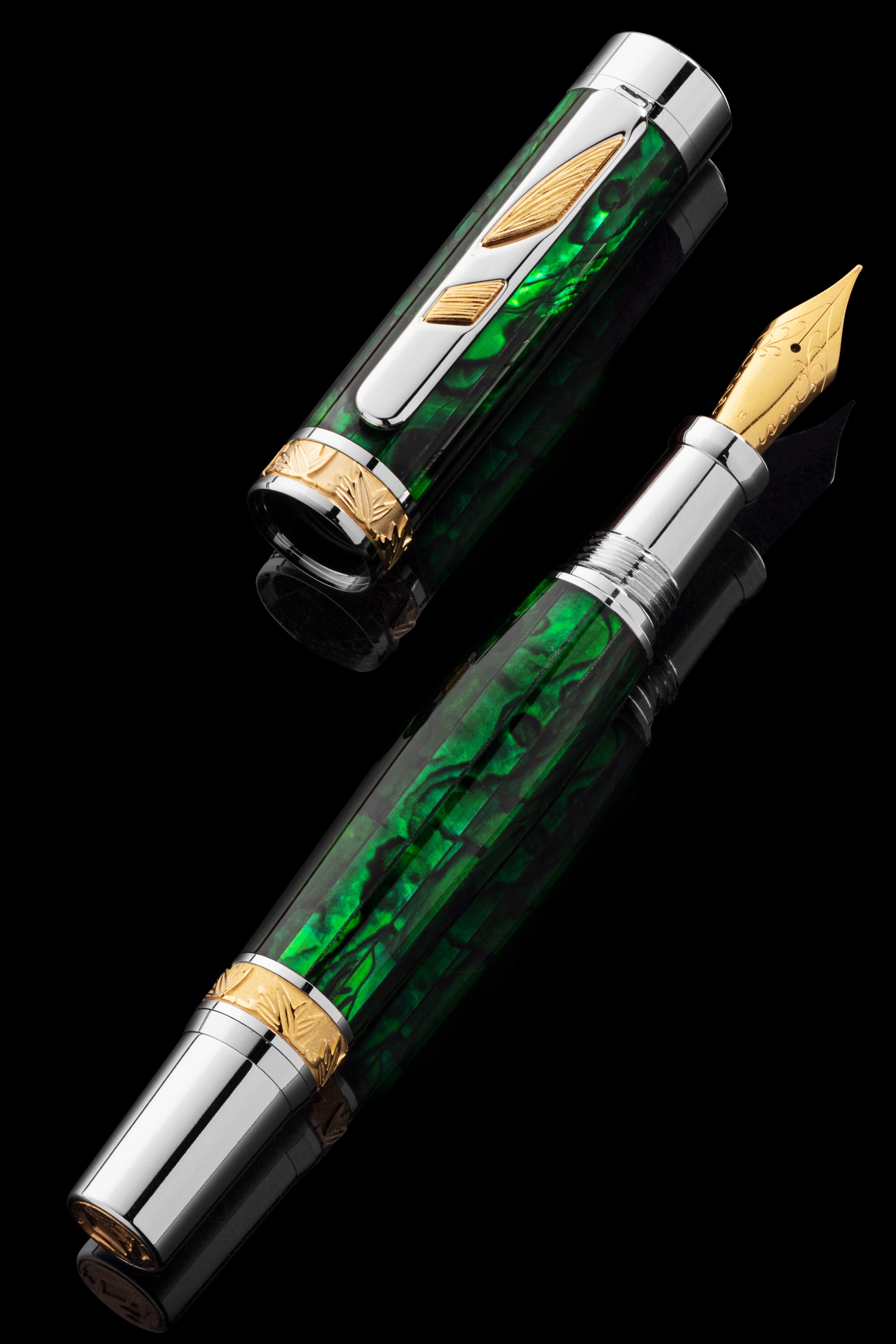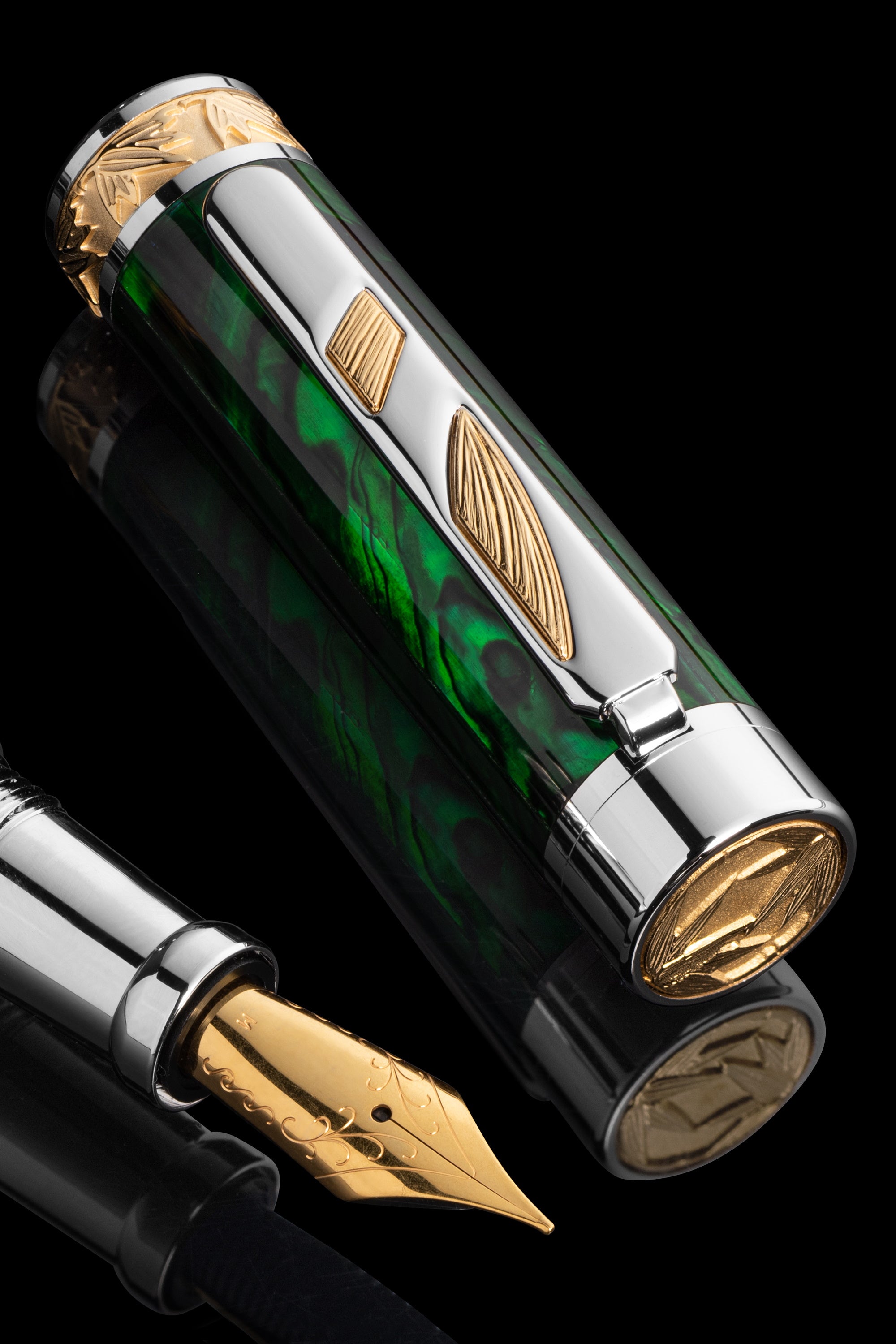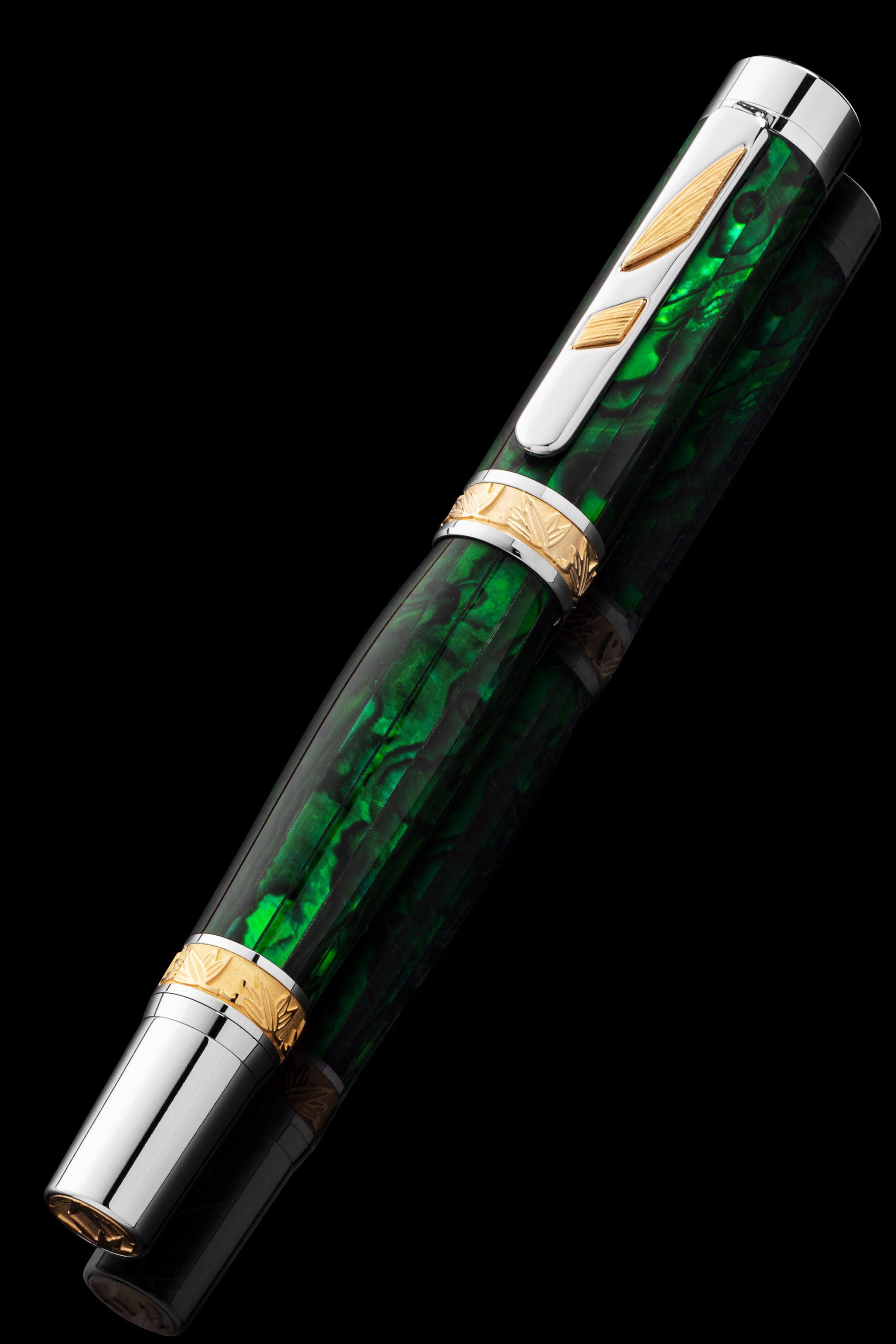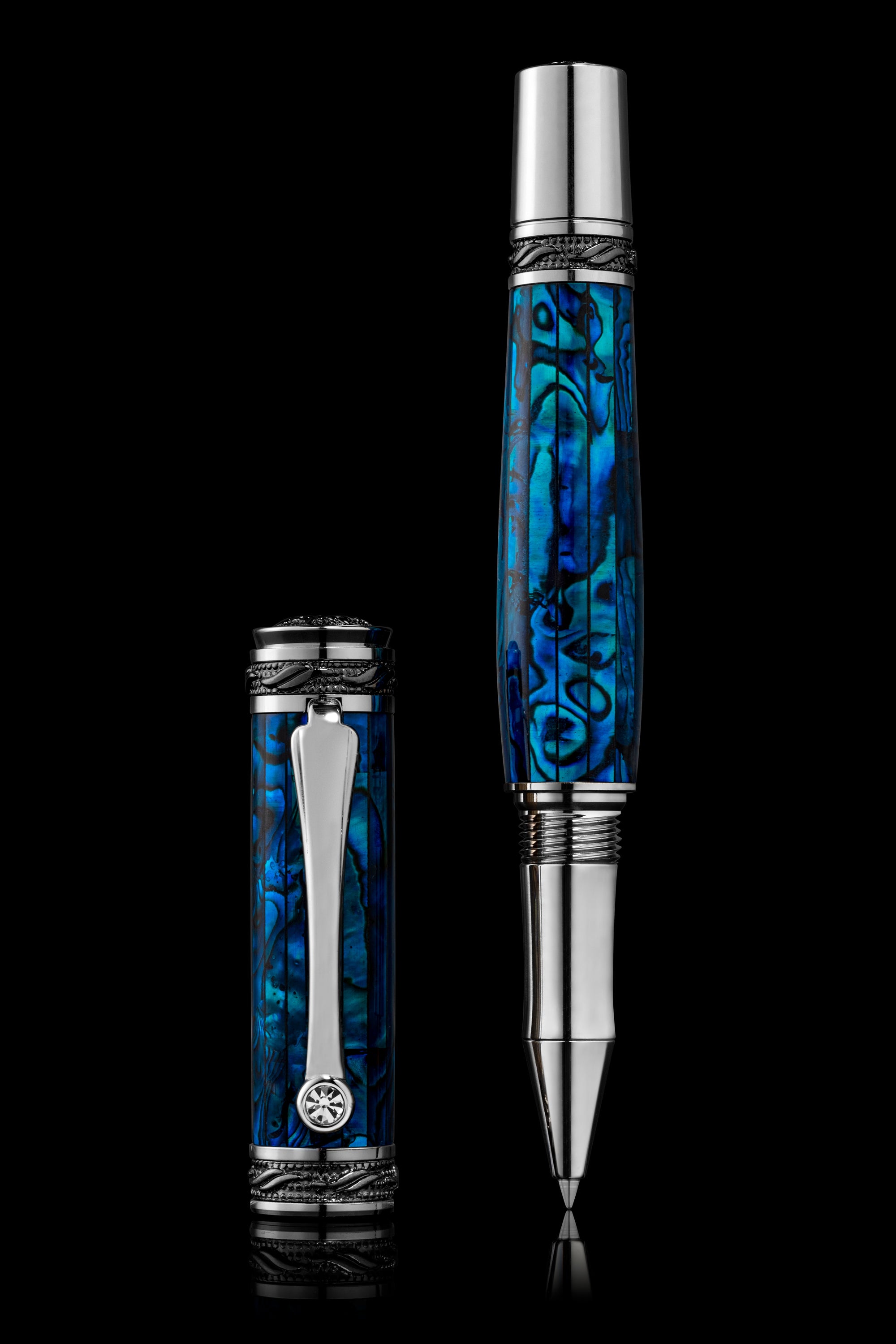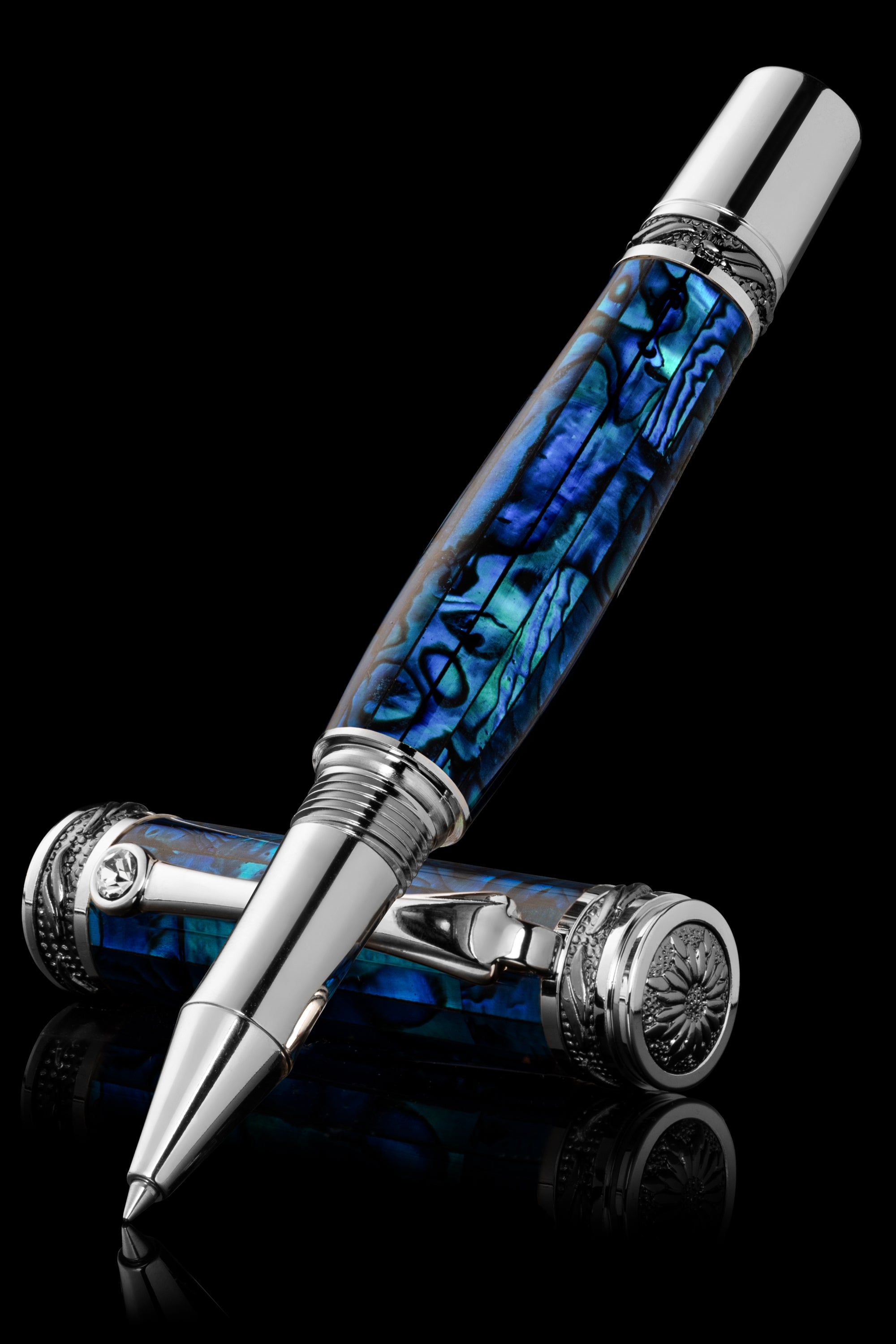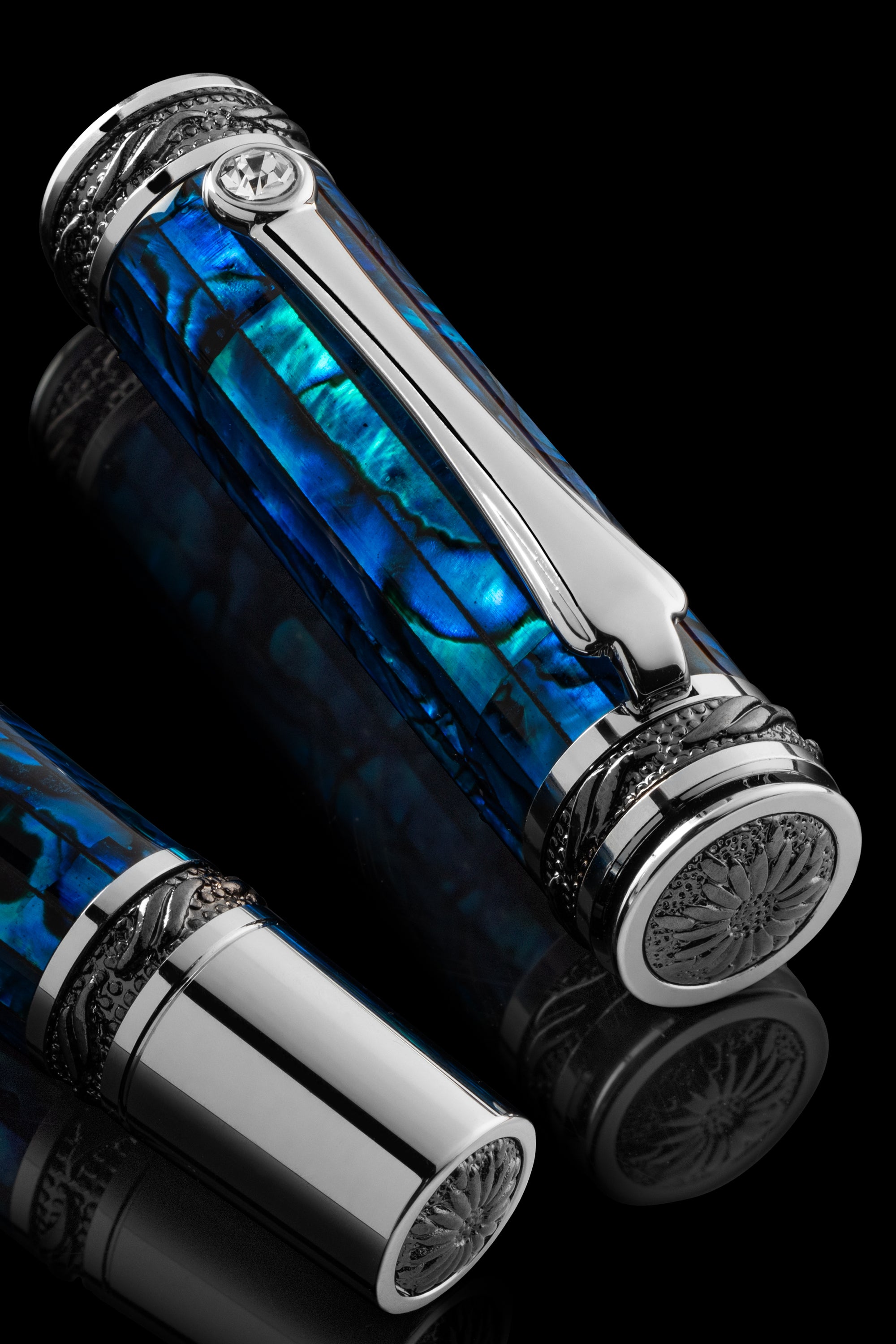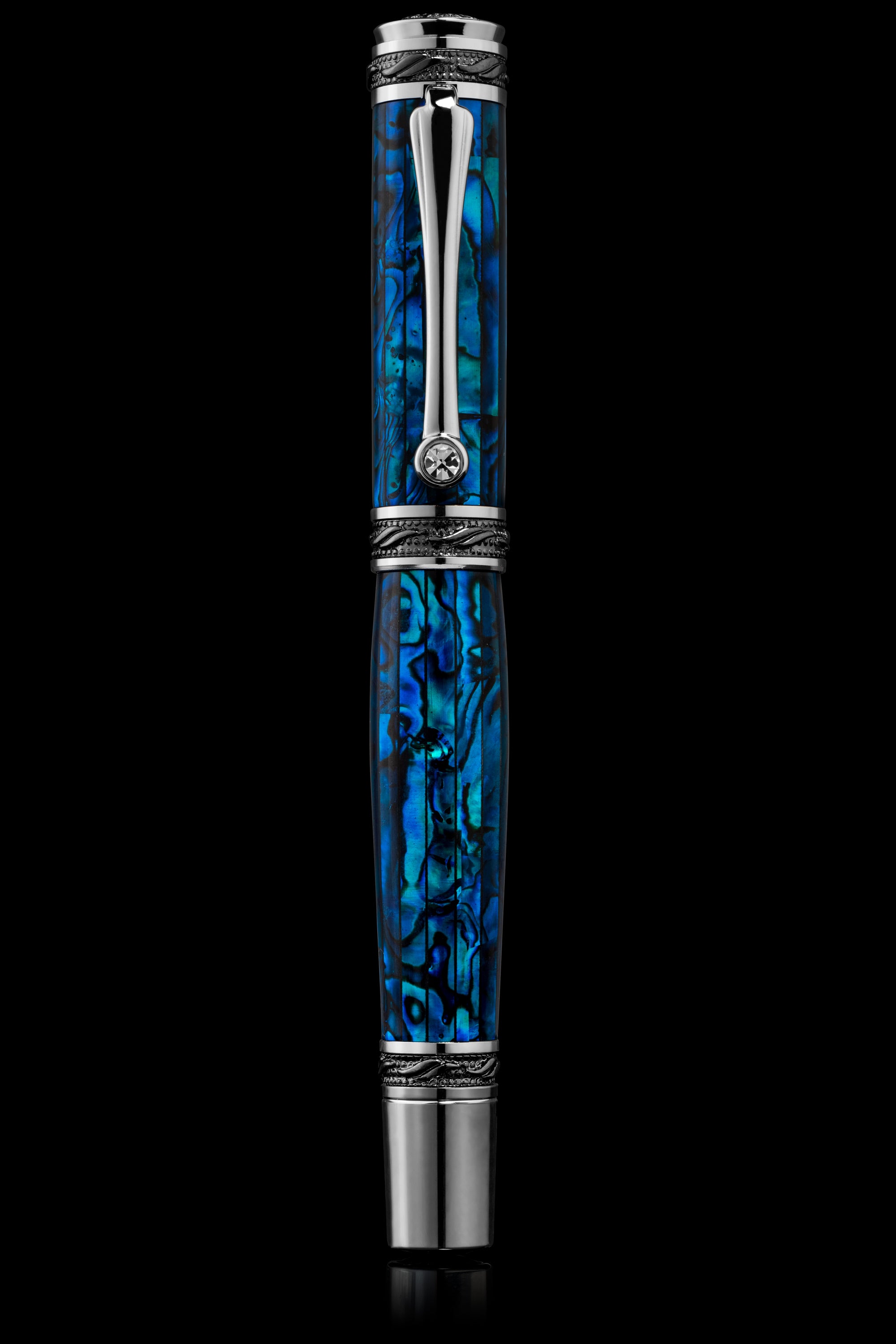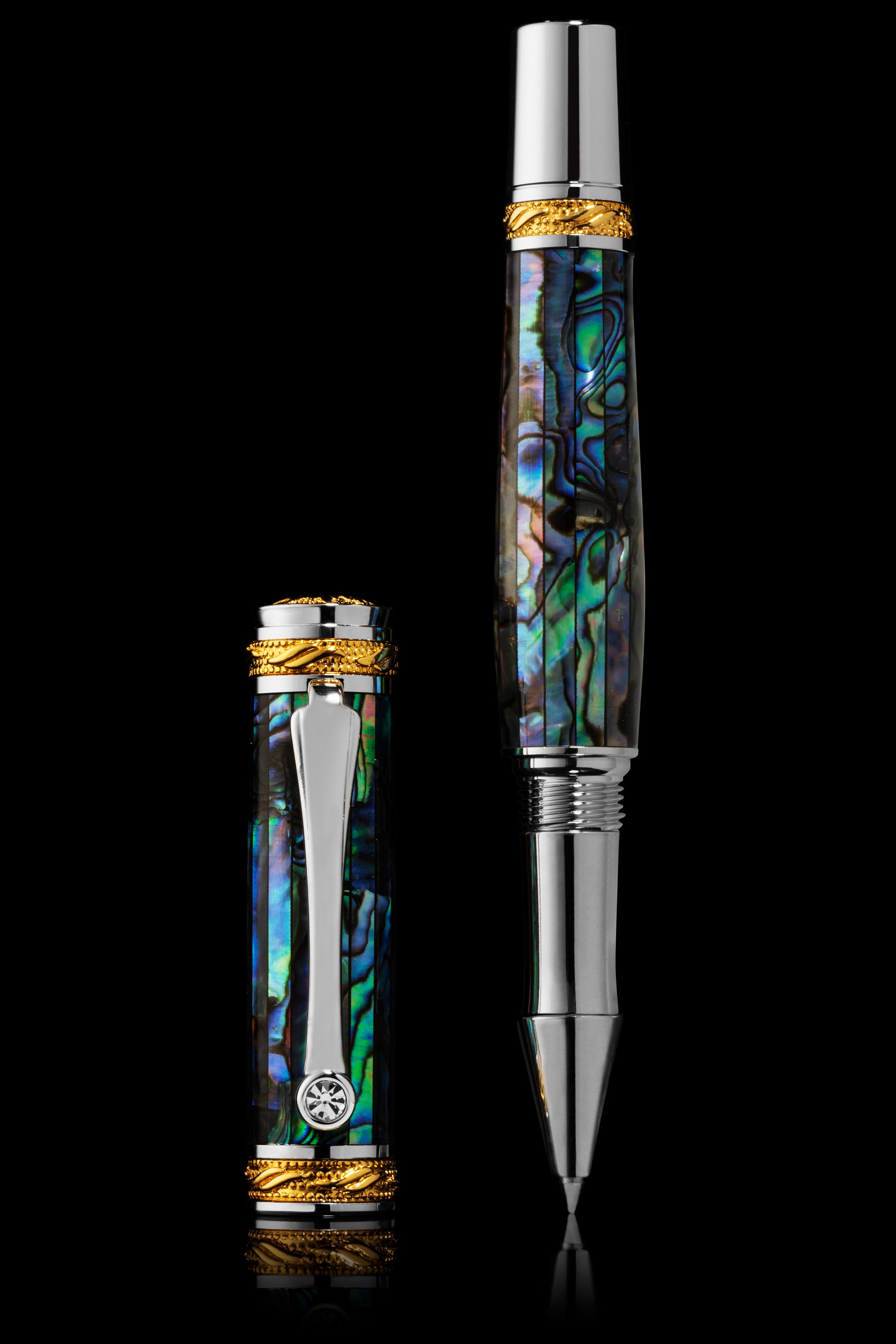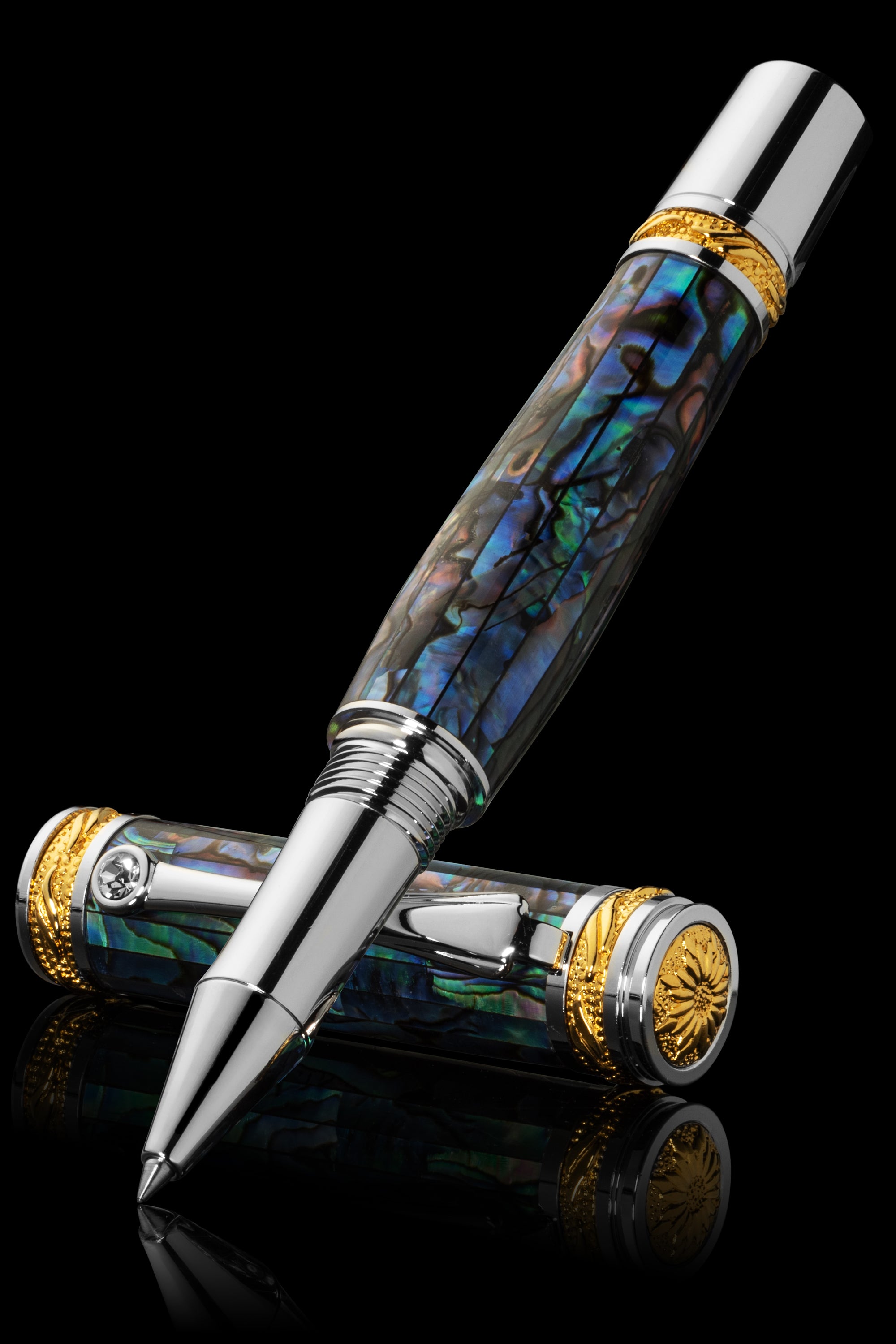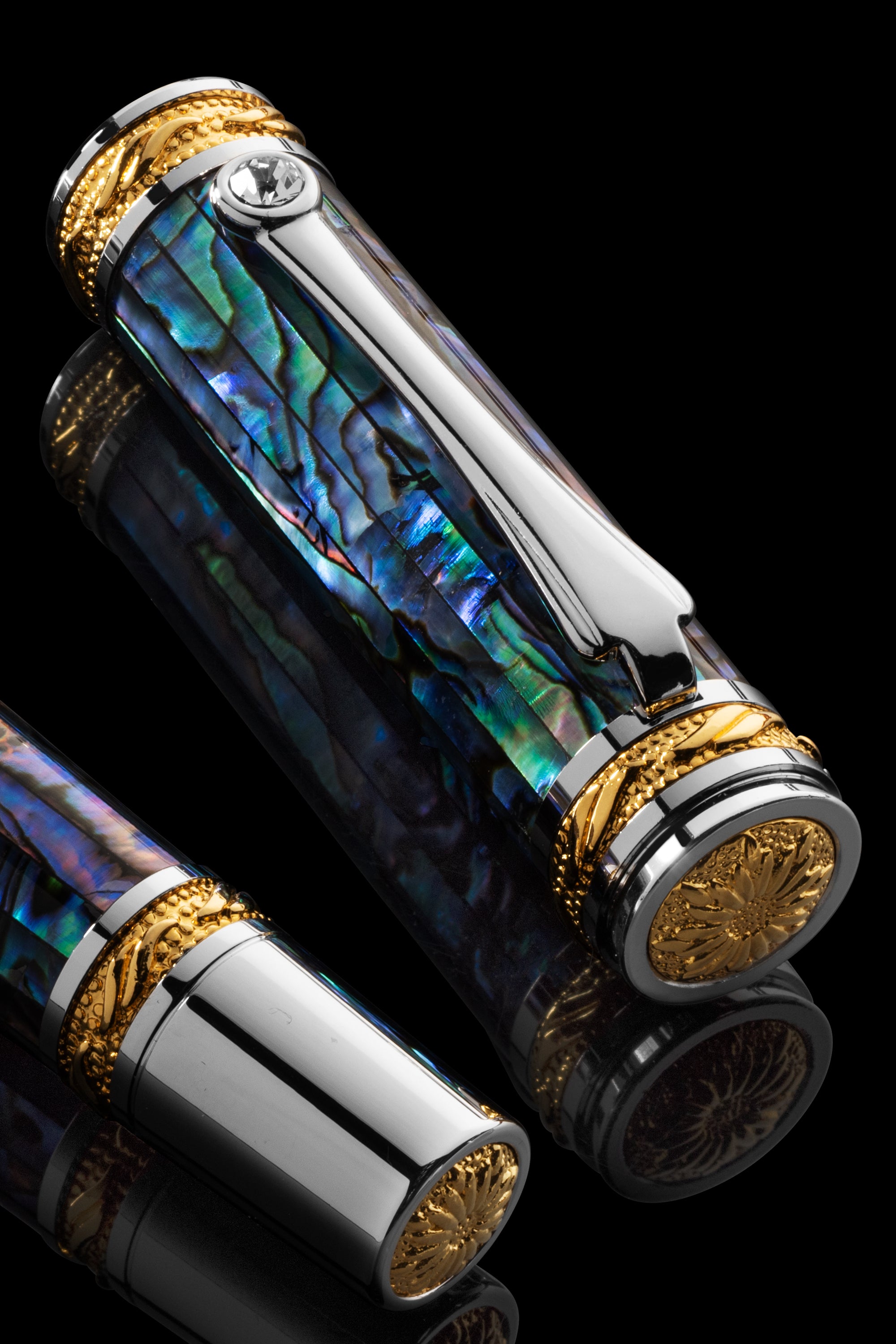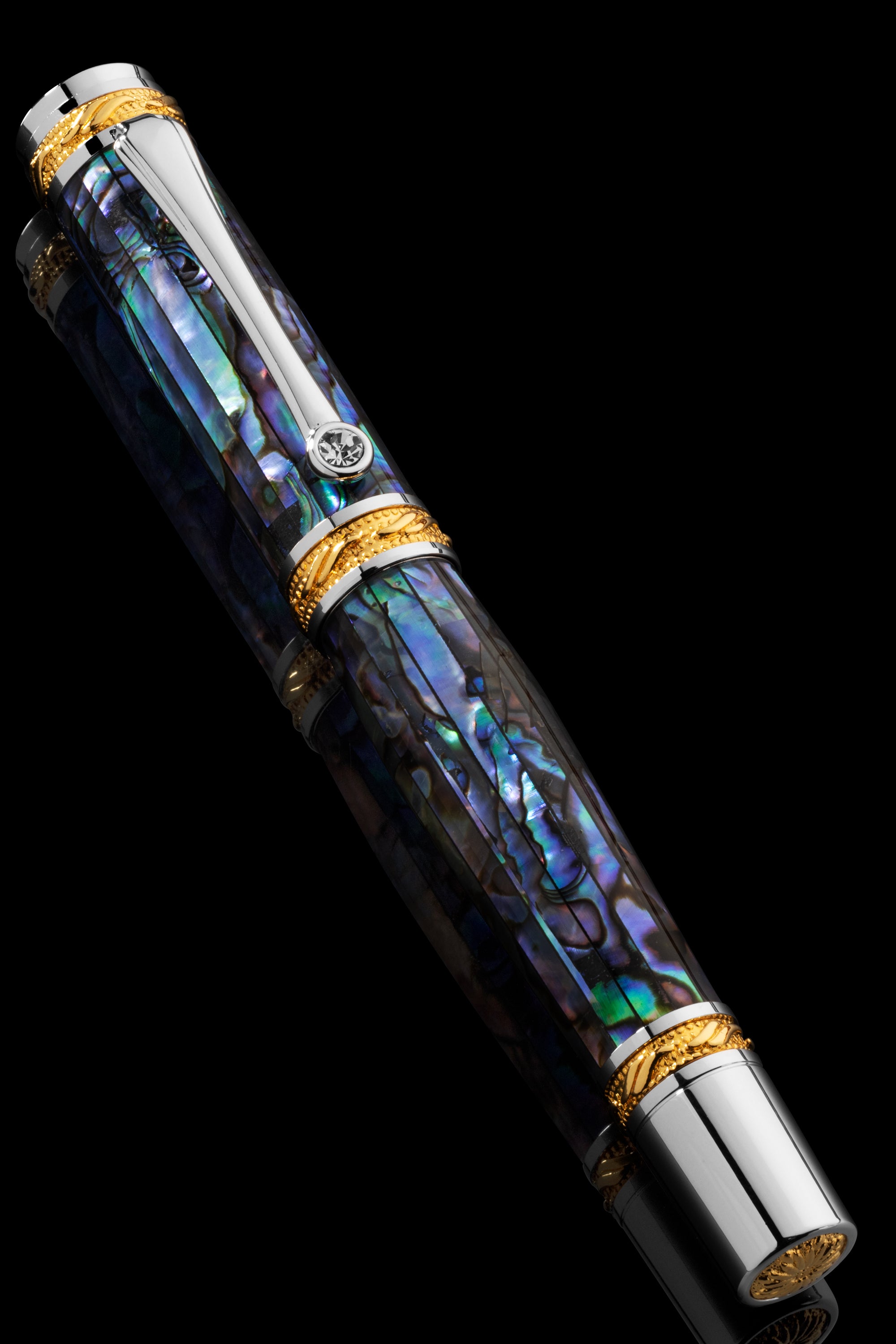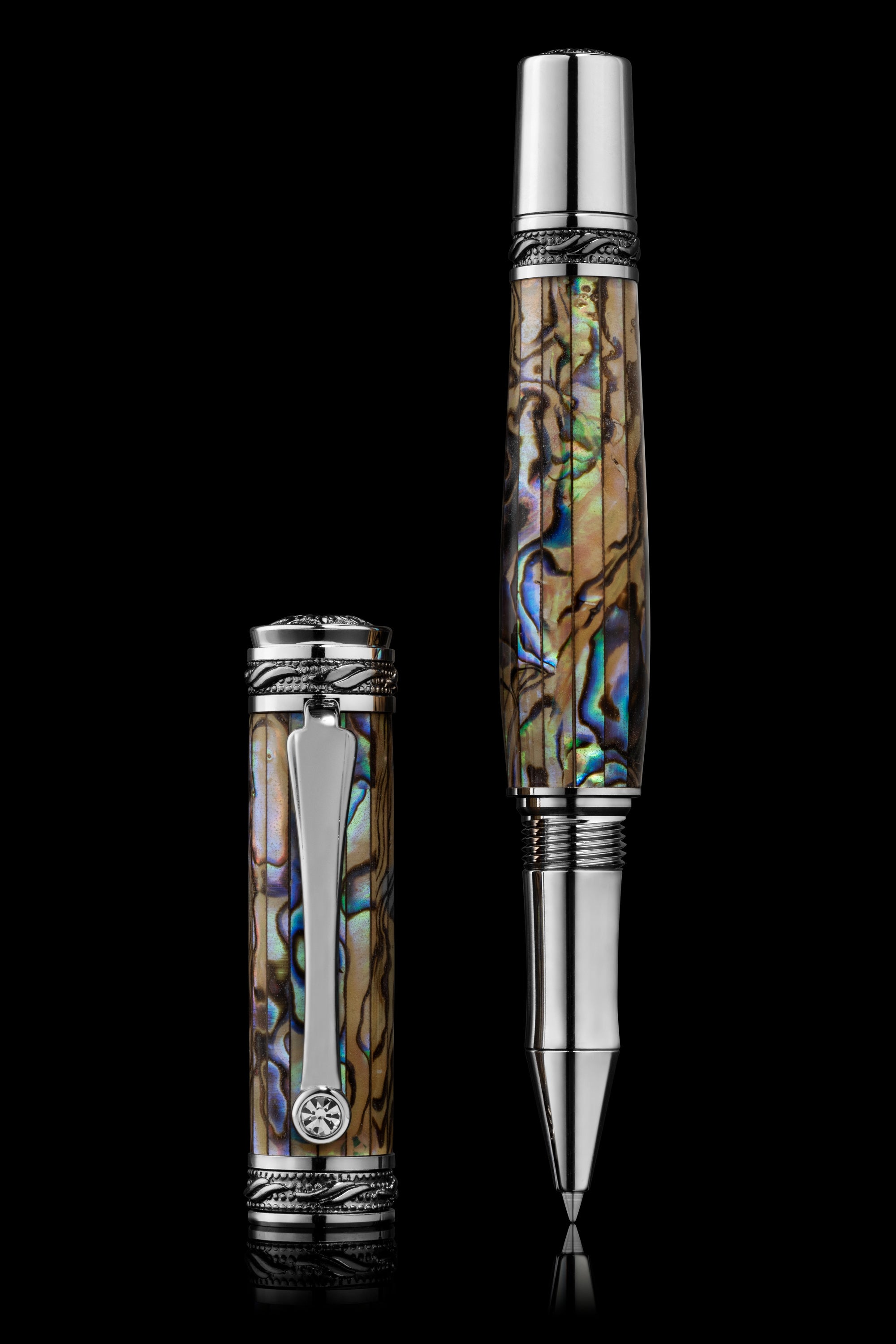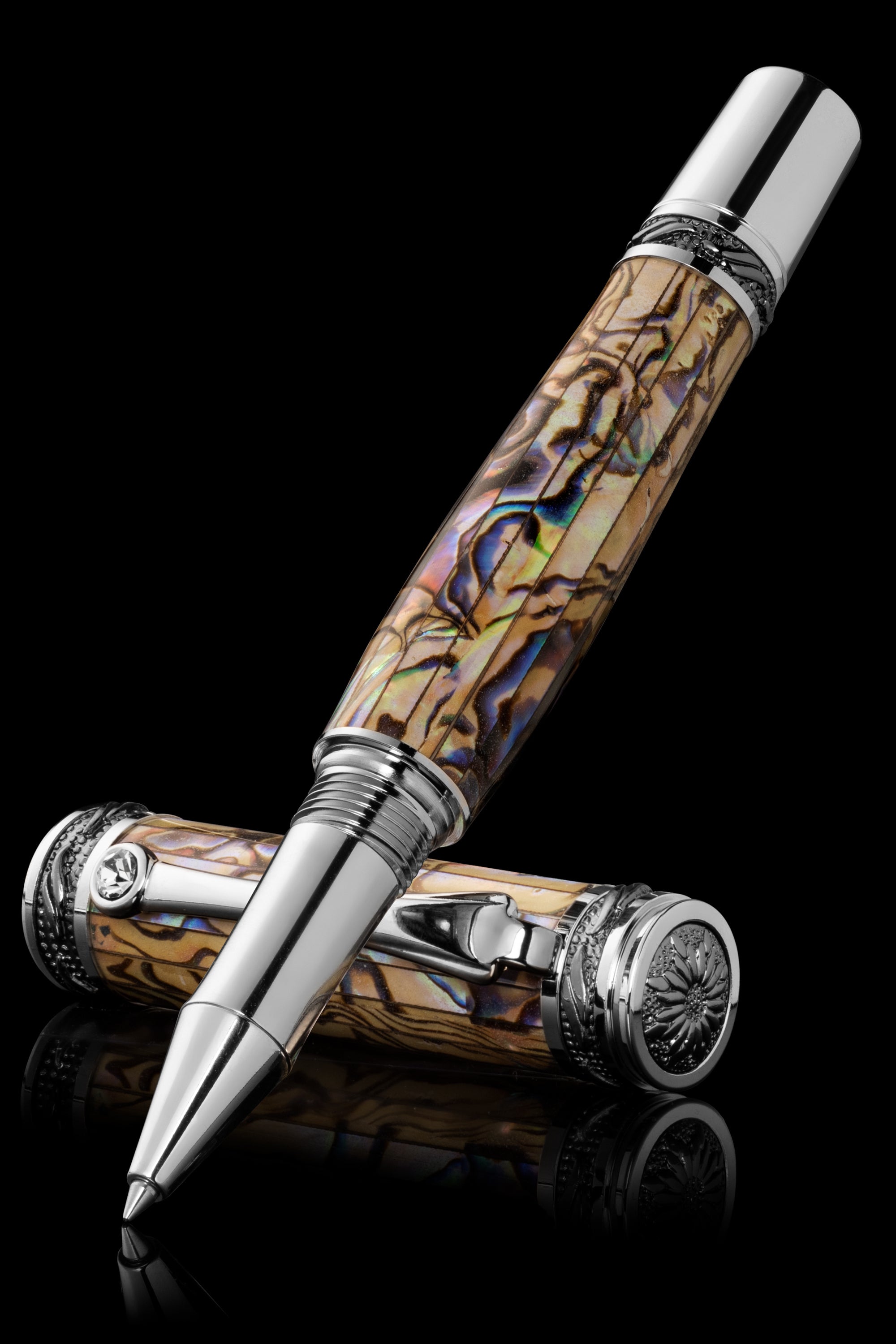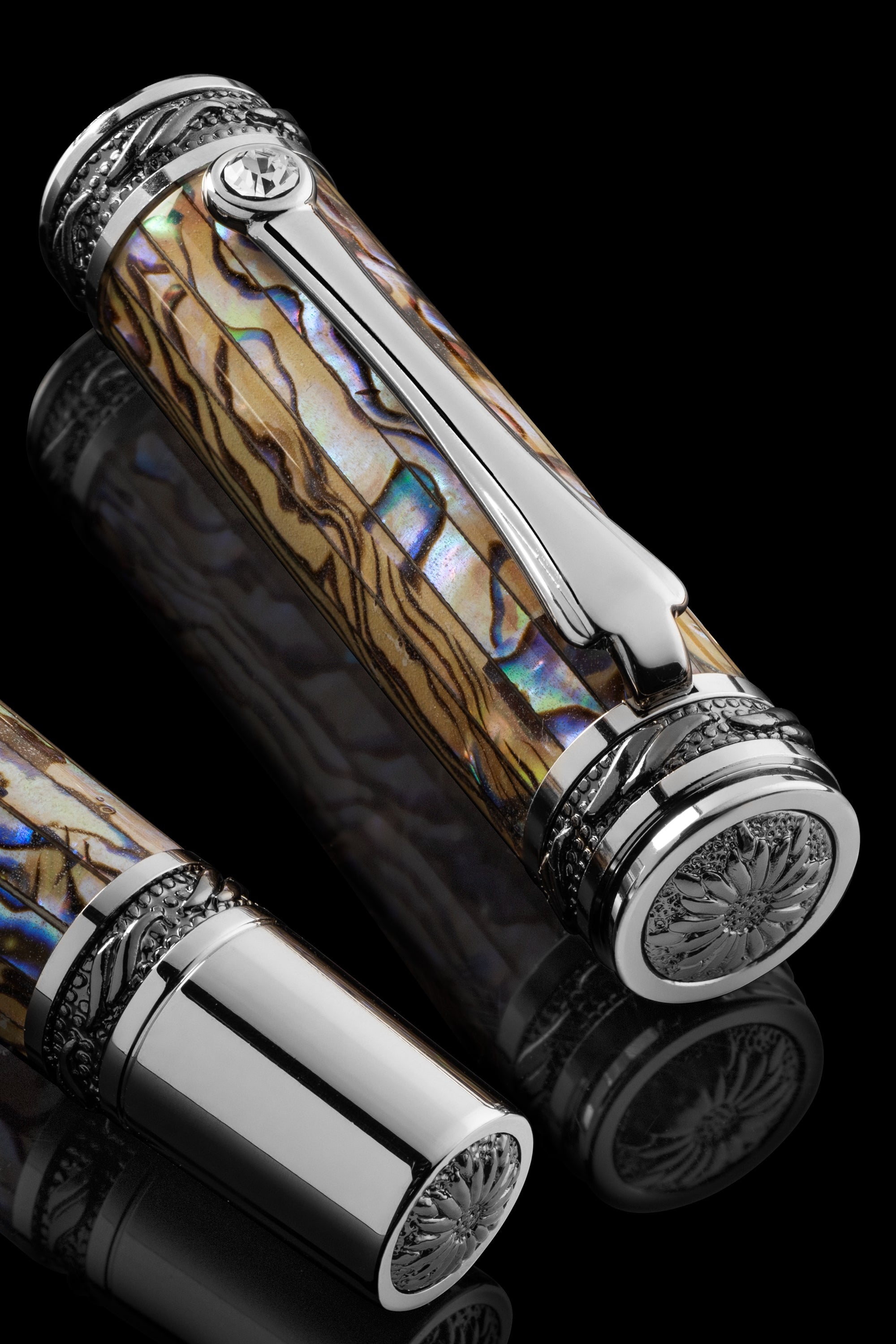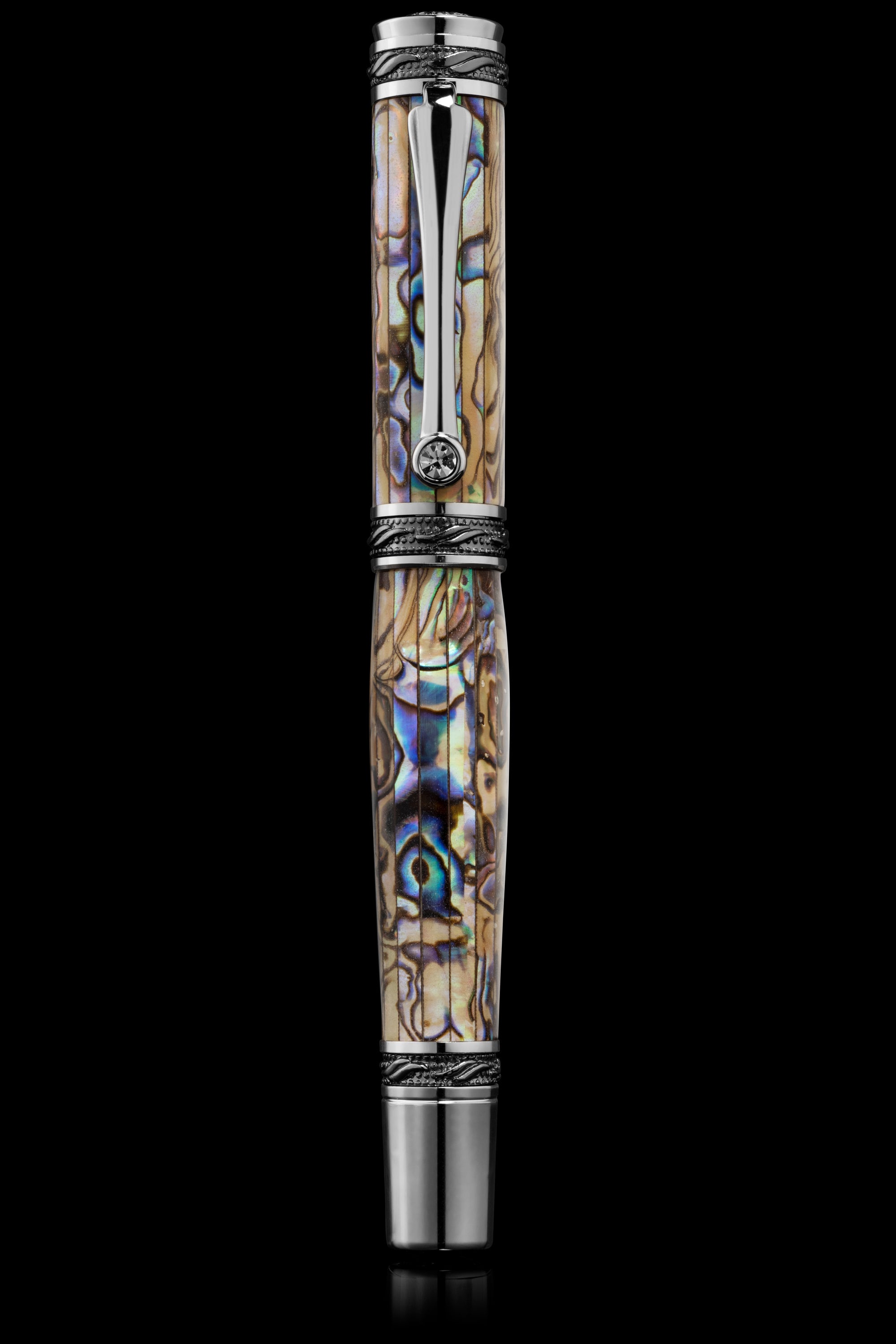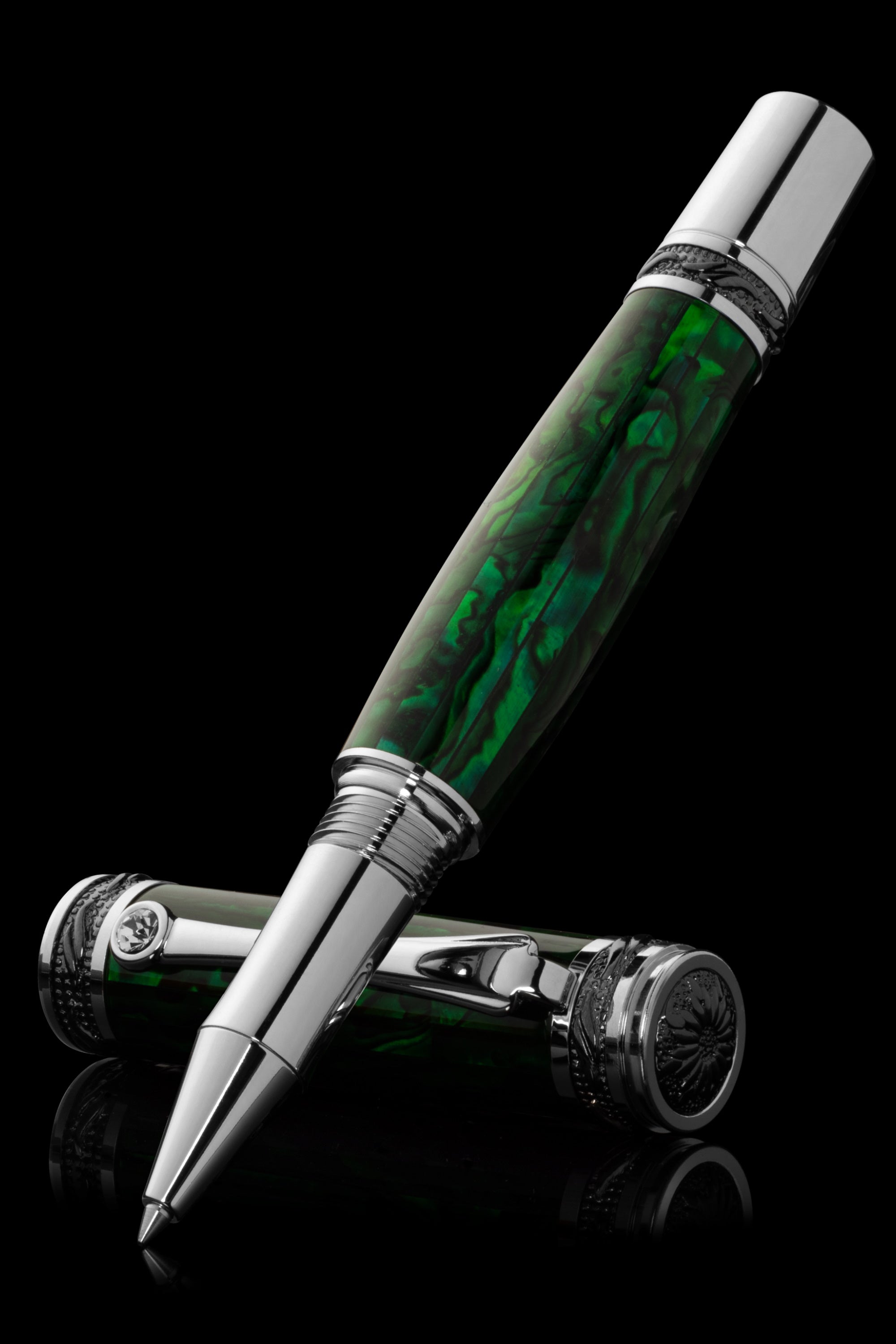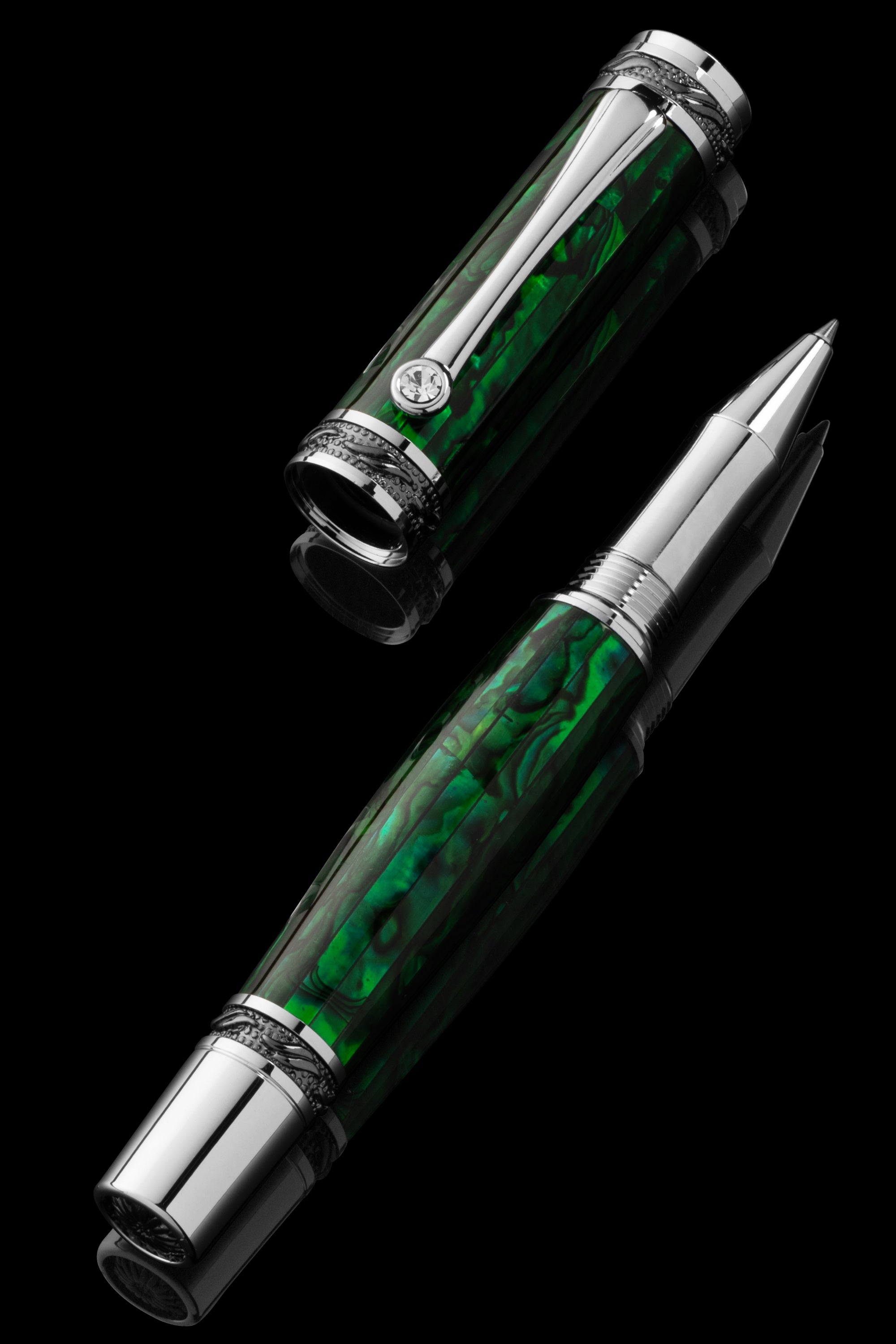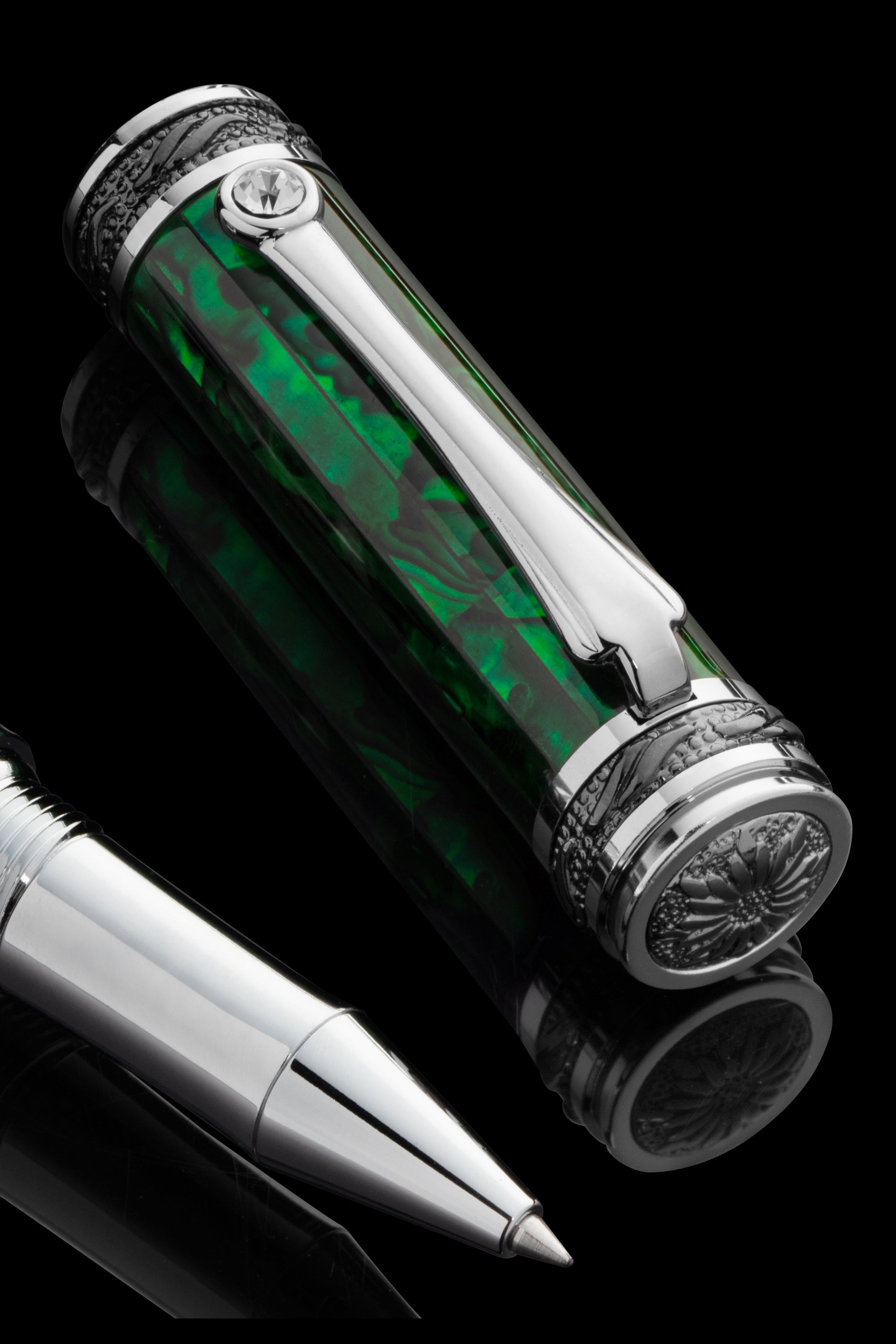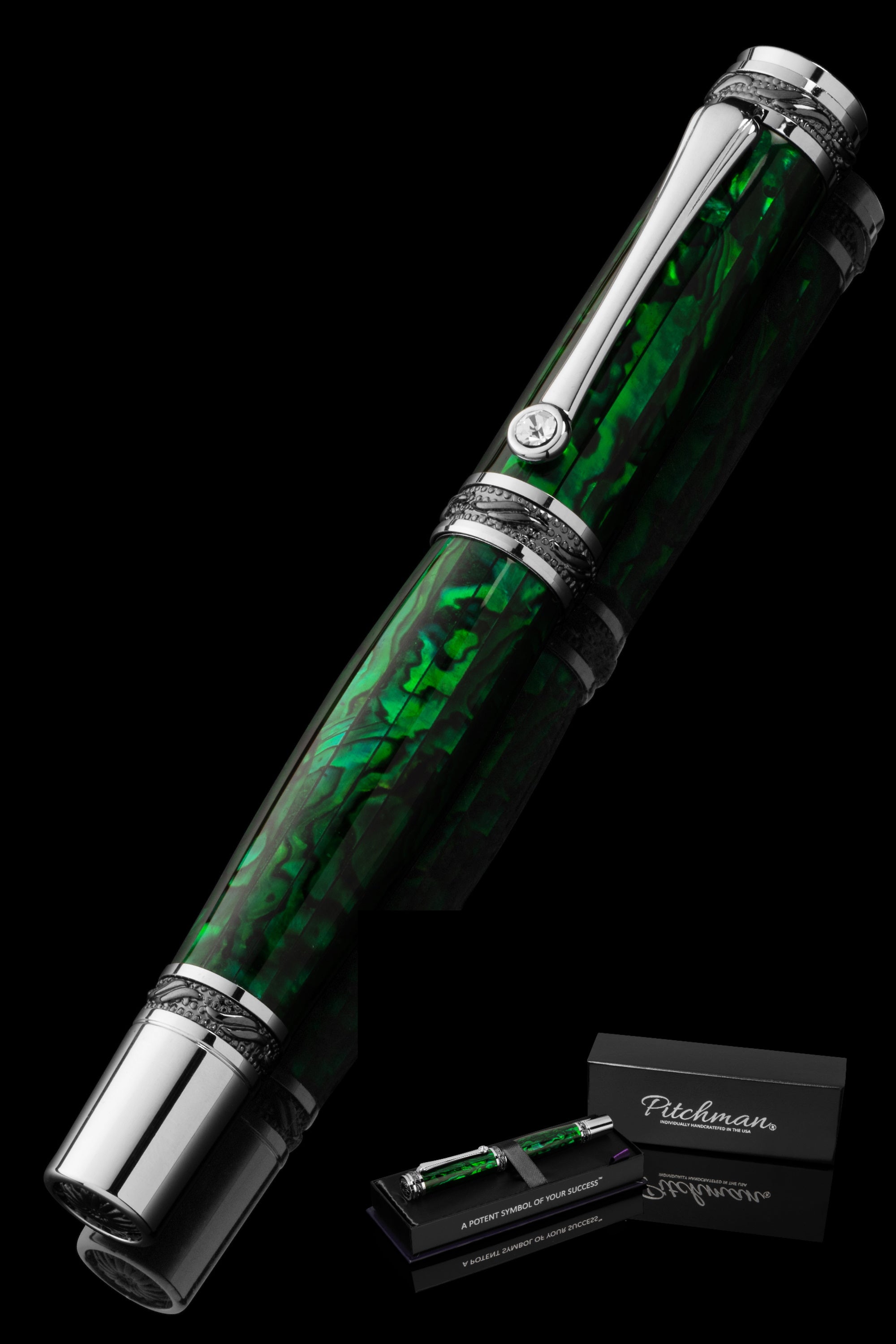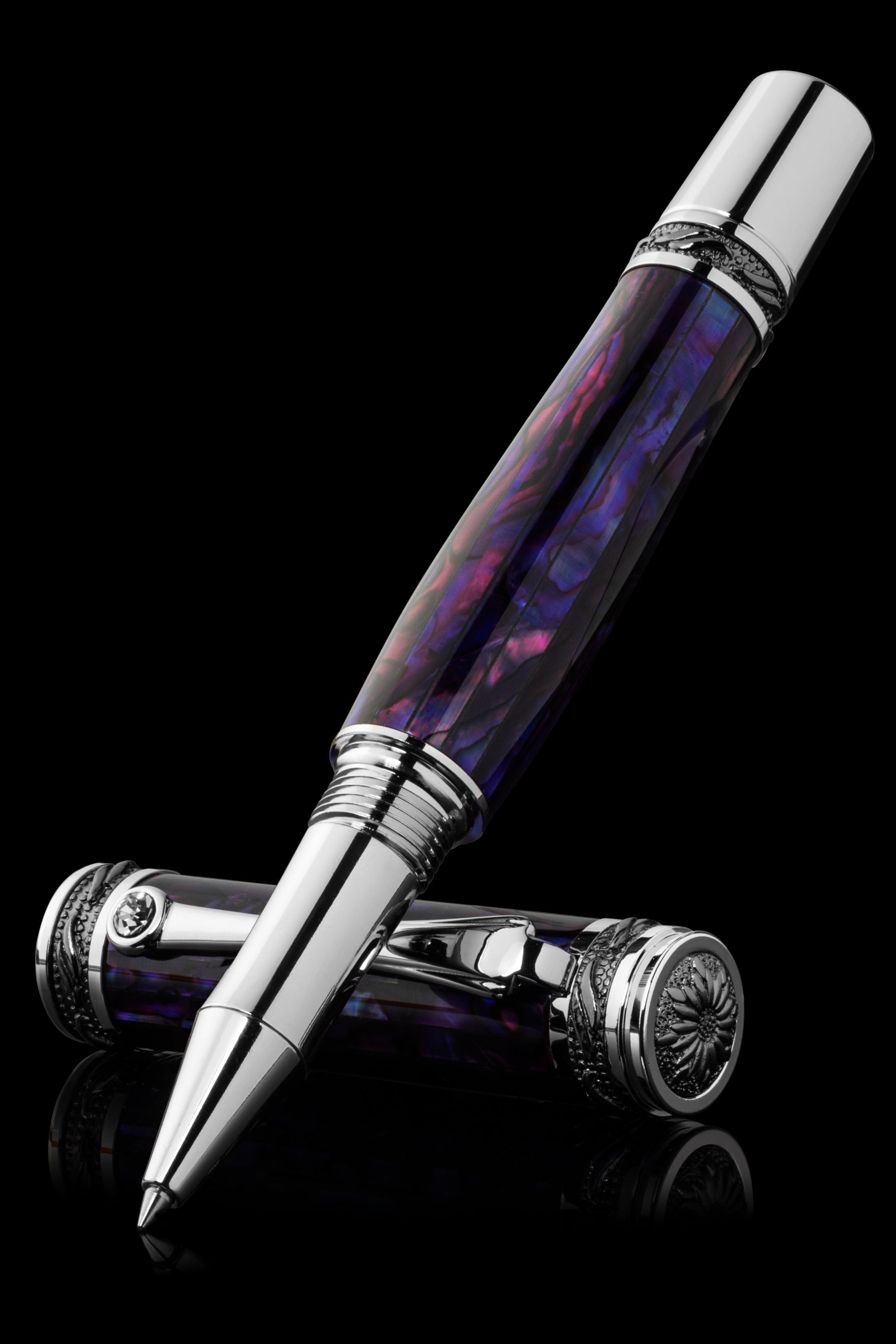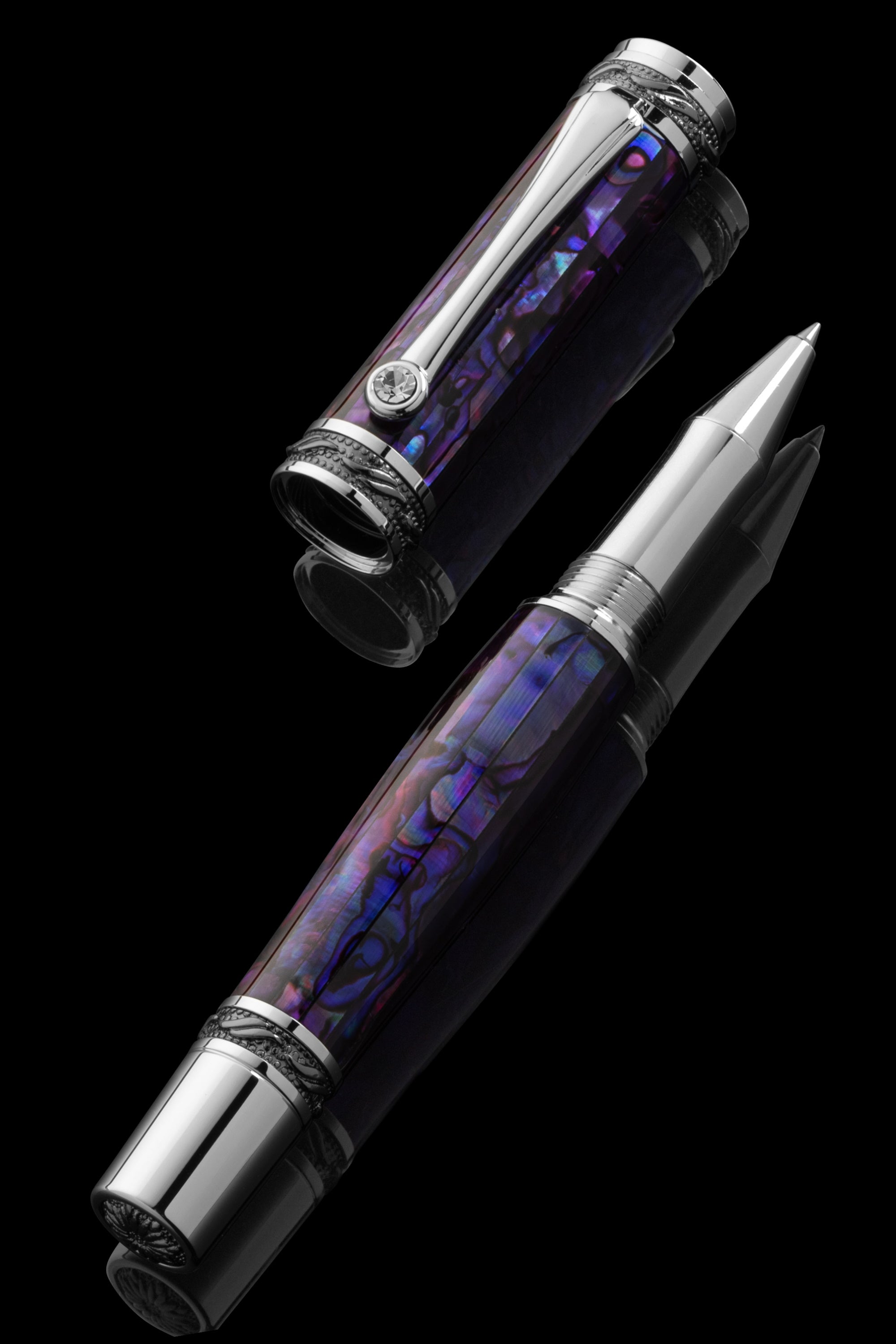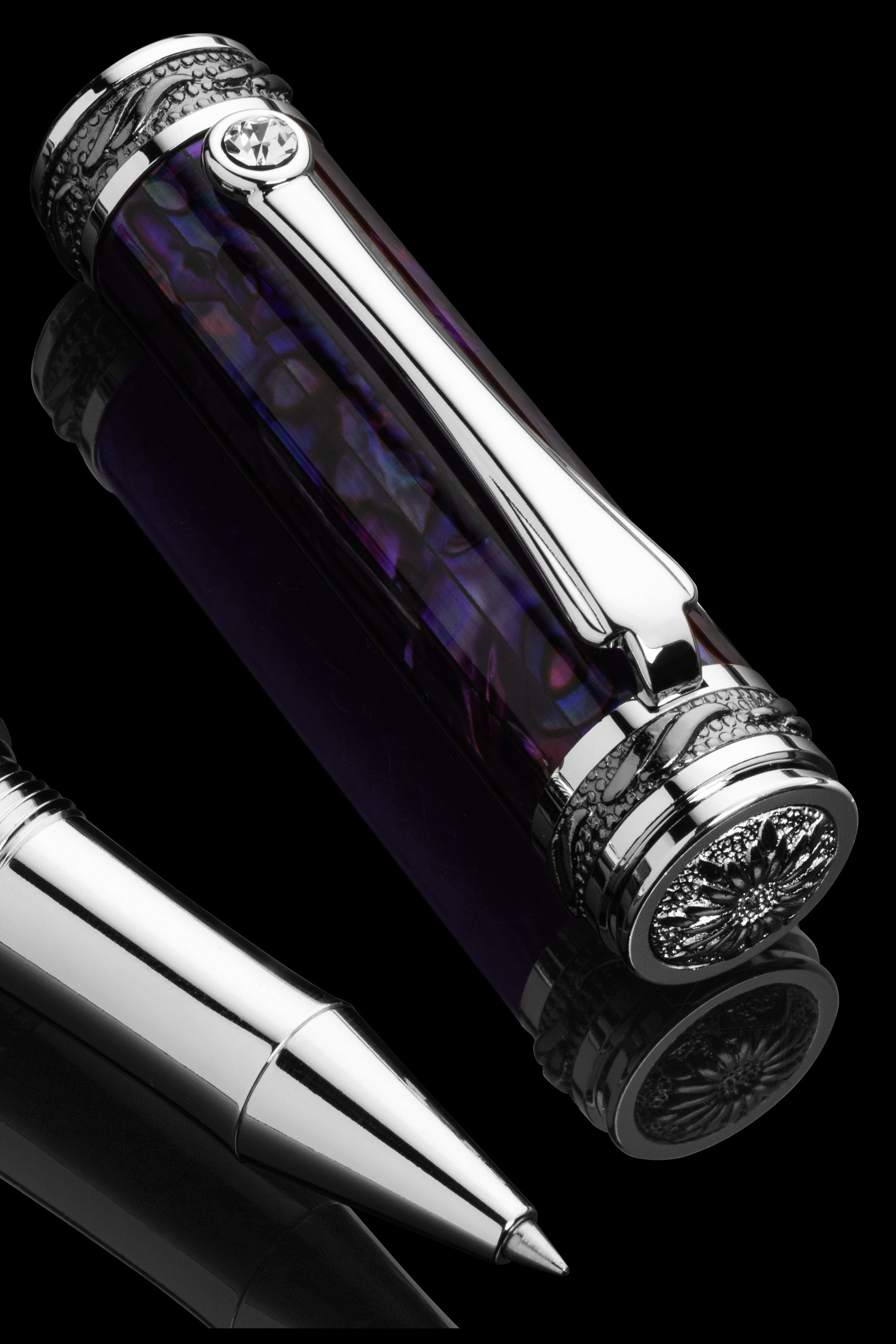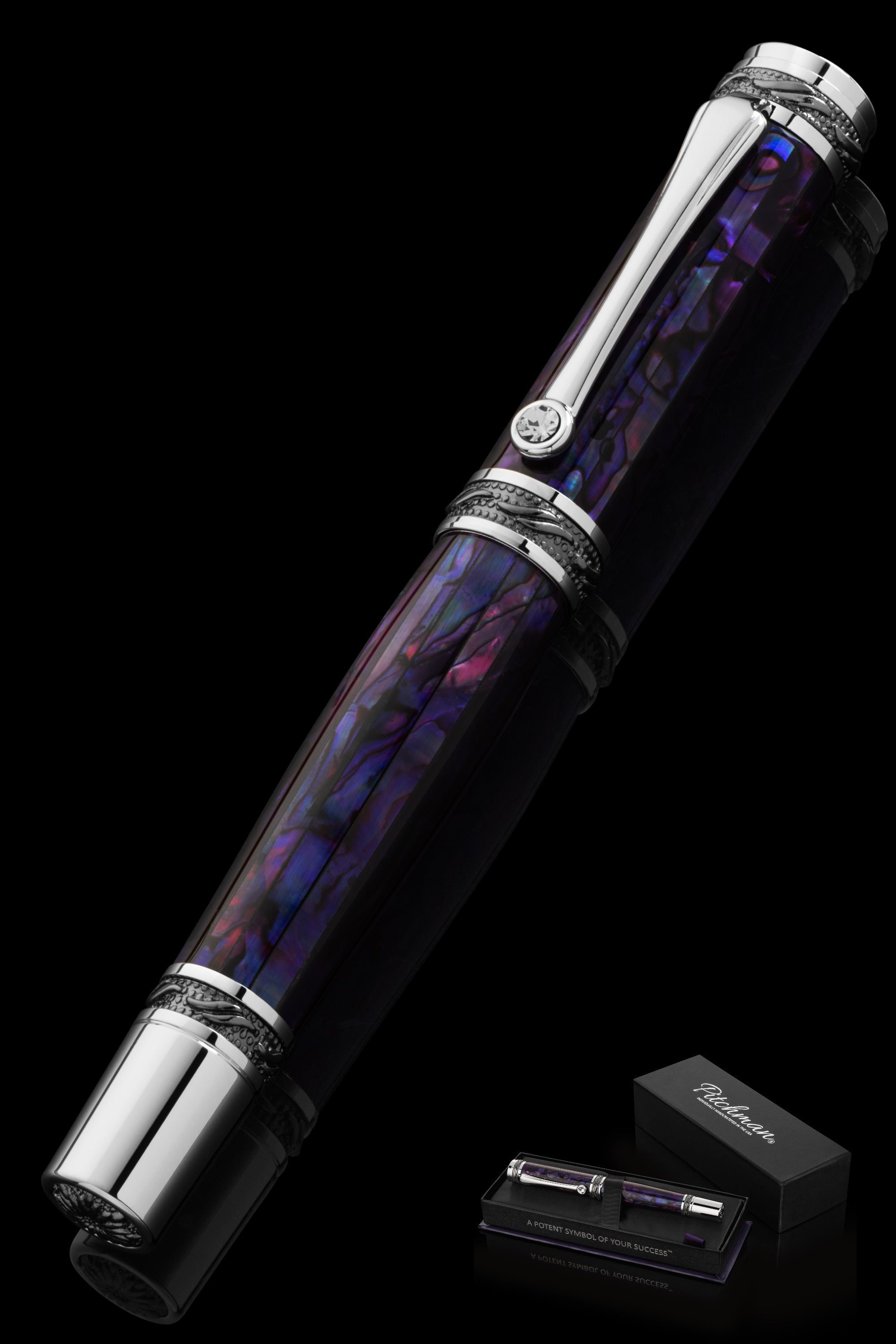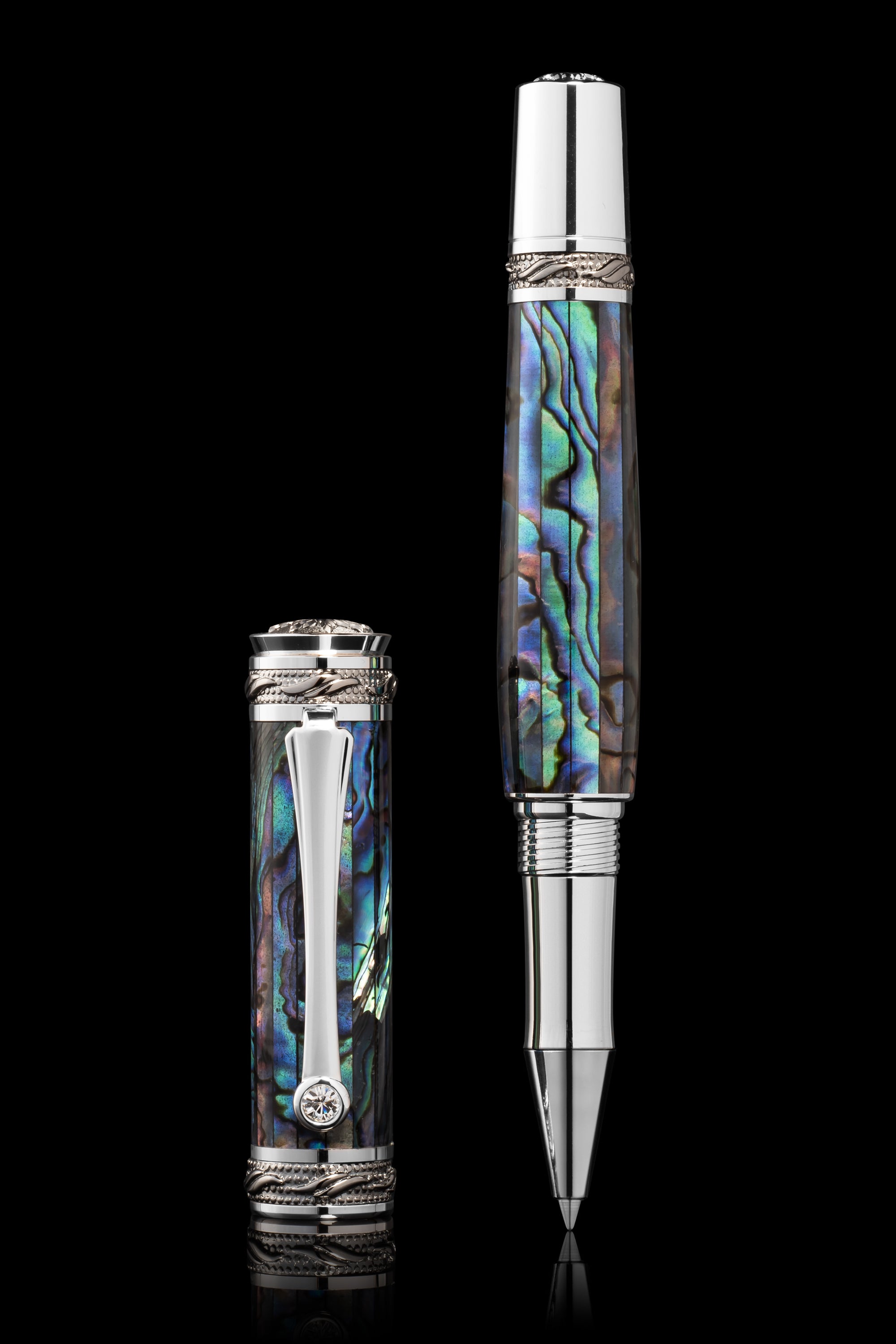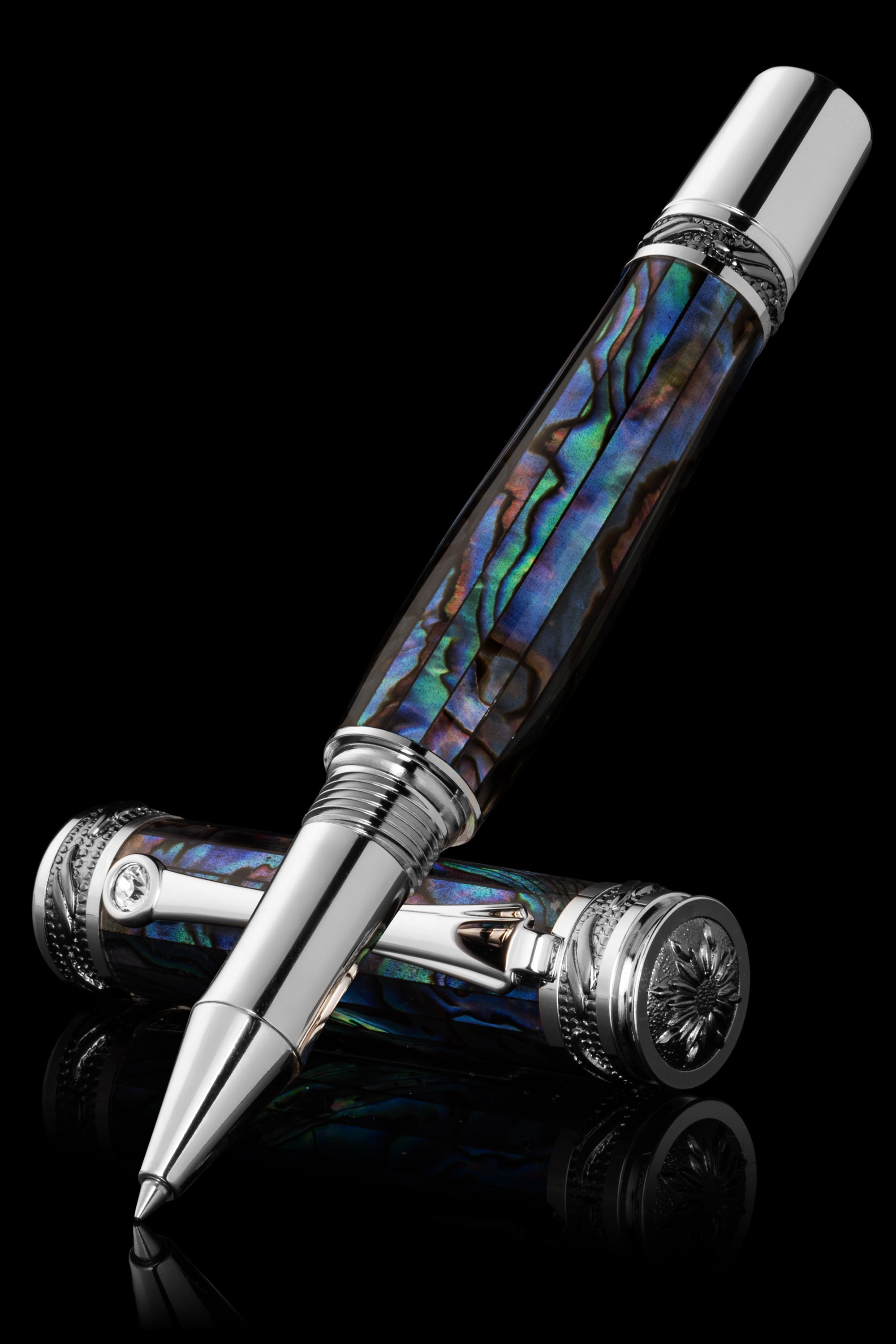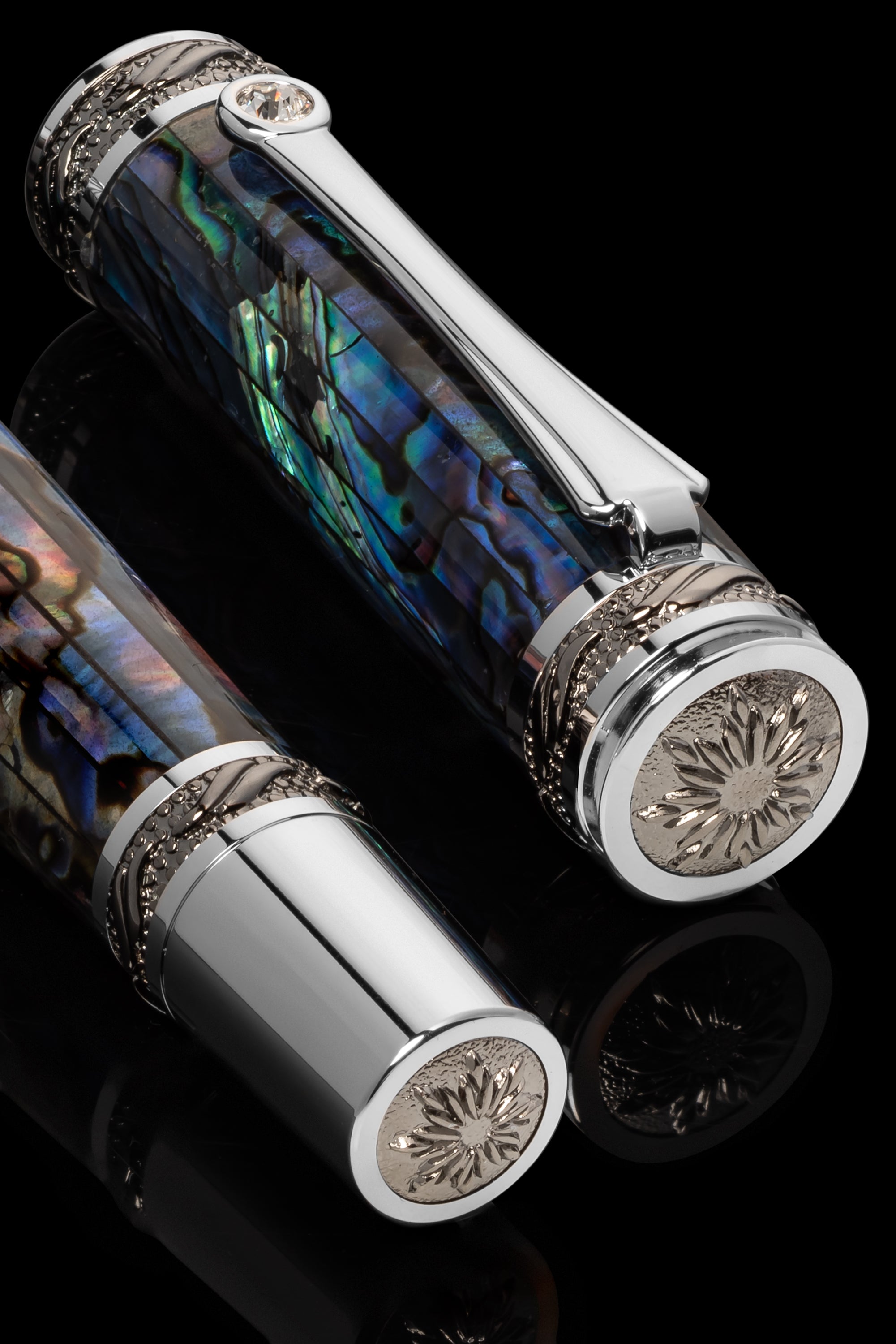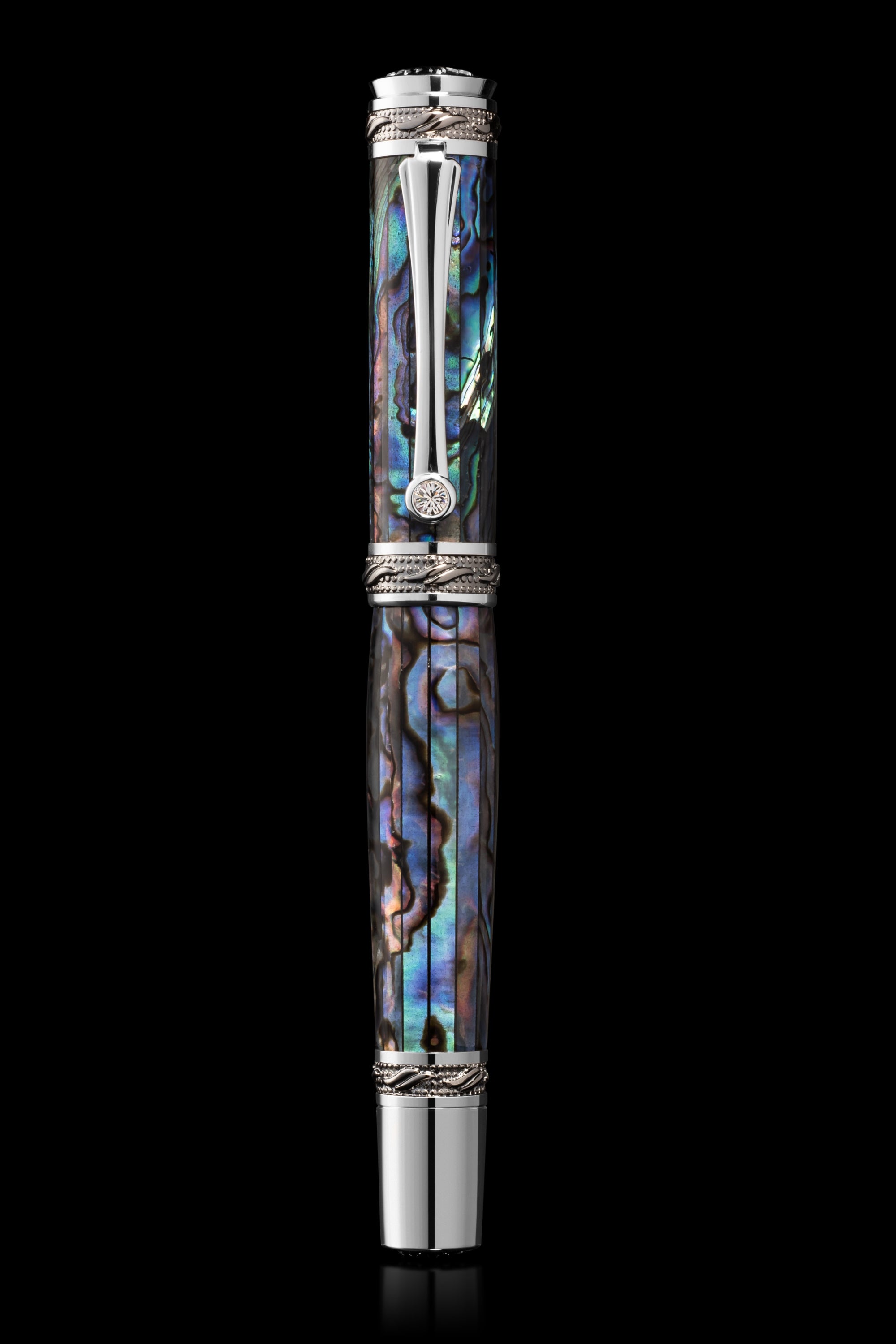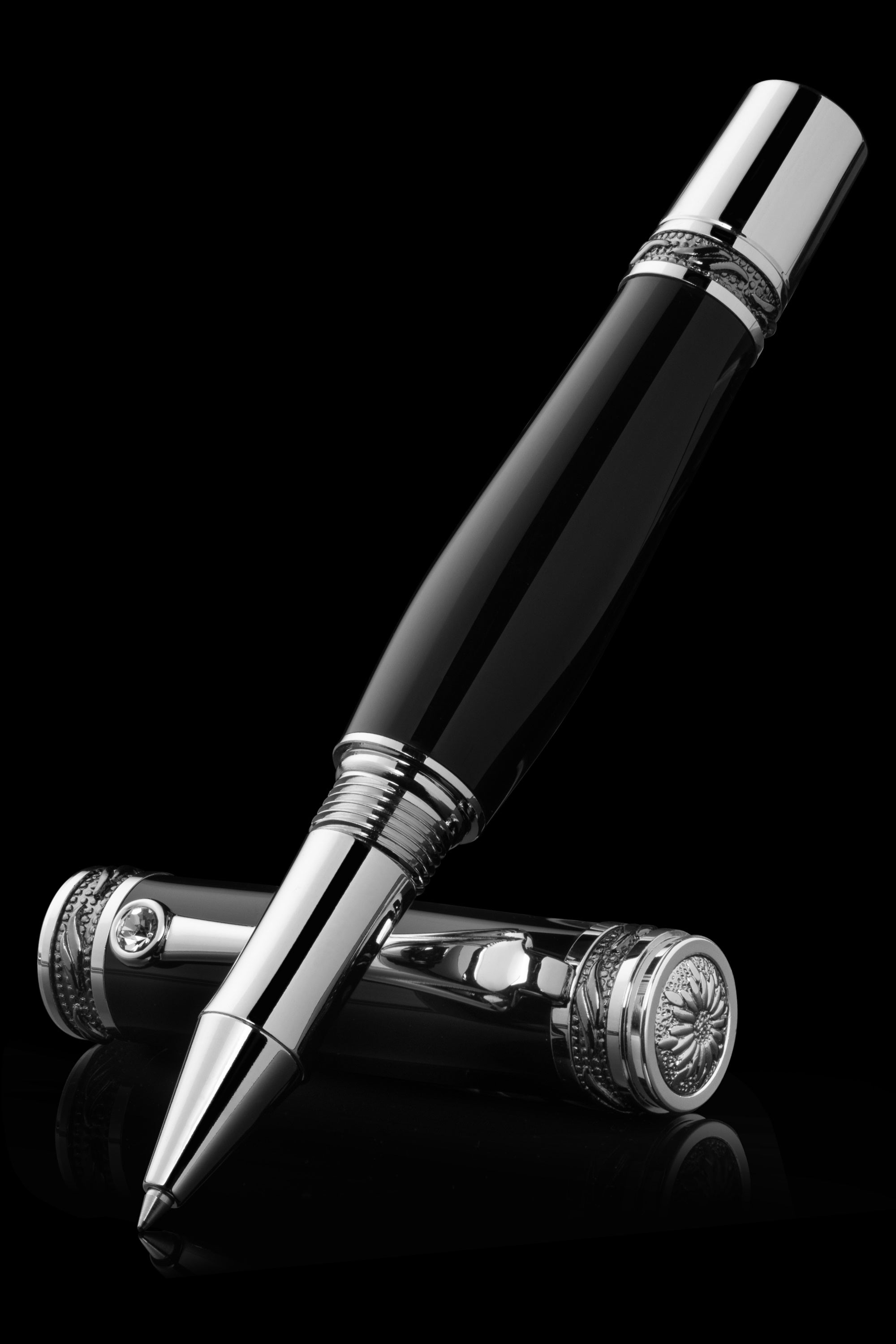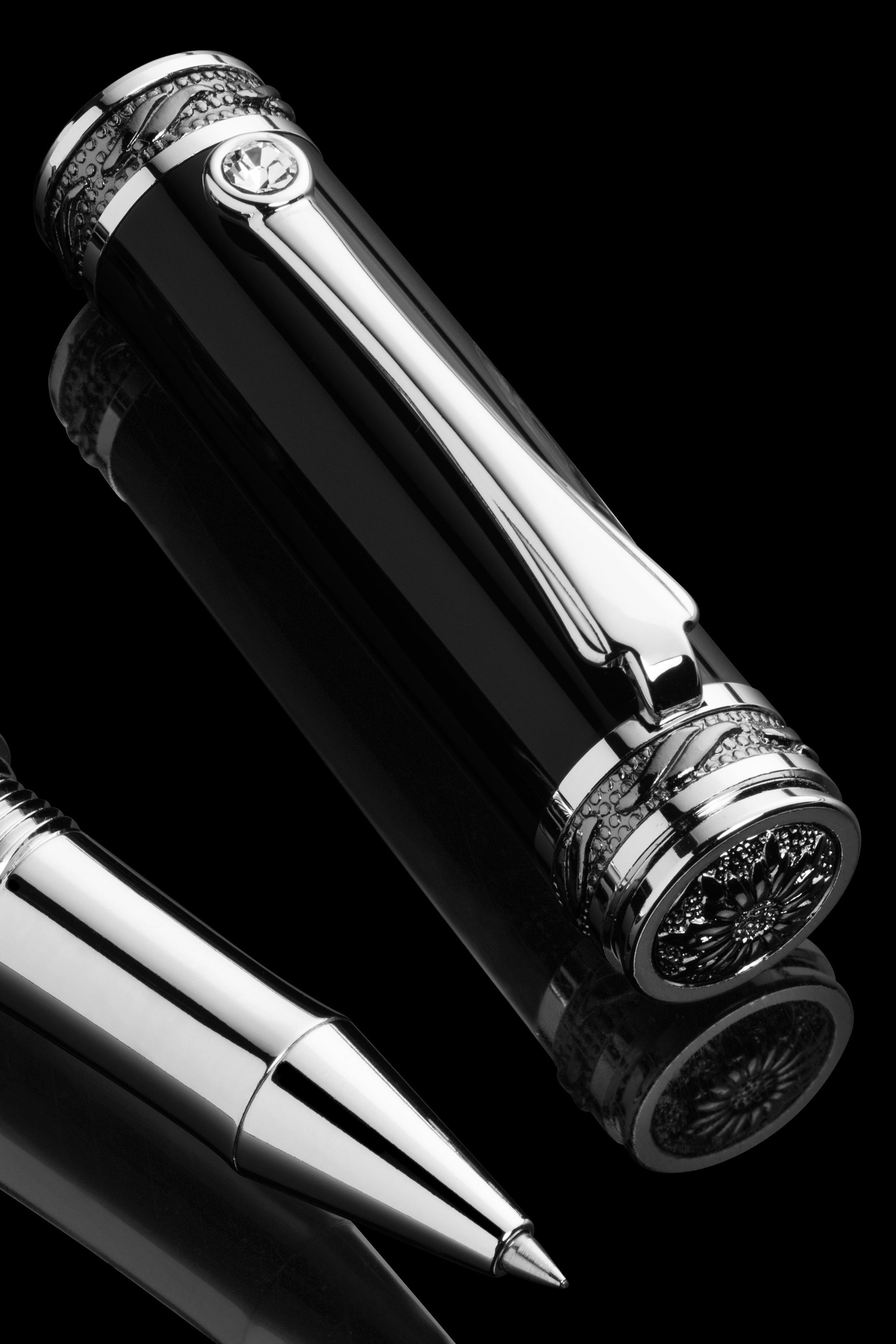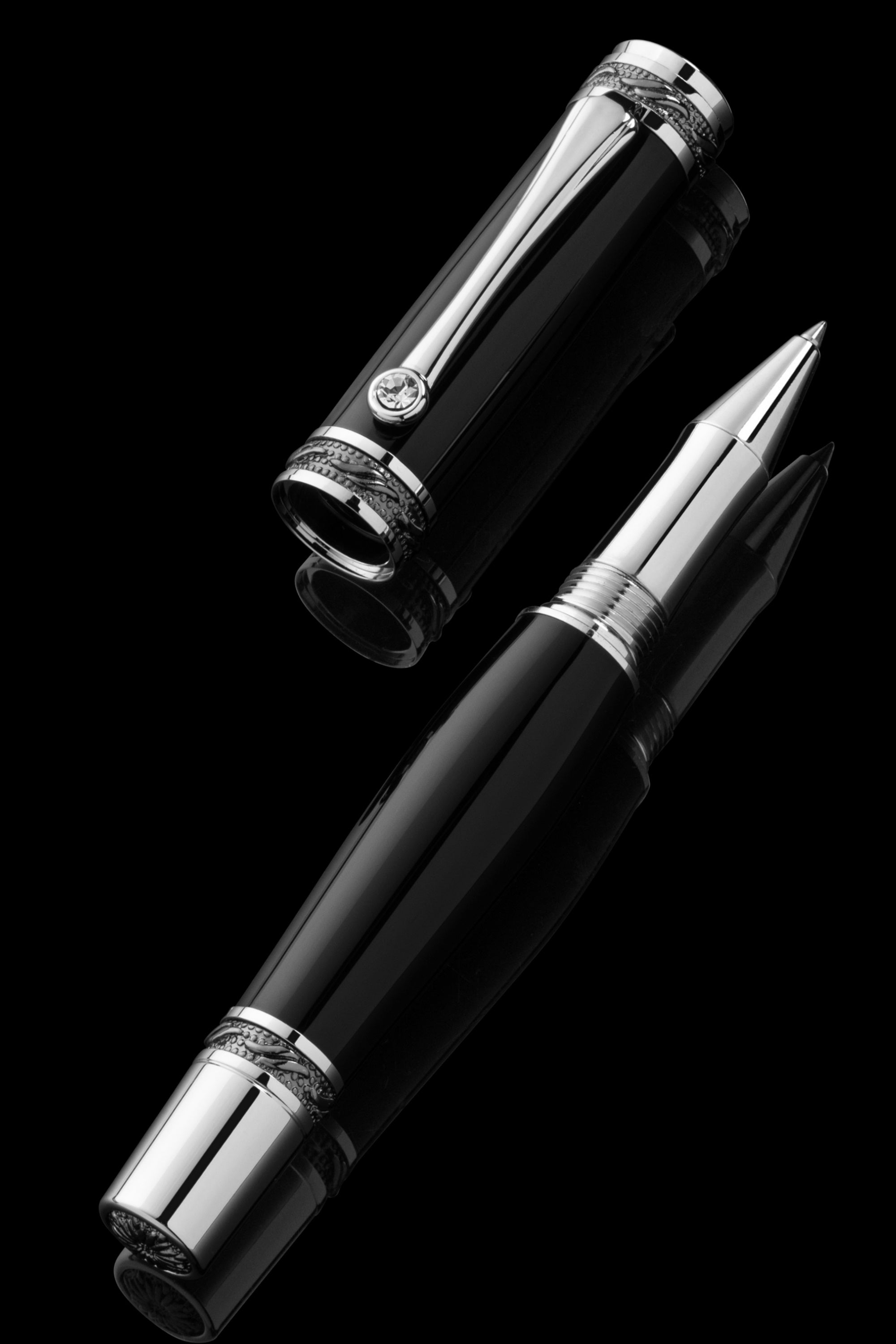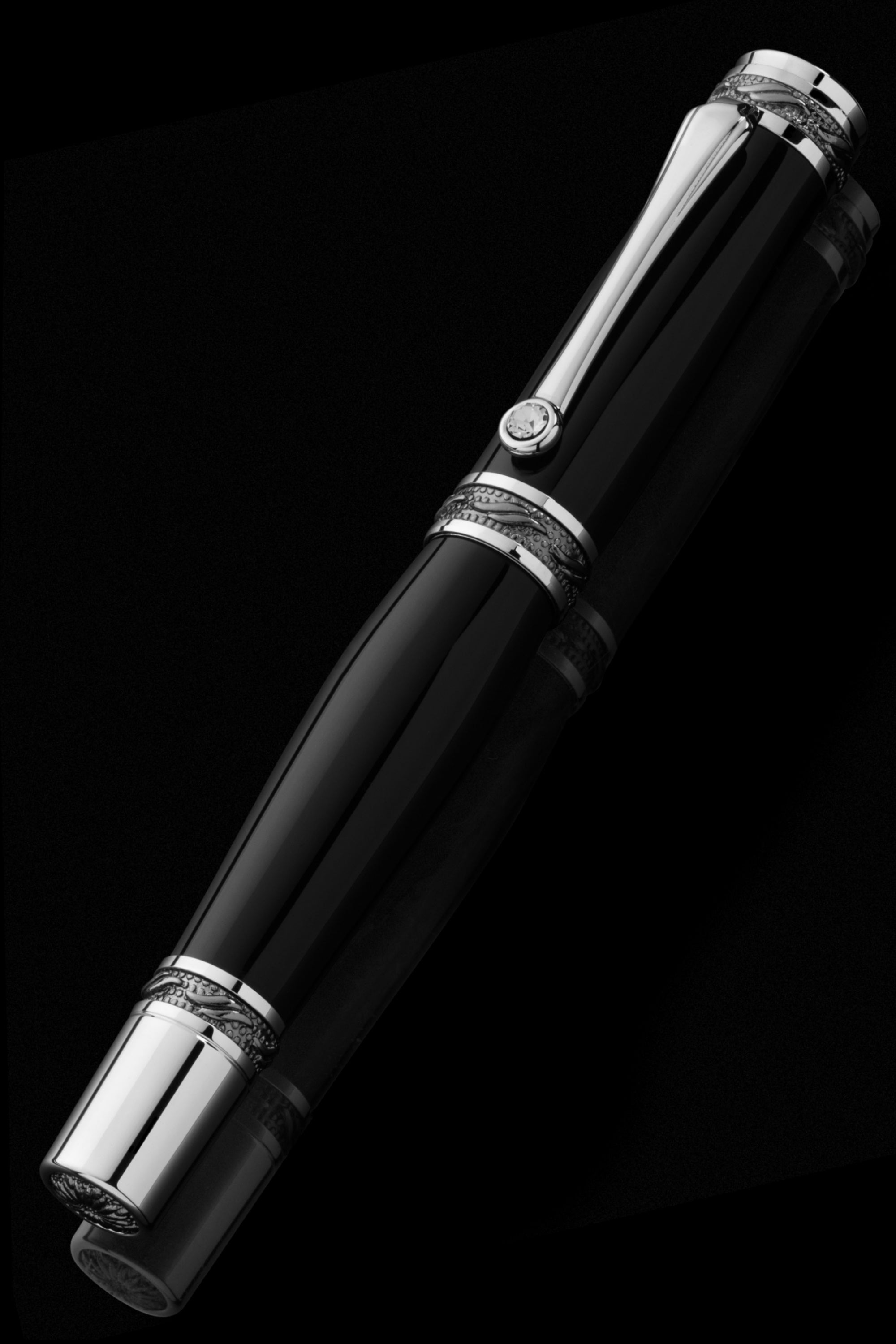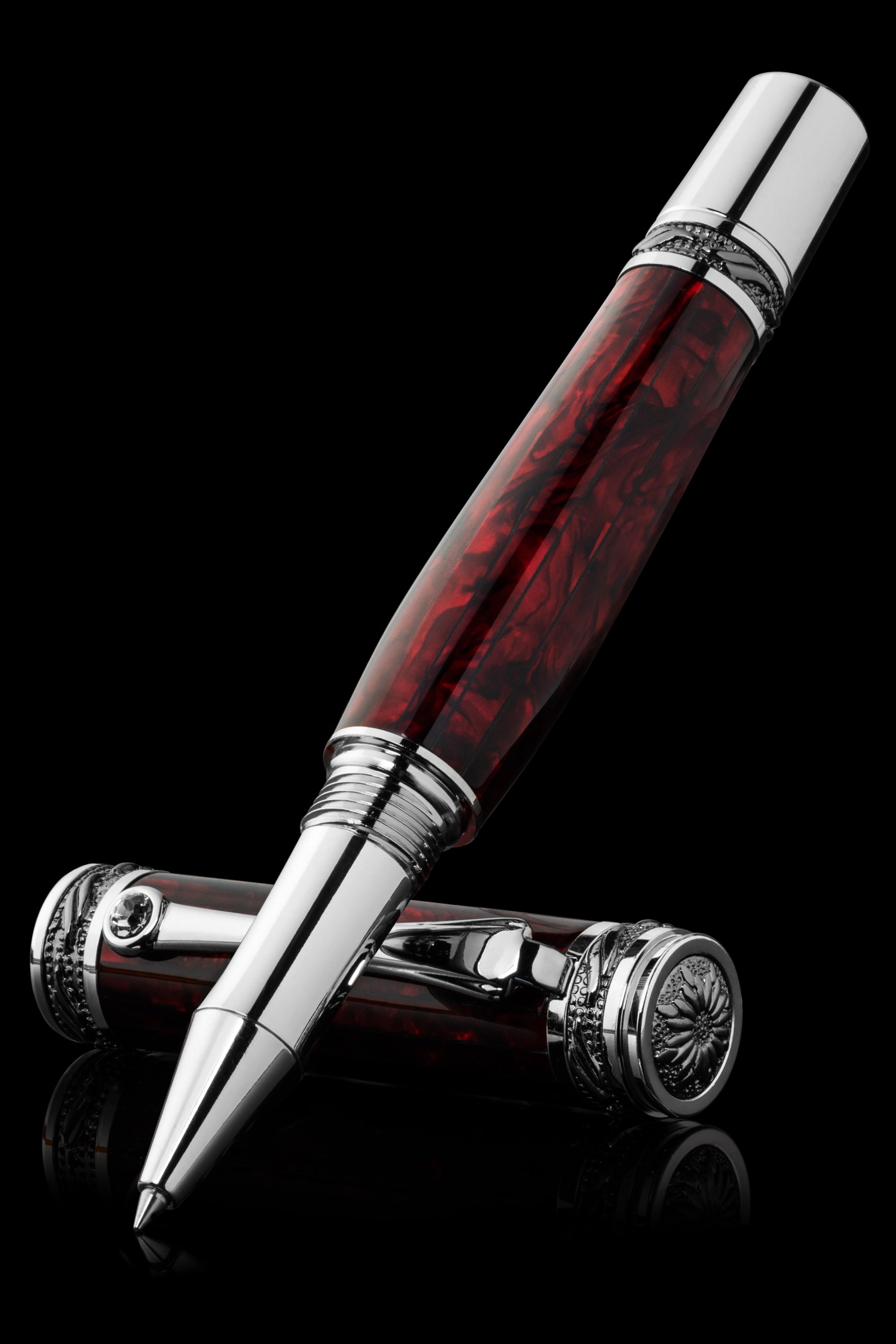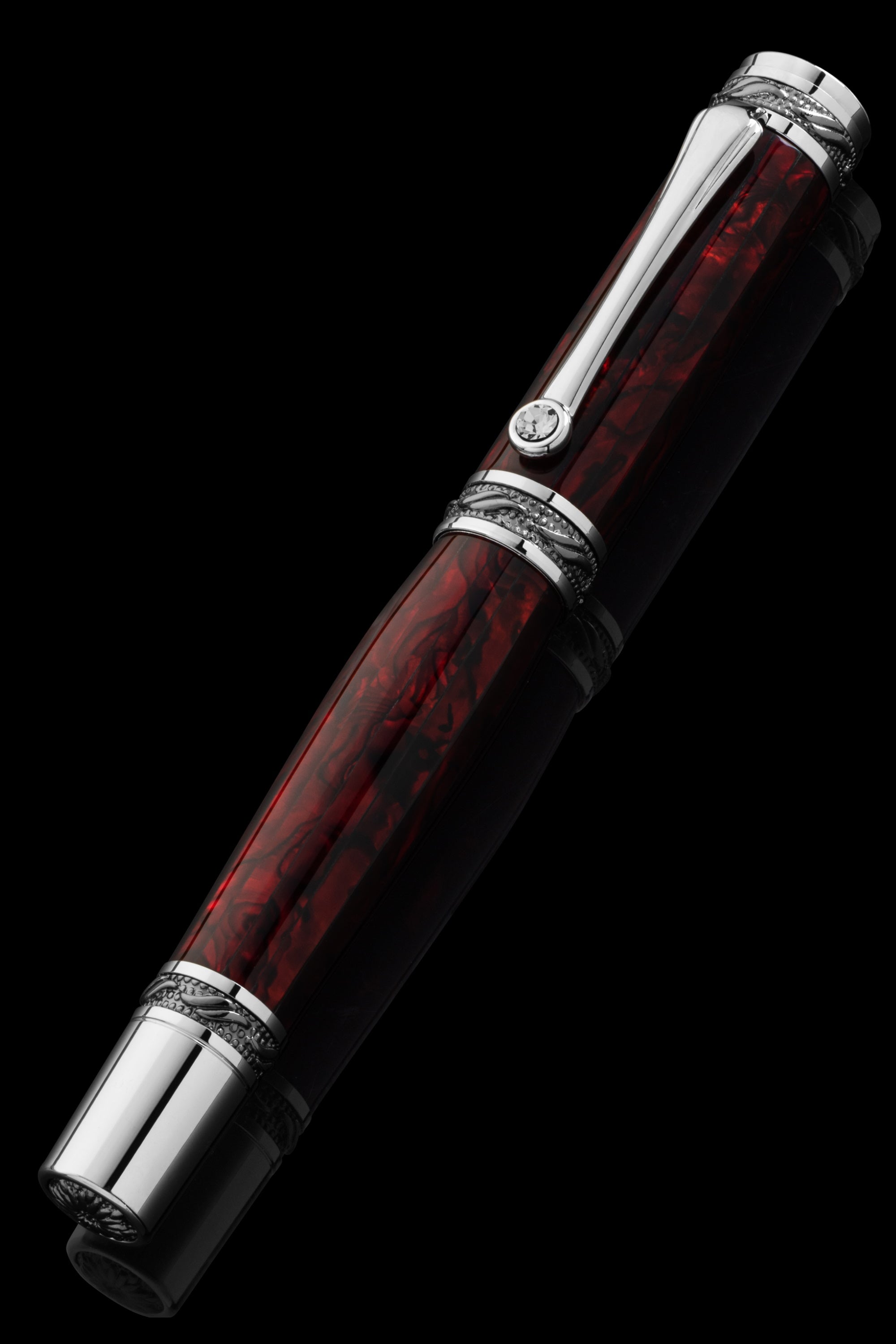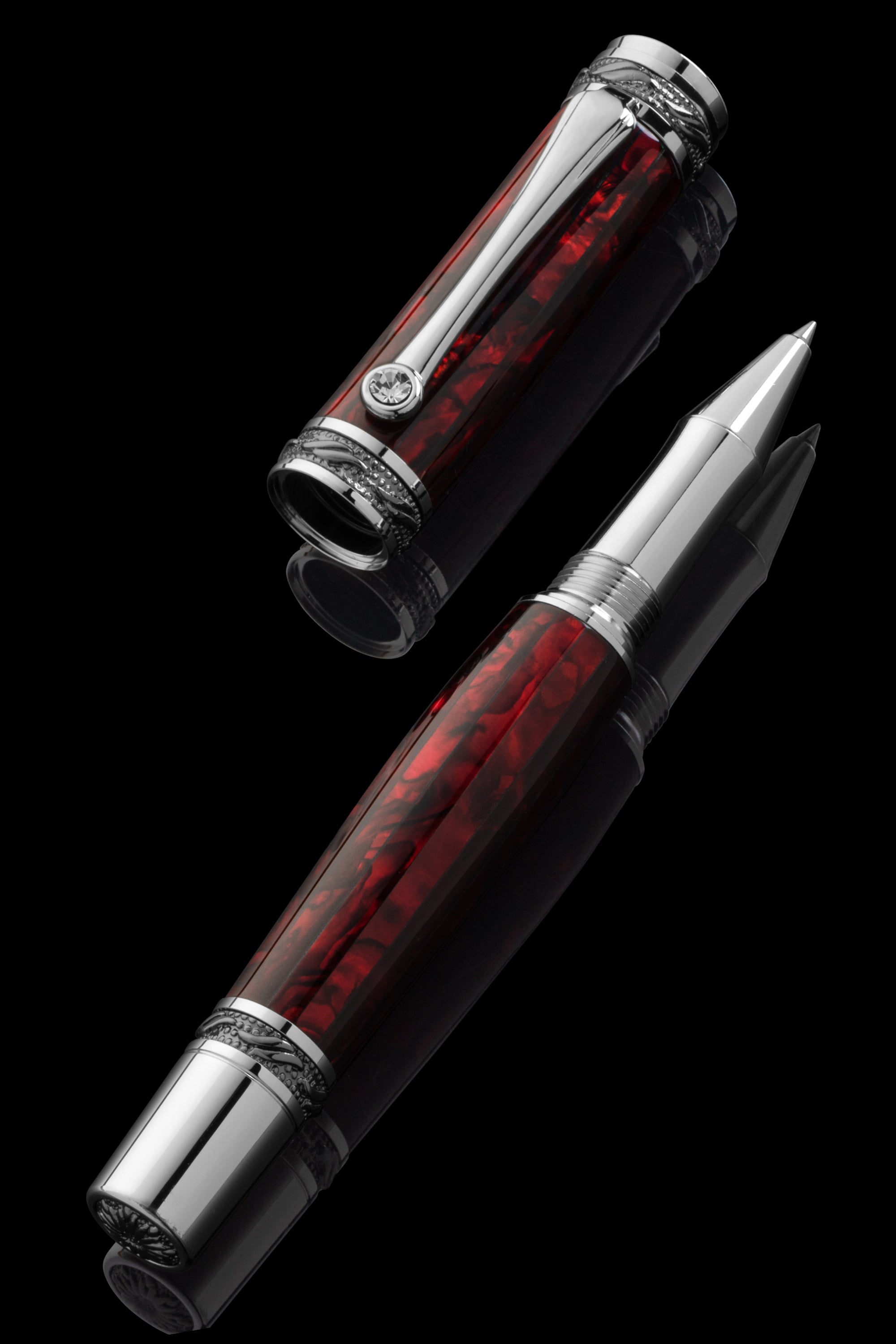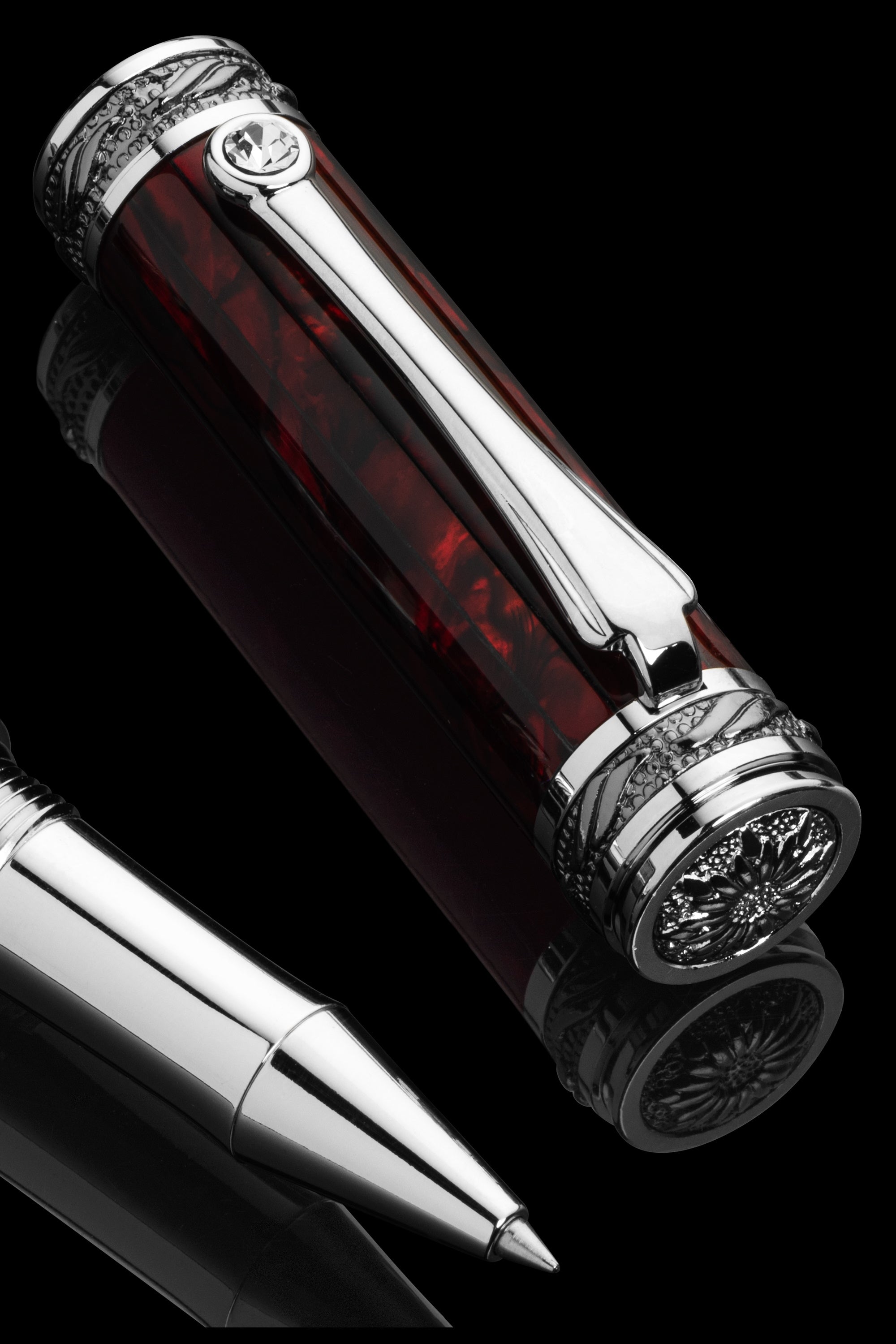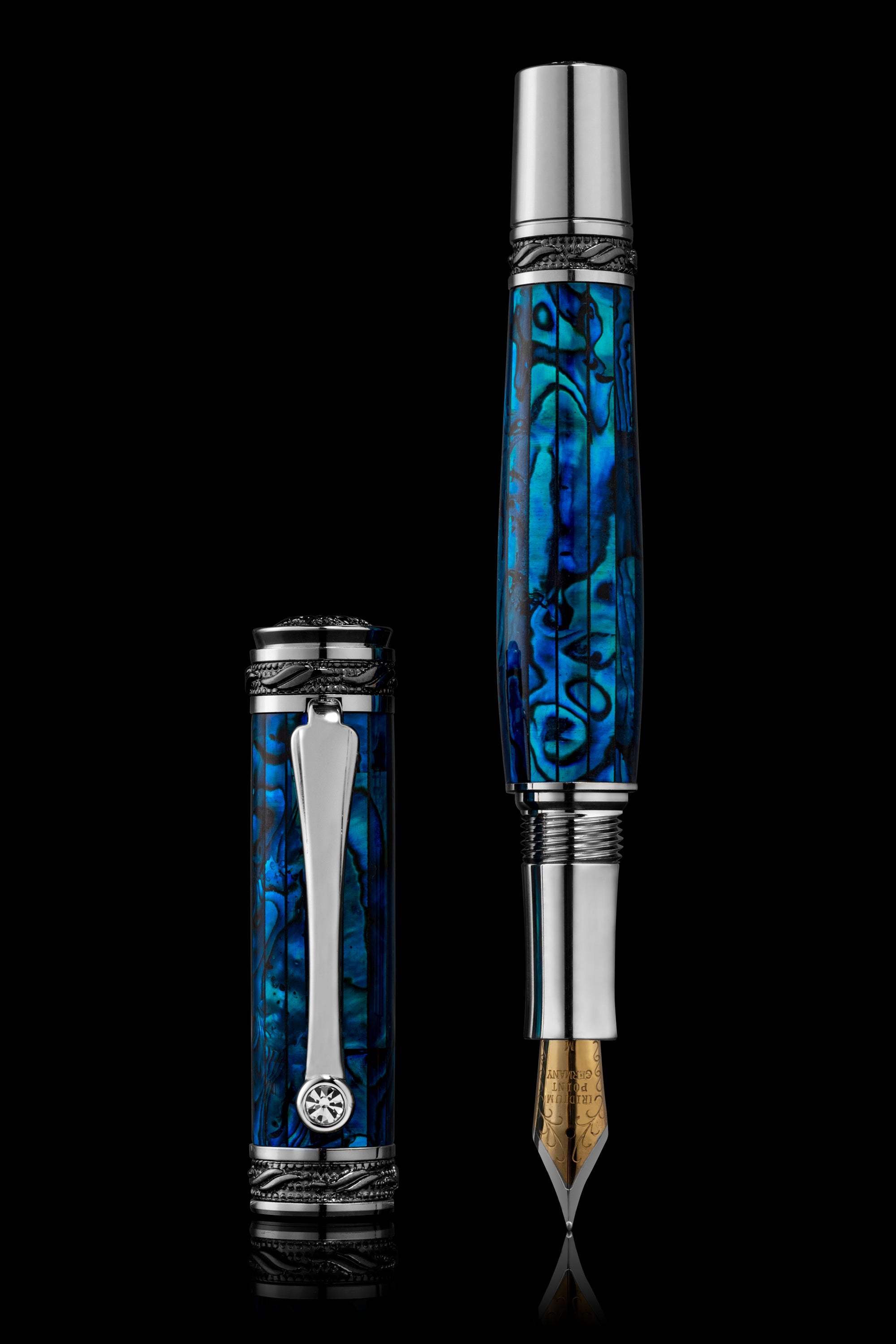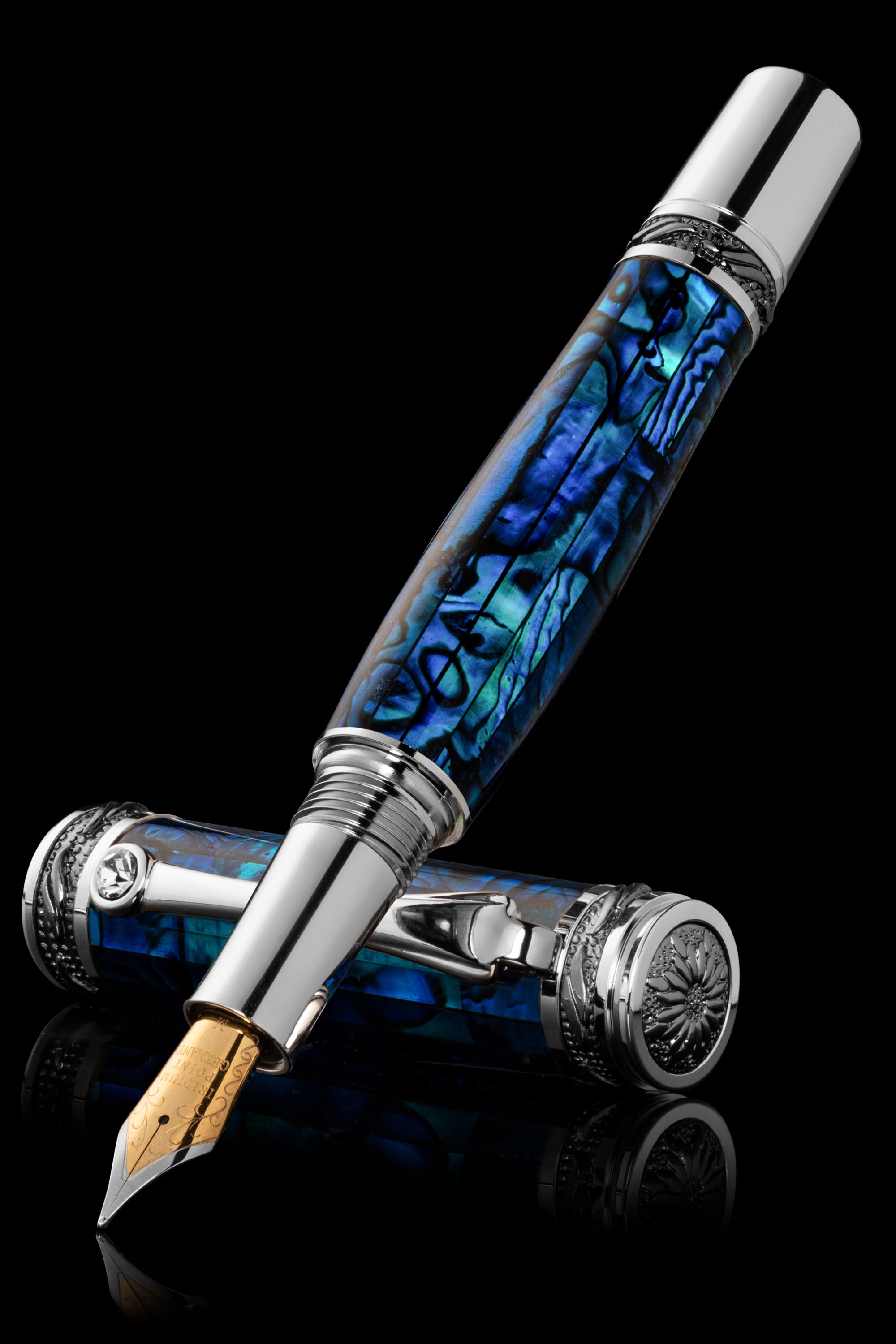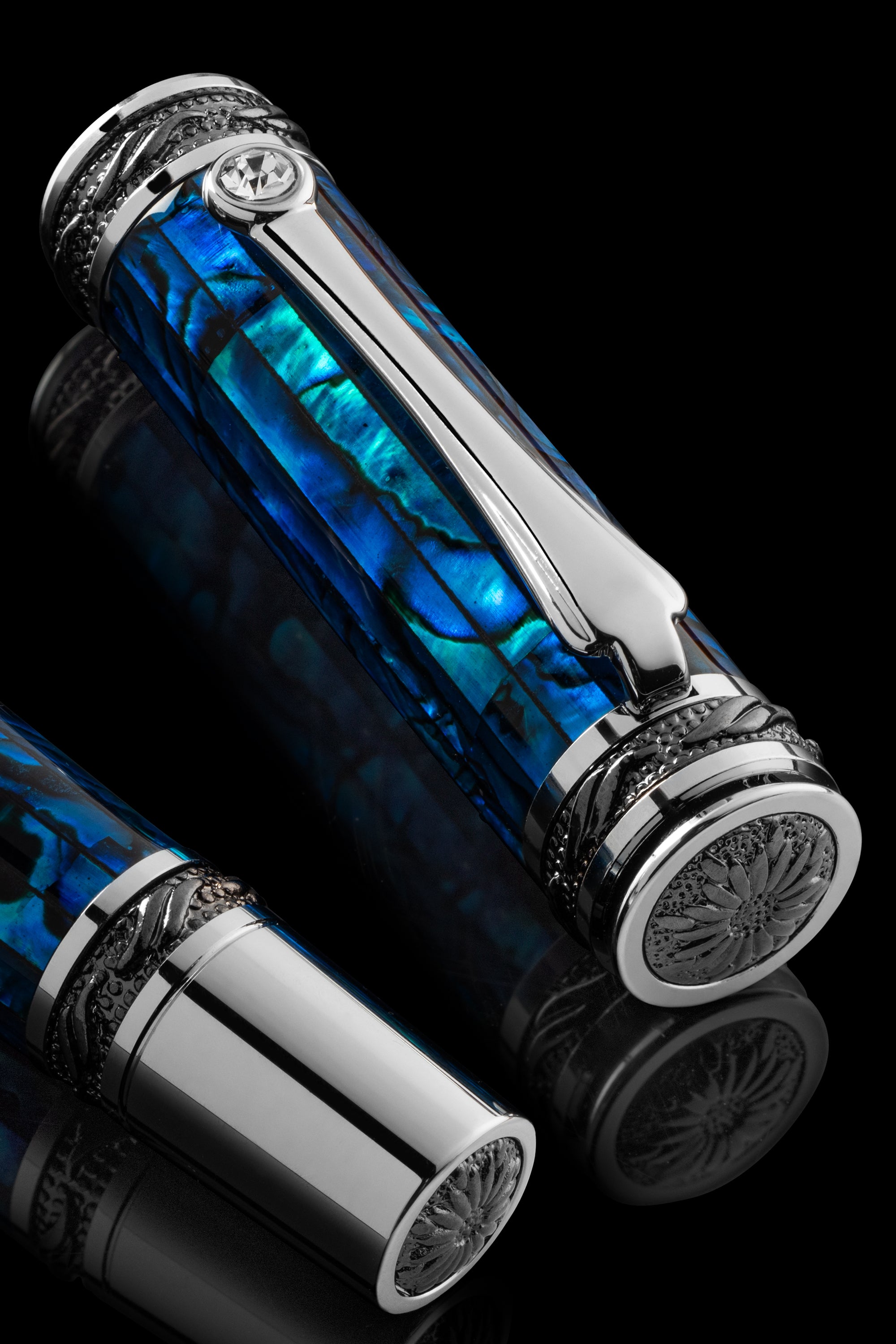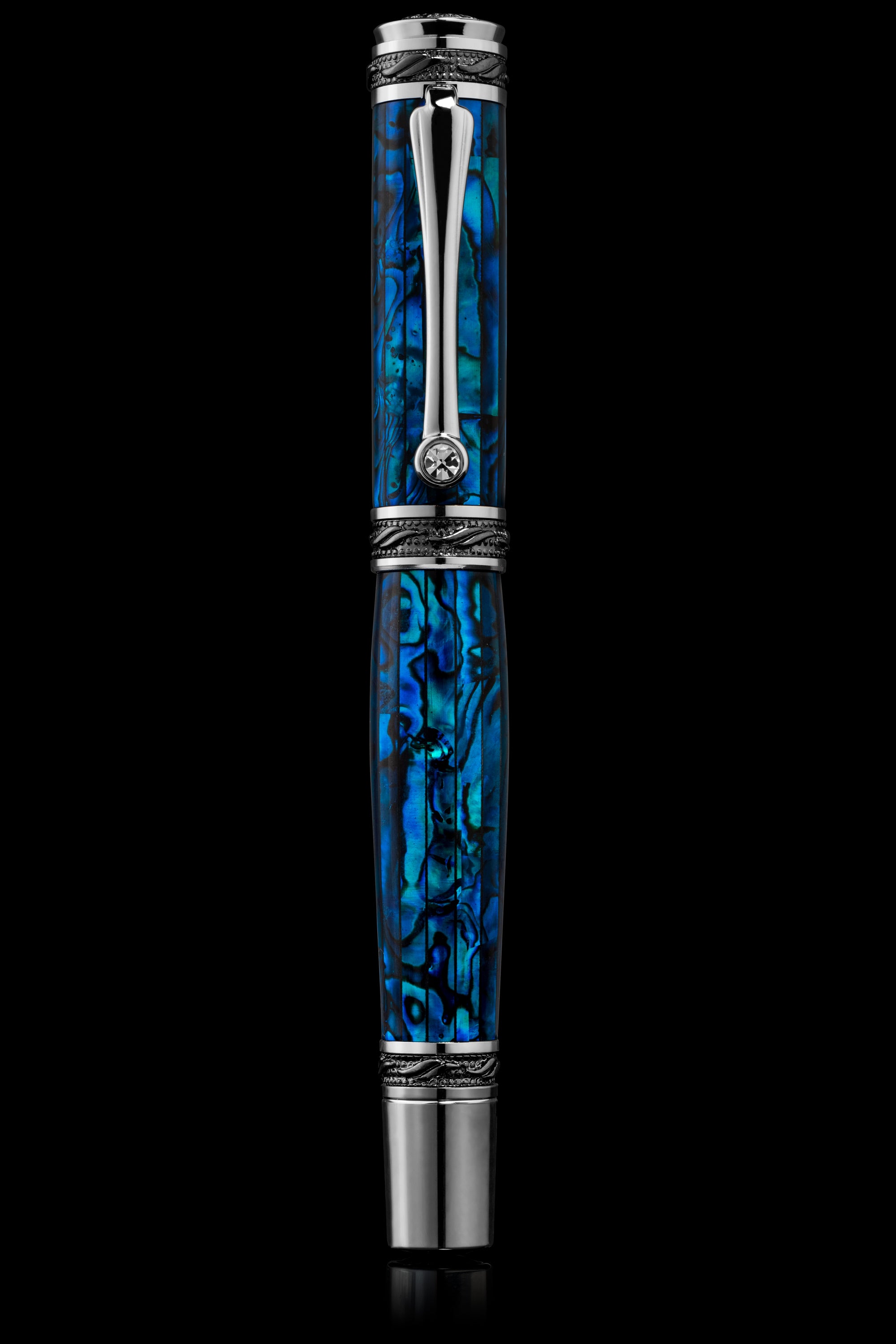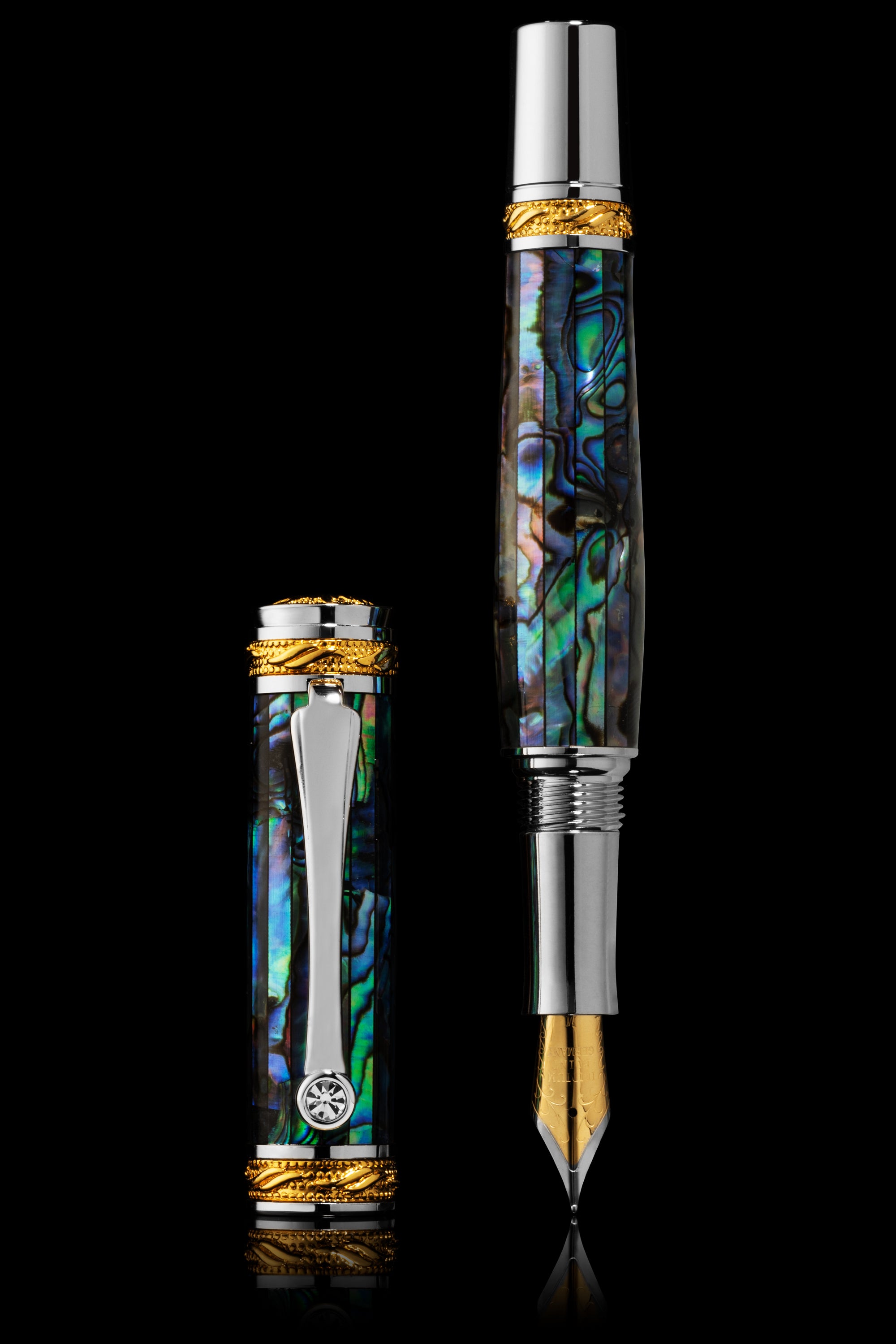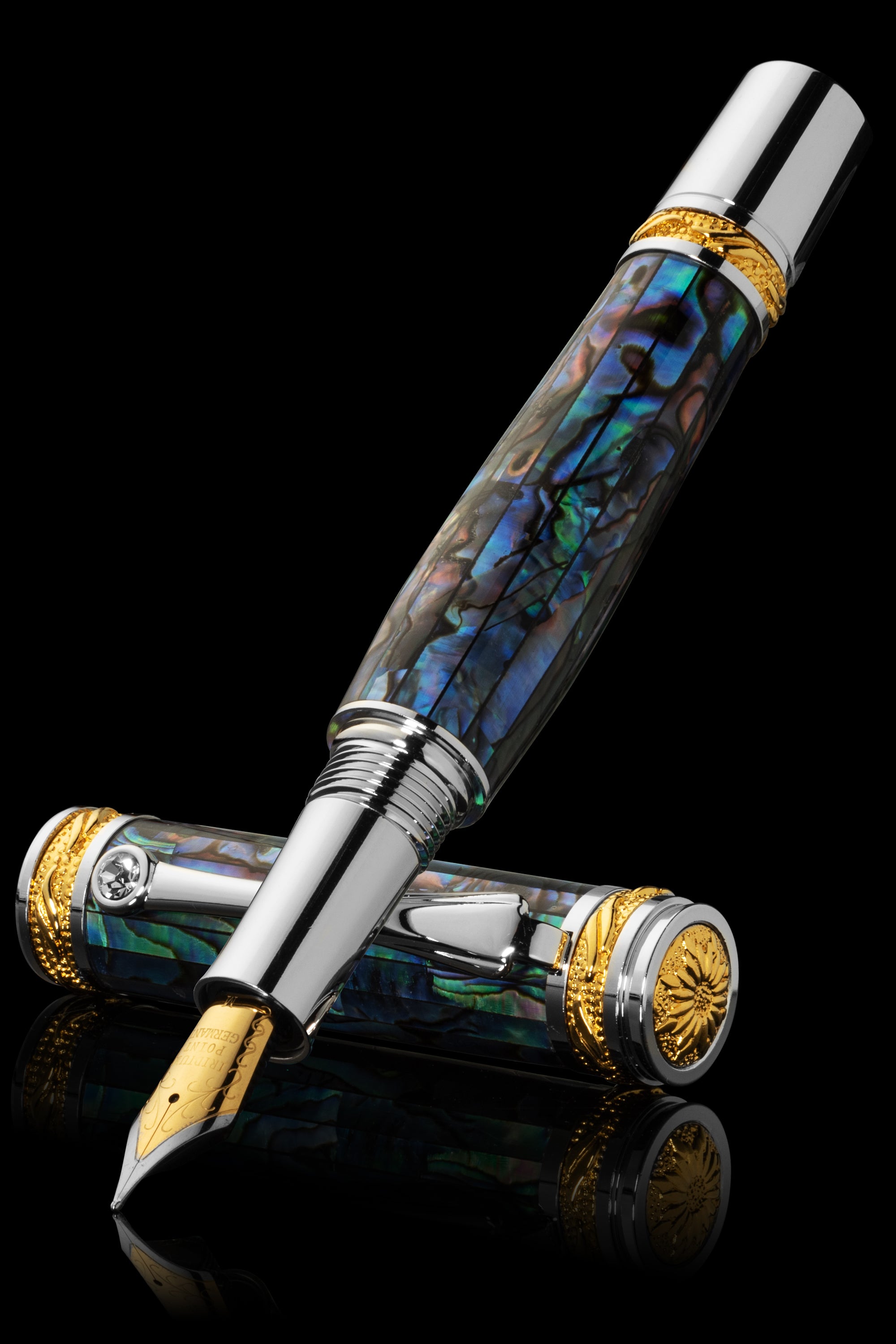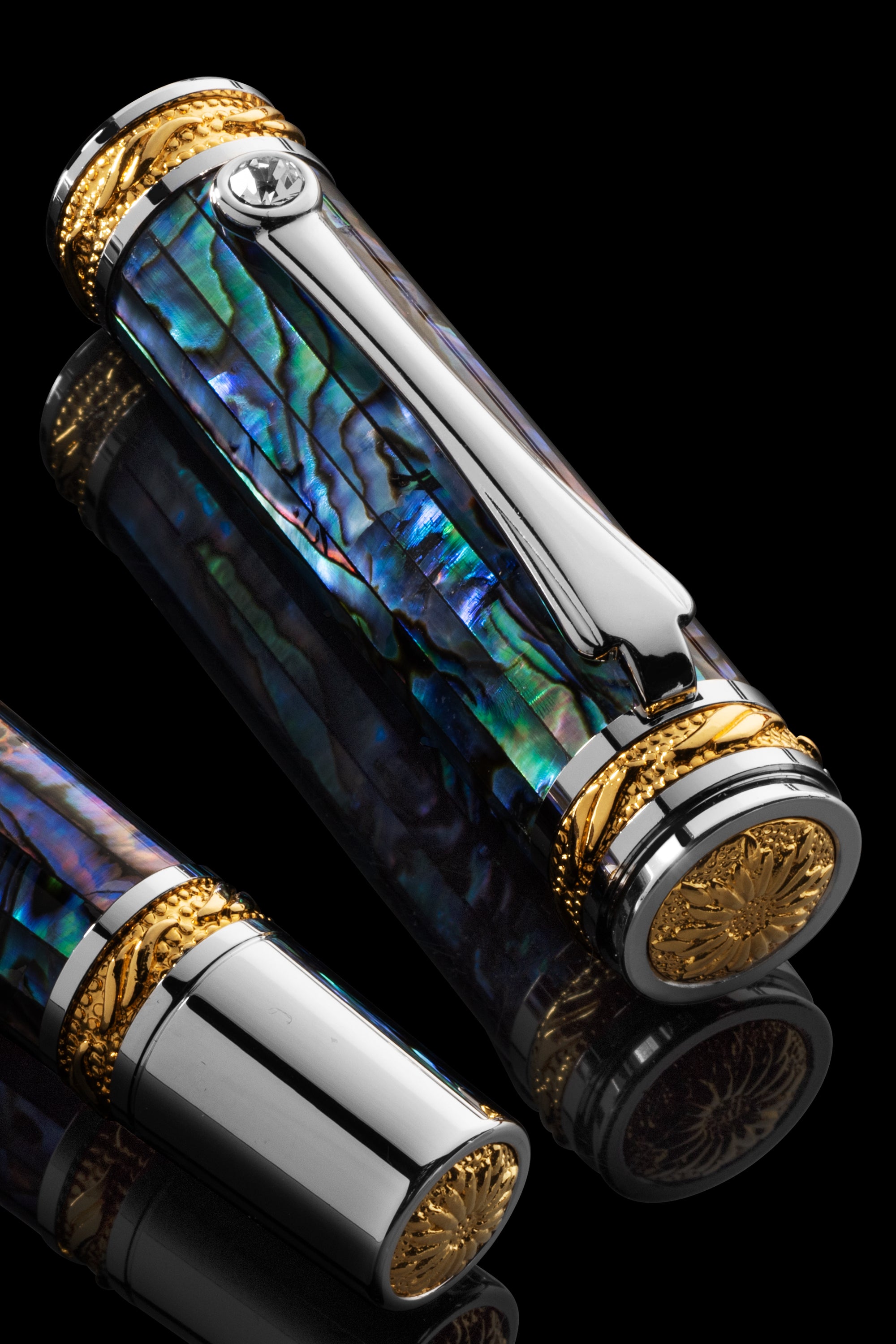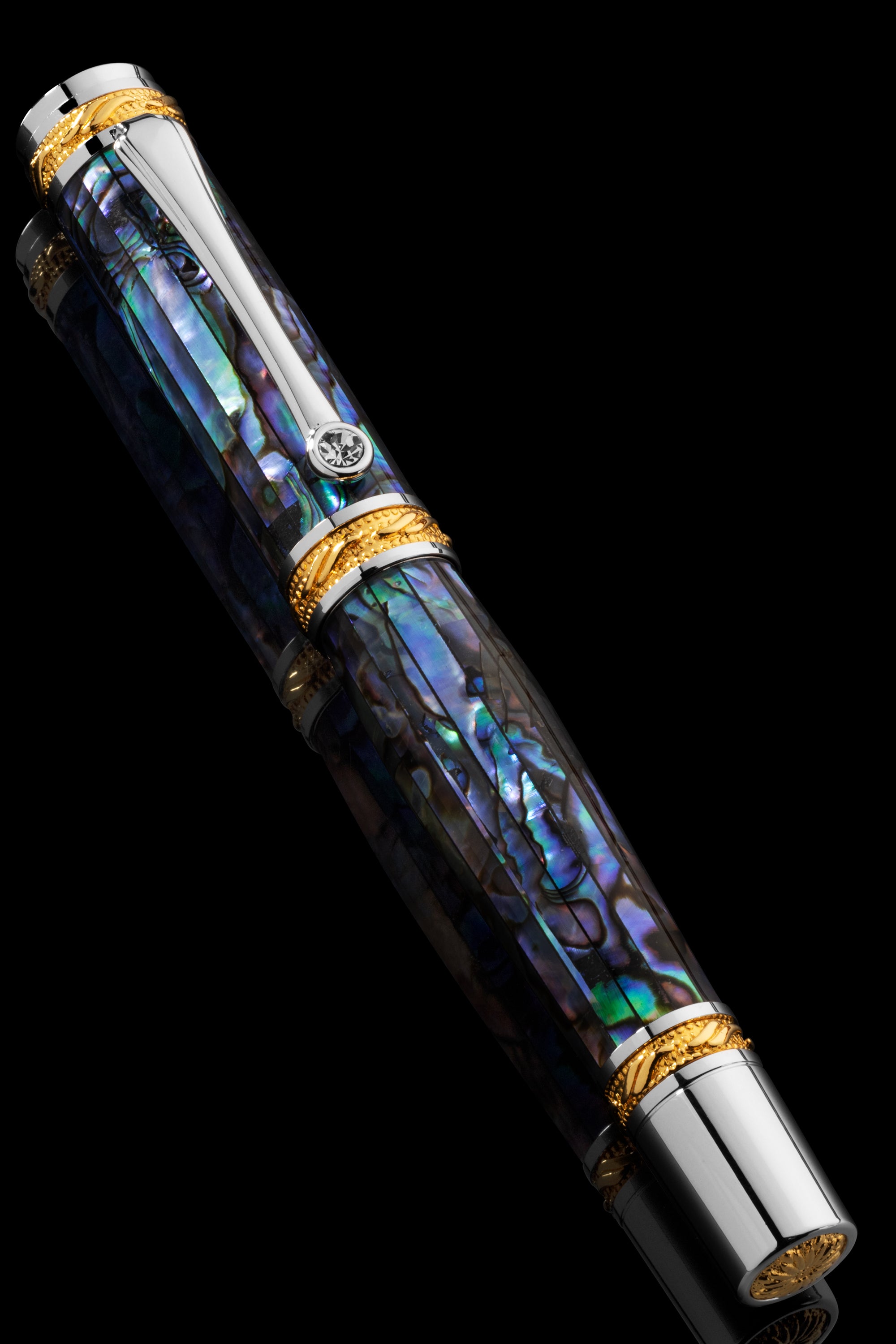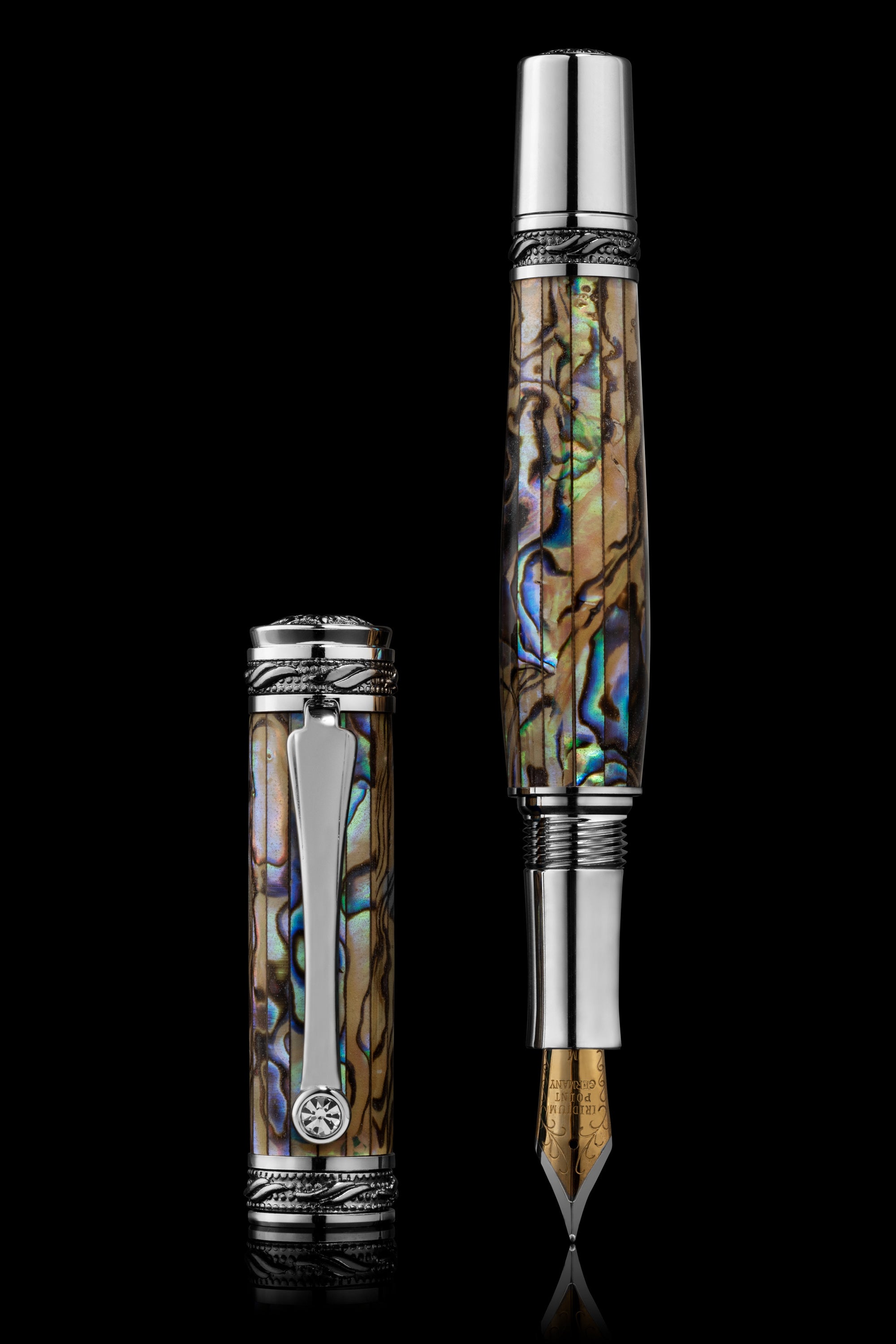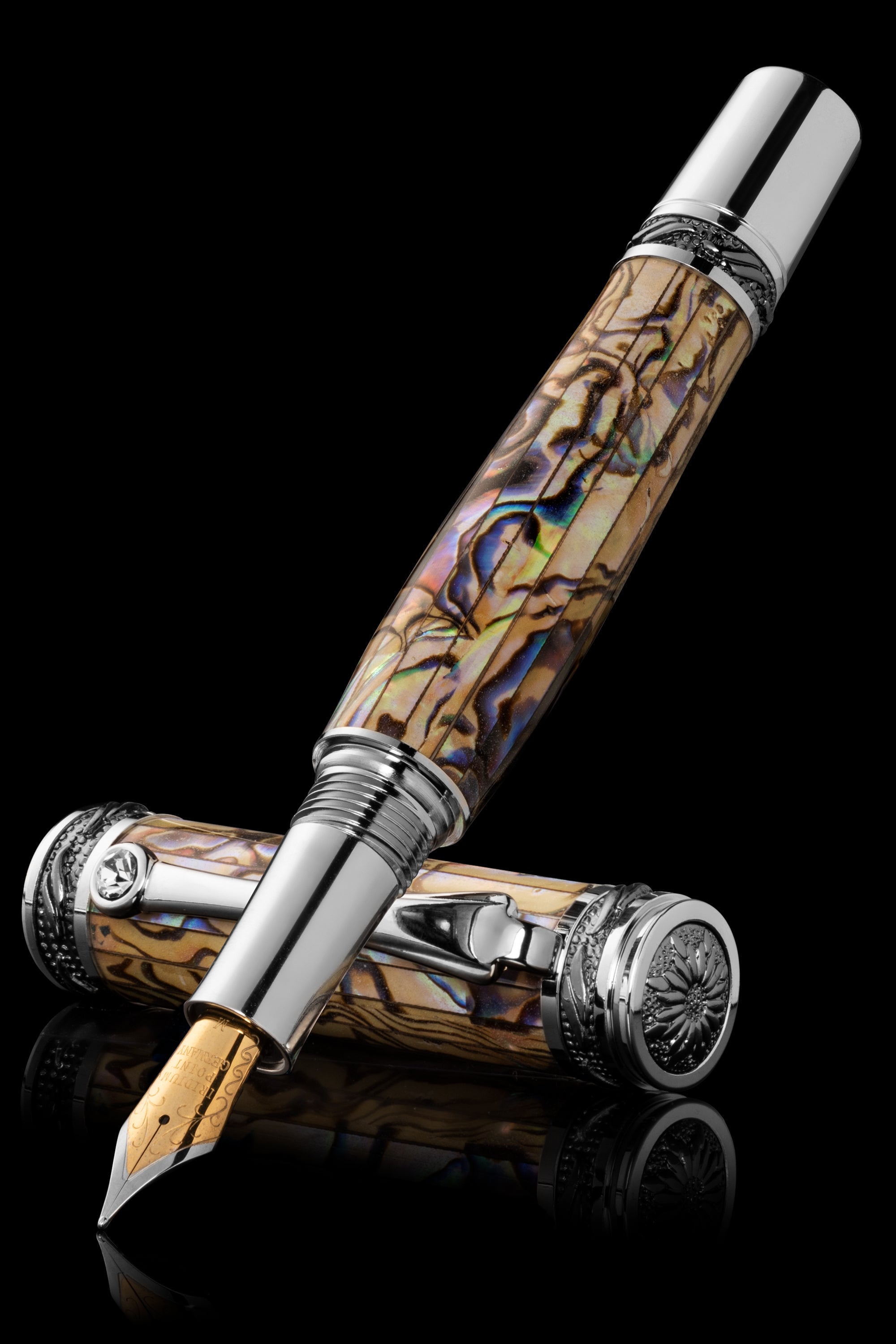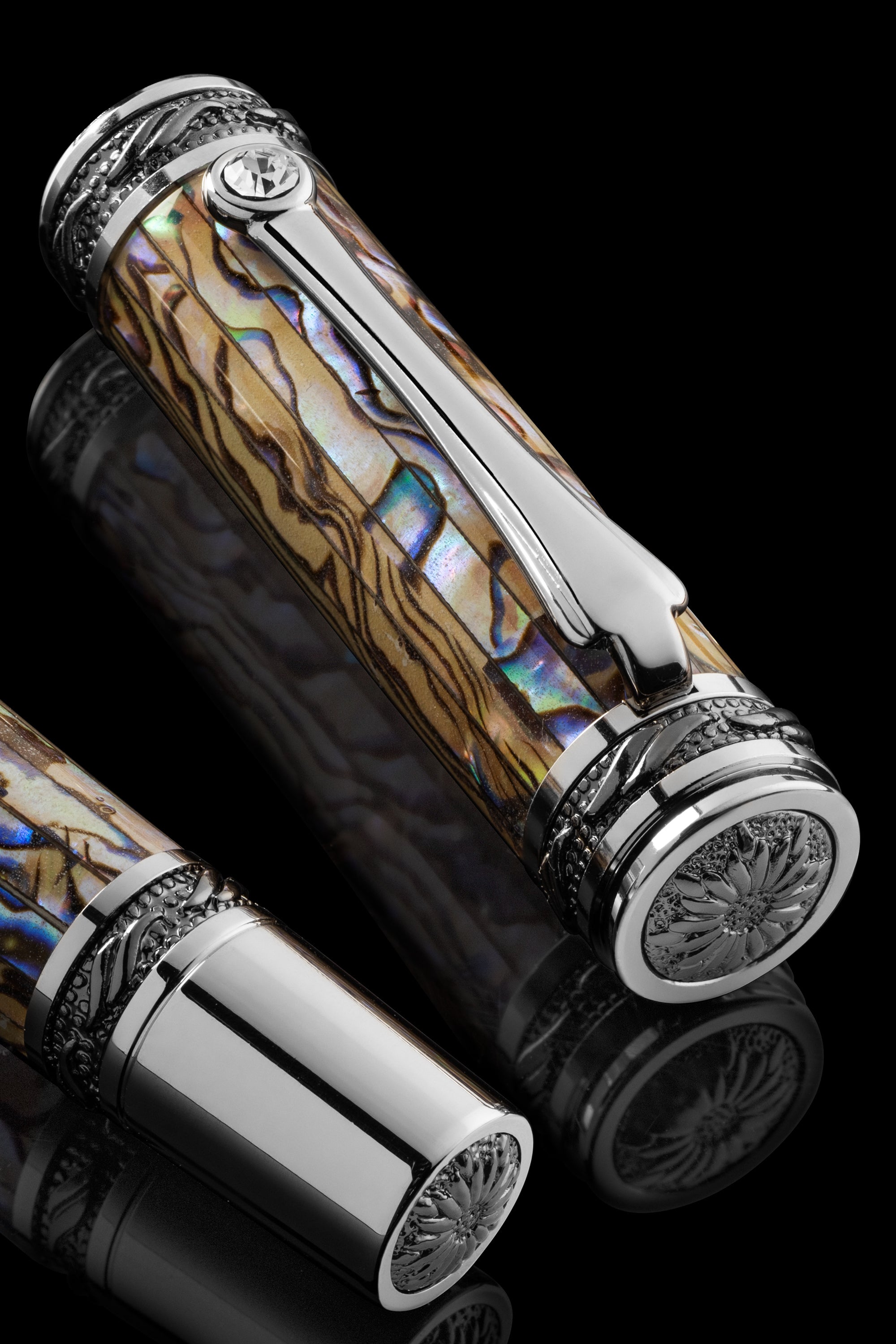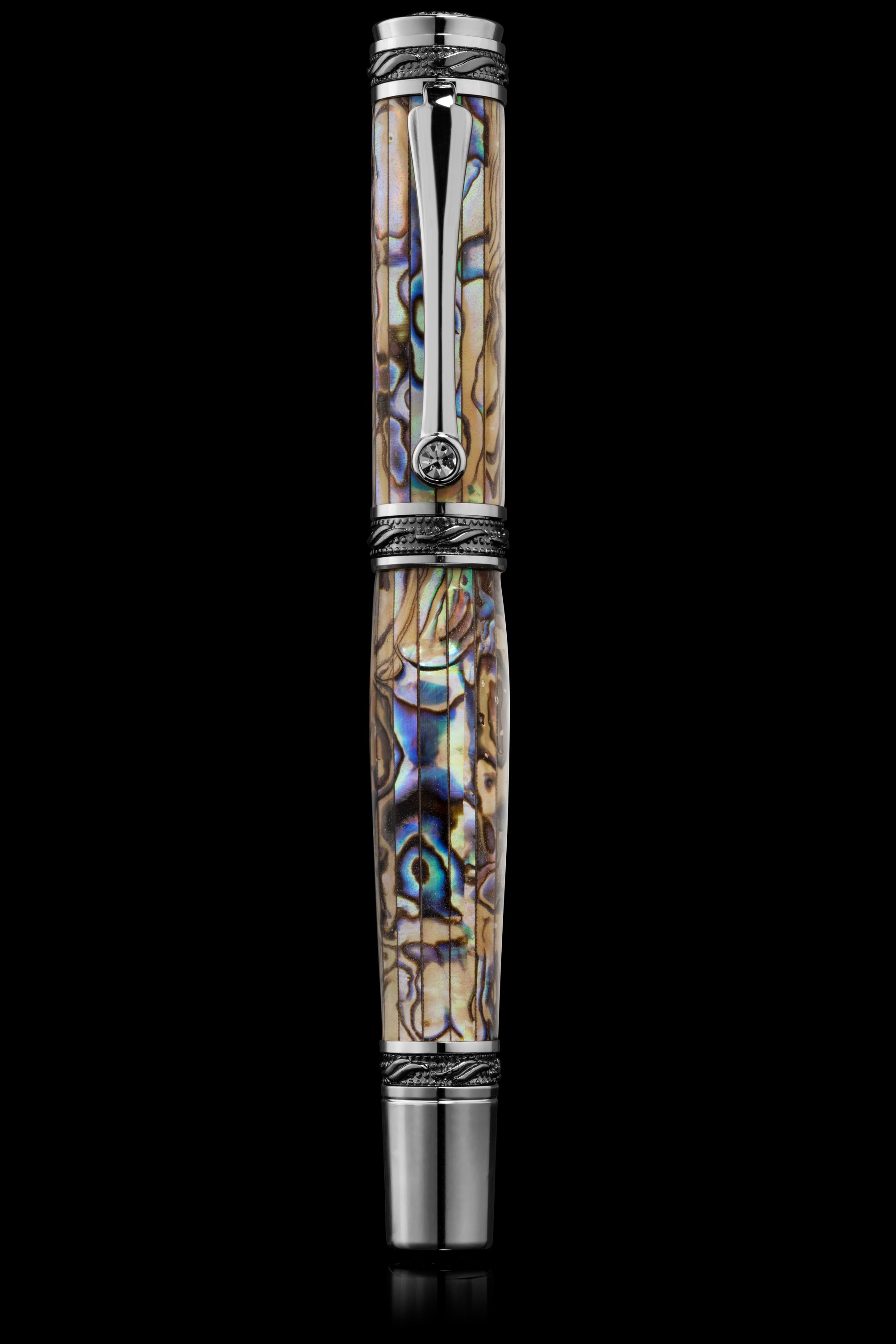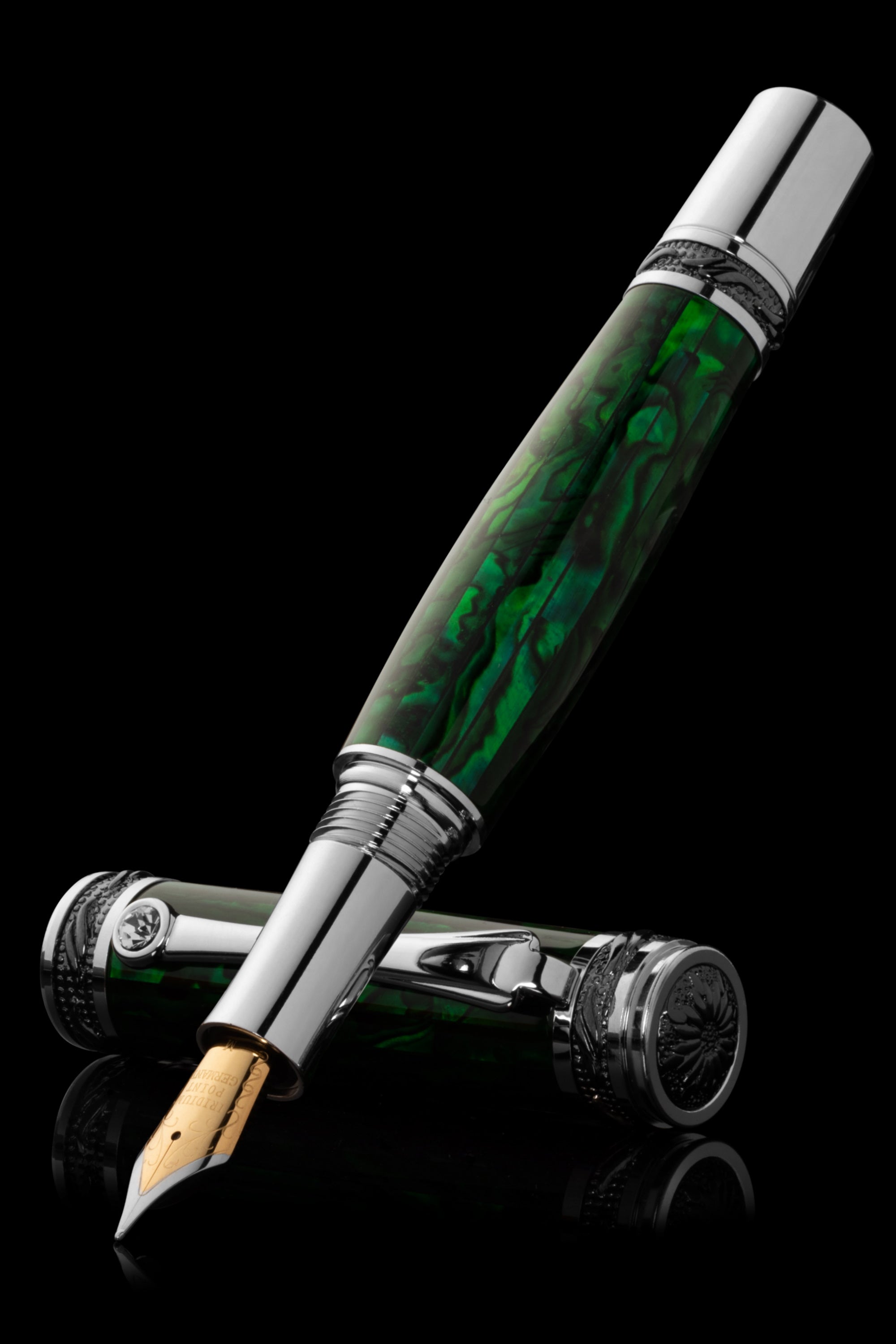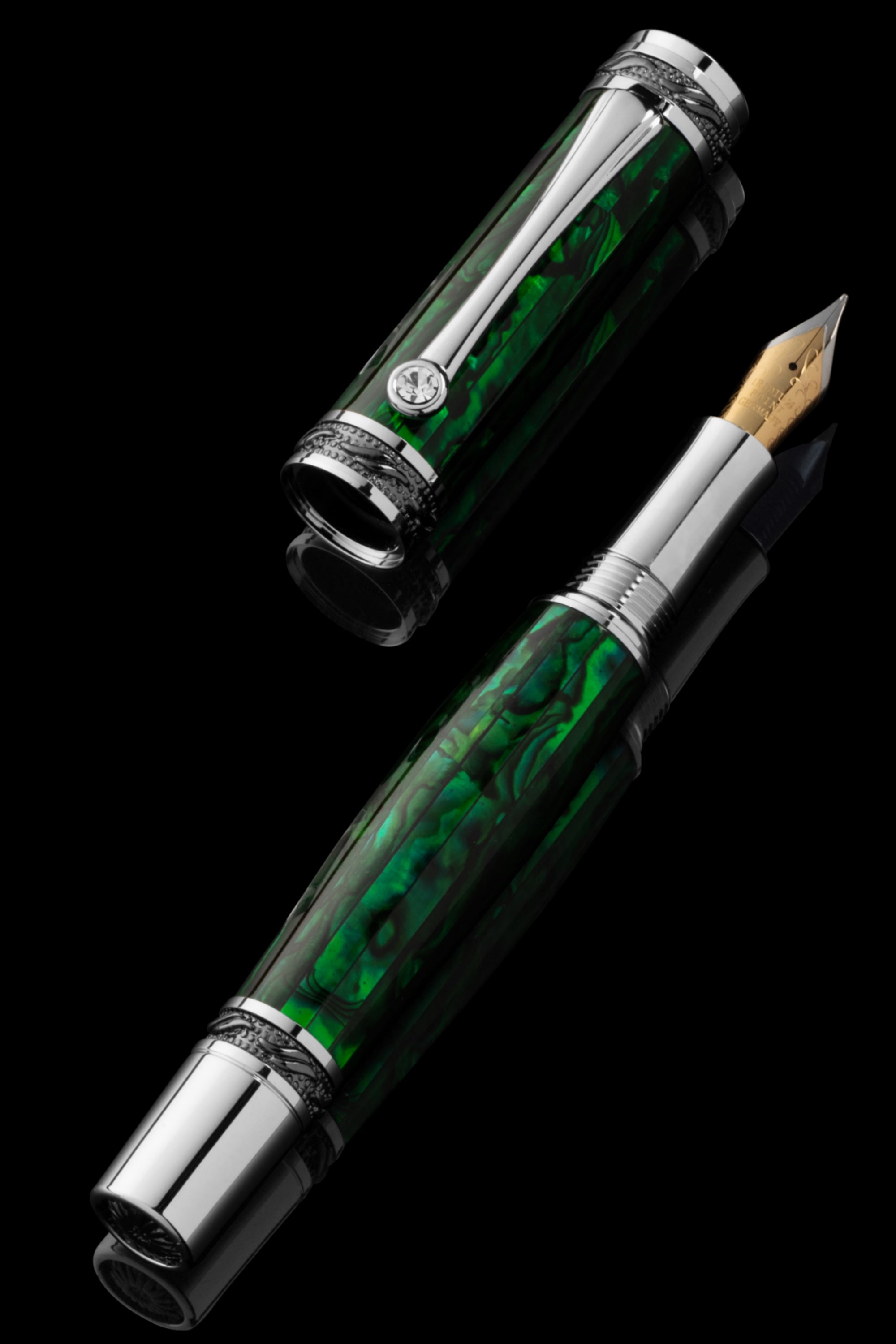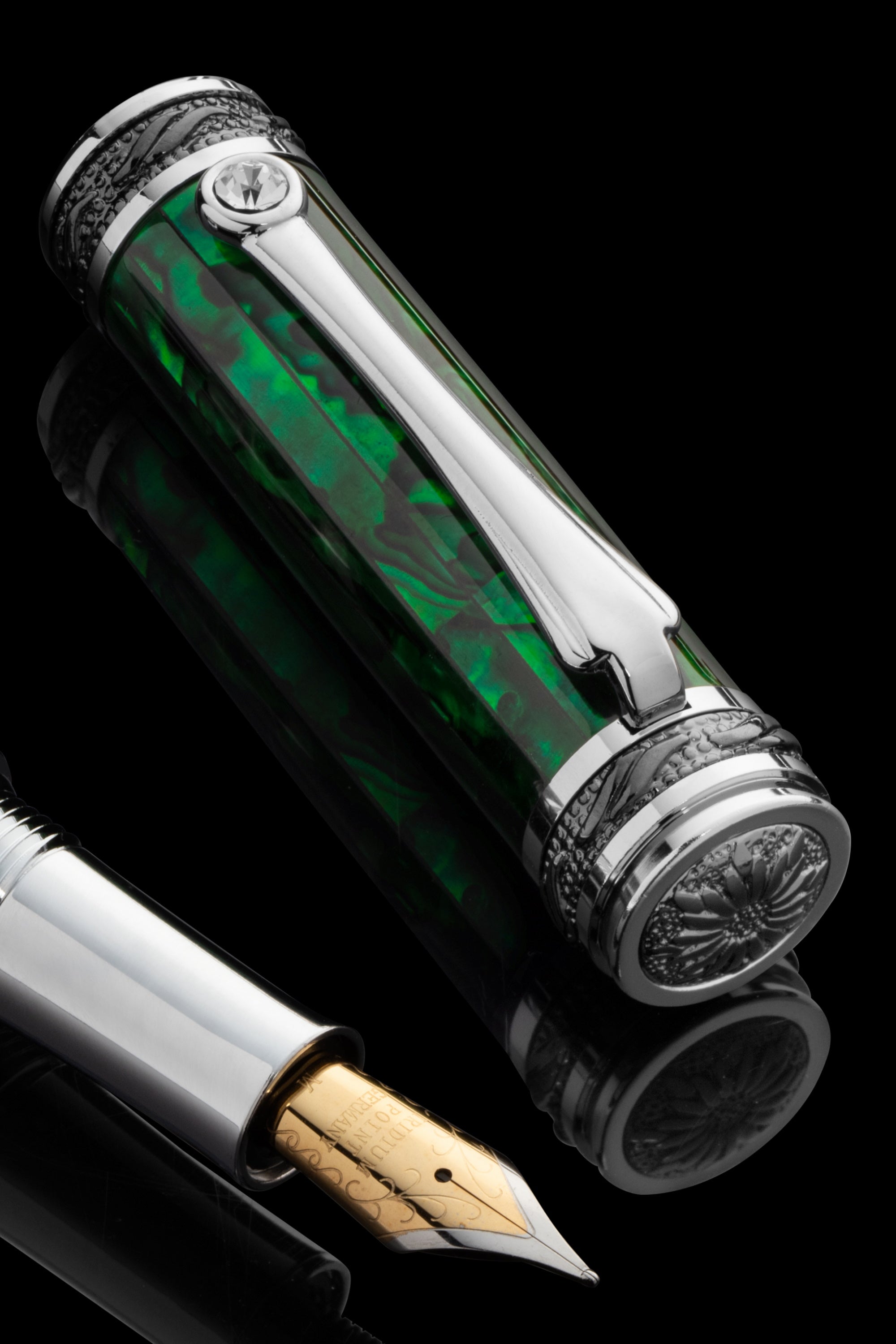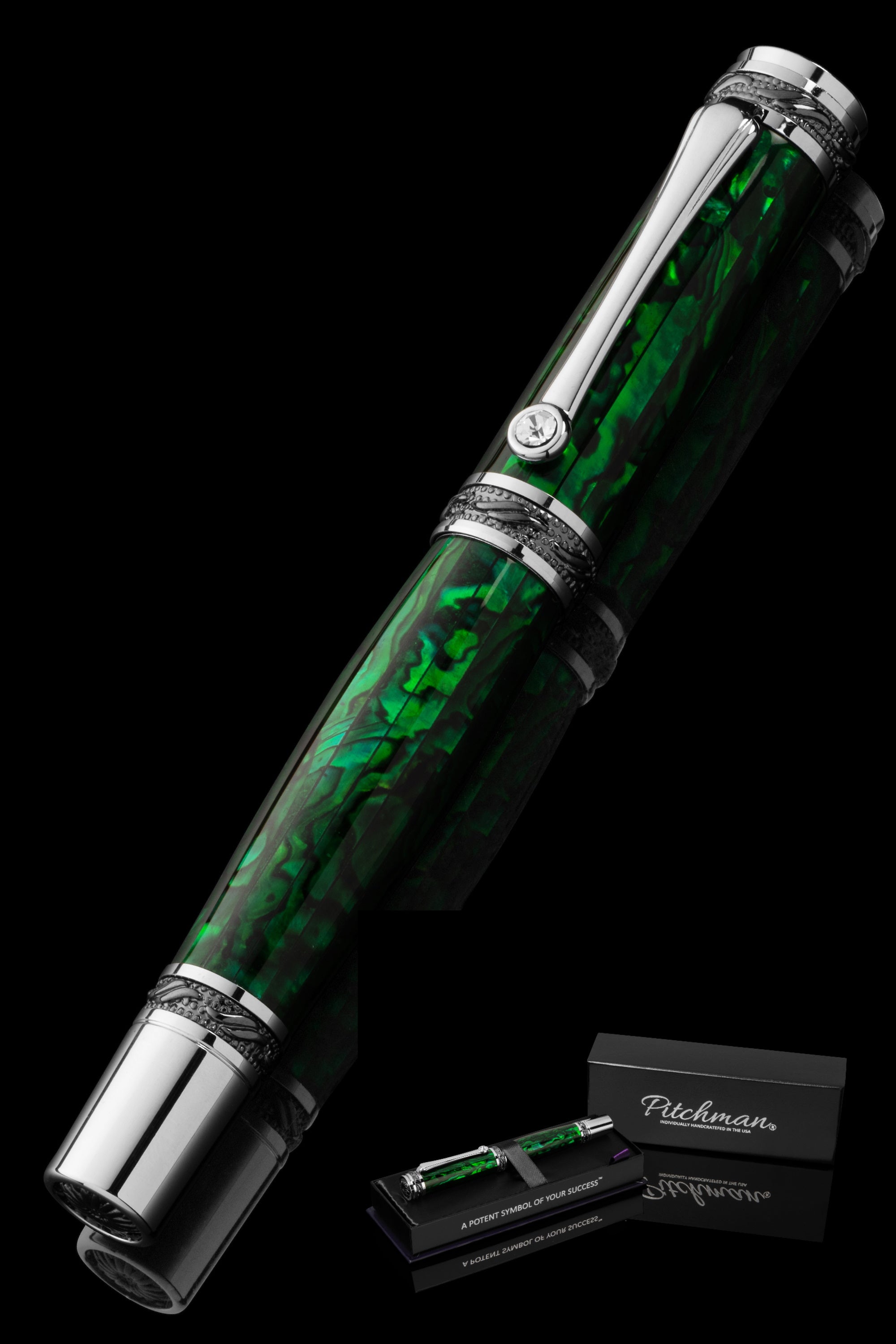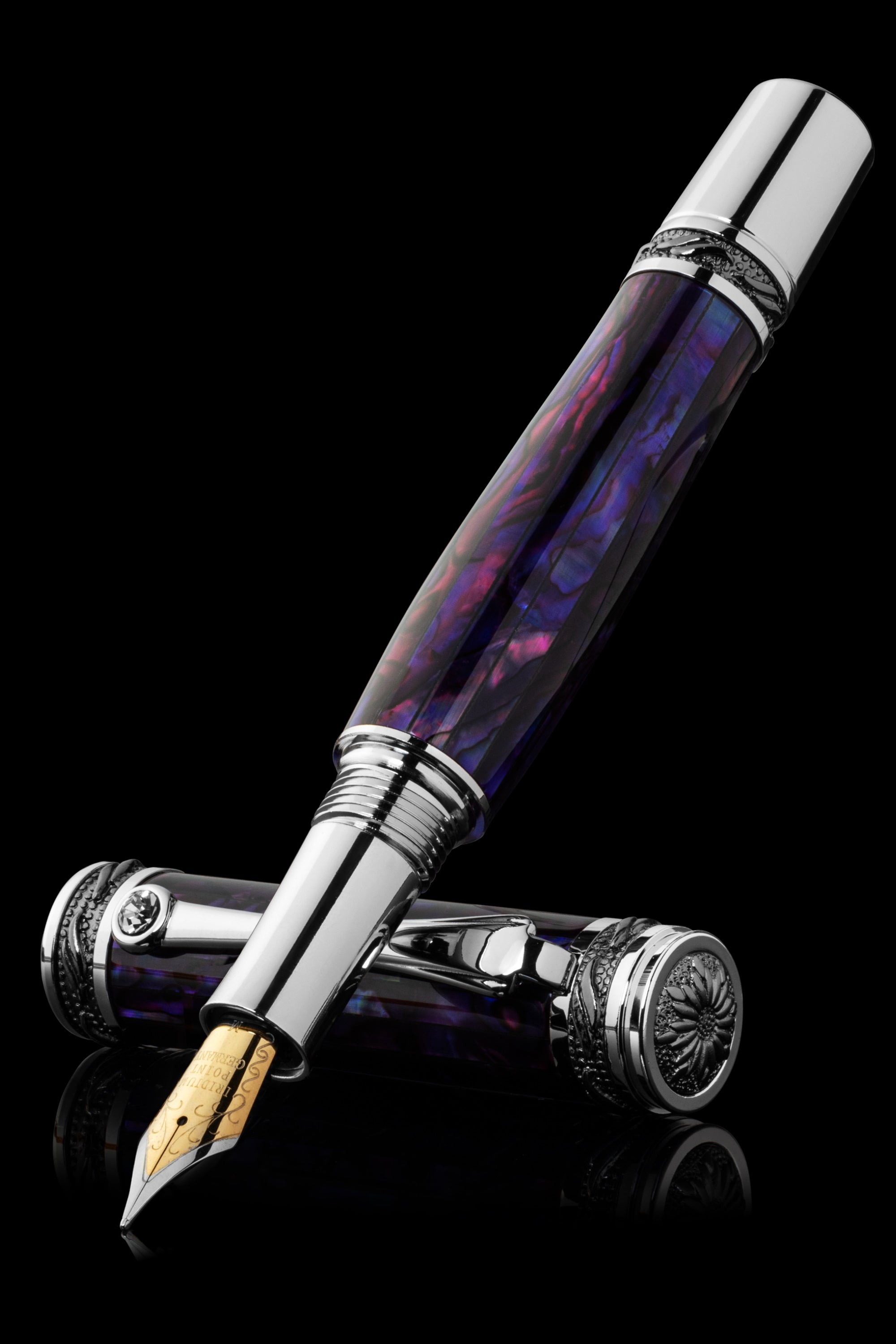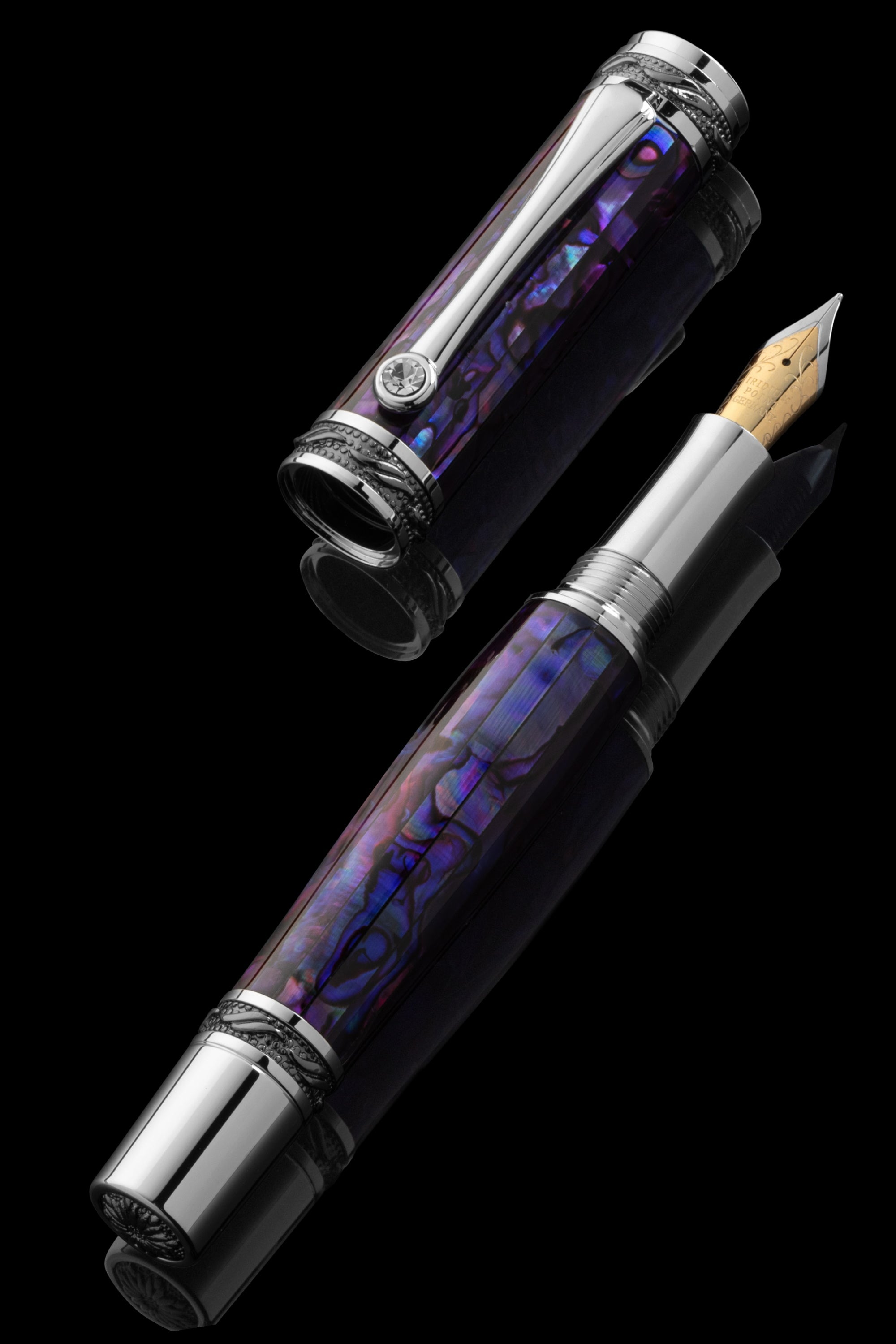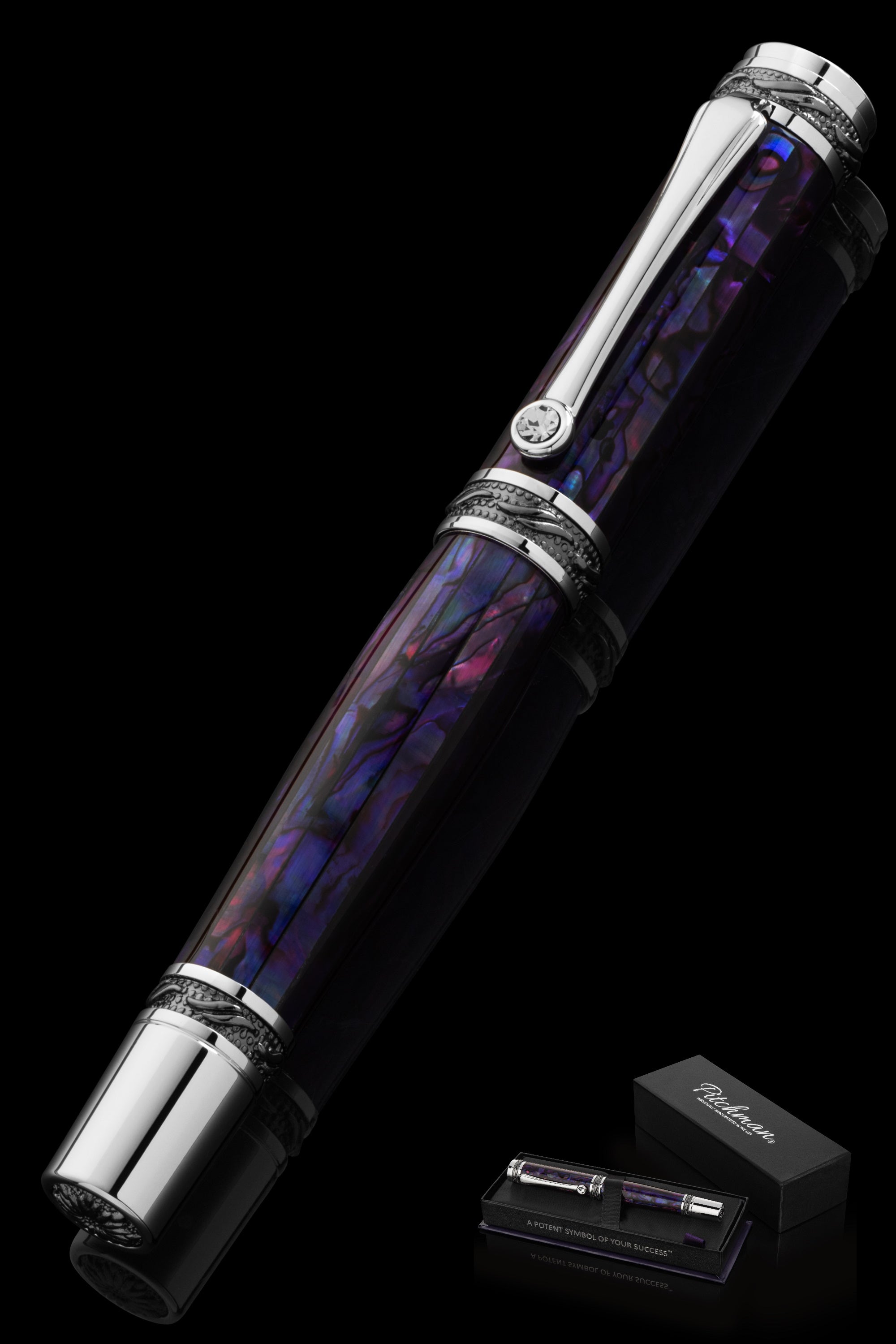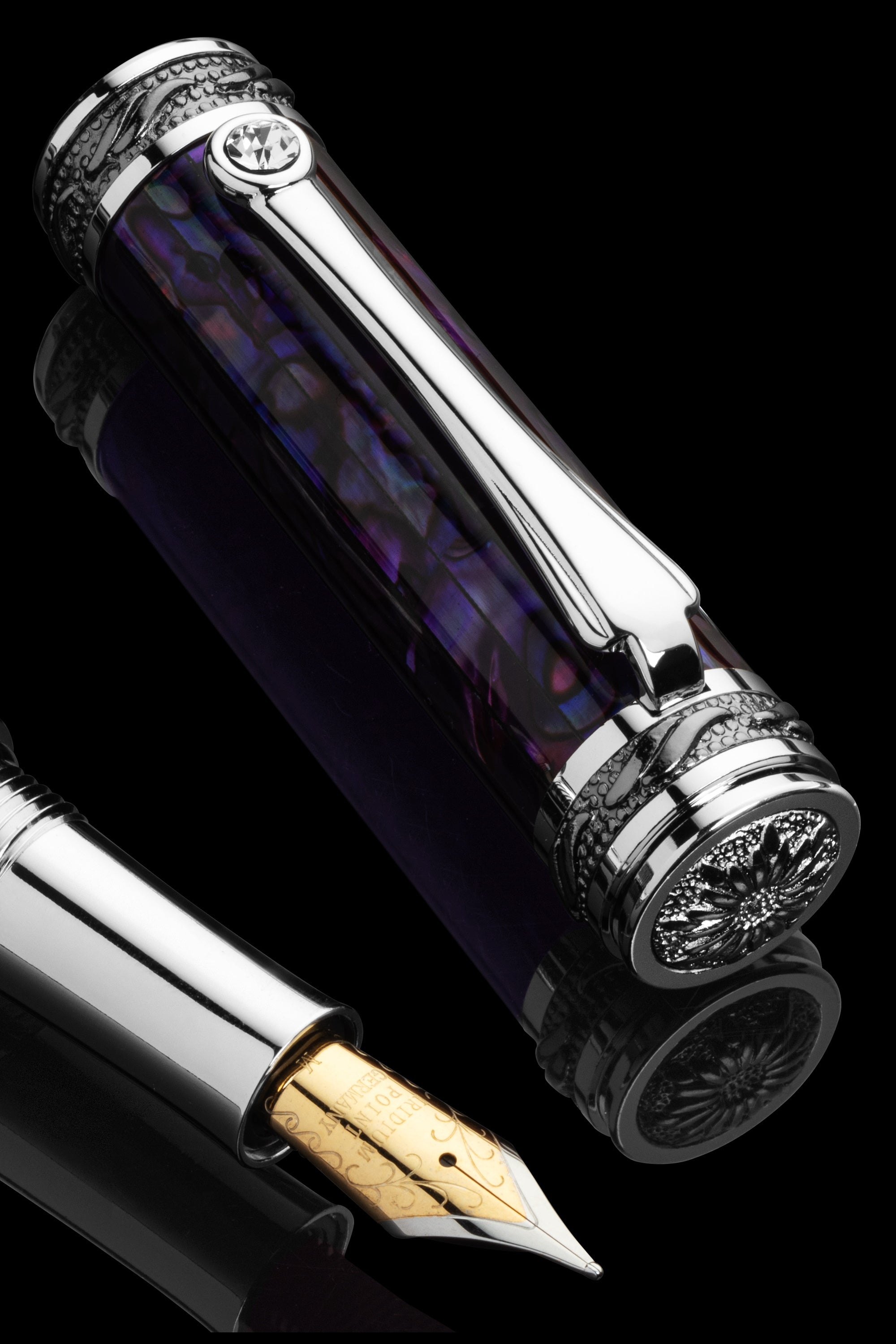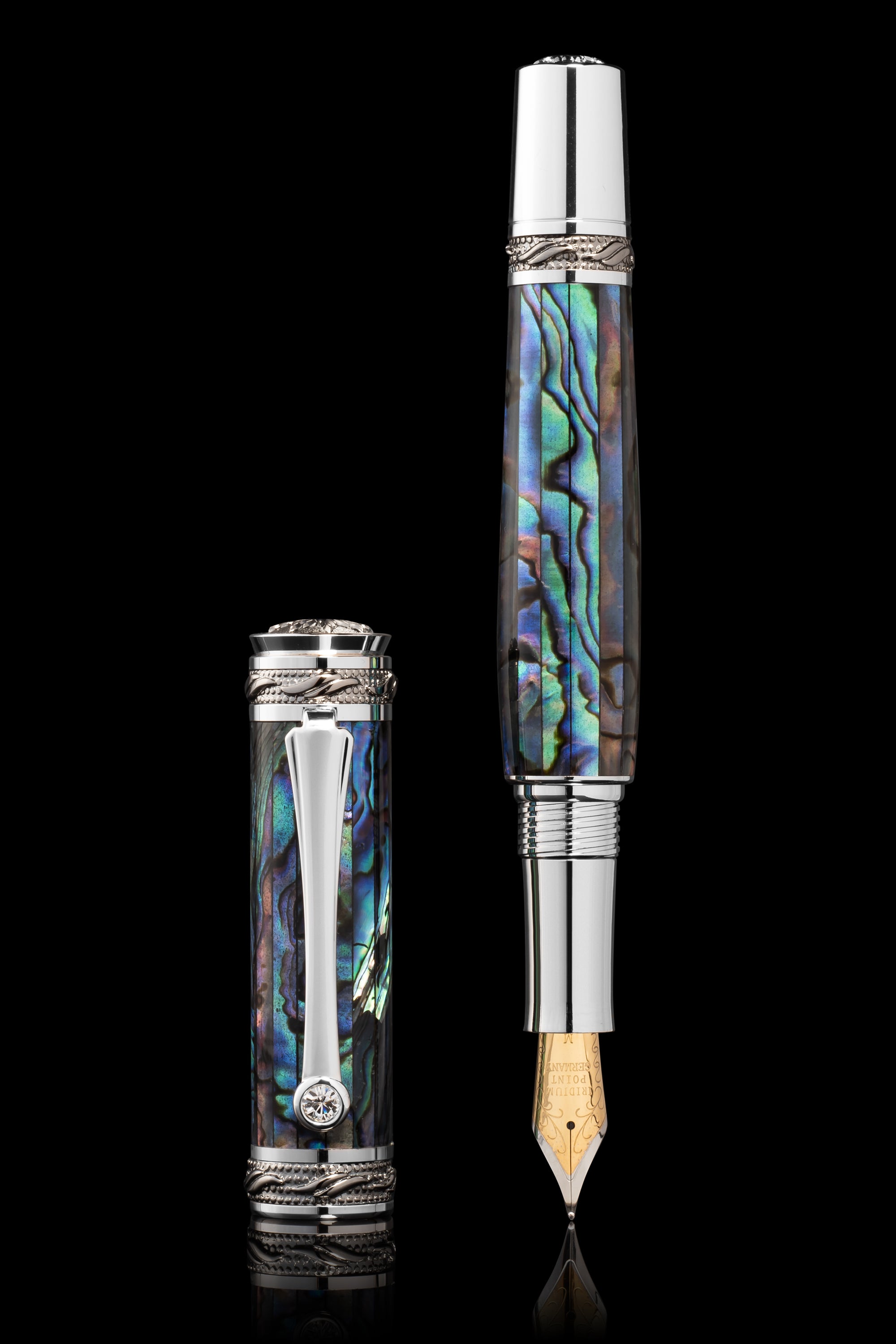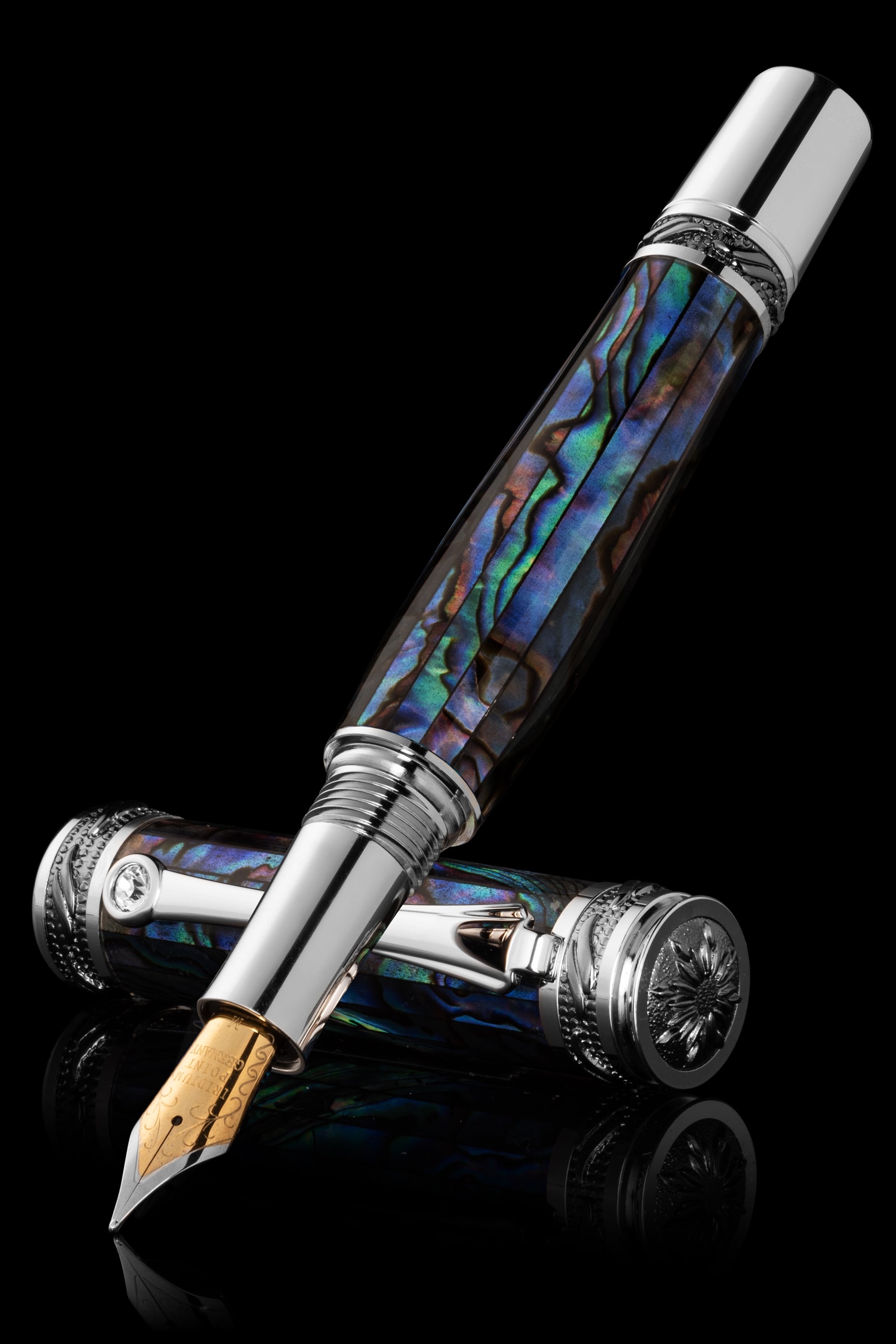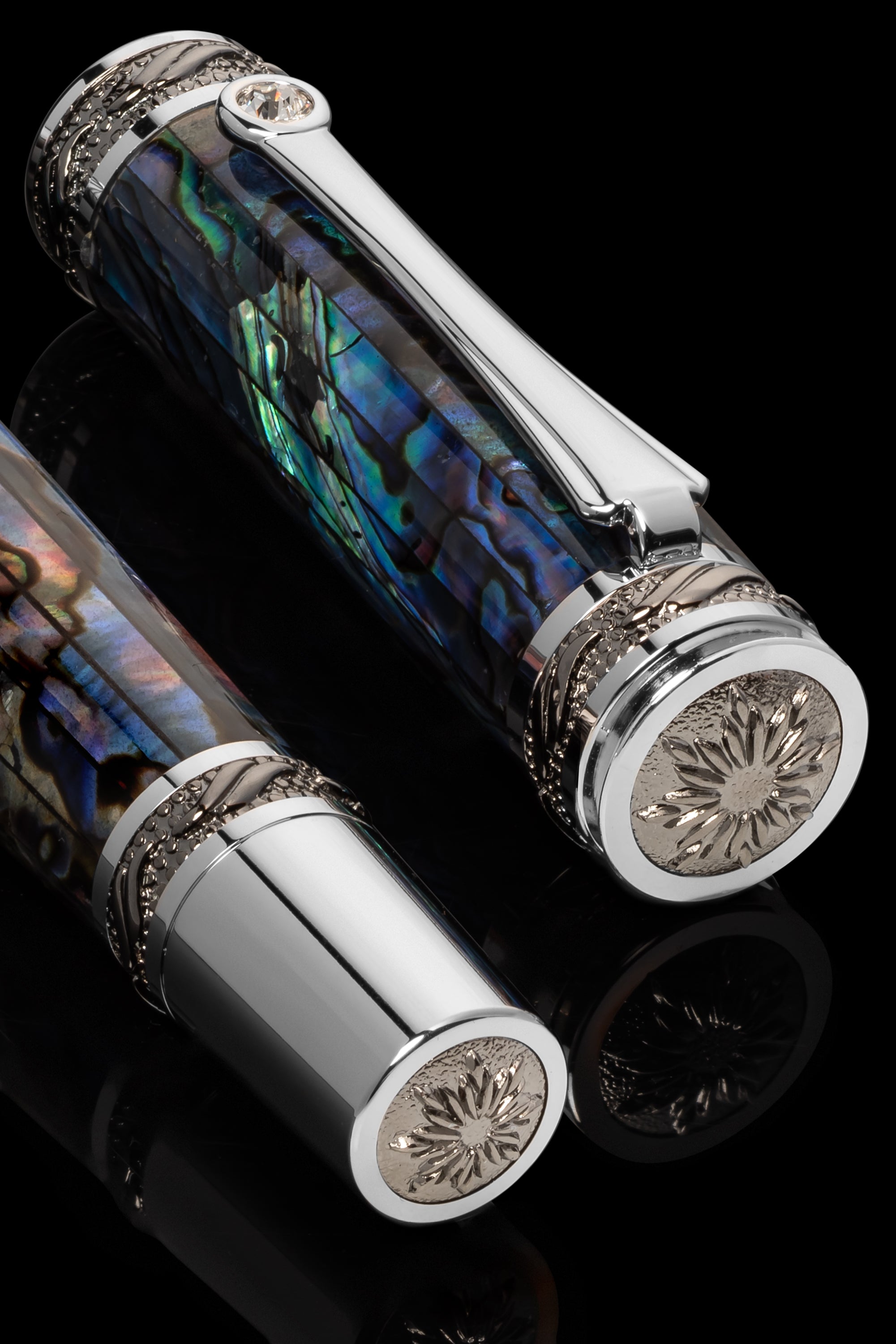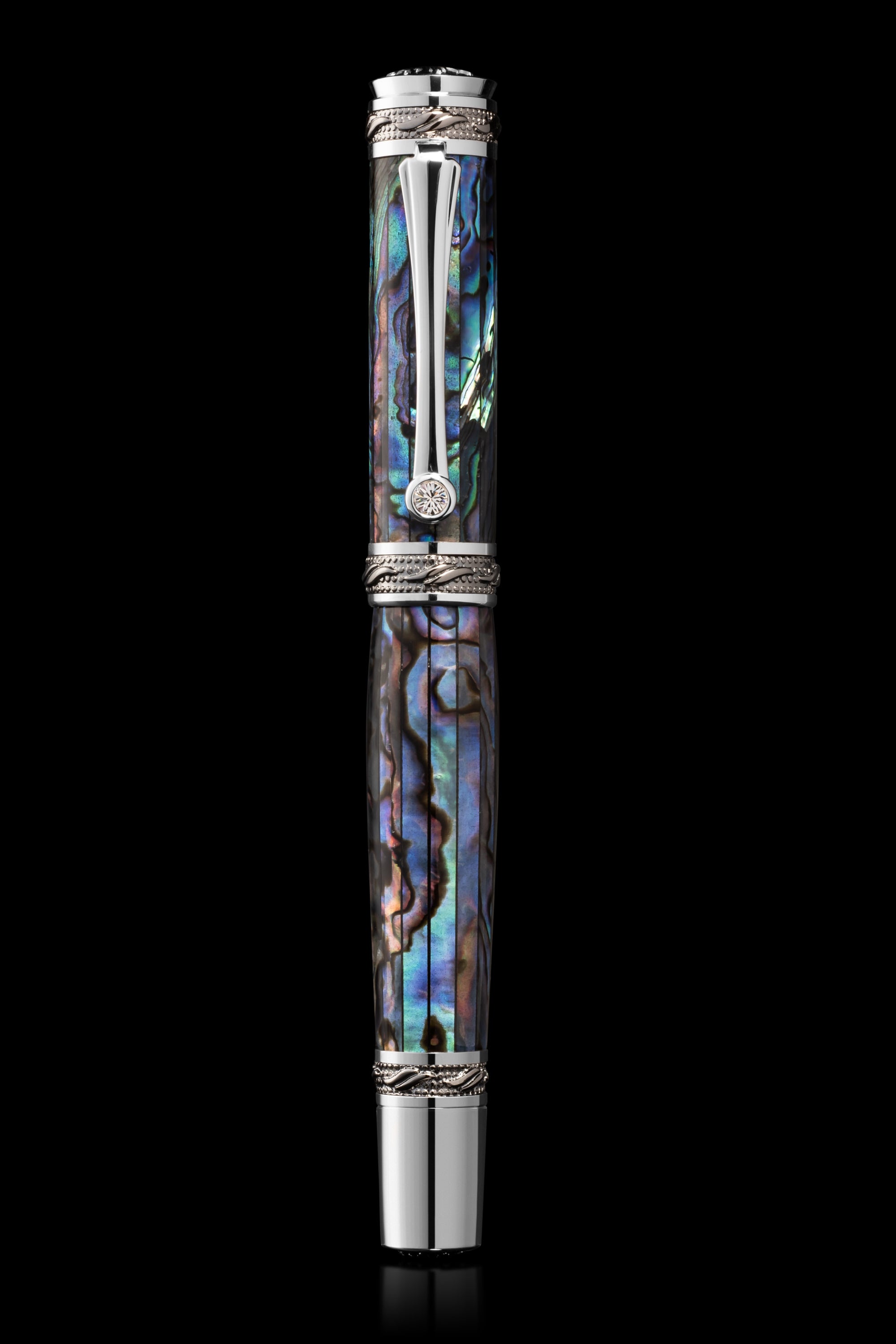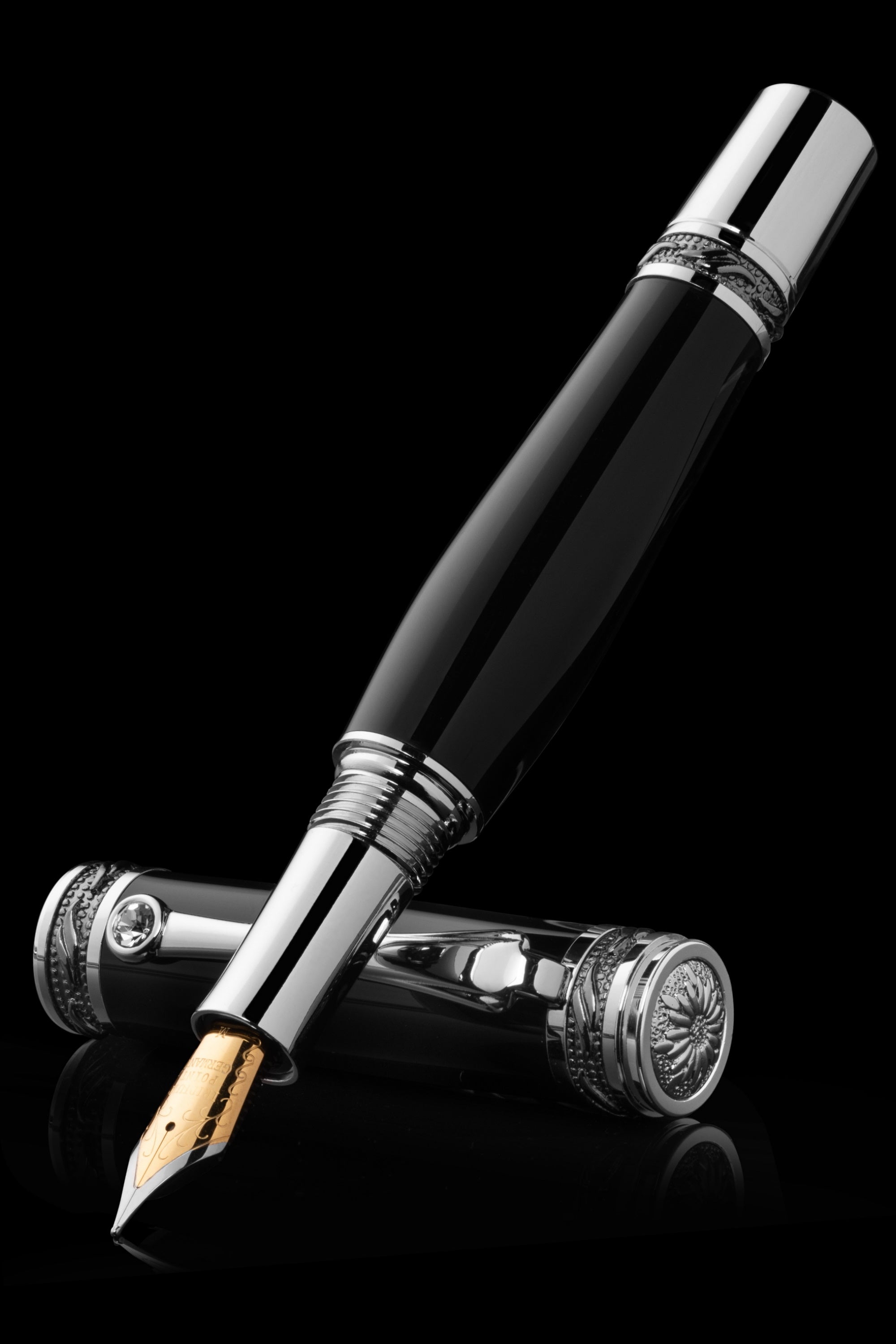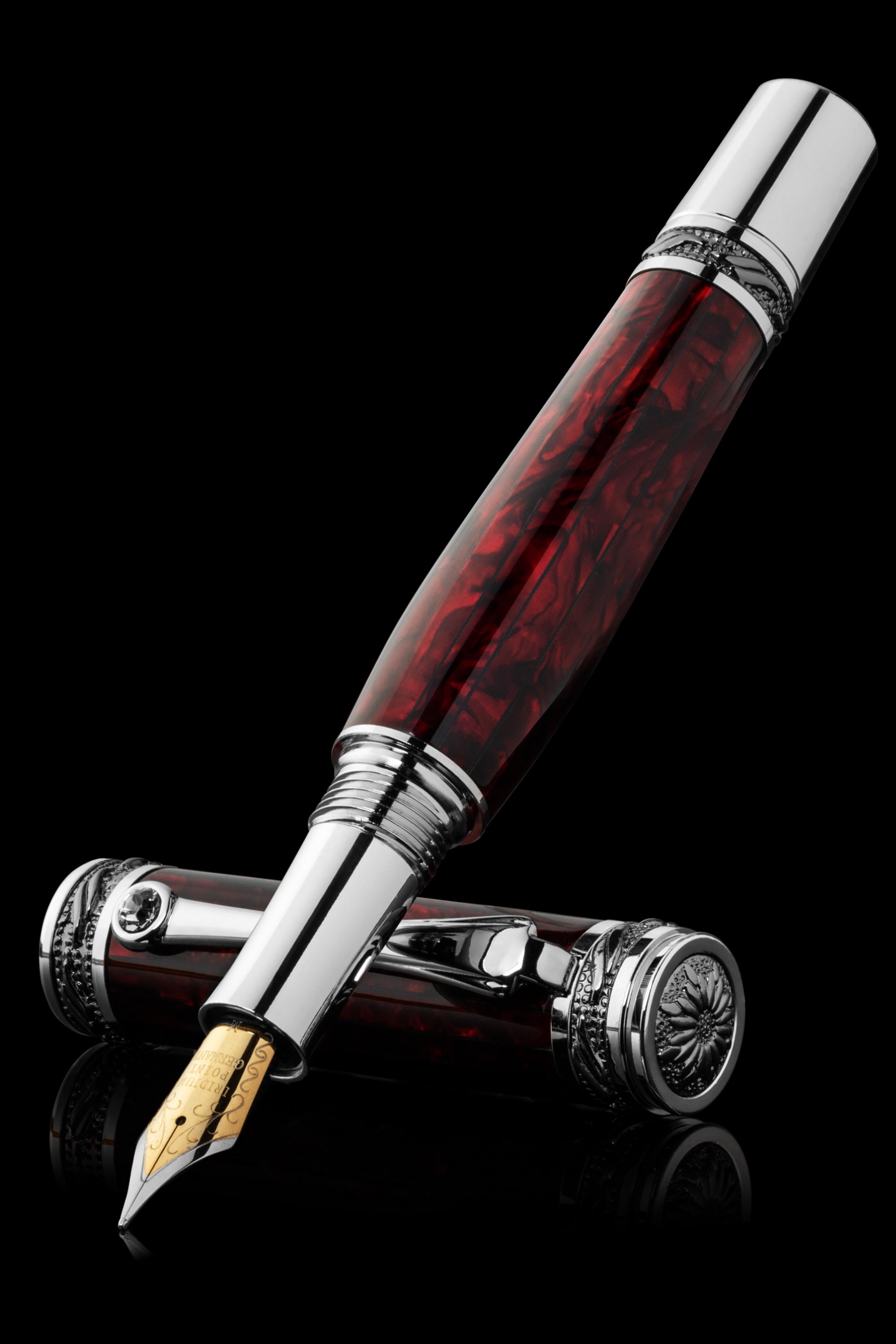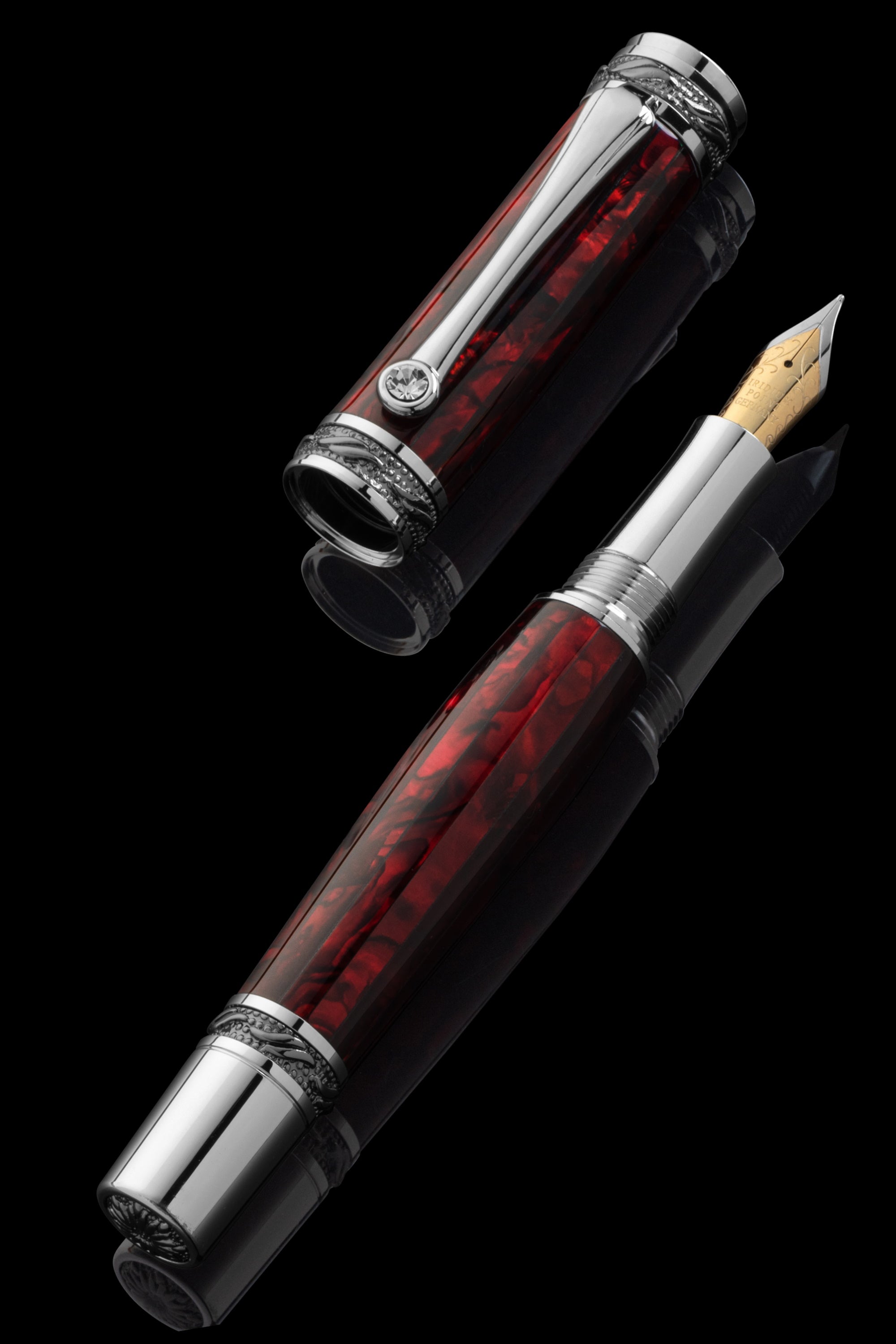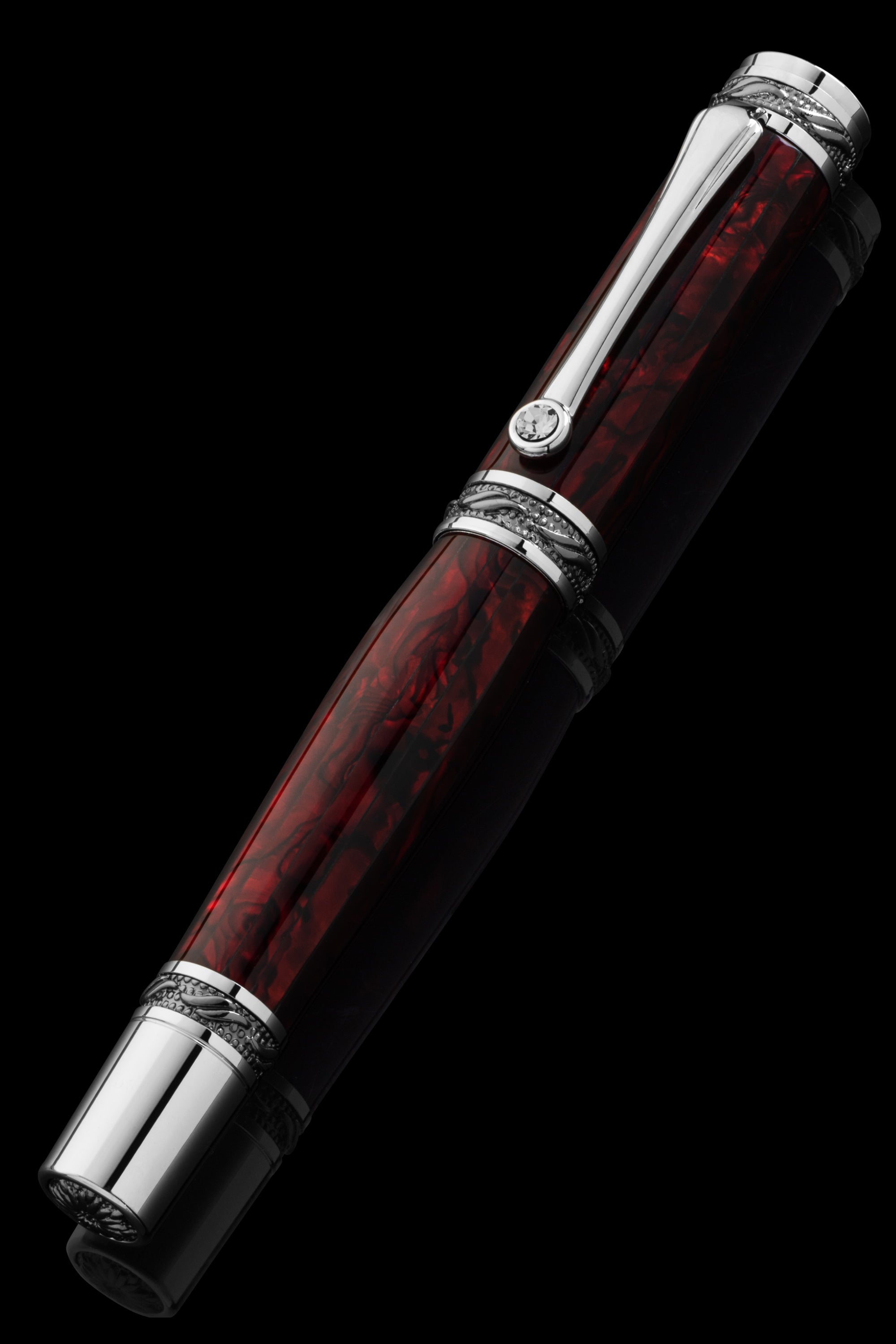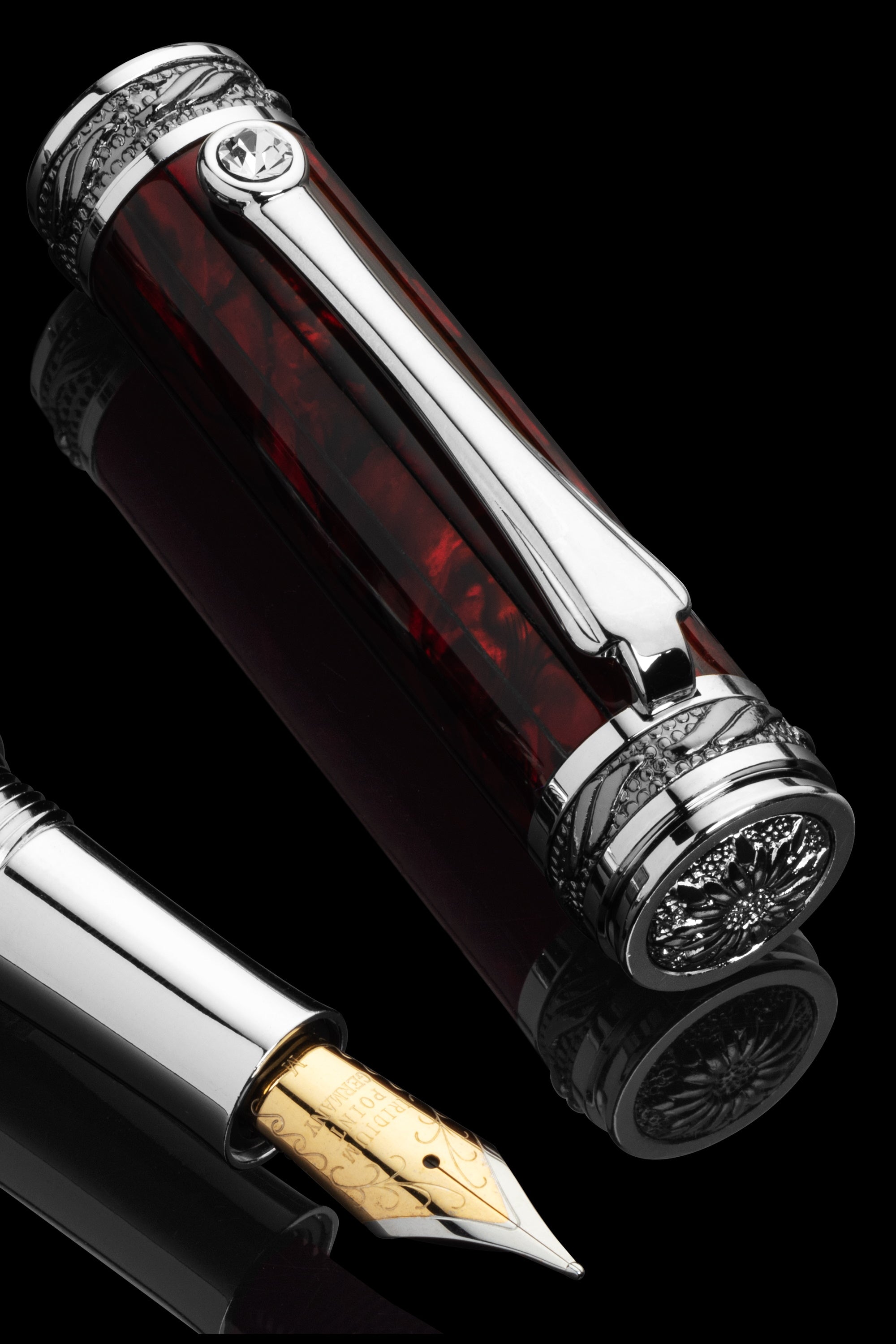Explore Our Collections
Closer | Rainmaker | Tycoon
Closer
About Pitchman
Pitchman stands as a leader in the handcrafted luxury pen market, meticulously producing 2,000 exquisite writing instruments each year. Our pens are cherished by customers across the globe, representing a hallmark of elegance and craftsmanship.
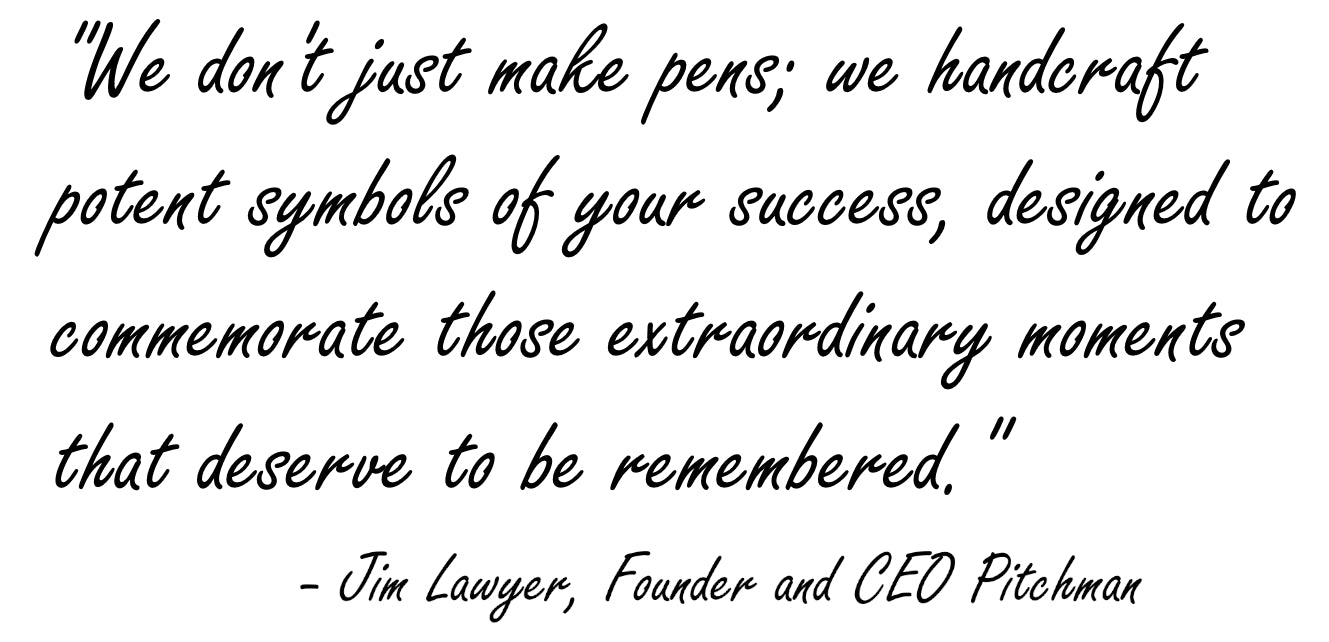
Rainmaker
See how our writing instruments inspire.
Words of praise from those who know craftsmanship.
"Your pens were a big hit with
our clients, and one of them proudly sits on my desk. Not only is it a luxurious piece, but the writing experience is absolutely incredible :-)I’ve tried pens from various luxury brands like
— Peter StiavnickyBratislava, Slovakia
S.T. Dupont, Montblanc, Waterman, and Montegrappa, but hands down, yours are the best!"
Tycoon
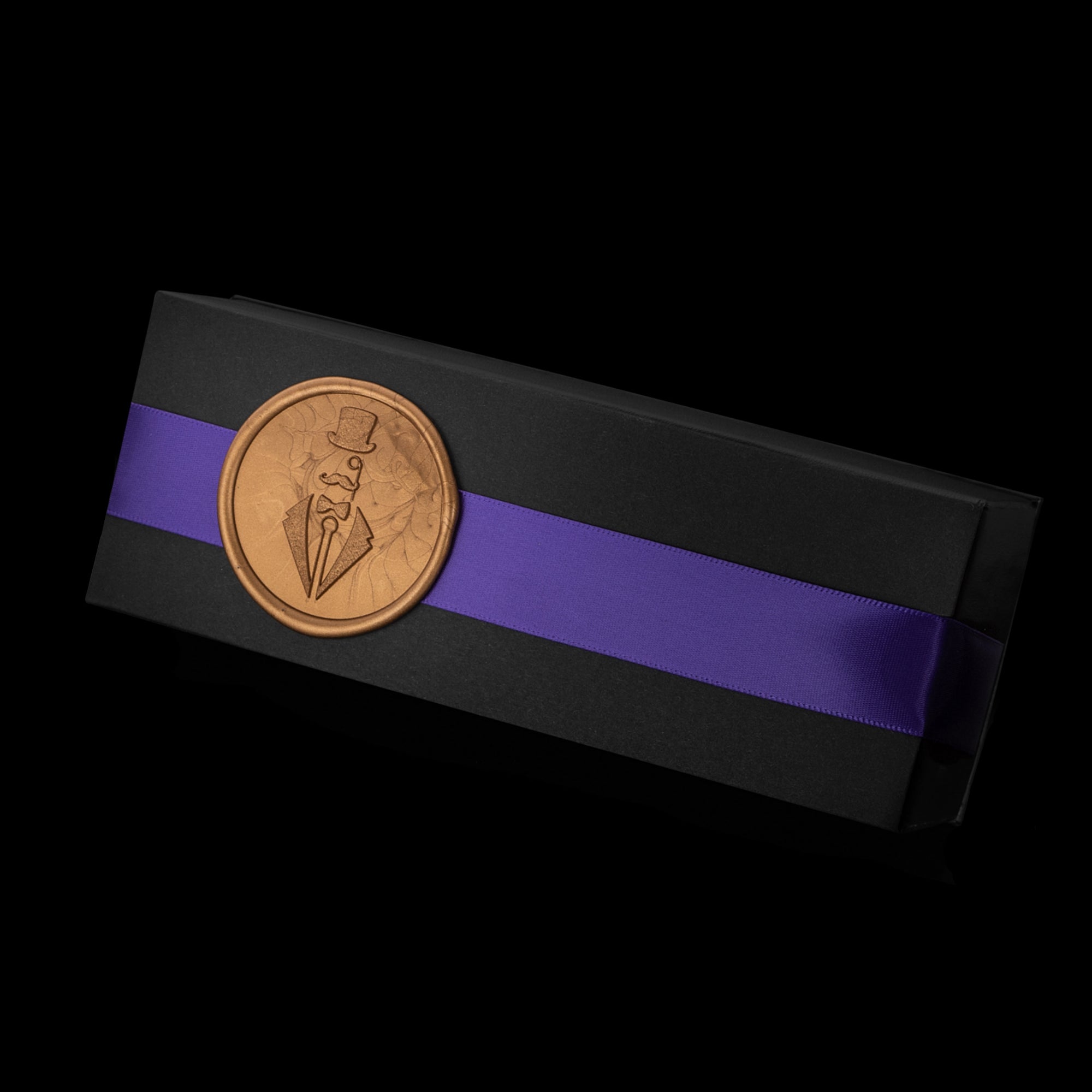
Complimentary Premium Gift Wrapping
Great gifts must deliver a complete experience from moment one. That's why we deliver your new Pitchman in our exclusive signature gift wrapping and embossed with the Pitchman logo in real sealing wax.
Signing Ceremony Pens
The Significance of Signing Ceremonies: A Deep Dive into Tradition, Symbolism, and Prestige
Signing ceremonies hold a profound significance across various cultures and contexts, symbolizing the formalization of agreements, the transition of power, and the preservation of history. At the heart of these ceremonies lies the humble yet pivotal tool: the pen. In this article, we delve into the rich tapestry of signing ceremonies, exploring their origins, their role in modern governance, and the enduring symbolism of the pen.
The History of Signing Ceremonies: Origins and Evolution
Signing ceremonies trace their roots back to ancient civilizations, where contracts and treaties were sealed with ceremonial rituals. The earliest known examples date back to Mesopotamia, where clay tablets inscribed with cuneiform script were used to record agreements between city-states. Over time, the practice evolved, spreading to ancient Greece and Rome, where written agreements were accompanied by solemn rites and oaths before witnesses.
The Evolution of Signing Ceremonies: From Parchment to Paper
With the advent of parchment and paper, signing ceremonies became more formalized, marking significant milestones in governance, diplomacy, and law. In medieval Europe, royal charters and decrees were often sealed with wax and stamped with the monarch's seal, signifying their authority and authenticity. The Magna Carta, signed in 1215, is a seminal example of such a document, laying the groundwork for modern constitutional law.
Types of Signing Ceremonies: From Inaugurations to Investitures
One of the most iconic examples of a signing ceremony is the presidential inauguration in the United States. Every four years, on January 20th, the incoming president takes the oath of office, followed by the signing of official documents, including executive orders and legislative bills. This tradition, rooted in the U.S. Constitution, symbolizes the peaceful transfer of power and the president's commitment to upholding the nation's laws.
Similar ceremonies are observed in the United Kingdom, particularly during royal investitures and state occasions. When a new monarch ascends to the throne or knights are conferred, ceremonial documents are signed with great pomp and circumstance, reinforcing the continuity of the monarchy and the sovereign's role as the fountain of honor.
The Role of the Pen: Symbolism and Prestige
Central to these ceremonies is the pen, a seemingly mundane instrument imbued with profound symbolism. The choice of pen speaks volumes about the importance of the occasion, with ornate fountain pens and quill pens often used to lend an air of elegance and gravitas to the proceedings. For centuries, pens made from precious materials such as abalone Shell, palladium, gold, silver, and ivory have been prized possessions, passed down through generations as symbols of power and prestige.
The Best Pen for a Signing Ceremony: Elegance Meets Functionality
When selecting a pen for a signing ceremony, several factors come into play. Firstly, the pen should be aesthetically pleasing, reflecting the solemnity and significance of the occasion. High-quality materials, such as sterling silver or lacquered wood, add a touch of luxury and refinement. Additionally, the pen should provide a smooth and steady writing experience, ensuring clear and legible signatures on official documents.
Fountain pens are often favored for their elegance and fluidity, allowing for graceful strokes and precise lettering. Brands like Pitchman are renowned for their craftsmanship and attention to detail, making them popular choices for dignitaries and heads of state.
A Timeless Tradition
In conclusion, signing ceremonies stand as timeless symbols of authority, unity, and continuity, bridging the past with the present and shaping the course of history. From the hallowed halls of government to the opulent palaces of royalty, the pen remains an indispensable tool, forging connections, and preserving legacies for generations to come. As we celebrate these milestones and honor the individuals who participate in them, let us remember the profound significance of the humble pen and the enduring legacy of the written word.
Book an appointment now, and our staff will contact you to arrange your consultation session. If you are new to luxury pens, we can help you identify the perfect pen to suit any occasion or person type. Confused between a rollerball and a fountain pen, we got you there too. We are here to help, so don't hesitate to contact us today for your no-pressure, free consultation.

